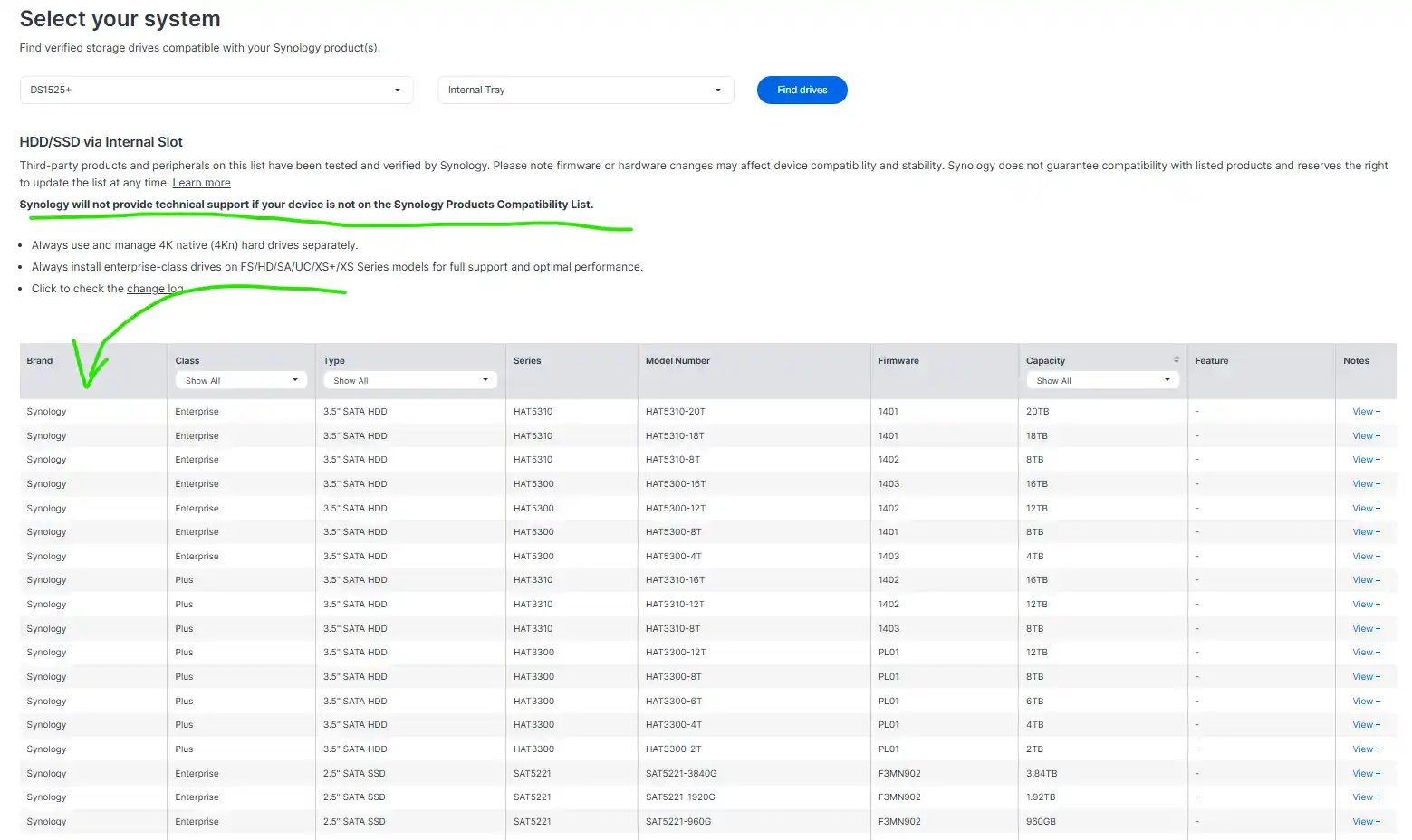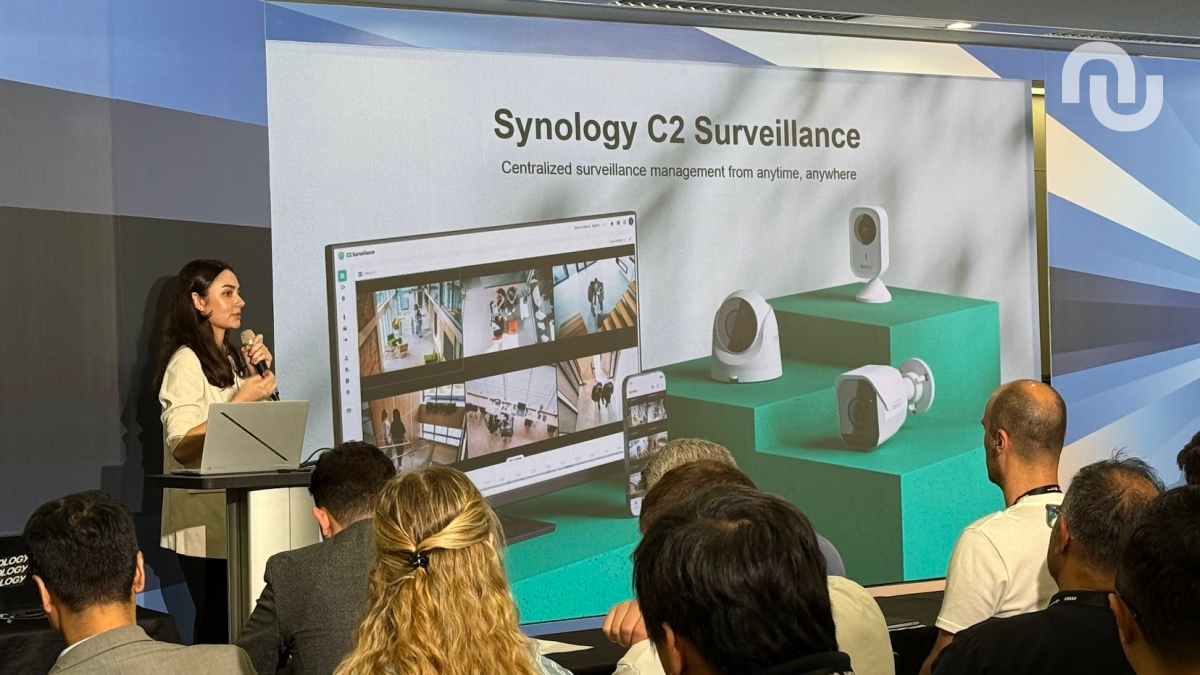Seagate 30TB Ironwolf Pro and EXOS Hard Drive Review
30TB Seagate Ironwolf Pro and EXOS HDD Review – When is Enough, Enough?
The arrival of 30TB capacity hard drives from Seagate — in the form of the IronWolf Pro ST30000NT011 and the Exos M ST30000NM004K — marks another incremental step in high-capacity storage for NAS and enterprise environments. Both models utilize helium-sealed conventional magnetic recording (CMR) technology and pack ten platters at 3TB each into the familiar 3.5-inch form factor. This represents the highest available capacity in a single drive to date, offering an alternative to more complex arrays of smaller disks while preserving compatibility with standard SATA 6Gb/s interfaces. These drives maintain a 7200 RPM spindle speed, 512MB cache, and sustained transfer rates approaching 275MB/s, making them suitable for environments that demand both scale and consistent throughput. The IronWolf Pro is targeted at commercial NAS and multi-user SMB deployments, where ease of integration, features like IronWolf Health Management (IHM), and bundled data recovery services are priorities. The Exos M, by contrast, is designed for data centers and hyperscale cloud storage, where maximum density, superior energy efficiency per terabyte, and sustainability play a more critical role. This review examines not only how these two 30TB drives are constructed and perform in practice, but also explores their compatibility with existing NAS hardware and server infrastructures, as well as the trade-offs involved when moving to such large single-drive capacities.
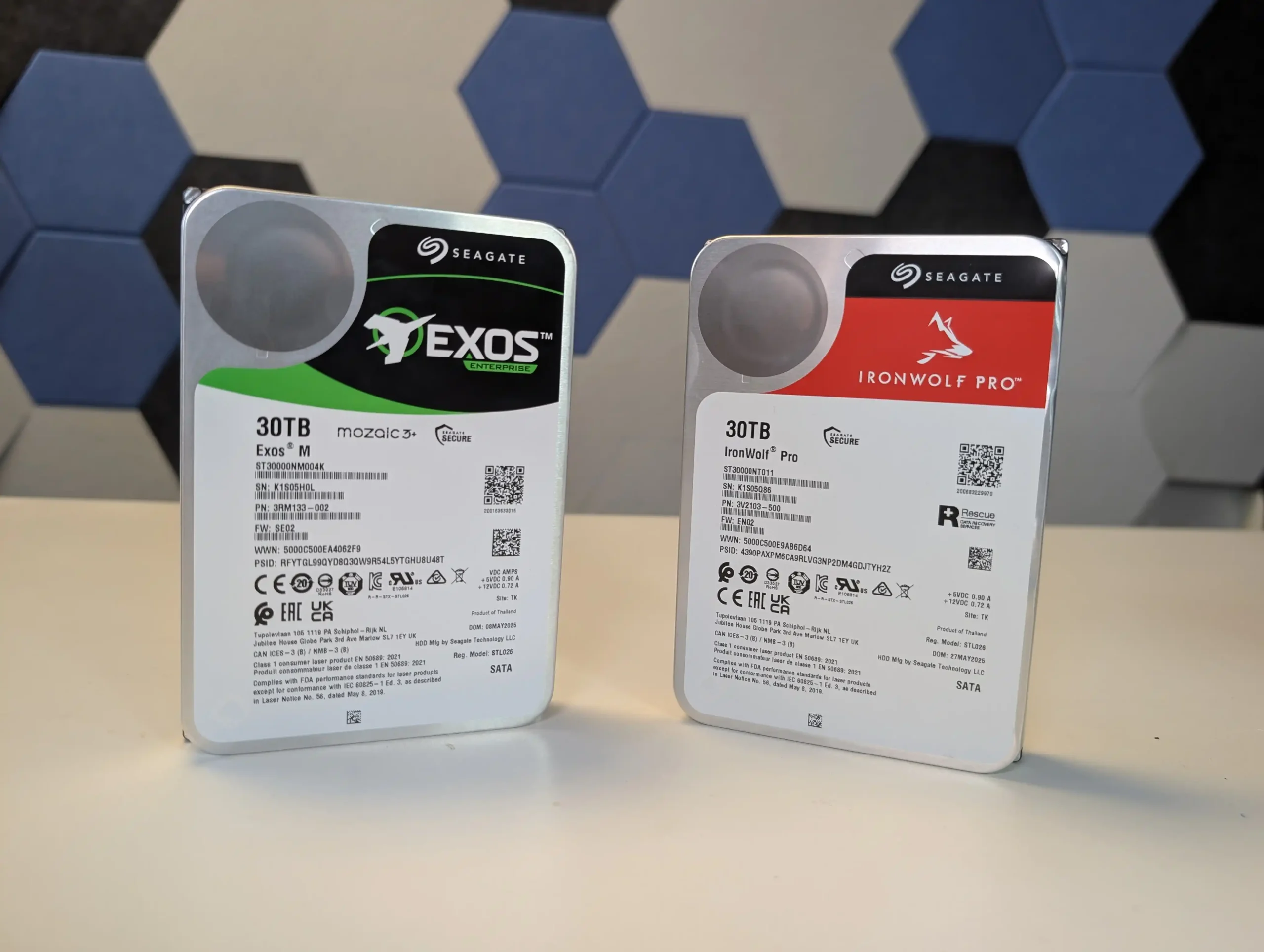
Seagate 30TB Ironwolf Pro and EXOS Hard Drive – Quick Conclusion
The Seagate IronWolf Pro 30TB and Exos M 30TB represent the cutting edge of mechanical storage, delivering unprecedented density in a standard 3.5-inch, SATA-compatible form factor. Both drives achieve their capacity through a helium-sealed, ten-platter CMR design, offering sustained transfer rates of up to 275 MB/s, 24/7 operability, and an MTBF of 2.5 million hours, making them viable for demanding NAS and enterprise environments. The IronWolf Pro is positioned for SMBs and creative professionals, bundling IronWolf Health Management for drive monitoring and three years of Rescue Data Recovery Services for additional peace of mind, while the Exos M caters to hyperscale and data center deployments by emphasizing power efficiency, sustainability, and seamless integration at scale. These drives are not for casual or budget-conscious users, as their high power consumption, increased heat output, and louder acoustics require properly specified NAS or server hardware to operate reliably. Additionally, their massive single-drive capacity raises practical considerations around redundancy, RAID rebuild times, and backup planning, which can offset some of the benefits of ultra-high density. Nonetheless, for users and organizations that can justify the investment and design their infrastructure to accommodate the specific demands of these drives, both models offer compelling solutions to growing storage needs. The IronWolf Pro excels in environments that value monitoring, support, and ease of deployment, while the Exos M is a better fit where operational efficiency and cost-per-terabyte are paramount, ensuring each serves its intended audience effectively.
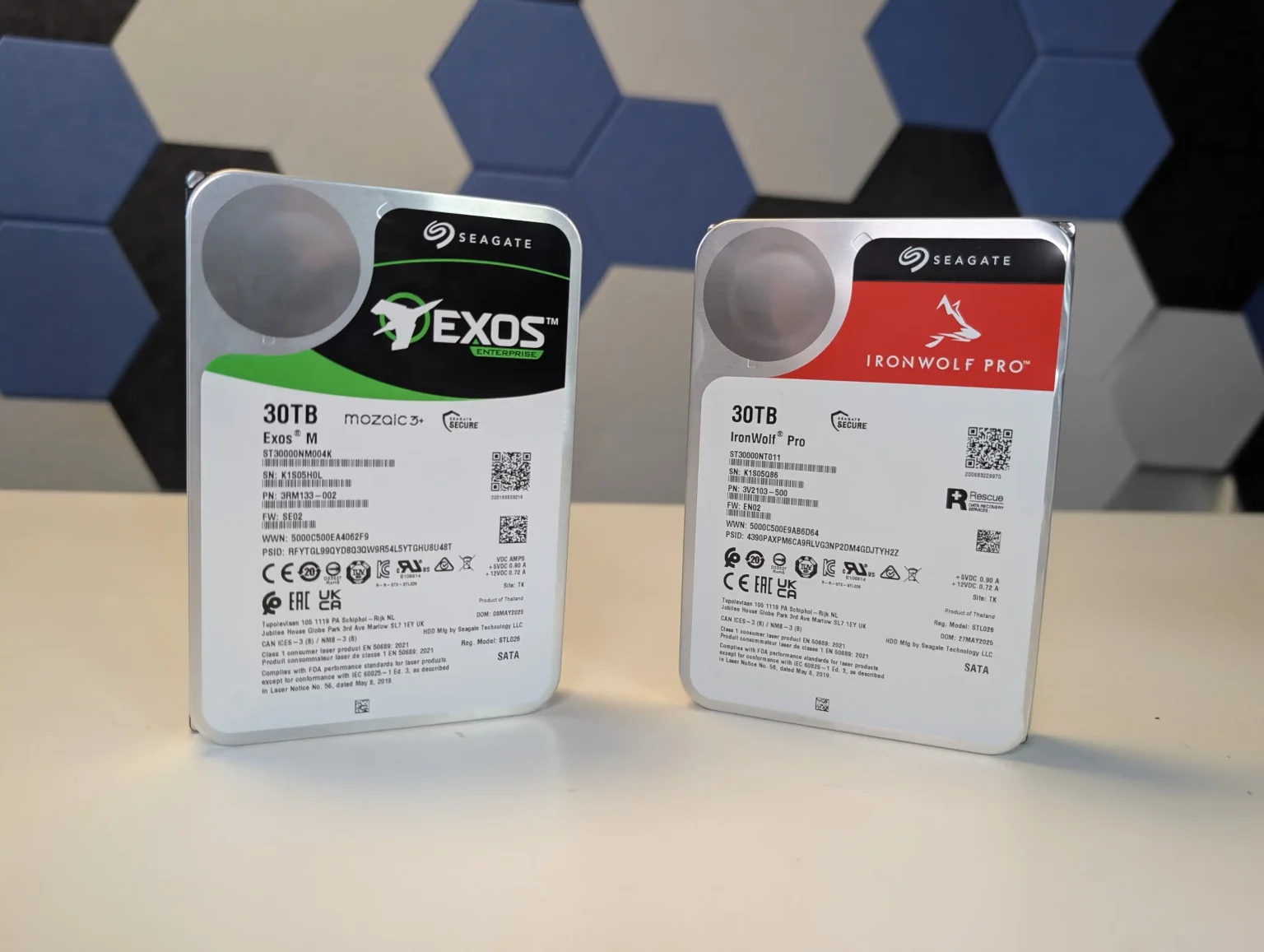

8.2
 Unprecedented Capacity — Both drives offer 30TB in a single 3.5-inch drive, reducing the number of disks needed for large arrays and saving space - but doing so in a CMR design (and not SMR) is just incredible
Unprecedented Capacity — Both drives offer 30TB in a single 3.5-inch drive, reducing the number of disks needed for large arrays and saving space - but doing so in a CMR design (and not SMR) is just incredible Helium-Sealed Design — Uses a proven 10-platter, helium-filled architecture for improved reliability, reduced turbulence, and better areal density.
Helium-Sealed Design — Uses a proven 10-platter, helium-filled architecture for improved reliability, reduced turbulence, and better areal density. Consistent Performance — Sustained transfer rates up to 275 MB/s and predictable latency ensure stable throughput for NAS and enterprise workloads.
Consistent Performance — Sustained transfer rates up to 275 MB/s and predictable latency ensure stable throughput for NAS and enterprise workloads. Enterprise-Grade Reliability — MTBF of 2.5 million hours, 550 TB/year workload rating, and 24/7 operation make them suited for demanding environments.
Enterprise-Grade Reliability — MTBF of 2.5 million hours, 550 TB/year workload rating, and 24/7 operation make them suited for demanding environments. Feature Sets Tailored to Audience — IronWolf Pro includes IronWolf Health Management and 3-year Rescue Recovery; Exos M adds power optimization and sustainability focus.
Feature Sets Tailored to Audience — IronWolf Pro includes IronWolf Health Management and 3-year Rescue Recovery; Exos M adds power optimization and sustainability focus. Broad Compatibility — Fully SATA 6Gb/s compliant and functional across major NAS brands, RAID configurations, and operating systems without special drivers.
Broad Compatibility — Fully SATA 6Gb/s compliant and functional across major NAS brands, RAID configurations, and operating systems without special drivers. Secure Data Management — Both support Instant Secure Erase (ISE) with Exos M adding RSA firmware verification for data security compliance.
Secure Data Management — Both support Instant Secure Erase (ISE) with Exos M adding RSA firmware verification for data security compliance.
 Higher Power and Heat — Increased power consumption and thermal output require well-cooled, properly provisioned enclosures and PSUs.
Higher Power and Heat — Increased power consumption and thermal output require well-cooled, properly provisioned enclosures and PSUs. Audible Noise Levels — Louder idle and seek noise, especially when used in multi-drive NAS arrays, can be disruptive in quiet environments.
Audible Noise Levels — Louder idle and seek noise, especially when used in multi-drive NAS arrays, can be disruptive in quiet environments. Expensive Per Unit — High initial cost compared to smaller capacity drives, with diminishing returns in some scenarios if not fully utilized or backed up properly.
Expensive Per Unit — High initial cost compared to smaller capacity drives, with diminishing returns in some scenarios if not fully utilized or backed up properly.
You can purchase the Seagate Ironwolf 30TB Hard Drive Series via the links below:
* Using these links will result in a small % commission coming to NASCompares and this helps me and Ed here (it really is just us!) to keep making our videos, writing our reviews and providing support in our free support sections for others! |
Where to Buy a Product





![]()
![]()

VISIT RETAILER ➤






![]()
![]()

VISIT RETAILER ➤
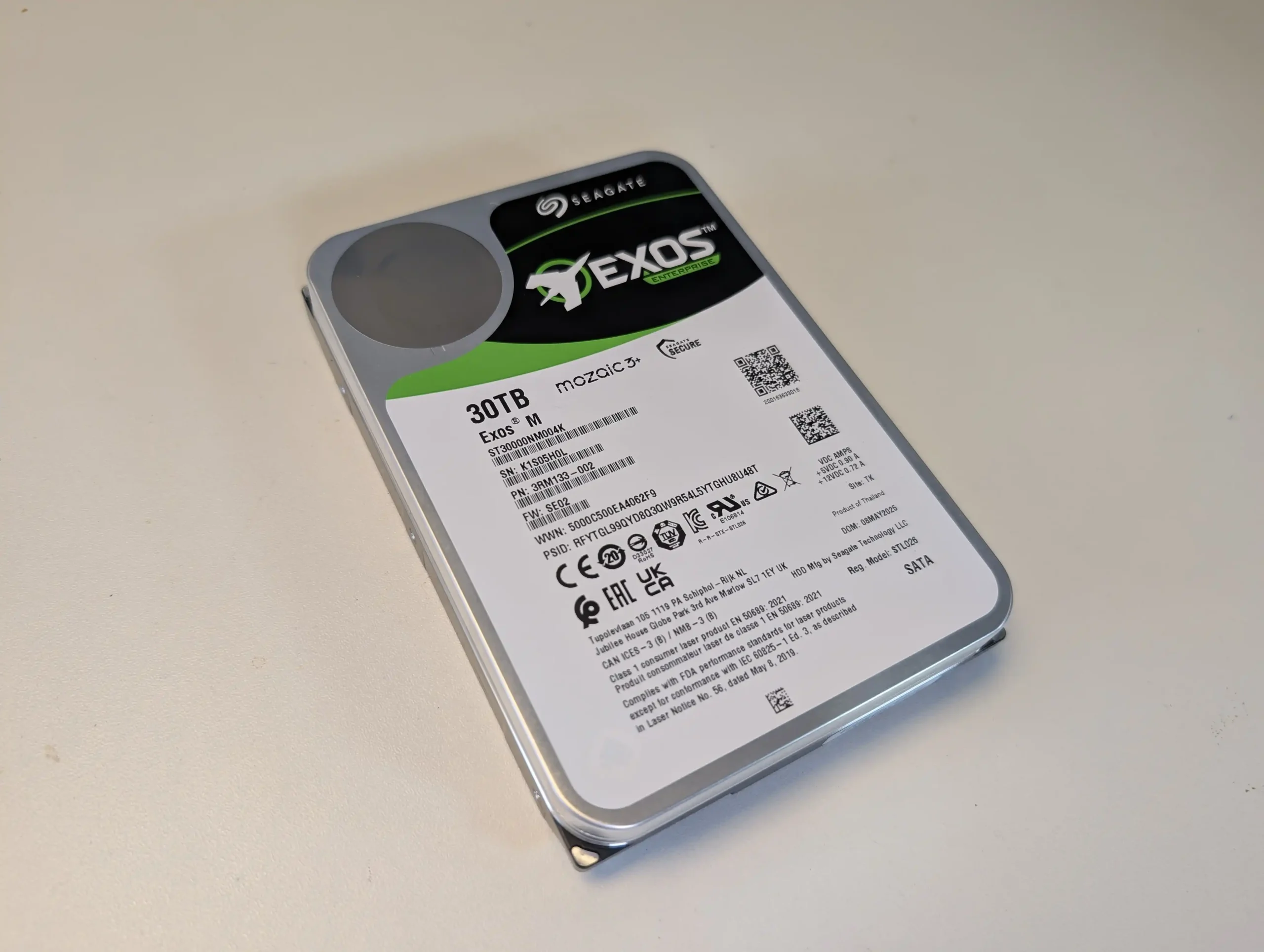 |
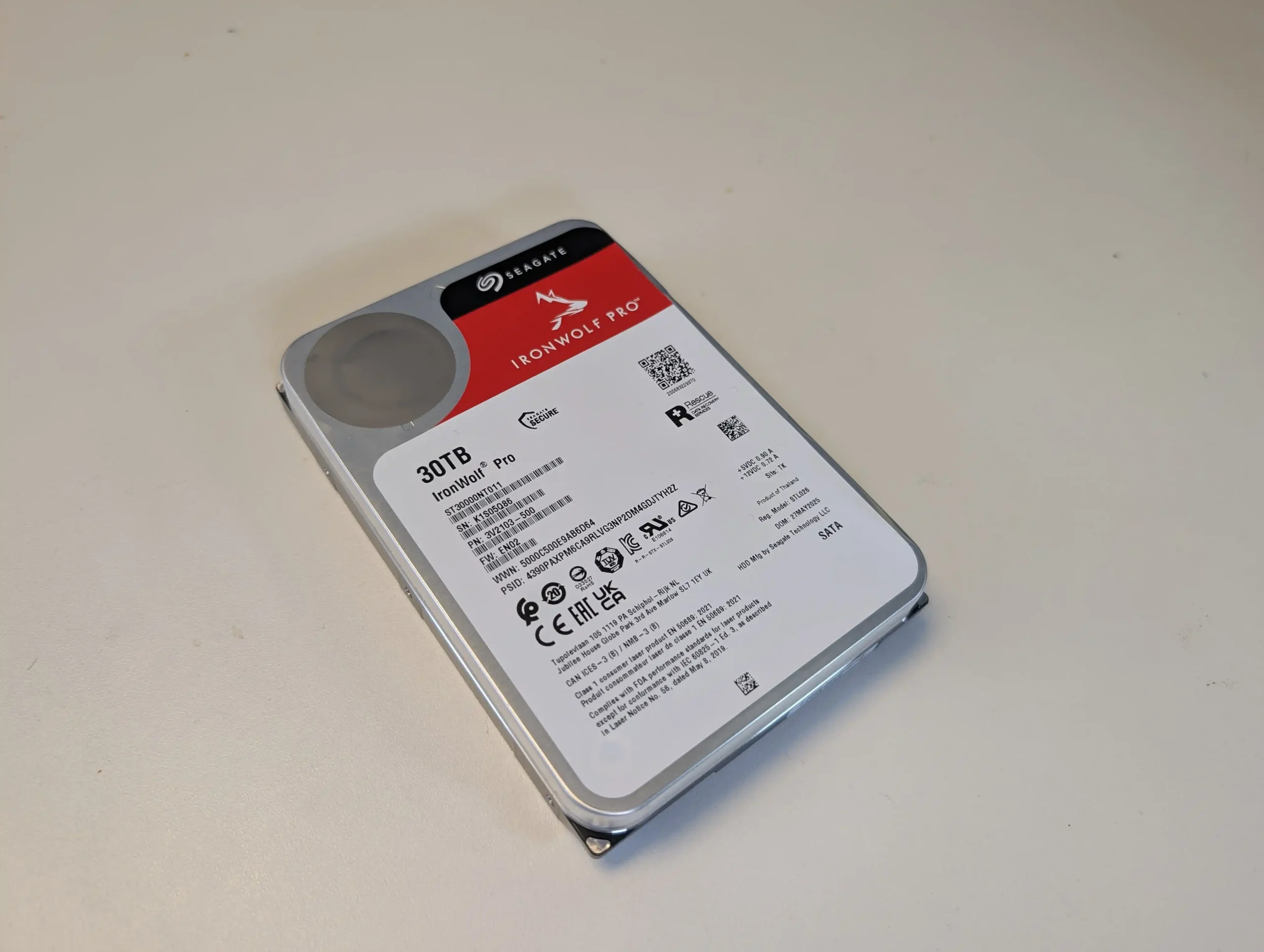 |
Seagate 30TB Ironwolf Pro and EXOS Hard Drive – Design and Build
So, first up, below is a side-by-side comparison of the key specifications of the Seagate IronWolf Pro 30TB and Seagate Exos M 30TB drives. Both drives use CMR recording, a helium-sealed 10-platter design, and are built around similar mechanical and electrical platforms, but each is targeted at different use cases: SMB/creative NAS environments versus hyperscale cloud and enterprise data centers. This table highlights their similarities and subtle differences.
| Feature | Seagate IronWolf Pro 30TB (ST30000NT011) | Seagate Exos M 30TB (ST30000NM004K) |
|---|---|---|
| Interface | SATA 6Gb/s | SATA 6Gb/s |
| Recording Technology | CMR | CMR |
| Helium Sealed | Yes | Yes |
| Platter Count | 10 | 10 |
| Spindle Speed (RPM) | 7200 | 7200 |
| Cache (MB) | 512 | 512 |
| Max Sustained Transfer Rate (MB/s) | 275 | 275 |
| Workload Rate Limit (TB/year) | 550 | 550 |
| MTBF (hours) | 2.5 million | 2.5 million |
| Annualized Failure Rate (AFR) | Not Specified | 0.35% |
| Power Idle (W) | 6.8 | 6.9 |
| Power Operating (W) | ~8.3 | up to 9.5 |
| Idle Acoustics (dBA) | 28 | Not Specified |
| Seek Acoustics (dBA) | 32 | Not Specified |
| Shock (Operating/Non-operating) | 30G / 200G | 30G / 200G |
| Temperature (Operating) | 10–60°C | 10–60°C |
| Vibration (Non-operating Grms) | 2.27 | 2.27 |
| RV Sensors | Yes | Not explicitly specified |
| Data Security | Instant Secure Erase (ISE) | Instant Secure Erase (ISE), RSA 3072 |
| Data Recovery Service | 3-year Rescue included | Not included |
| Warranty | 5 years | 5 years |
| Best-fit Applications | NAS, SMB, creative RAID | Hyperscale, big data, cloud |
Both the Seagate IronWolf Pro 30TB and Exos M 30TB maintain the standard 3.5-inch hard drive form factor, measuring 26.1mm in height, 101.85mm in width, and 147mm in depth, with a typical weight of 695 grams. This adherence to established dimensions ensures seamless integration into existing NAS bays, server racks, and JBOD enclosures, making them drop-in replacements for lower-capacity drives. Internally, both drives are helium-sealed, a technology critical at this density for maintaining stable platter rotation and reducing turbulence caused by the high number of thin platters spinning at 7200 RPM.
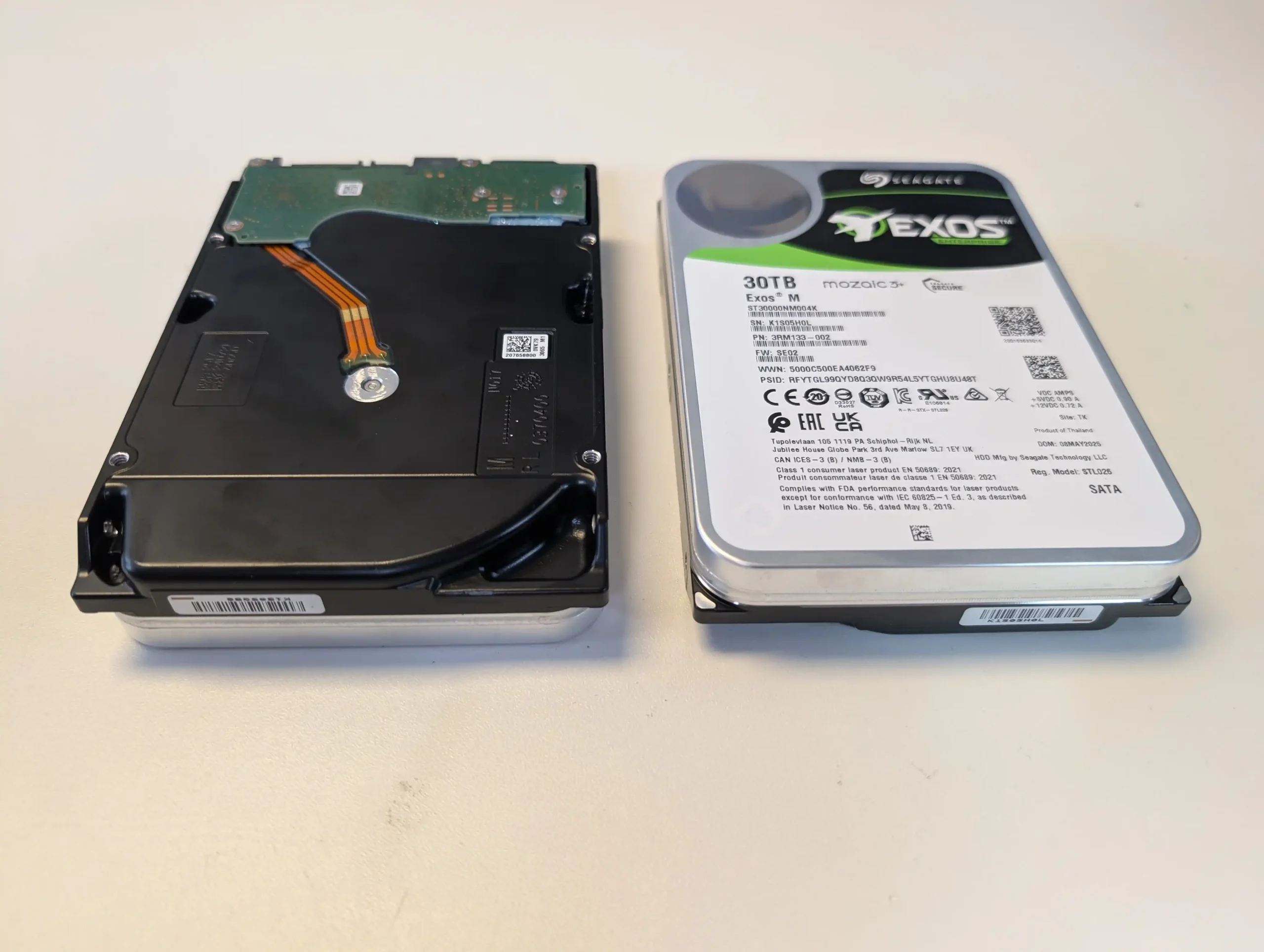
Helium also lowers drag and internal air resistance compared to traditional air-filled drives, which helps moderate temperatures and contributes to better reliability over time. The drives incorporate ten platters, each at 3TB, demonstrating how Seagate has pushed areal density to enable 30TB within the same footprint that previously maxed out at 24TB in nine-platter designs.
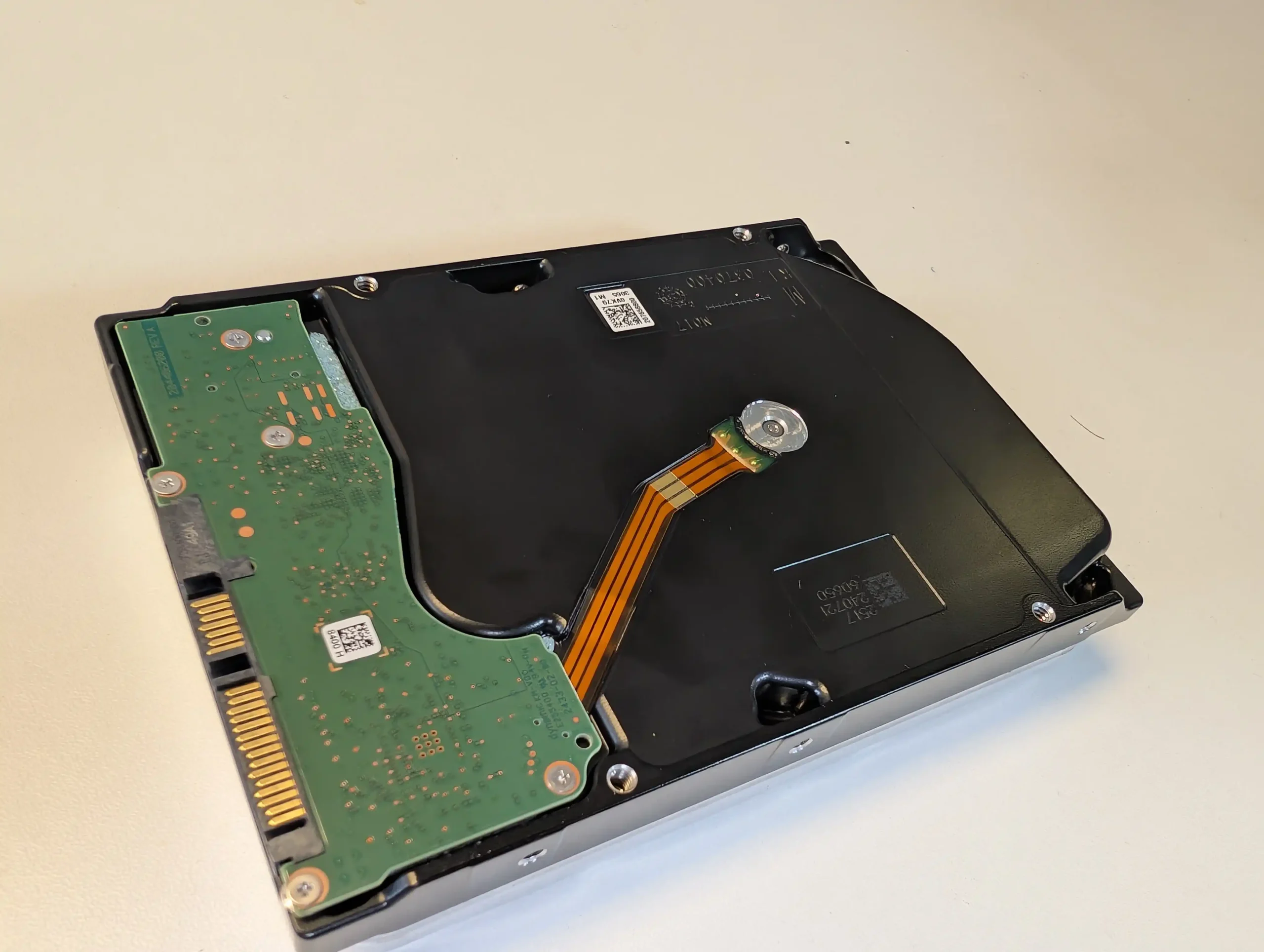
The IronWolf Pro places significant emphasis on durability and reliability within multi-bay NAS systems, making it well-suited to SMB and creative workflows. It achieves a mean time between failures (MTBF) of 2.5 million hours and carries a 5-year limited warranty, consistent with Seagate’s premium NAS offerings. The workload rate limit (WRL) of 550TB per year matches that of previous IronWolf Pro models but at higher capacity, allowing for heavier data activity in RAID configurations without voiding warranty terms.
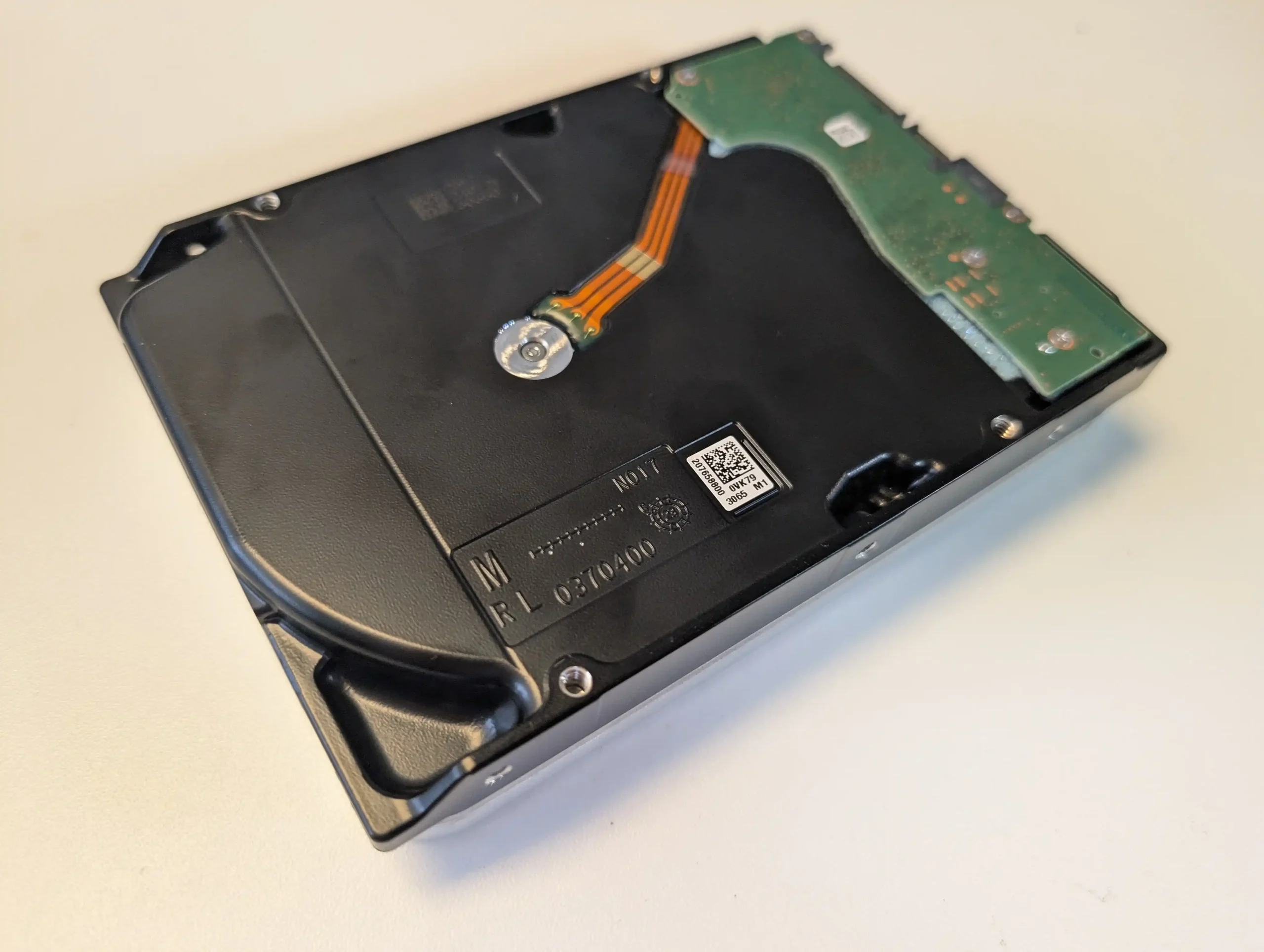
To mitigate vibration issues common in dense multi-drive arrays, the IronWolf Pro integrates rotational vibration (RV) sensors that detect and compensate for external vibrations, stabilizing head positioning to maintain consistent throughput. Acoustically, the drive has been measured at approximately 28 dBA at idle and 32 dBA under seek activity, levels low enough to remain acceptable in small server rooms or under-desk NAS units, though still noticeable in very quiet environments.
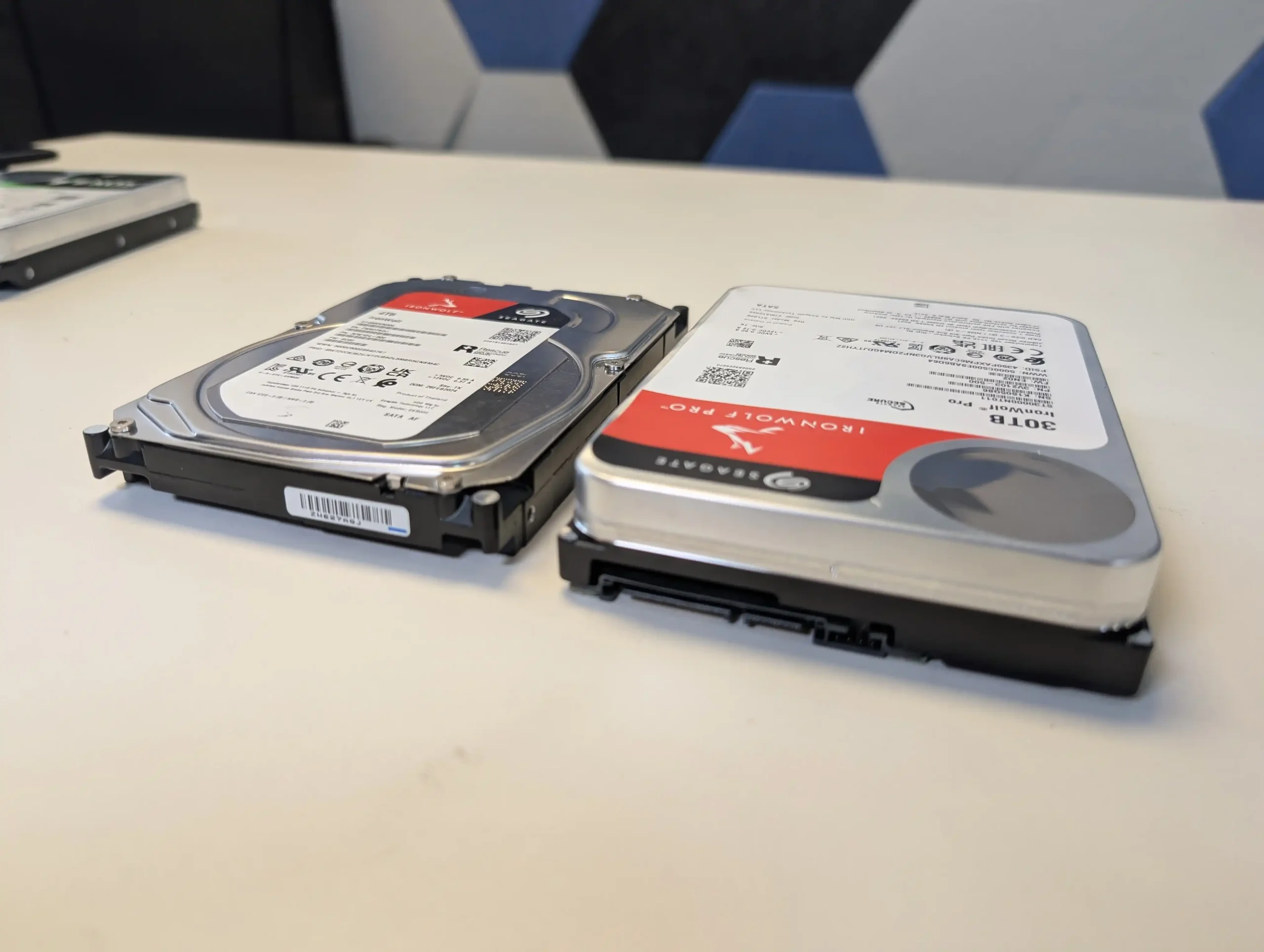
By contrast, the Exos M 30TB, though physically and mechanically similar, is tuned for the needs of enterprise-scale and hyperscale cloud deployments. Its construction prioritizes energy efficiency per terabyte and long-term durability at scale, with features like PowerChoice for adaptive idle modes and PowerBalance
for adaptive idle modes and PowerBalance for optimized performance-to-watt ratios. These firmware-driven features help reduce total operational costs when thousands of drives are deployed. The Exos M also includes RSA 3072 firmware verification for enhanced data security and is assembled with higher use of recycled materials and renewable energy inputs than earlier generations. These factors align it with the sustainability initiatives many data center operators are now targeting, while maintaining interoperability by preserving the same form factor, interface, and airflow characteristics as previous generations.
for optimized performance-to-watt ratios. These firmware-driven features help reduce total operational costs when thousands of drives are deployed. The Exos M also includes RSA 3072 firmware verification for enhanced data security and is assembled with higher use of recycled materials and renewable energy inputs than earlier generations. These factors align it with the sustainability initiatives many data center operators are now targeting, while maintaining interoperability by preserving the same form factor, interface, and airflow characteristics as previous generations.
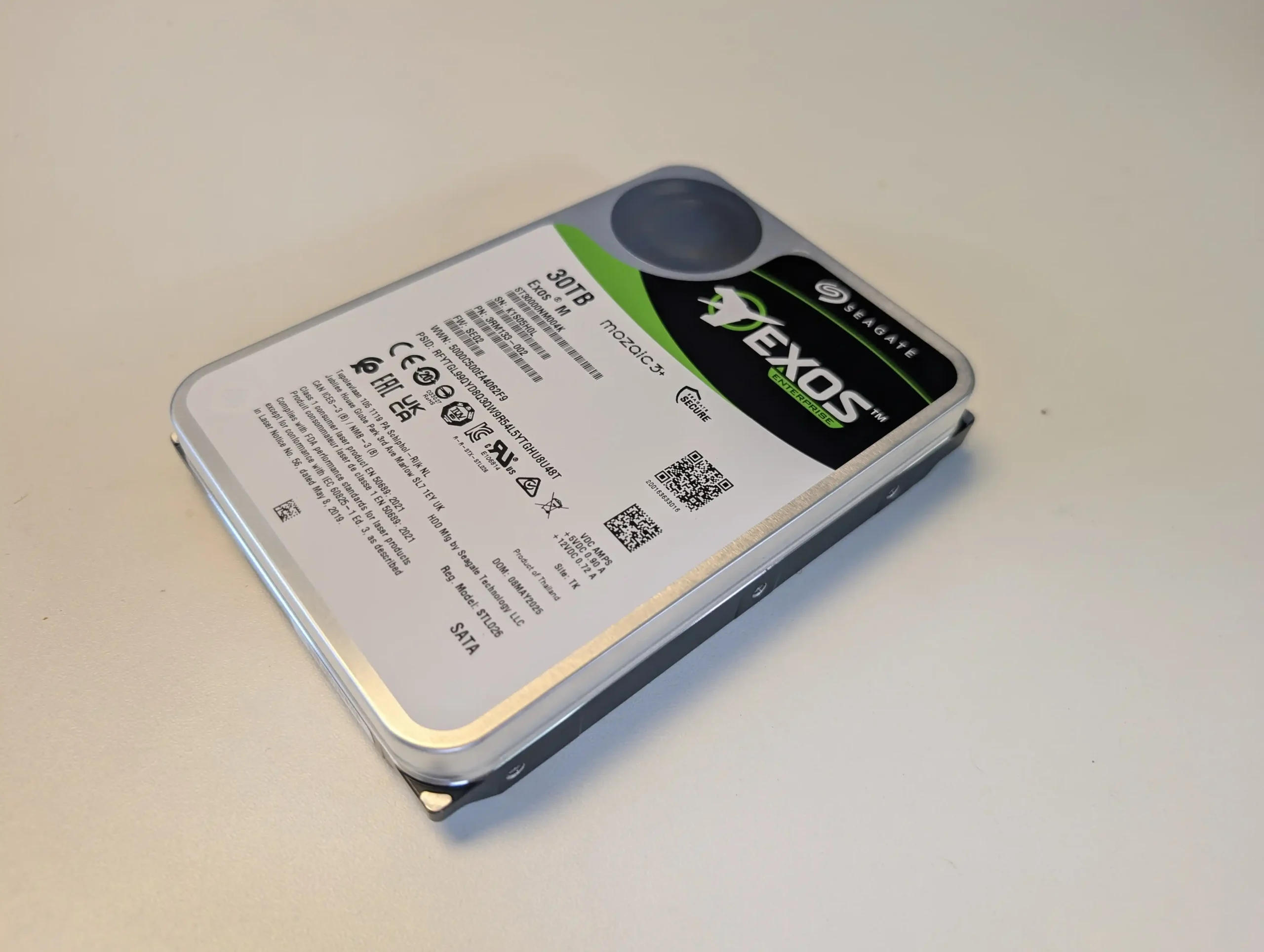
Both drives feature hardware-level secure data management, supporting Seagate’s Instant Secure Erase (ISE) to allow administrators to cryptographically erase all user data before redeploying or decommissioning a drive. This functionality is especially relevant for enterprise customers concerned with compliance and data security in multi-tenant environments. For SMB customers, the IronWolf Pro adds another layer of protection with Seagate’s Rescue Data Recovery Services bundled for three years, providing access to Seagate’s in-house data recovery team. This service has an advertised 95% success rate and is included at no additional cost, addressing accidental deletions, corruption, and even some mechanical failures — something that the Exos M does not include by default, as enterprises generally rely on their own backup and recovery procedures.
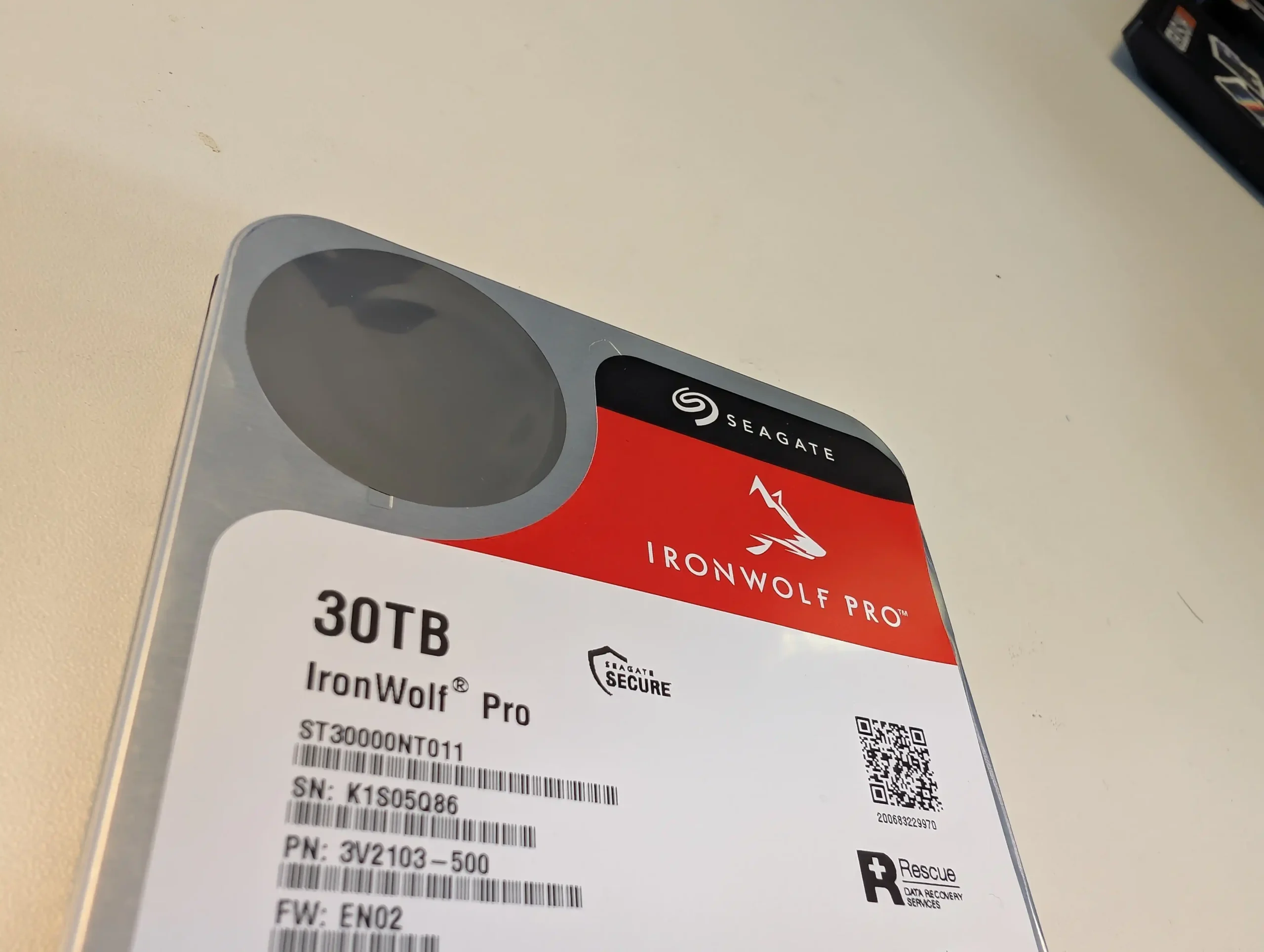
Finally, it is important to note the environmental operating specifications and resilience engineered into these drives. Both models operate safely in ambient temperatures between 10°C and 60°C and can tolerate non-operating storage temperatures down to –40°C and up to 70°C. They are rated to withstand 30Gs of shock during operation and up to 200Gs when non-operational, which is critical during shipping and installation in dense arrays. Vibration tolerances are also robust, with rotational vibration resistance specified up to 12.5 rad/s² between 10Hz and 1500Hz. Both require both +12V and +5V power rails and draw a typical 6.8–6.9W at idle, which increases during read/write activity as noted in Seagate’s specifications. Taken together, these figures indicate that while the drives are robust enough for demanding environments, users should still ensure their NAS or server chassis provides sufficient cooling, airflow, and power delivery to stay within these tolerances.
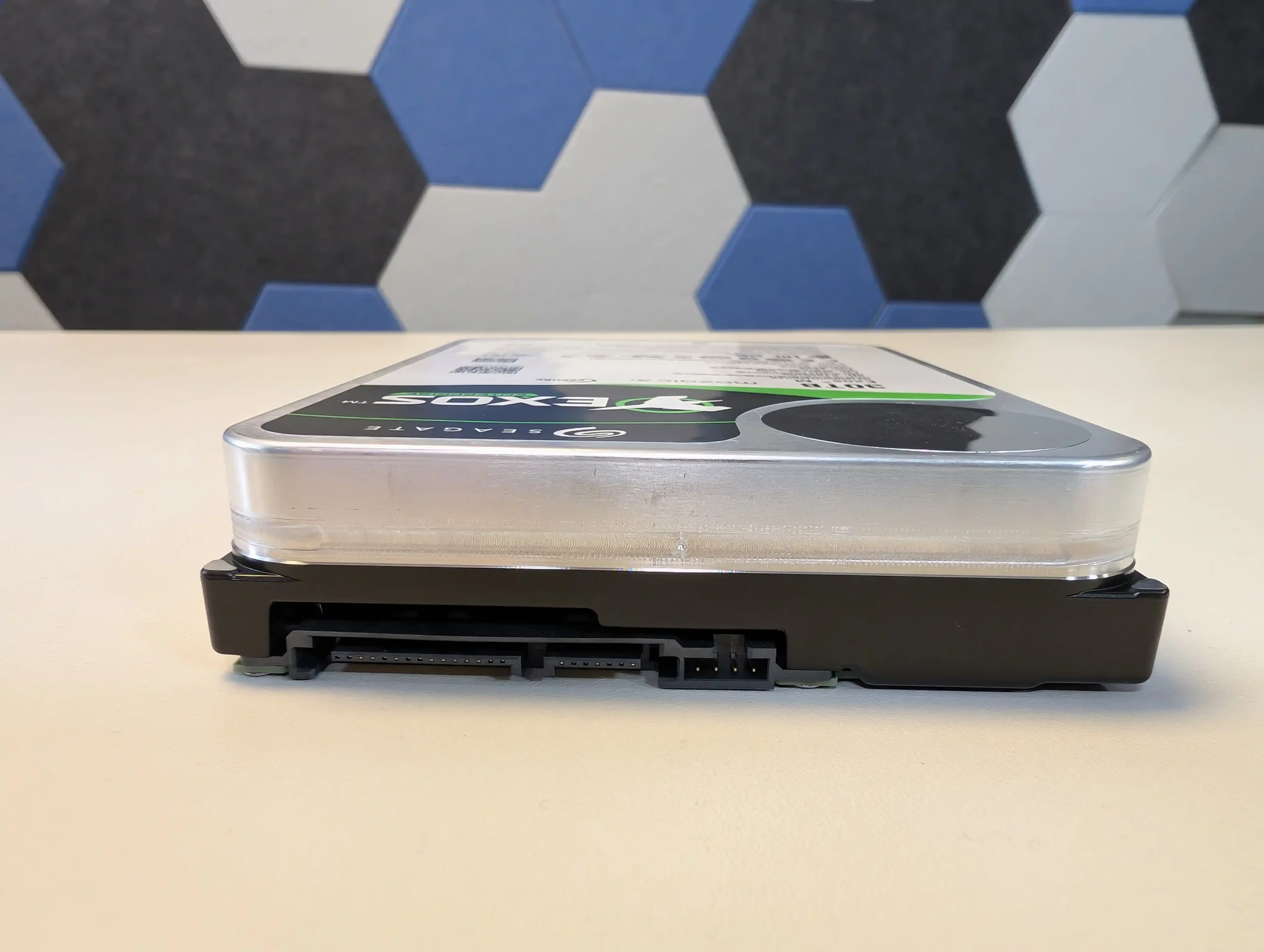
Comparing the 30TB IronWolf Pro to the 24TB IronWolf Pro and 4TB IronWolf (Non‑Pro) for Perspective
The 30TB IronWolf Pro represents Seagate’s largest capacity in the NAS‑optimized lineup, continuing the incremental increase in platter count, areal density, and helium‑sealed design. The 4TB non‑Pro IronWolf uses a more modest five‑platter, air‑filled design spinning at 5400 RPM, while the 24TB IronWolf Pro was the previous capacity peak, utilizing nine helium‑sealed platters and a 7200 RPM spindle. Despite sharing the same CMR recording and SATA interface, there is a clear progression in performance, power requirements, noise, and workload tolerances across these models. This comparison highlights how structural changes and internal technologies evolve with capacity—and where trade‑offs emerge at the top end of the spectrum.

| Feature | IronWolf Pro 30TB (ST30000NT011) | IronWolf Pro 24TB (ST24000NT002) | IronWolf 4TB (ST4000VN006, Non‑Pro) |
|---|---|---|---|
| Interface | SATA 6Gb/s | SATA 6Gb/s | SATA 6Gb/s |
| Recording Technology | CMR | CMR | CMR |
| Helium Sealed | Yes | Yes | No |
| Platter Count | 10 | 9 | 5 |
| Spindle Speed (RPM) | 7200 | 7200 | 5400 |
| Cache (MB) | 512 | 512 | 256 |
| Max Sustained Transfer Rate (MB/s) | 275 | 285 | ~202 |
| Workload Rate Limit (TB/year) | 550 | 550 | 180 |
| MTBF (hours) | 2.5 million | 2.5 million | 1 million |
| Power Idle (W) | ~6.8 | ~5.3 | ~4.3 |
| Power Operating (W) | ~8.3 | ~7.1 | ~6.8 |
| Idle Acoustics (dBA) | 28 | ~25 | ~20 |
| Seek Acoustics (dBA) | 32 | ~28 | ~24 |
| Shock (Operating/Non‑operating) | 30G / 200G | 30G / 200G | 80G / 300G |
| Temperature (Operating) | 10–60 °C | 5–60 °C | 0–65 °C |
| Vibration (Non‑operating Grms) | 2.27 | 2.27 | 2.27 |
| RV Sensors | Yes | Yes | Yes |
| Data Recovery Service | 3‑year Rescue included | 3‑year Rescue included | 3‑year Rescue included |
| Warranty | 5 years | 5 years | 3 years |
| Target Use‑Case | Commercial NAS, heavy RAID | Commercial NAS, heavy RAID | SOHO, home/SOHO NAS |
This side‑by‑side comparison makes it clear that the 30TB model pushes beyond earlier limits, with higher power draw, increased acoustic output, and tighter operating conditions. Once you start thinking about larger Petabyte deployments of course, this all becomes small margins towards the big storage goals. But Simultaneously, the non‑Pro 4TB drives offer much gentler power, acoustic, and workload characteristics—making them more suitable for everyday, personal, or small‑office use. I am just glad to see that Seagate are not in any rush to eliminate the smaller tiers now that they are on the road to 50/100TB drives by the end of the decade and reducing the smaller caps in the way we save ‘sub 1TB’ drive dry up as soon as we hit above 4TB a decade ago!
Seagate 30TB Ironwolf Pro and EXOS Hard Drive – Performance, Noise and NAS Compatibility (WiP)
Performance testing of the Seagate IronWolf Pro 30TB and Exos M 30TB confirms that both drives deliver sustained sequential transfer rates close to their advertised 275 MB/s. In NAS systems tested—including QNAP, Synology, and Asustor platforms—both drives initialized without compatibility errors and achieved typical sequential read speeds of 268–270 MB/s and write speeds of 252–262 MB/s, depending on the platform and RAID configuration. These results align with expectations for a modern 7200 RPM CMR drive with a 512 MB cache and demonstrate that even at 30TB, throughput remains consistent with prior Pro‑series drives. Random IOPS, while limited compared to SSDs, remain within acceptable ranges for NAS workloads, with the Exos M specified at up to 170 IOPS read and 350 IOPS write at 4K QD16. Latency is nominal at approximately 4.16 ms, which is typical for this class of mechanical drive. Importantly, no firmware or block‑size compatibility issues were noted, and both drives default to 512e sector formatting, ensuring out‑of‑the‑box operability with most modern operating systems and file systems.
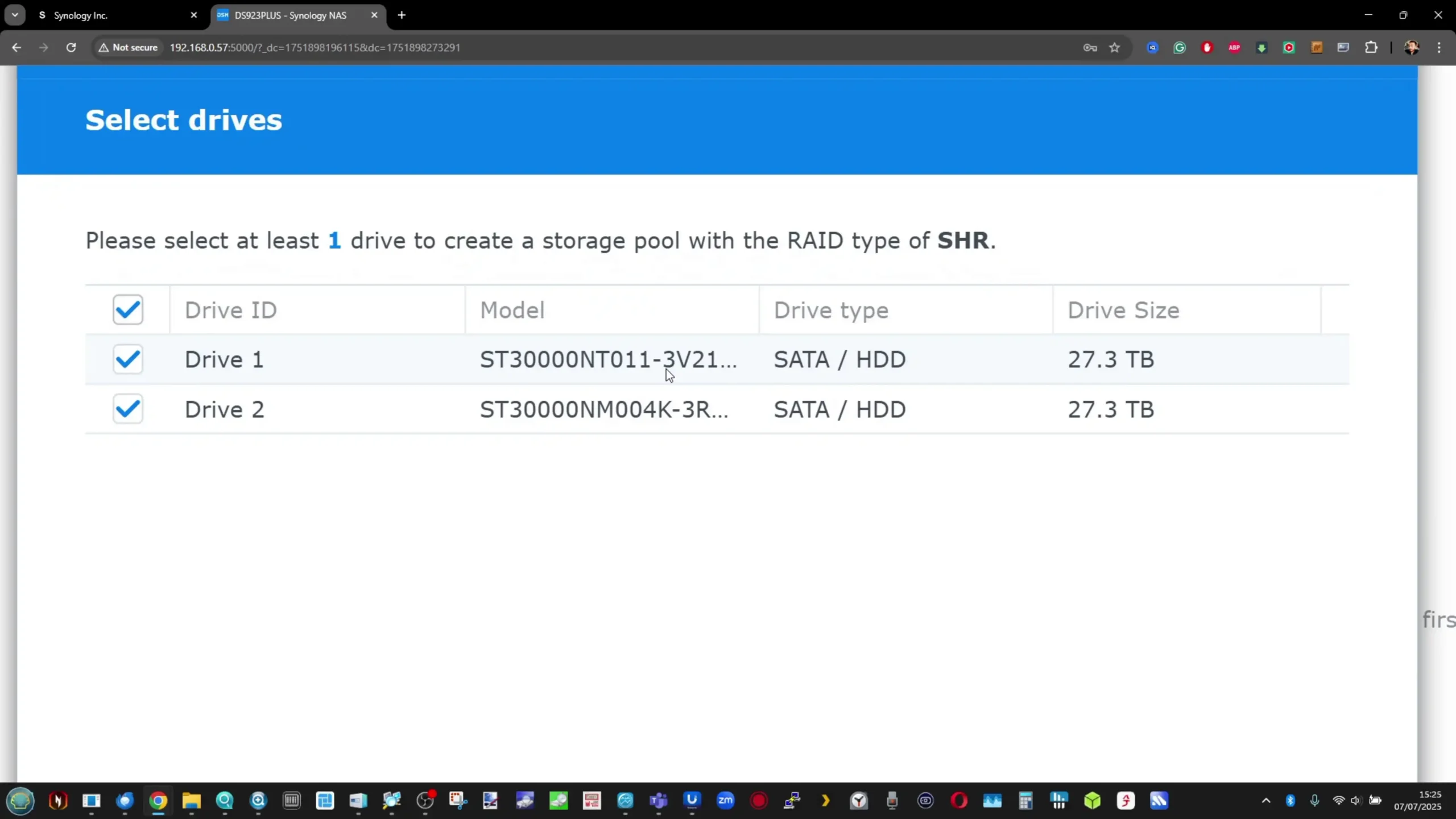 |
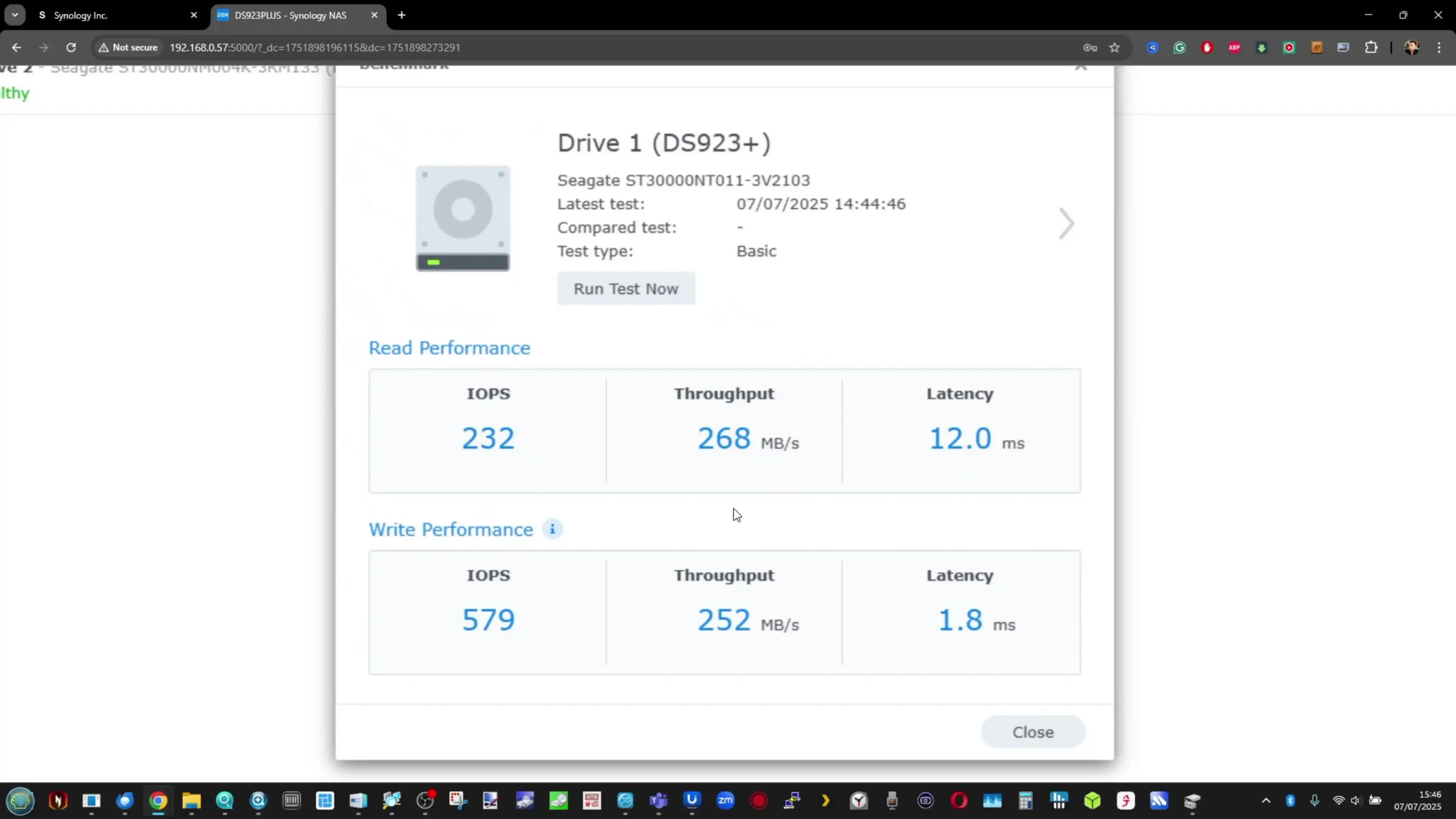 |
Acoustic performance, however, is noticeably impacted by the increase in platter count and capacity. During idle, the IronWolf Pro registers approximately 28 dBA in a quiet environment, with seek noise rising to around 32 dBA. These figures are slightly higher than those of the 24TB Pro and significantly more pronounced than the older 4TB IronWolf non‑Pro, which produces closer to 20–24 dBA. Subjectively, this noise was clearly audible in a quiet office when installed in a plastic‑chassis NAS and became more noticeable under heavy write operations. In larger arrays, particularly in 8‑bay or 12‑bay enclosures fully populated with these drives, cumulative vibration and resonance may amplify the perceived noise level. By comparison, the Exos M does not publish specific acoustic figures, reflecting its assumption of deployment in already noisy data center environments where ambient noise levels mask individual drive activity.
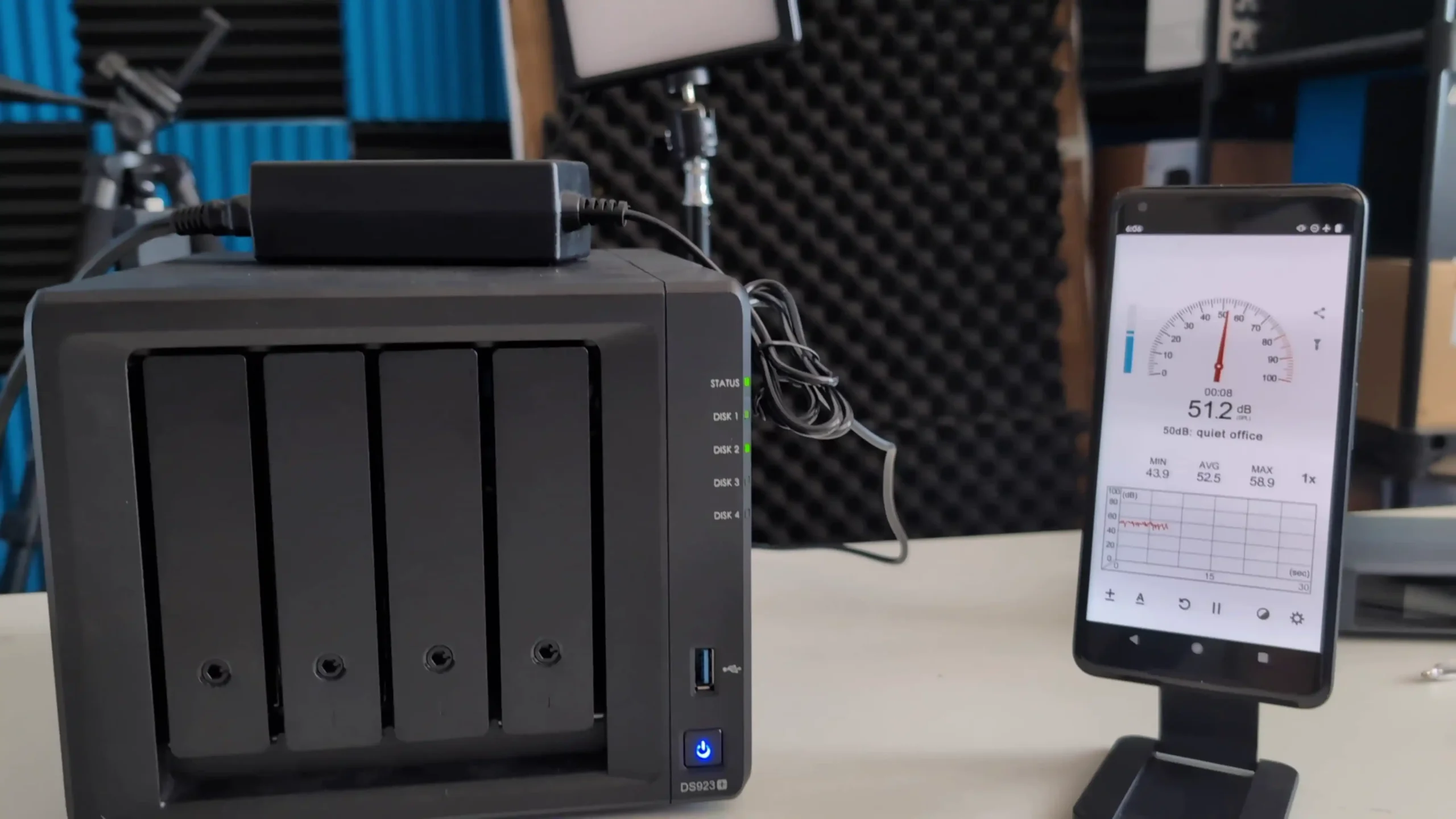
On the topic of environmental and electrical specifications, both drives are built to operate reliably in demanding conditions. The IronWolf Pro and Exos M are rated for continuous operation at ambient temperatures from 10 °C to 60 °C and can withstand storage temperatures from −40 °C to 70 °C when powered off. Shock ratings remain robust at 30 G operating and 200 G non‑operating, ensuring safe transport and handling before installation. Rotational vibration tolerance of up to 12.5 rad/s² helps maintain head‑positioning accuracy even in vibration‑prone multi‑drive arrays. Power draw, as specified by Seagate, averages around 6.8–6.9 W when idle and rises to between 8.3–9.5 W during typical operating workloads, depending on the model. Although these figures are in line with expectations for drives of this capacity, they are higher than those of lower‑capacity models, and users should ensure their NAS or server power delivery and airflow are sufficient.
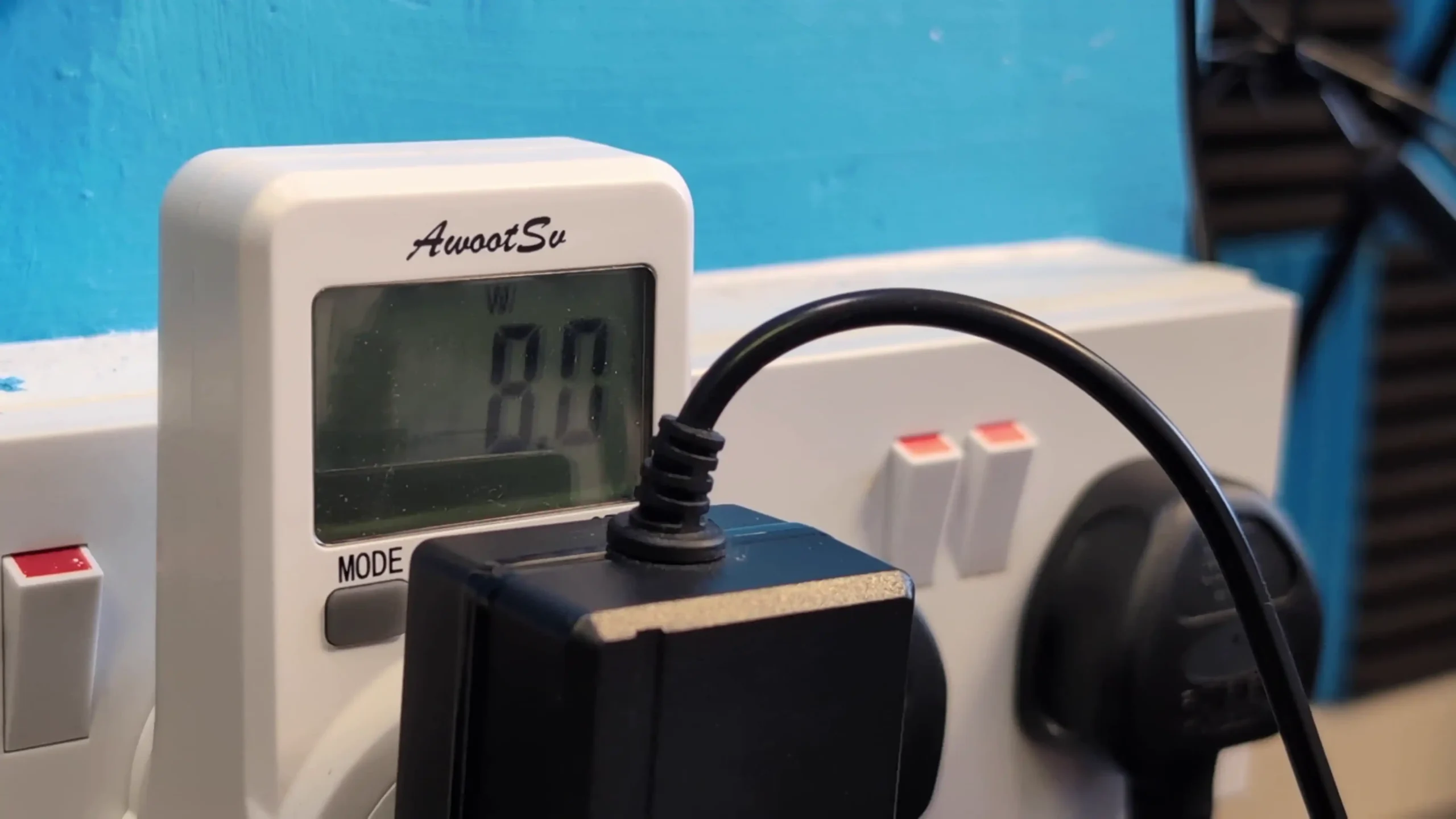 |
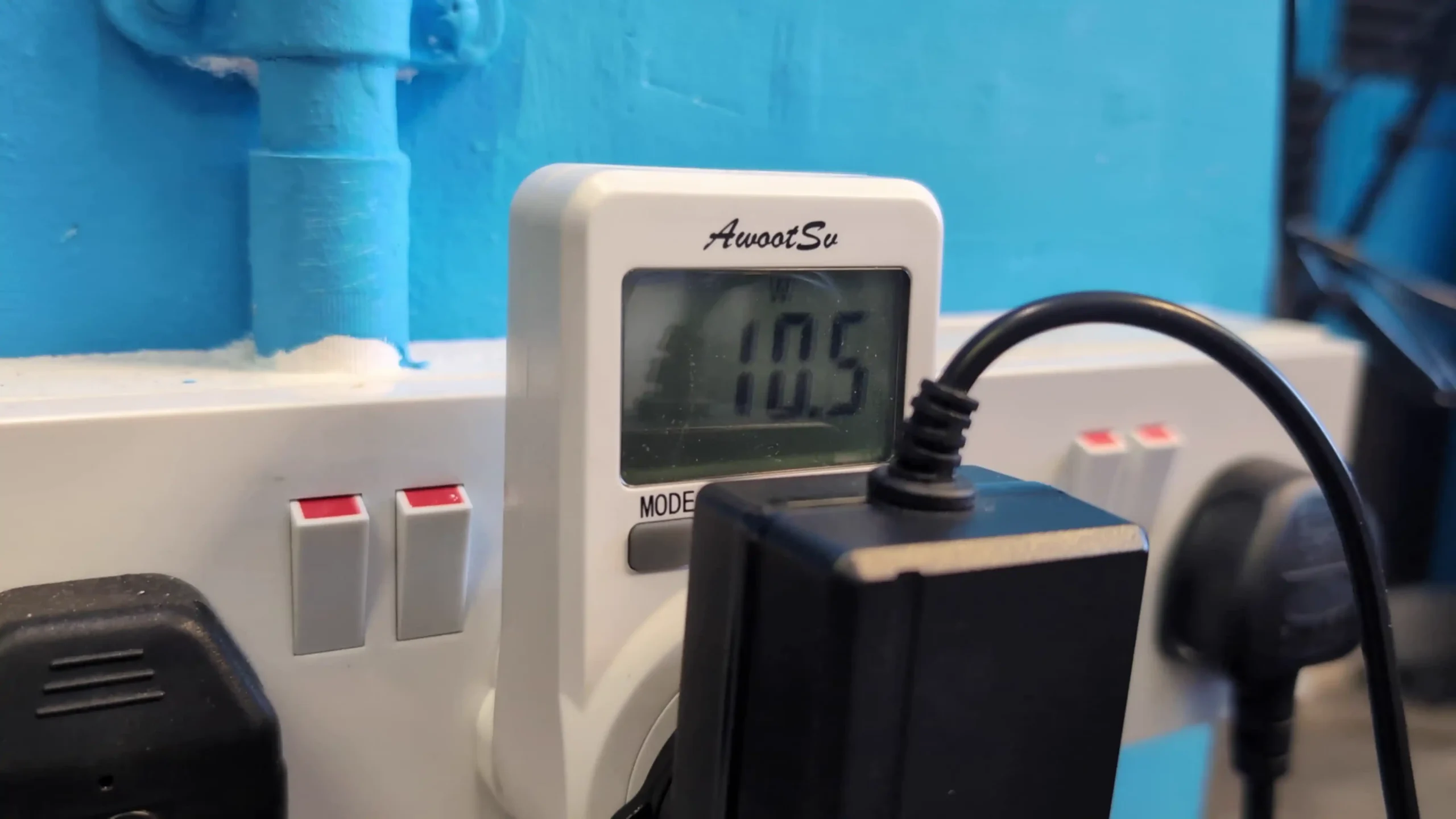 |
In terms of platform compatibility, early testing shows that both drives are recognized and functional in all major NAS operating systems tested, including Synology DSM, QNAP QTS, TrueNAS SCALE, and Unraid. Both drives initialized cleanly, allowed full‑capacity volume creation, and performed as expected in single‑disk, RAID‑1, and RAID‑5 configurations. Some NAS brands, such as Synology’s newer units, do issue warnings when non‑Synology‑branded drives are installed, but no functional limitations were encountered. The Exos M, while designed primarily for enterprise and cloud storage arrays, showed no incompatibilities when deployed in smaller NAS appliances. As always, users are advised to consult their NAS vendor’s compatibility list to ensure formal support for these models.
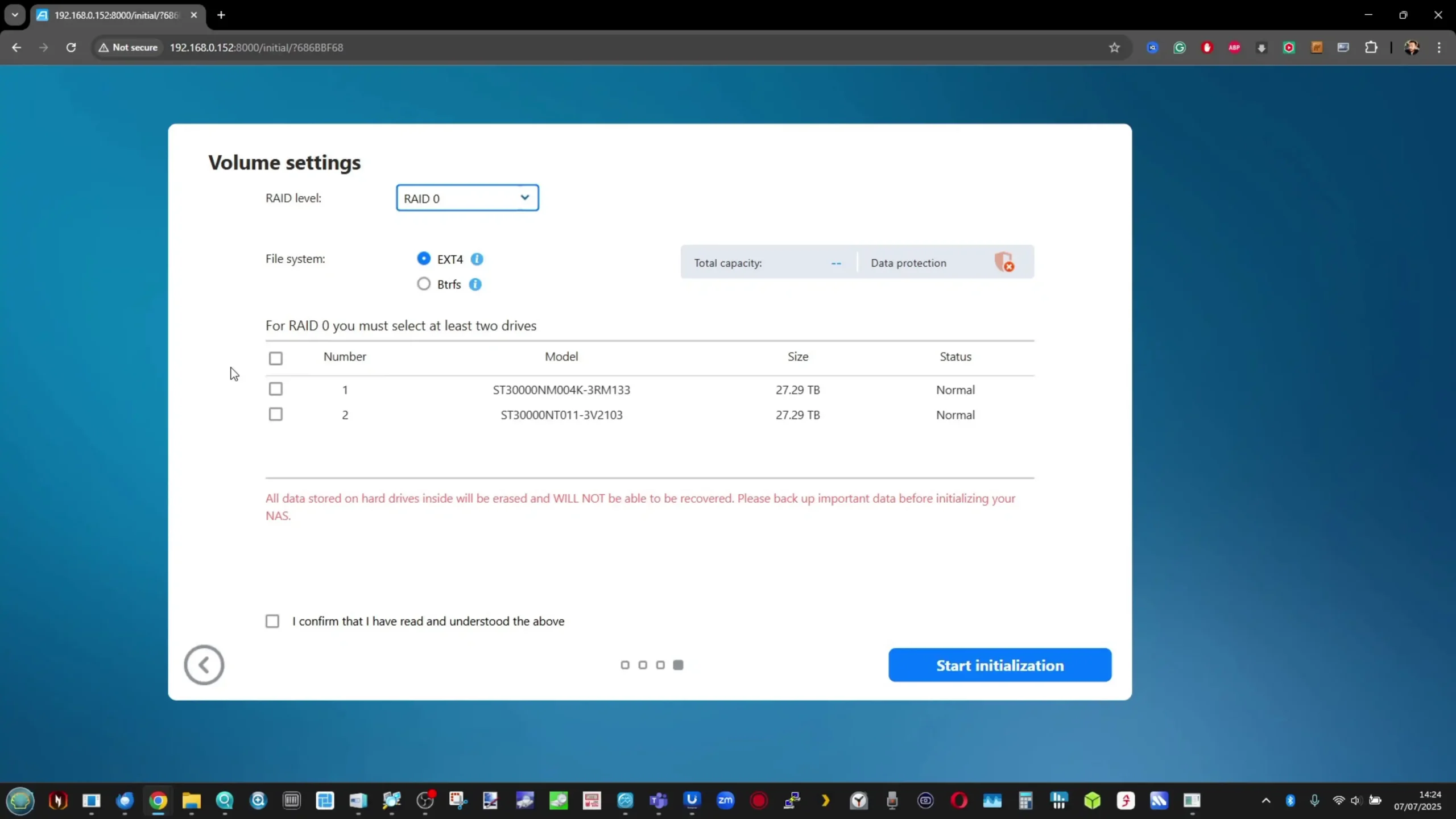 |
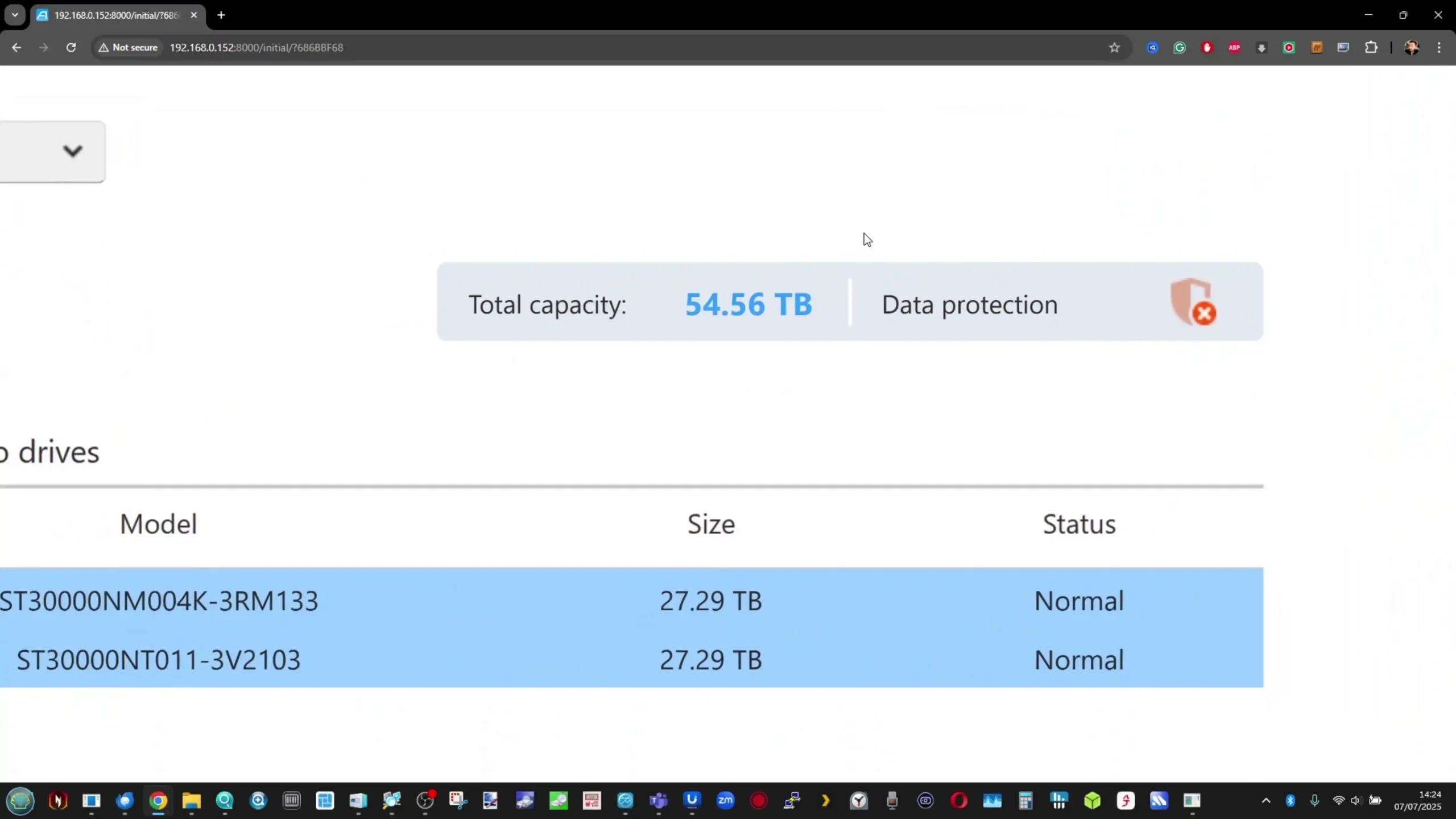 |
 |
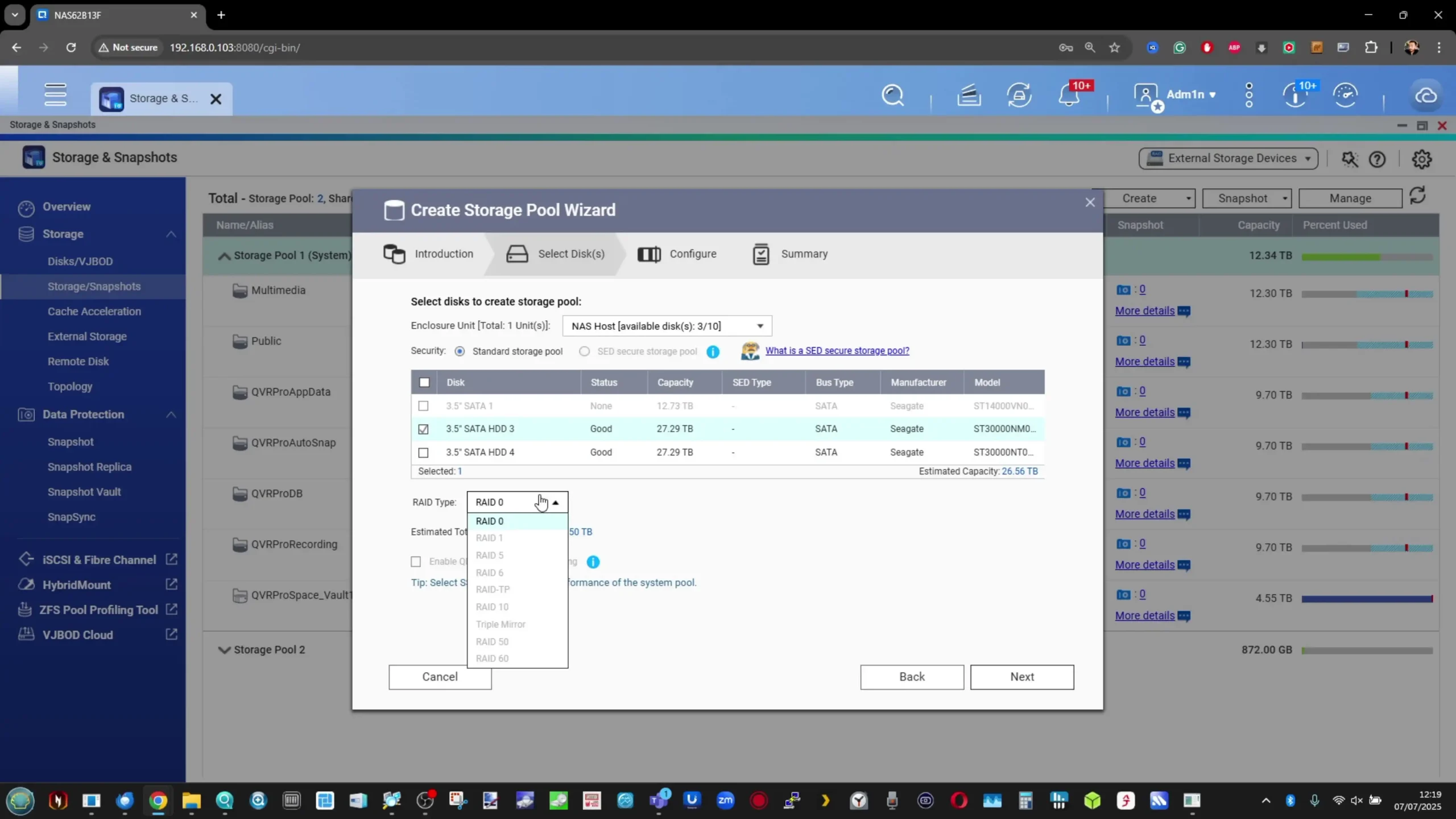 |
Important point here – As this drive is something of a ‘bigger boy’ – the INITIAL power draw of the drive is quite high, so we are starting to see some examples of particularly high initial power draw drives having issues with NAS backboard/SATA PCB boards that do not have the consistent power delivery needed for larger drive arrays to be stable for a large number of big drives like this one. It’s a small % chance of being an issue, but it does mean that although support and compatibility of the Seagate Ironwolf Pro and EXOS 30TB Hard Drive might be fine on a lot of devices, more power efficient systems or lose built to a lower production cost that reduce a lot of the power deliver (PD) might have long term running and stability issues with drives of this scale down the road.
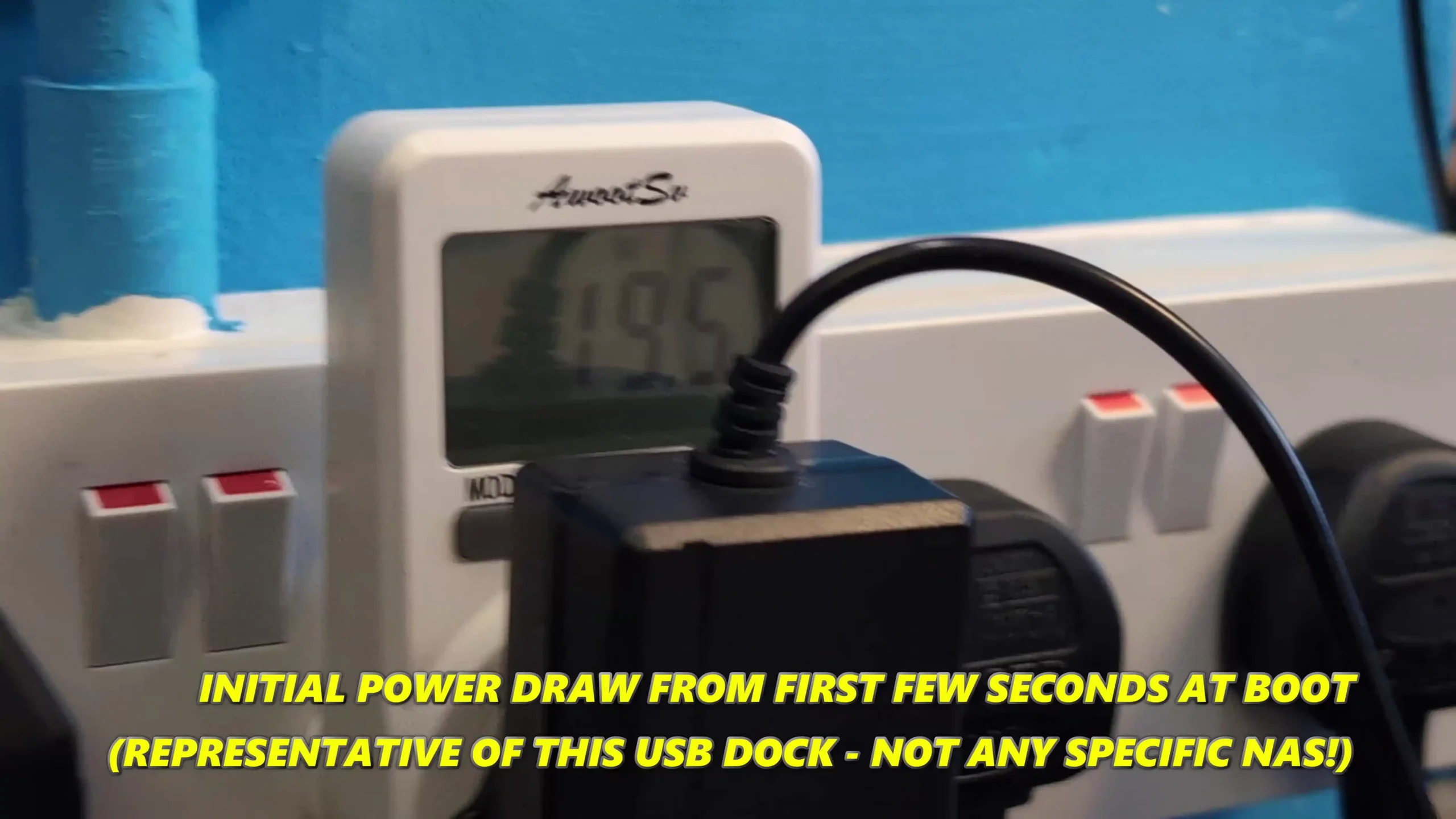
Seagate 30TB Ironwolf Pro and EXOS Hard Drive – Conclusion and Verdict
The Seagate IronWolf Pro 30TB and Exos M 30TB drives both exemplify the steady evolution of high‑capacity mechanical storage, bringing unprecedented density to the familiar 3.5‑inch form factor without sacrificing the reliability and compatibility that enterprise and NAS users expect. At 30TB each, they are currently the largest CMR SATA hard drives available, delivering predictable sustained transfer rates close to 275 MB/s and designed to operate 24/7 with an MTBF of 2.5 million hours. Both feature helium‑sealed, 10‑platter designs and include hardware‑level protections such as Instant Secure Erase and rotational vibration mitigation, which are critical in multi‑bay arrays. Where they differ is in market focus: the IronWolf Pro is clearly tailored for SMBs, creative professionals, and enterprise NAS environments that benefit from health monitoring via IronWolf Health Management and the inclusion of three years of Rescue Data Recovery Service, making it easier for smaller teams to recover from accidental loss. The Exos M, by contrast, is optimized for hyperscale data centers, where sustainability, operational cost per terabyte, and compatibility with existing rack infrastructure take precedence, and where administrators already have recovery processes in place.
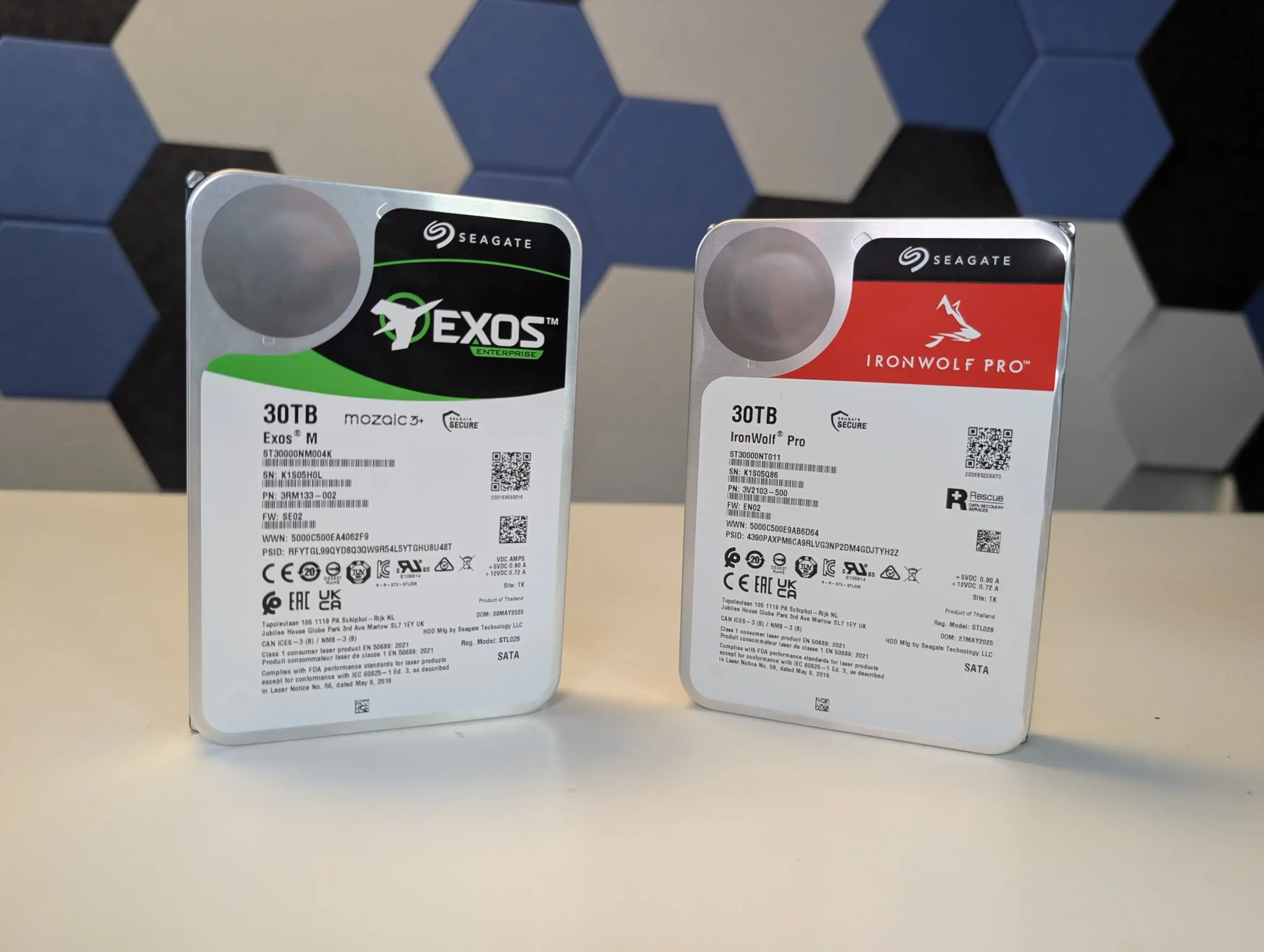
That said, deploying drives of this capacity is not without its operational and economic considerations. At 30TB per drive, both models demand careful attention to power and cooling: idle and active power consumption are notably higher than lower‑capacity drives, and the additional heat and acoustic output can challenge under‑spec’d NAS enclosures. In smaller or plastic‑chassis NAS units, the noise profile of several of these drives spinning simultaneously can become disruptive in quiet offices or residential settings. Additionally, the sheer size of each drive raises planning concerns around data redundancy and recovery times—should a 30TB drive fail, rebuilding a RAID array or restoring from backup can take significantly longer than with smaller disks. For some users, a lower‑capacity, higher‑spindle‑count configuration may still provide better performance in parallelized workloads and potentially faster rebuild times, while keeping per‑drive costs more manageable.
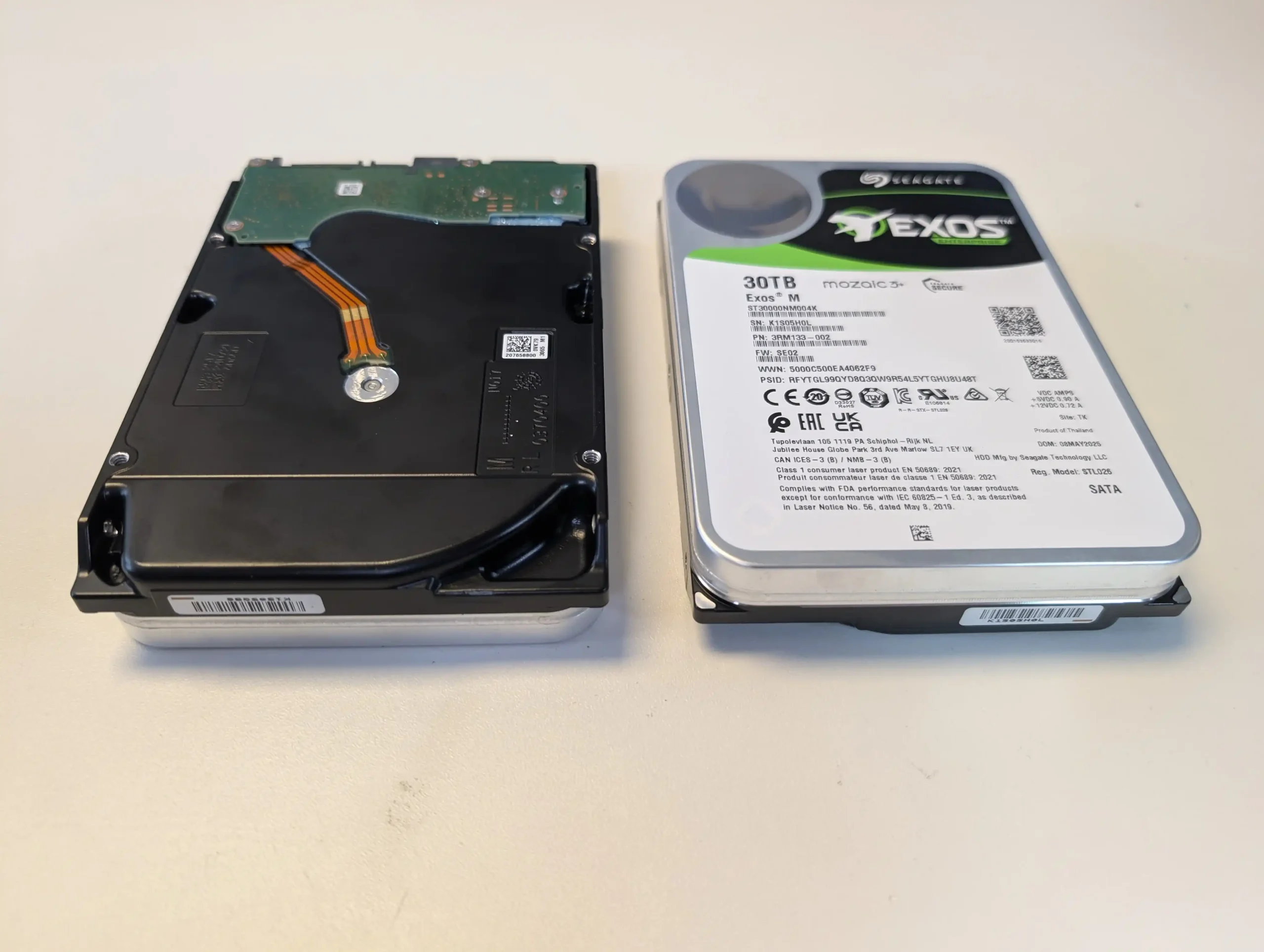
Ultimately, both the IronWolf Pro 30TB and Exos M 30TB succeed at what they set out to do: deliver maximum capacity in a familiar, standards‑compliant format for users and organizations that can benefit from ultra‑dense storage. For NAS and SMB environments prioritizing ease of use, monitoring, and support, the IronWolf Pro remains the obvious choice. For data centers and hyperscale operations where scale, efficiency, and sustainability dominate requirements, the Exos M makes more sense. Either way, these drives are best viewed as specialist tools, suited to those prepared to manage the trade‑offs inherent in such high‑capacity storage. Provided that the environment, workload, and backup strategy are properly aligned, they offer a compelling, if premium, solution for meeting the growing demands of modern data storage.
You can purchase the Seagate Ironwolf 30TB Hard Drive Series via the links below:
* Using these links will result in a small % commission coming to NASCompares and this helps me and Ed here (it really is just us!) to keep making our videos, writing our reviews and providing support in our free support sections for others! |
| PROs of the Seagate 30TB Ironwolf Pro and EXOs | PROs of the Seagate 30TB Ironwolf Pro and EXOs |
|
|
Find regulary updated NAS offers here
Of course I would prefer you choose AMAZON UK AMAZON USA to buy your perfect solution, however, if you would rather buy locally, please use the links used above to take you to your local Amazon store and help support this free advice service with ad revenue. More ways of supporting the blog are described HERE
Home: https://www.backblaze.com/cloud-backup.html#af9rgr Business: https://www.backblaze.com/business-backup.html#af9rgr Comparison with other service providers: https://www.backblaze.com/best-online-backup-service.html#af9rgr
 SUBSCRIBE TO OUR NEWSLETTER
SUBSCRIBE TO OUR NEWSLETTER 
[contact-form-7]
 Join Inner Circle
Join Inner Circle Get an alert every time something gets added to this specific article!
 Subscribe
Subscribe
This description contains links to Amazon. These links will take you to some of the products mentioned in today's content. As an Amazon Associate, I earn from qualifying purchases. Visit the NASCompares Deal Finder to find the best place to buy this device in your region, based on Service, Support and Reputation - Just Search for your NAS Drive in the Box Below
Need Advice on Data Storage from an Expert?
Finally, for free advice about your setup, just leave a message in the comments below here at NASCompares.com and we will get back to you. Need Help?
Where possible (and where appropriate) please provide as much information about your requirements, as then I can arrange the best answer and solution to your needs. Do not worry about your e-mail address being required, it will NOT be used in a mailing list and will NOT be used in any way other than to respond to your enquiry.
[contact-form-7]
Need Help?
Where possible (and where appropriate) please provide as much information about your requirements, as then I can arrange the best answer and solution to your needs. Do not worry about your e-mail address being required, it will NOT be used in a mailing list and will NOT be used in any way other than to respond to your enquiry.
[contact-form-7]
 Ko-fi or old school Paypal. Thanks!To find out more about how to support this advice service check HEREIf you need to fix or configure a NAS, check Fiver
Have you thought about helping others with your knowledge? Find Instructions Here
Ko-fi or old school Paypal. Thanks!To find out more about how to support this advice service check HEREIf you need to fix or configure a NAS, check Fiver
Have you thought about helping others with your knowledge? Find Instructions Here

|
 |

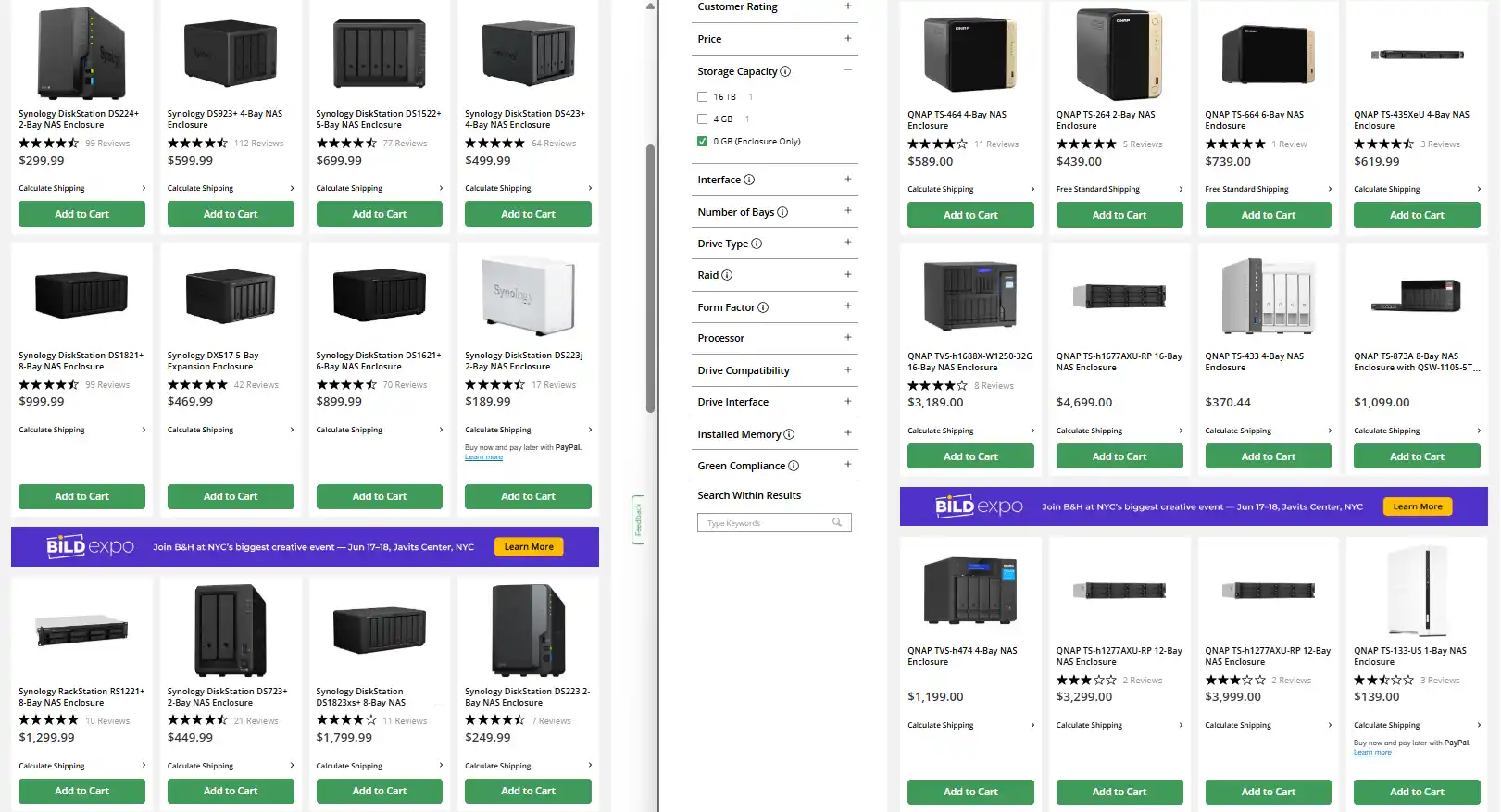
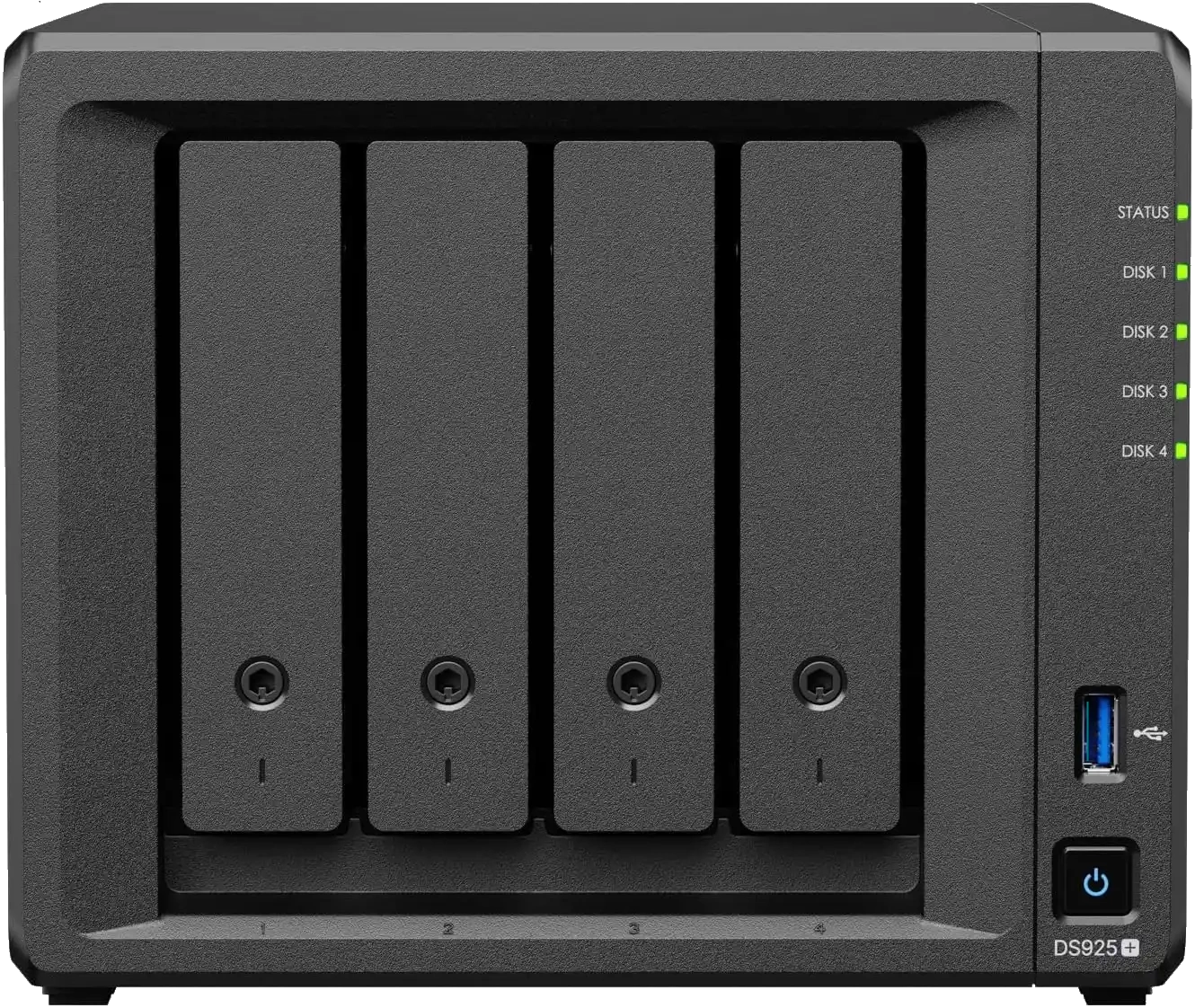
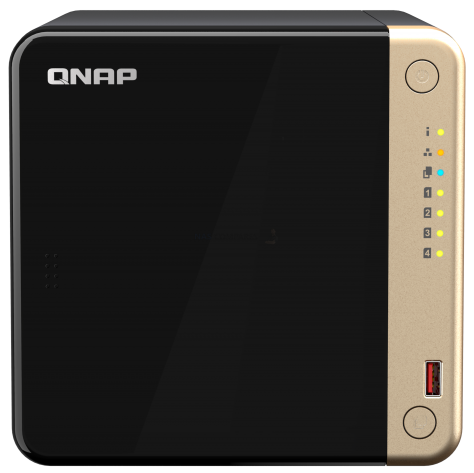
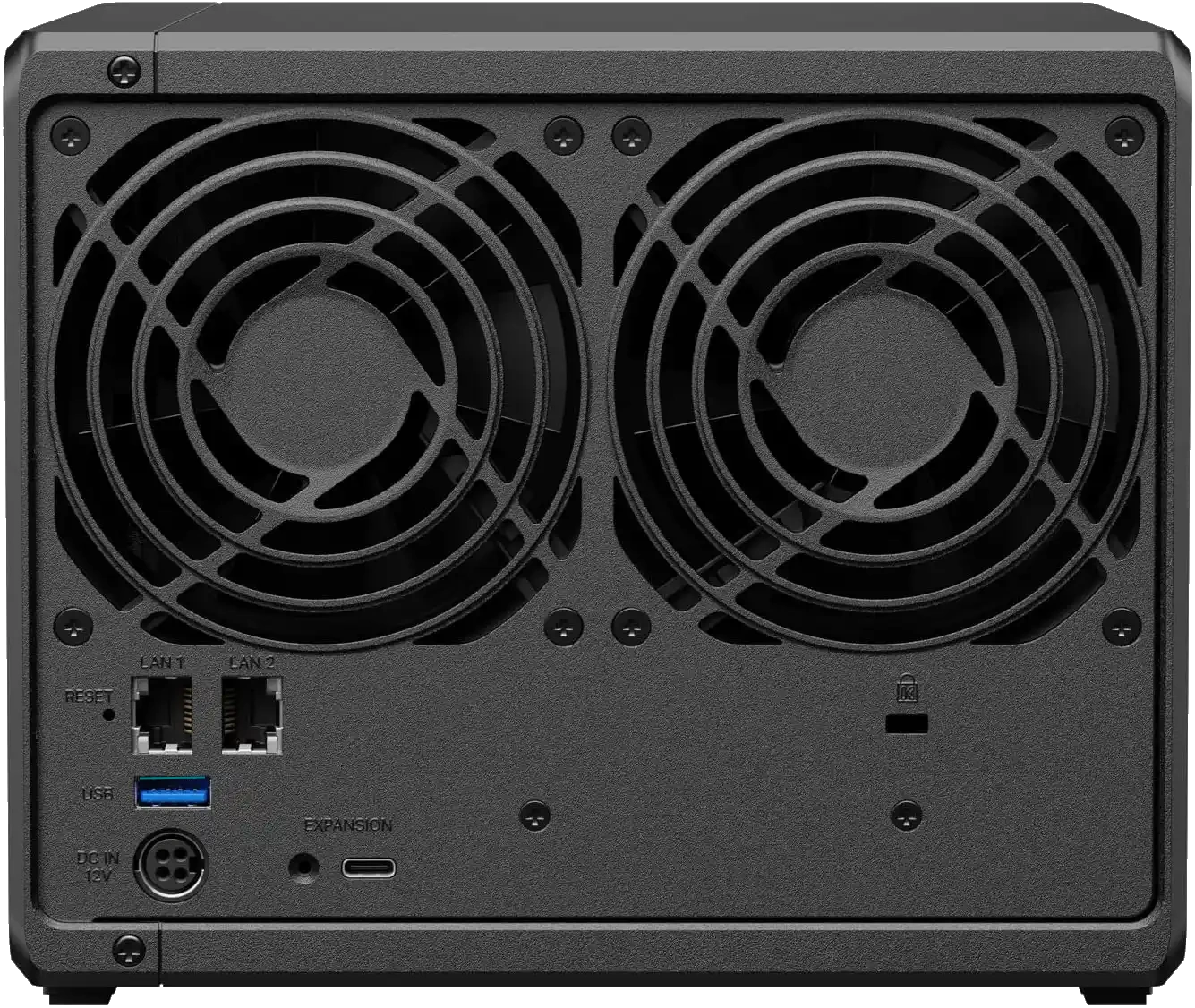
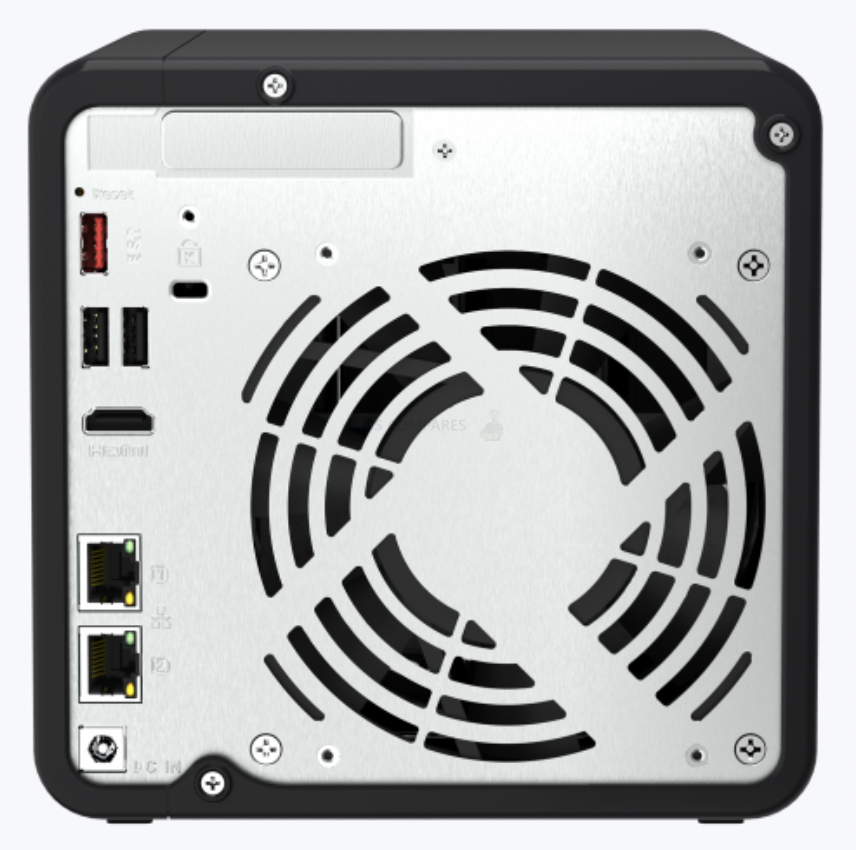
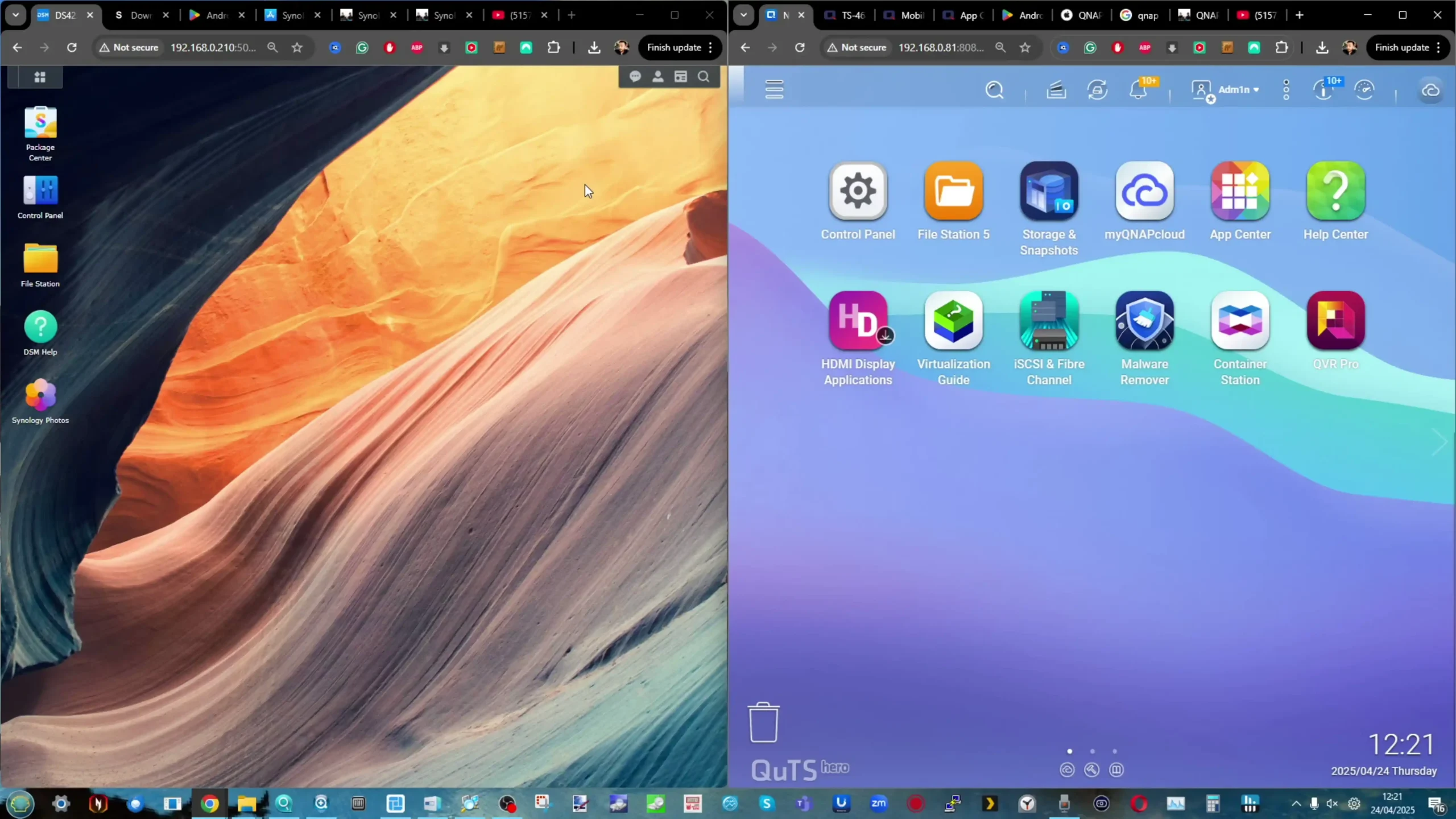
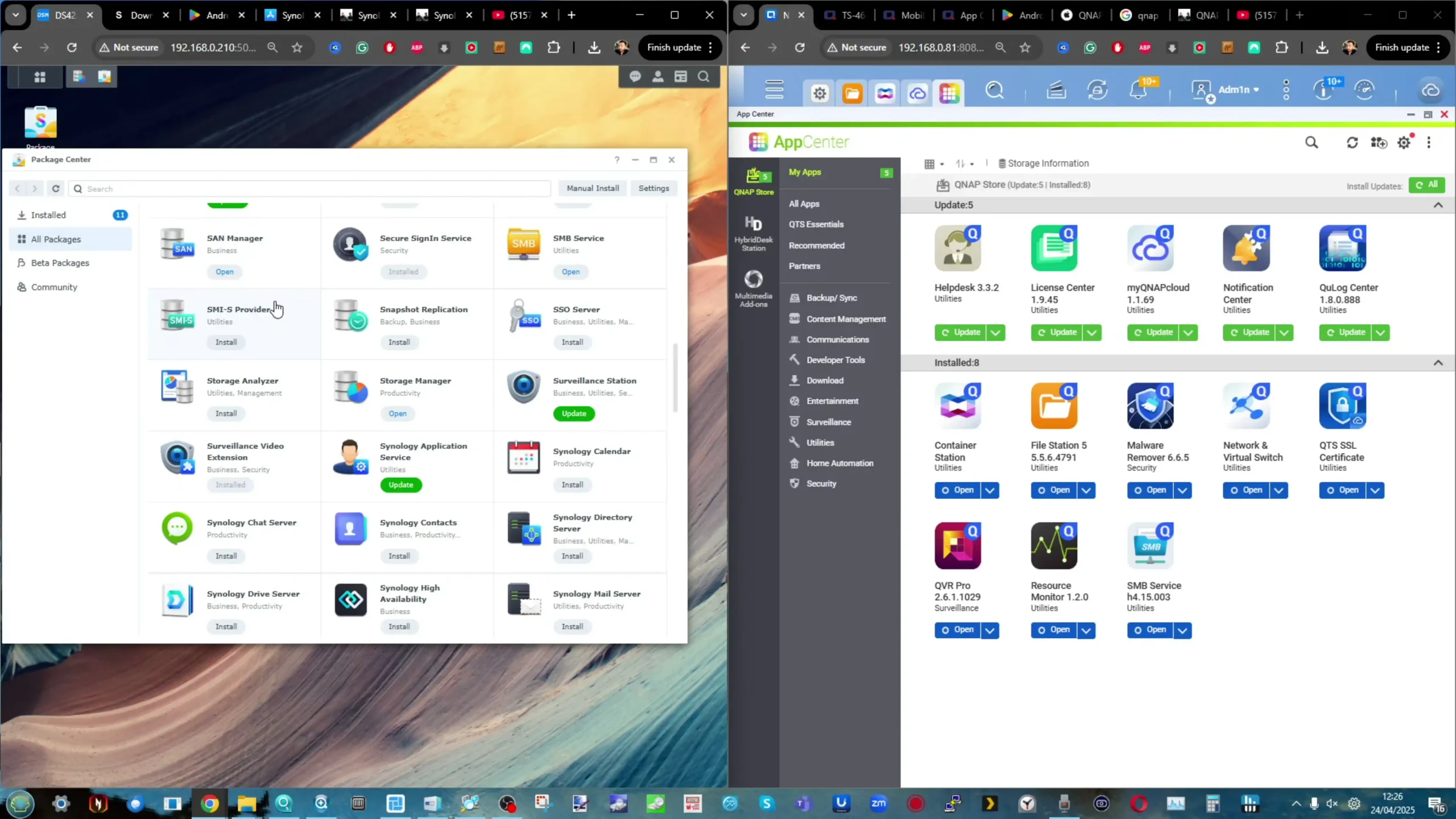
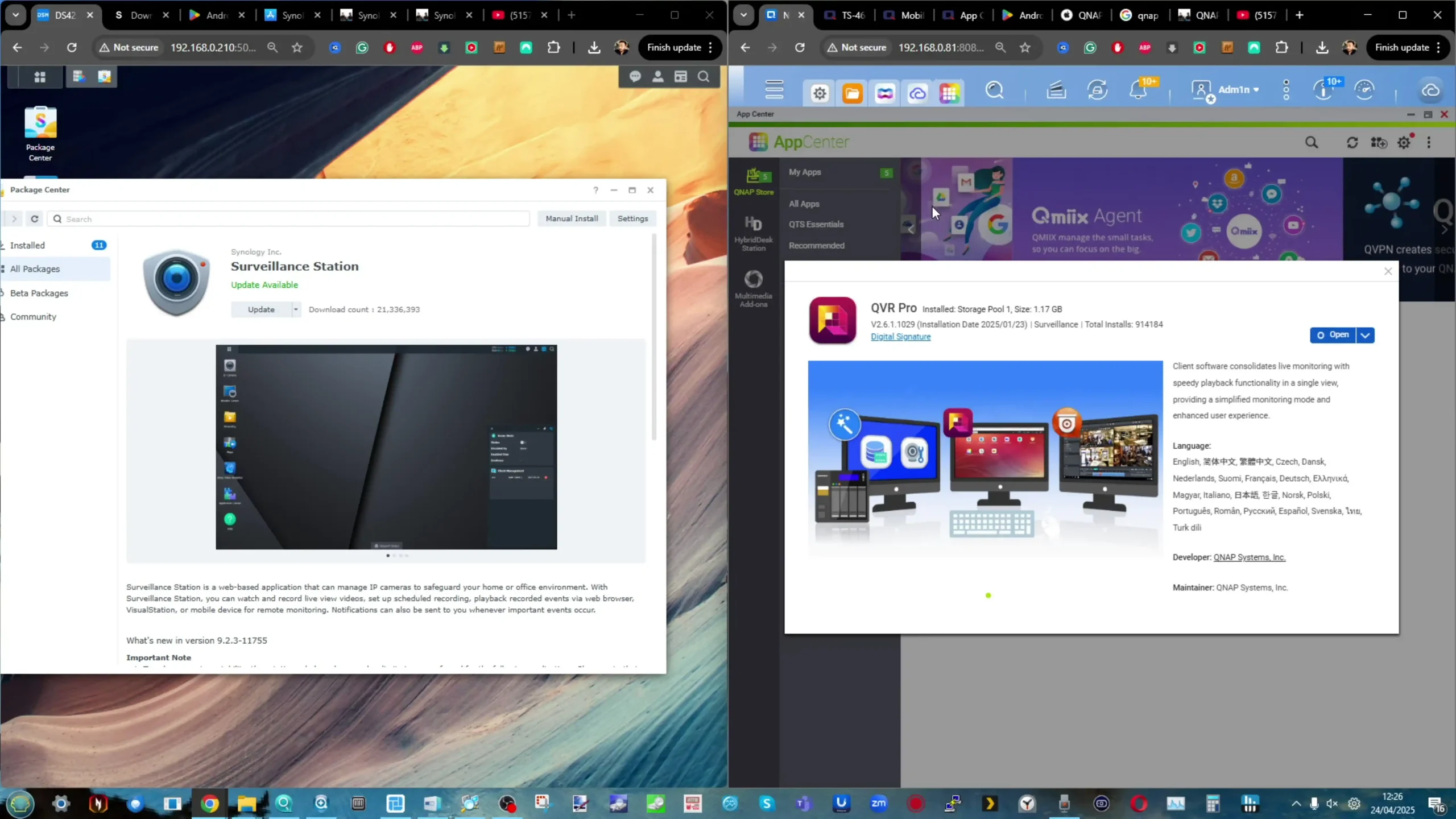
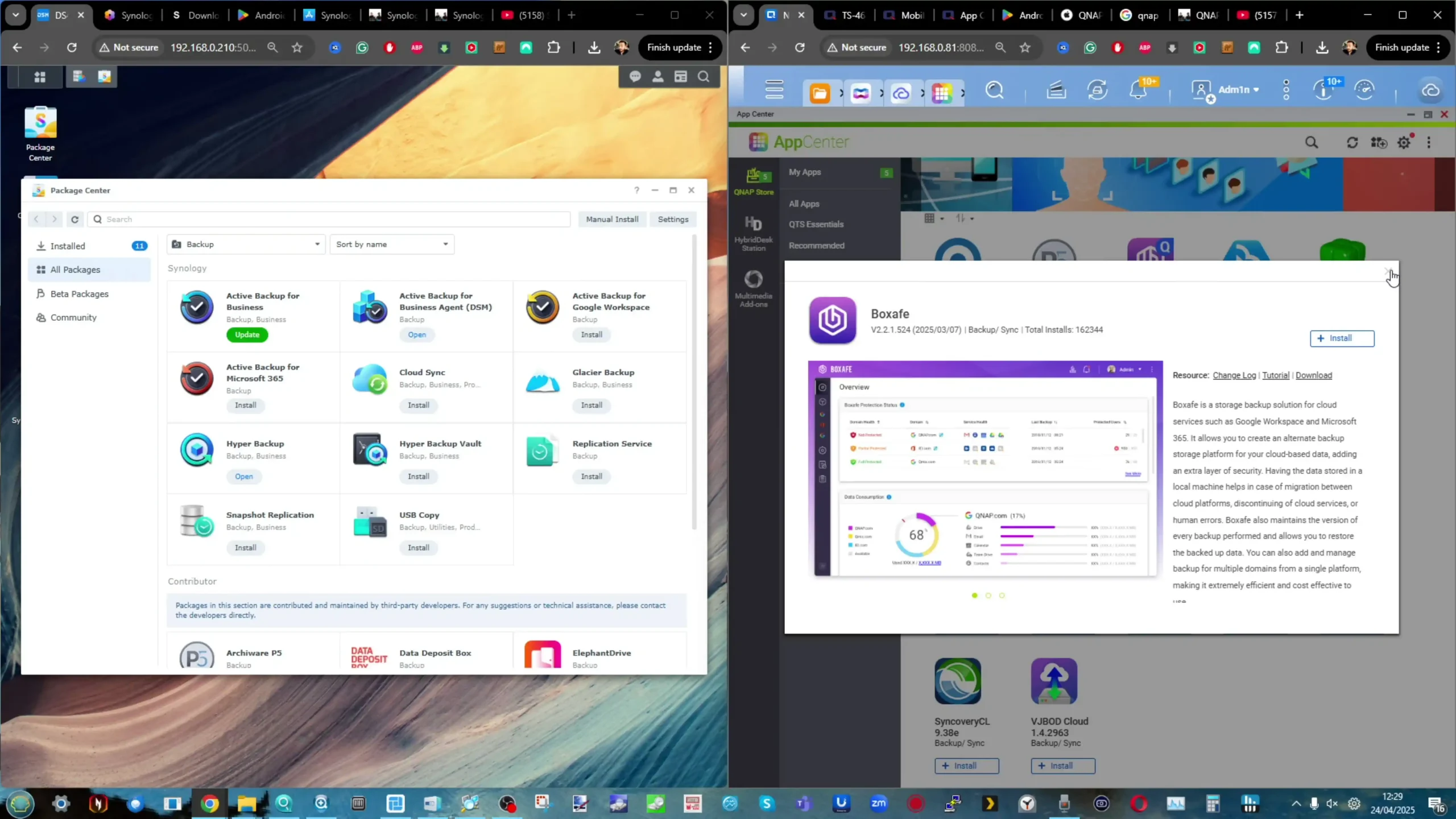
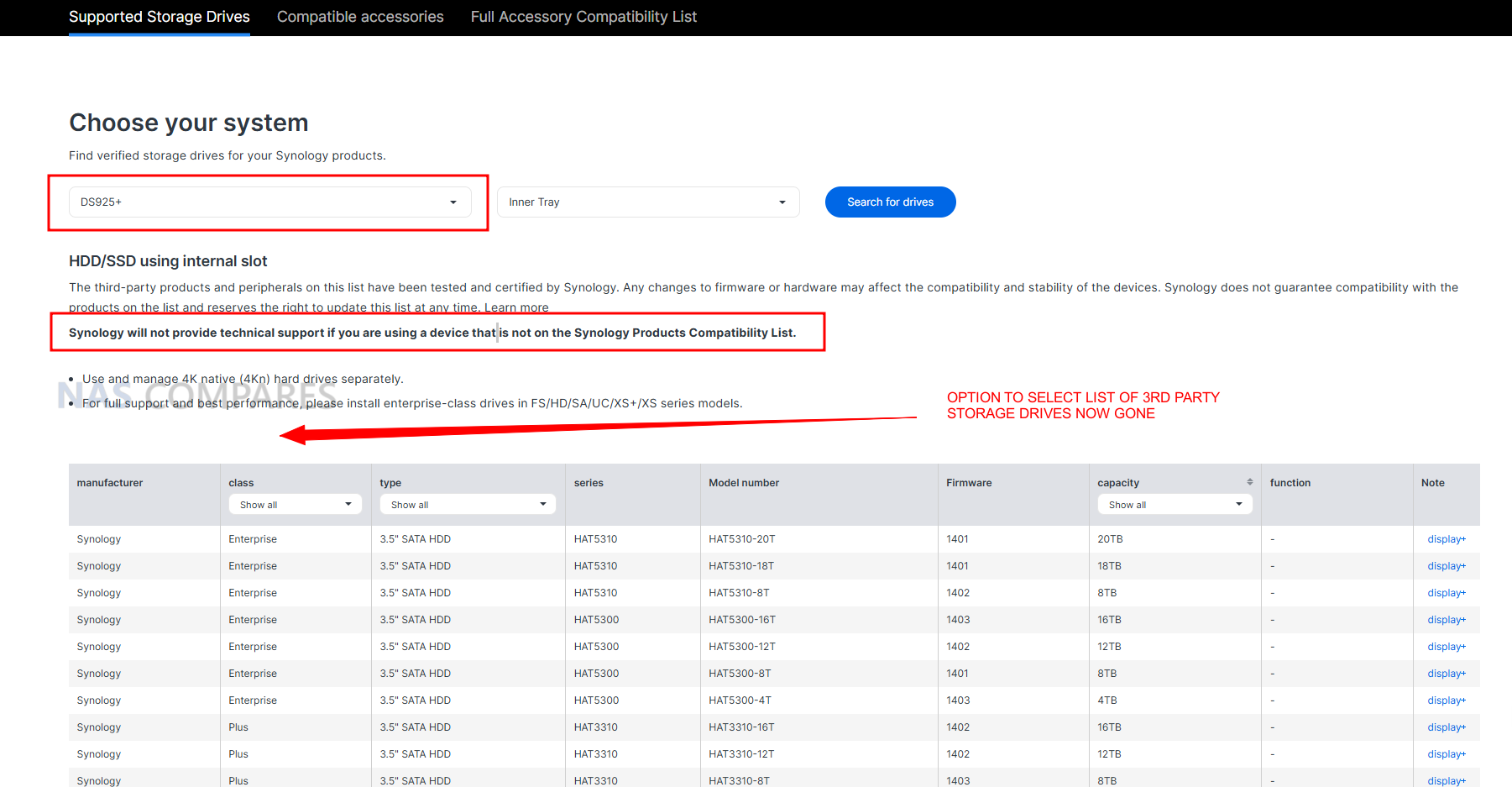
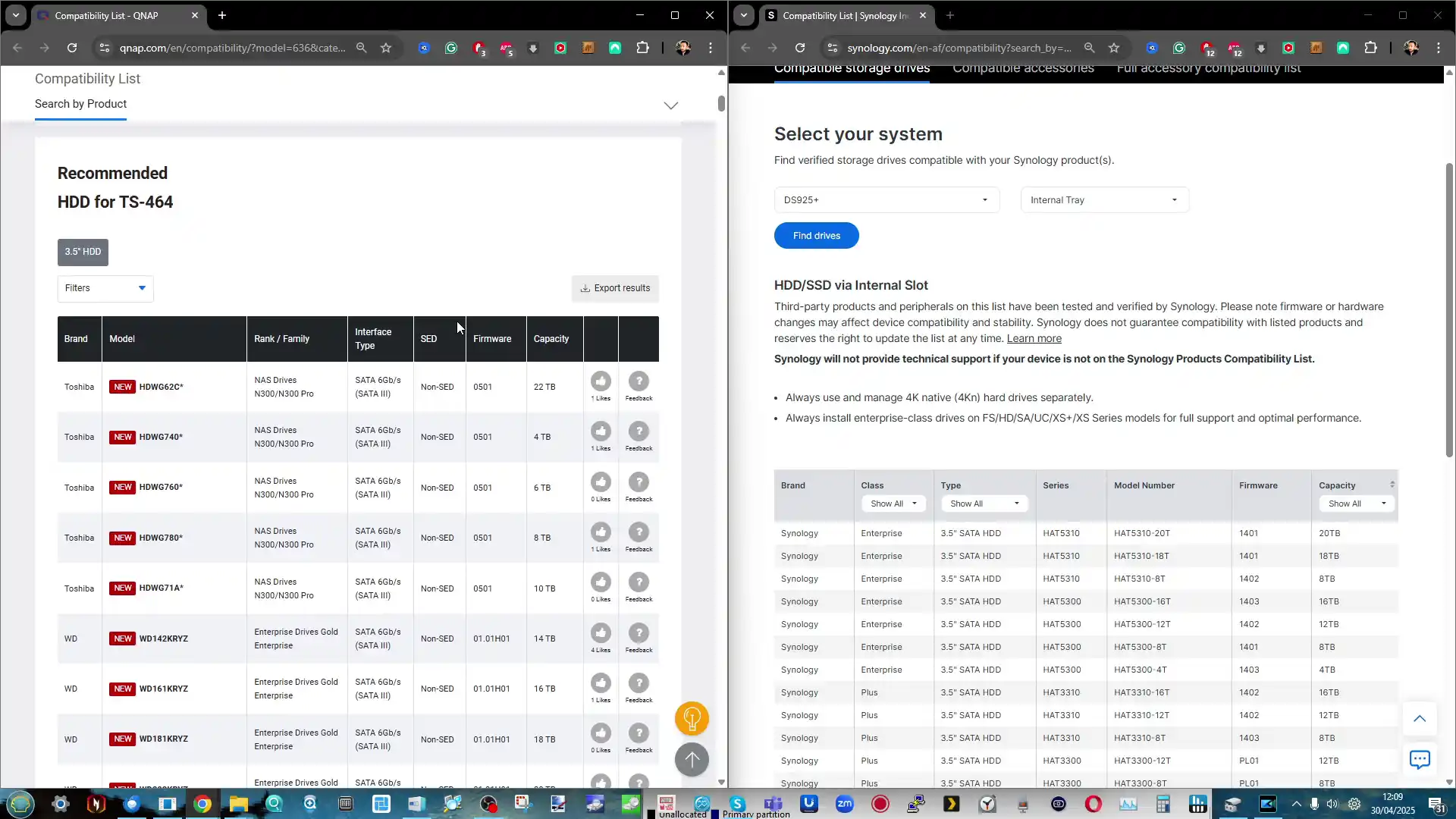
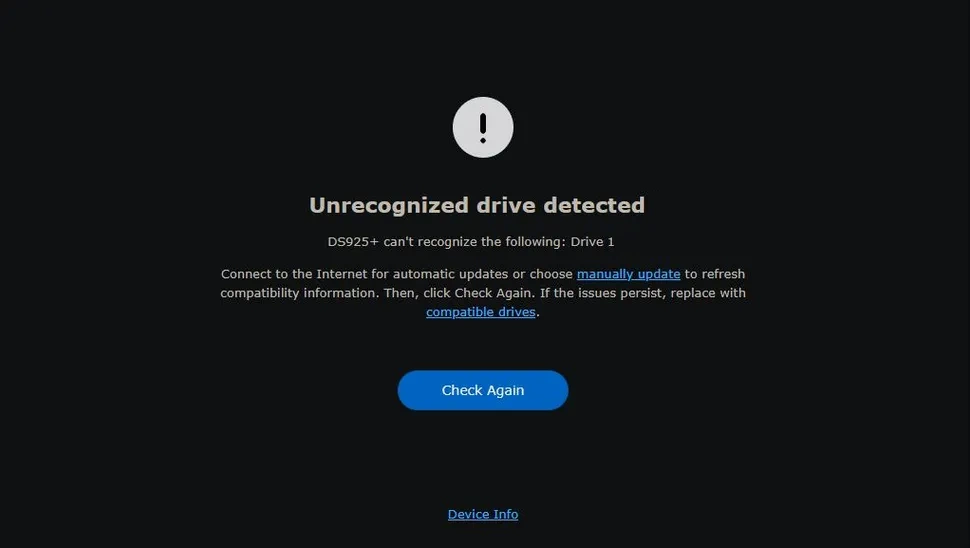





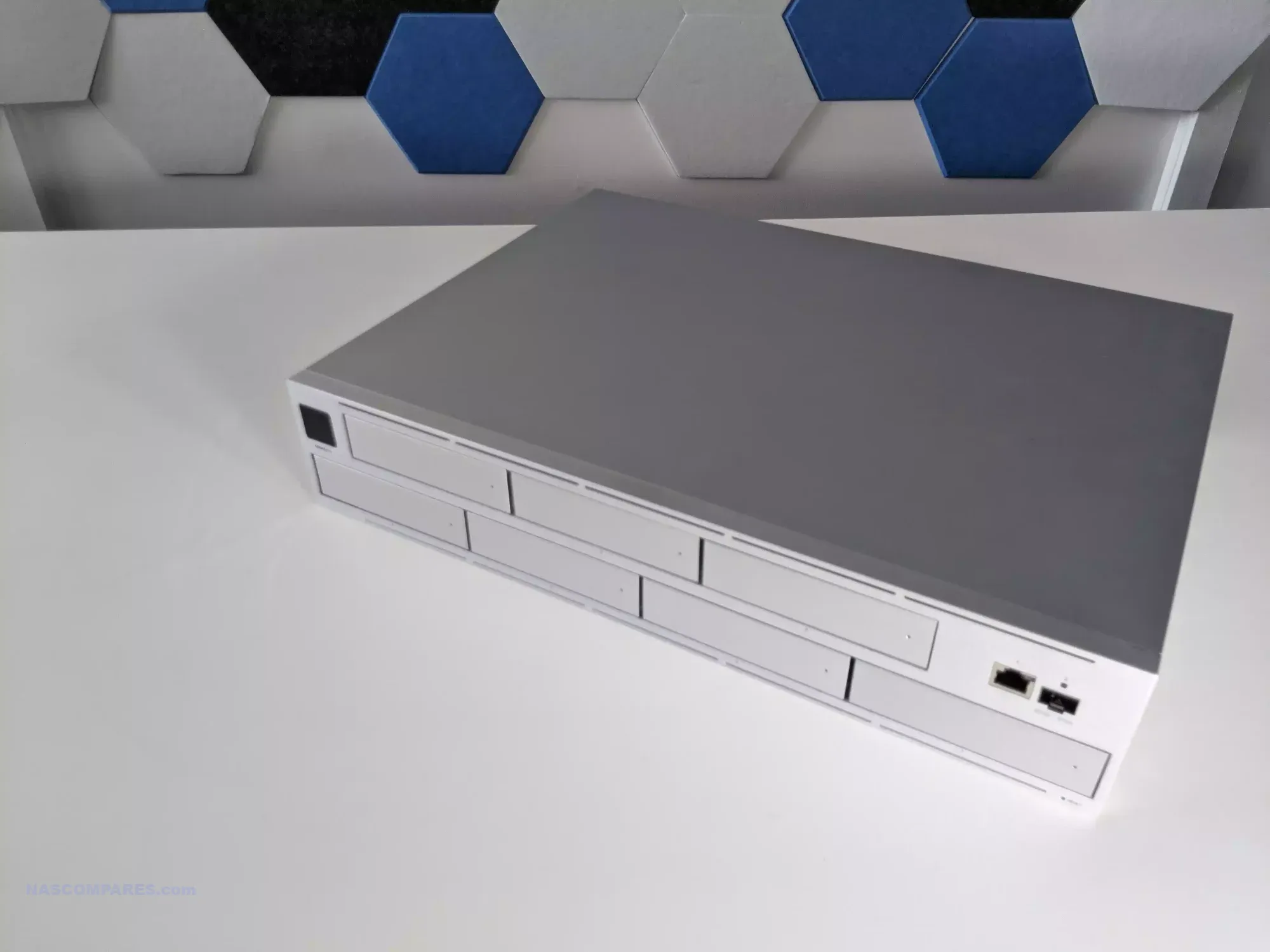
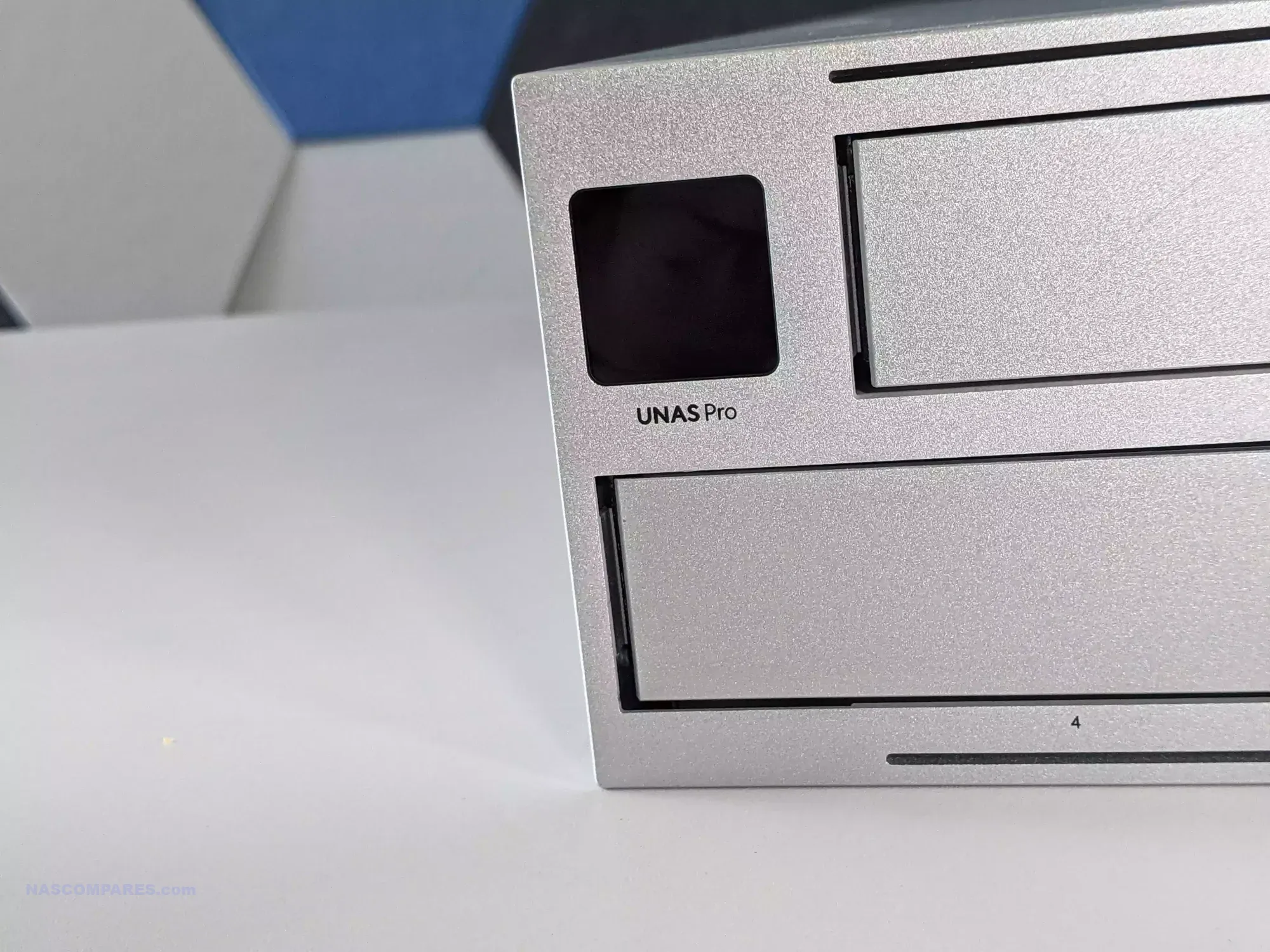
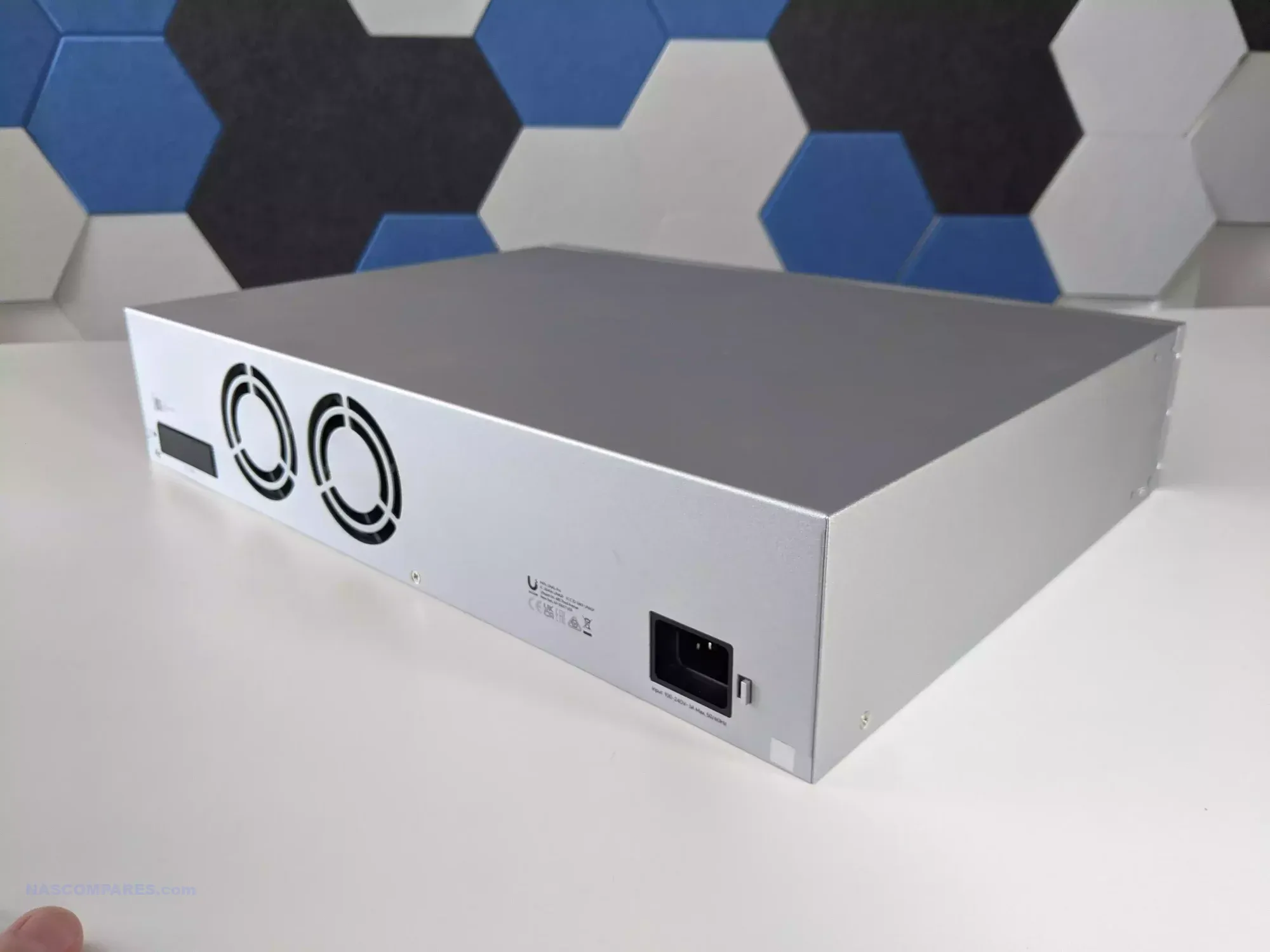
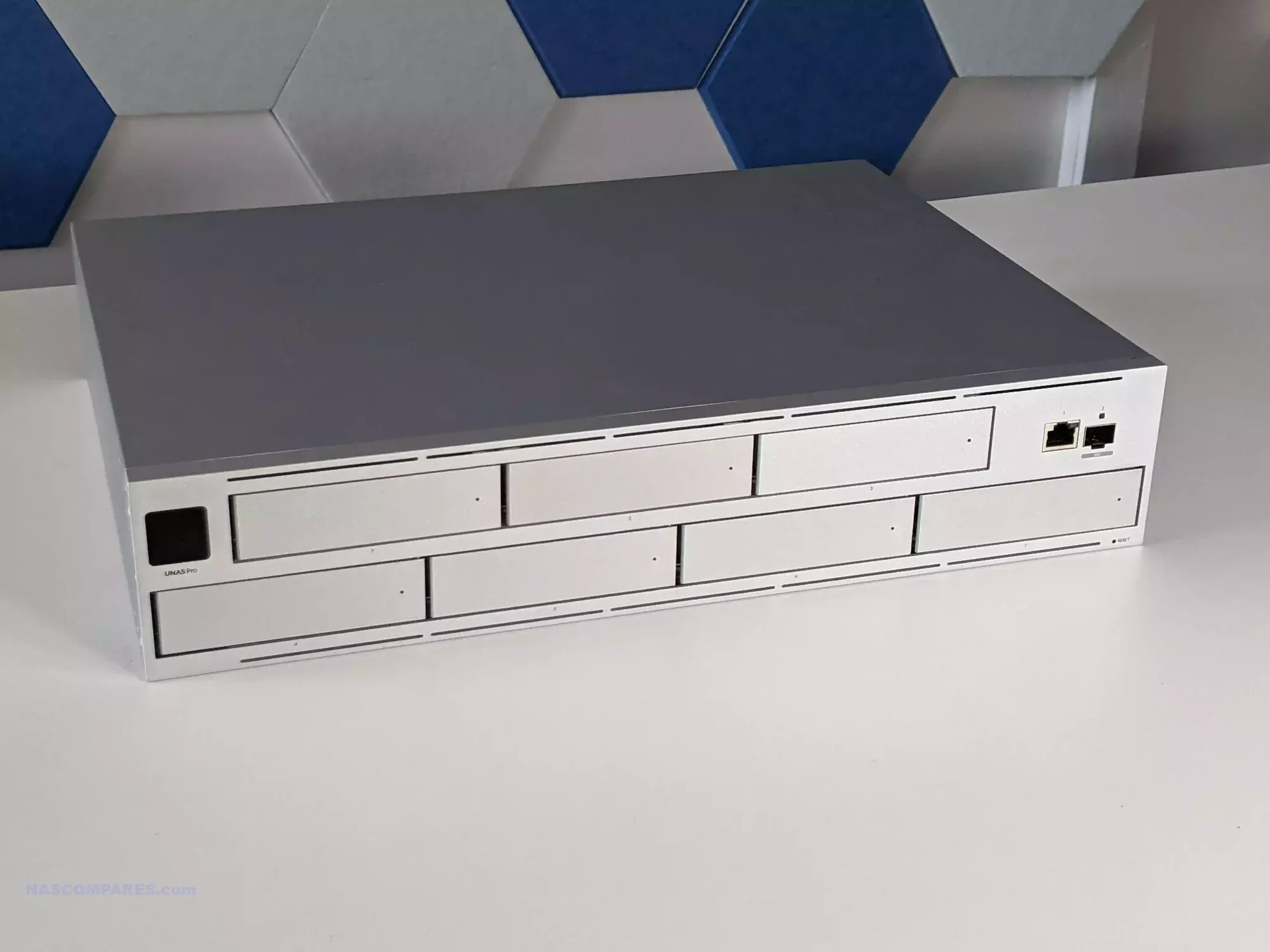
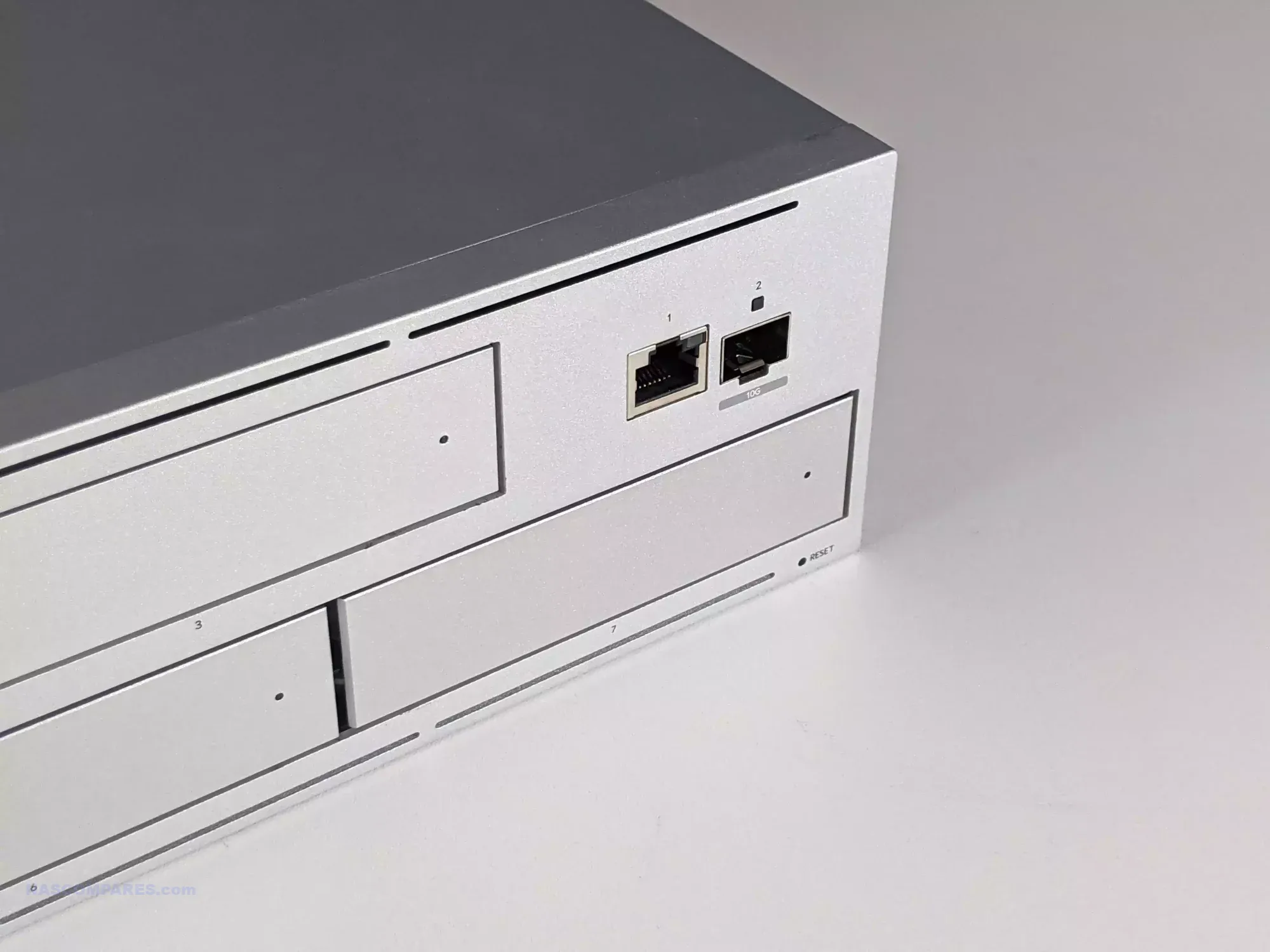
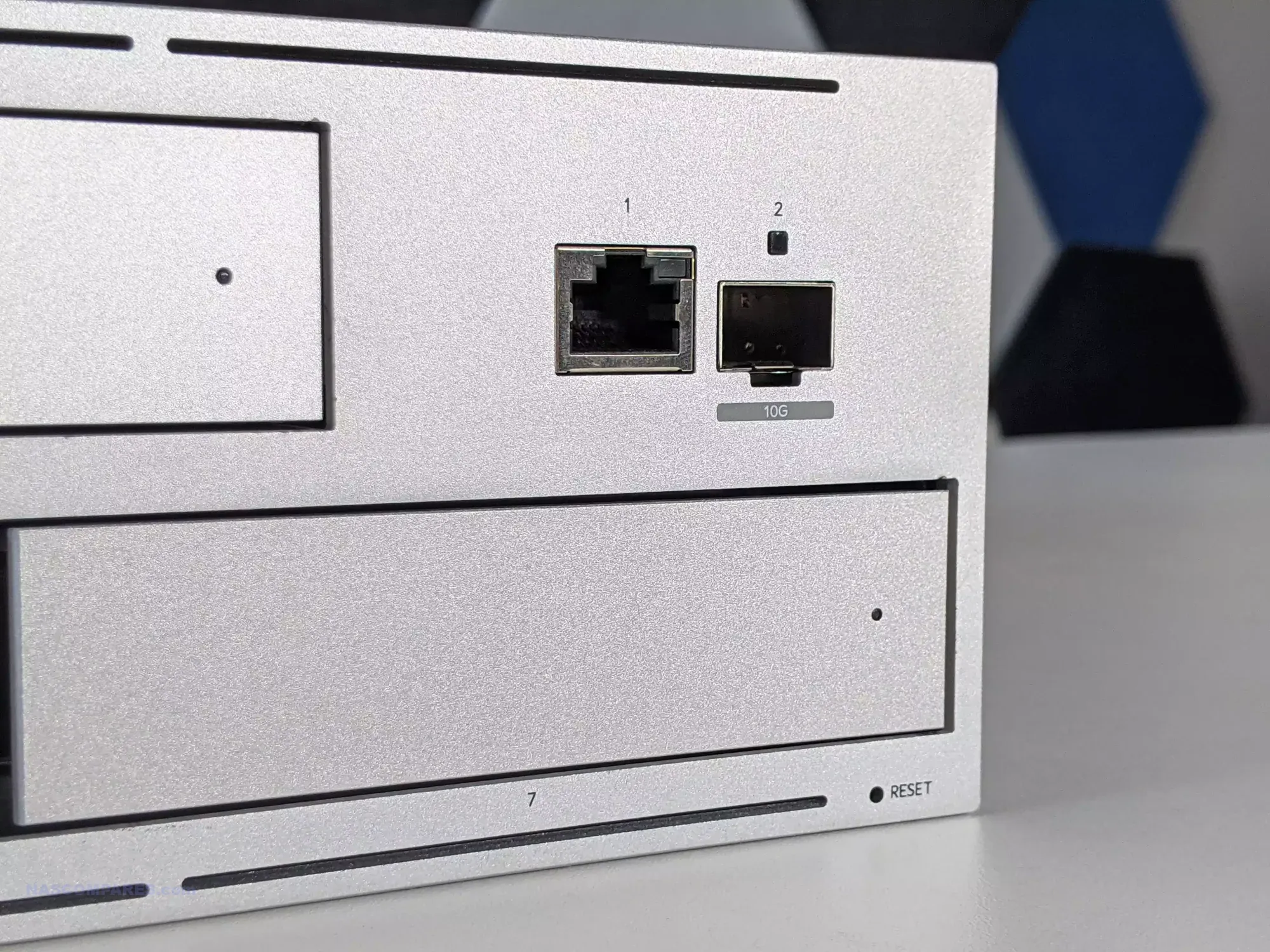
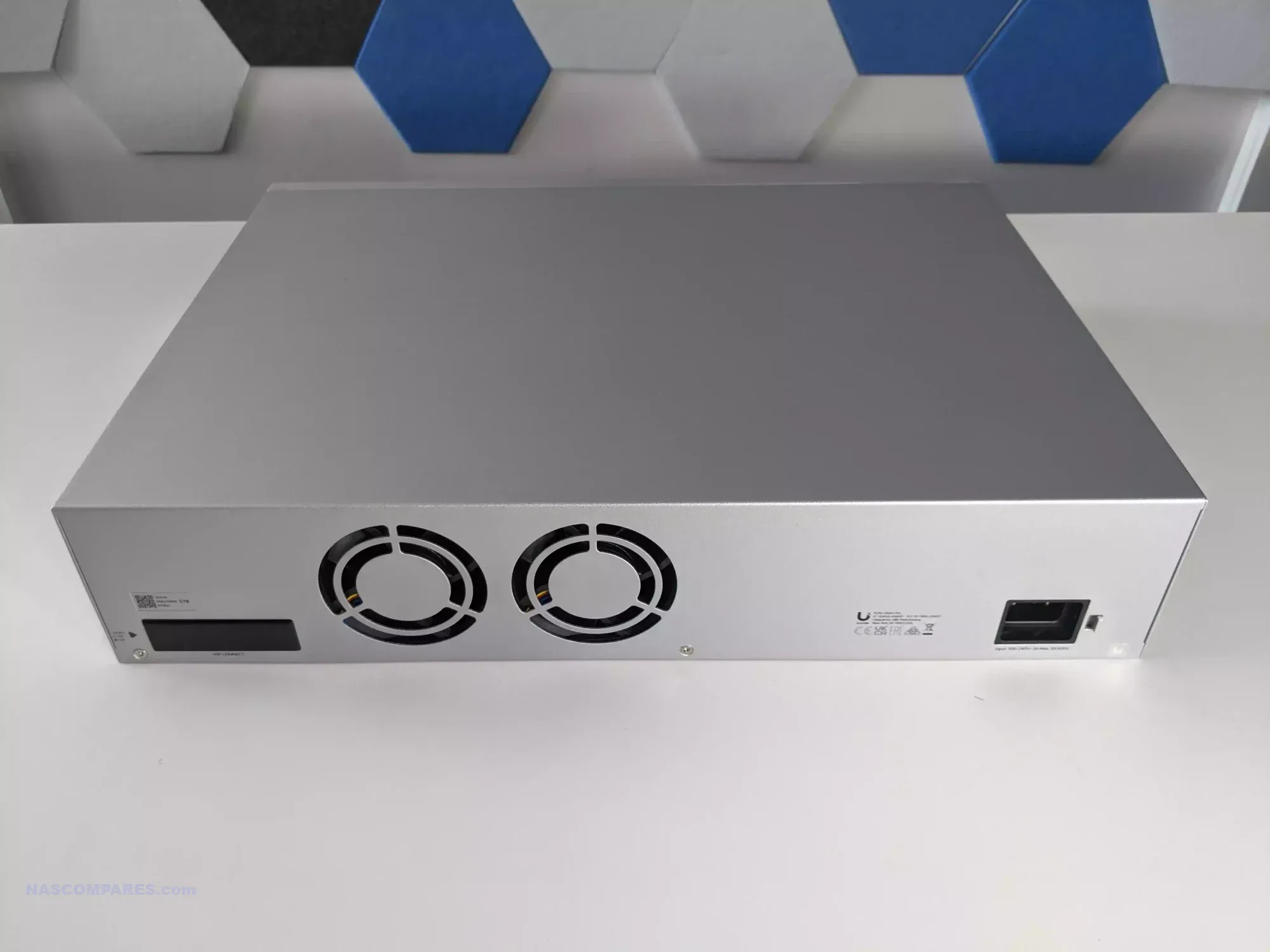
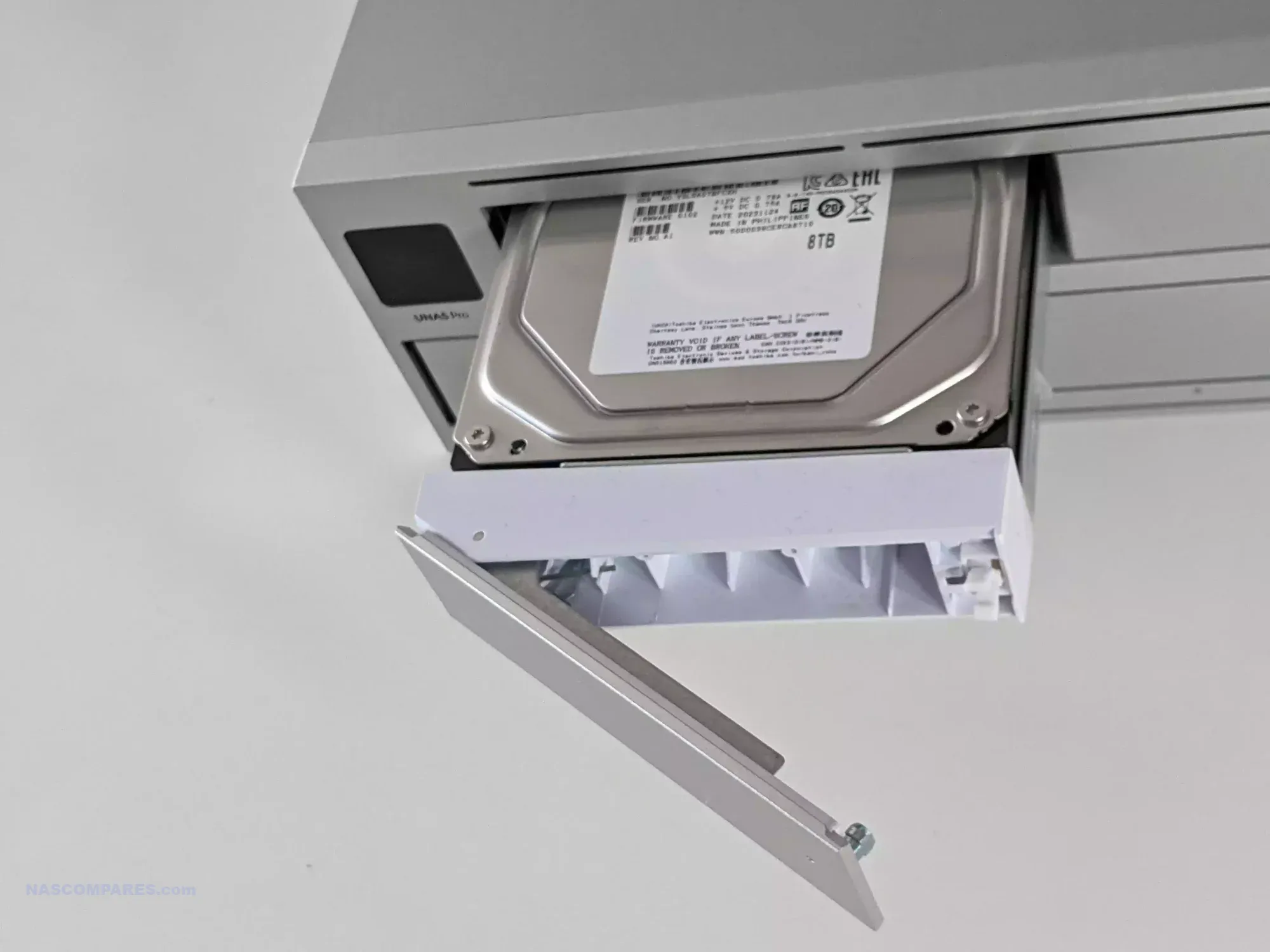
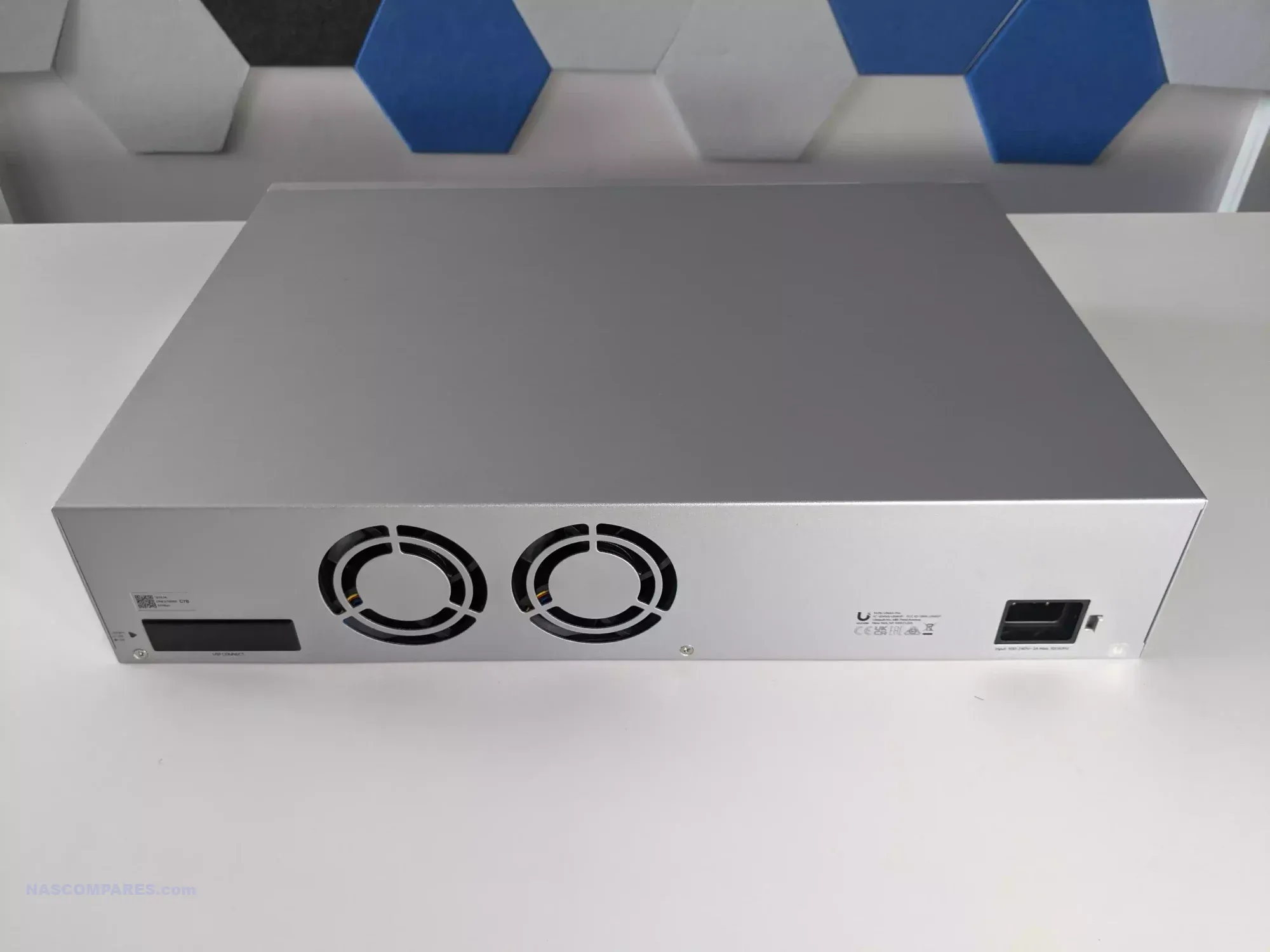
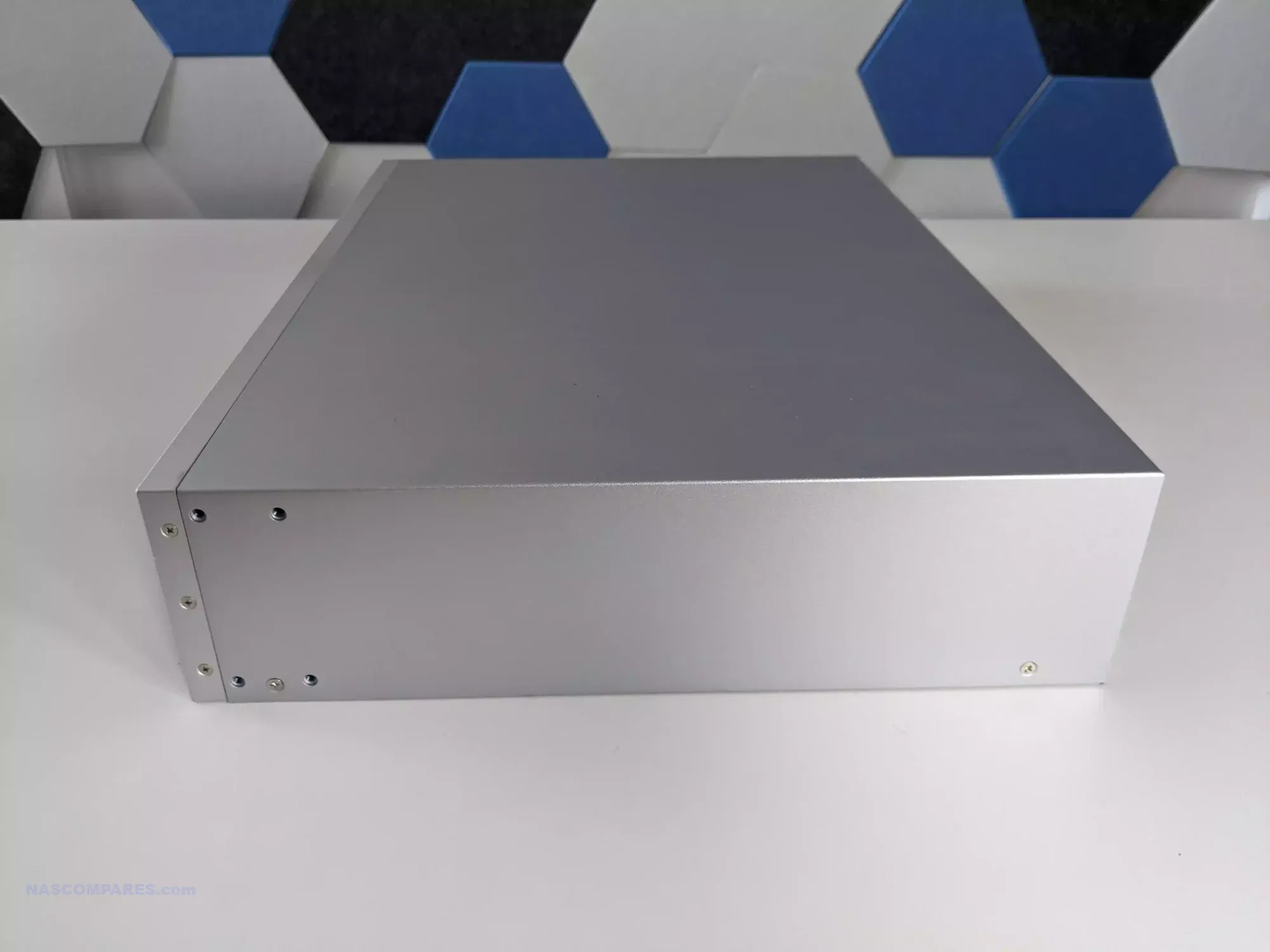
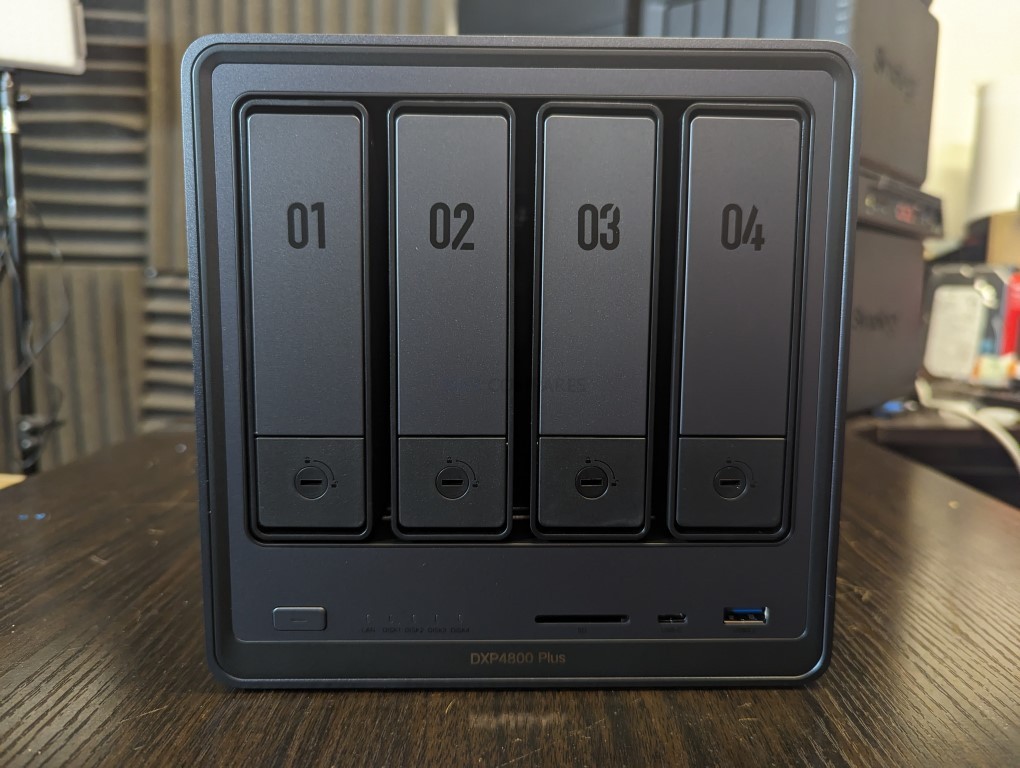
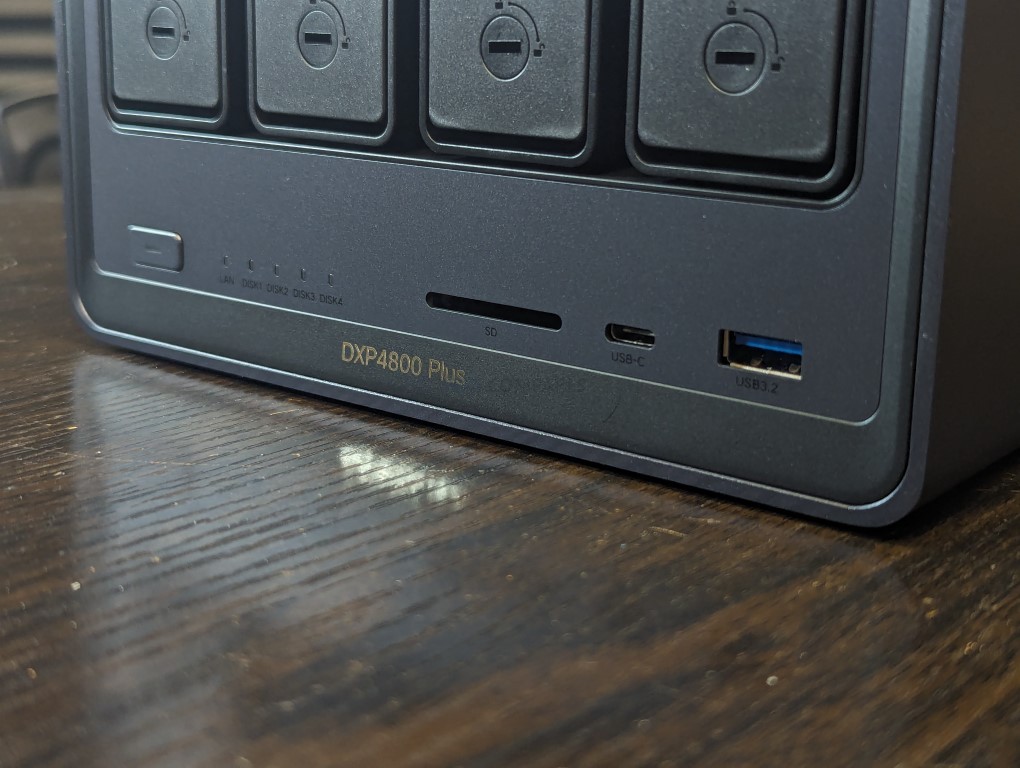
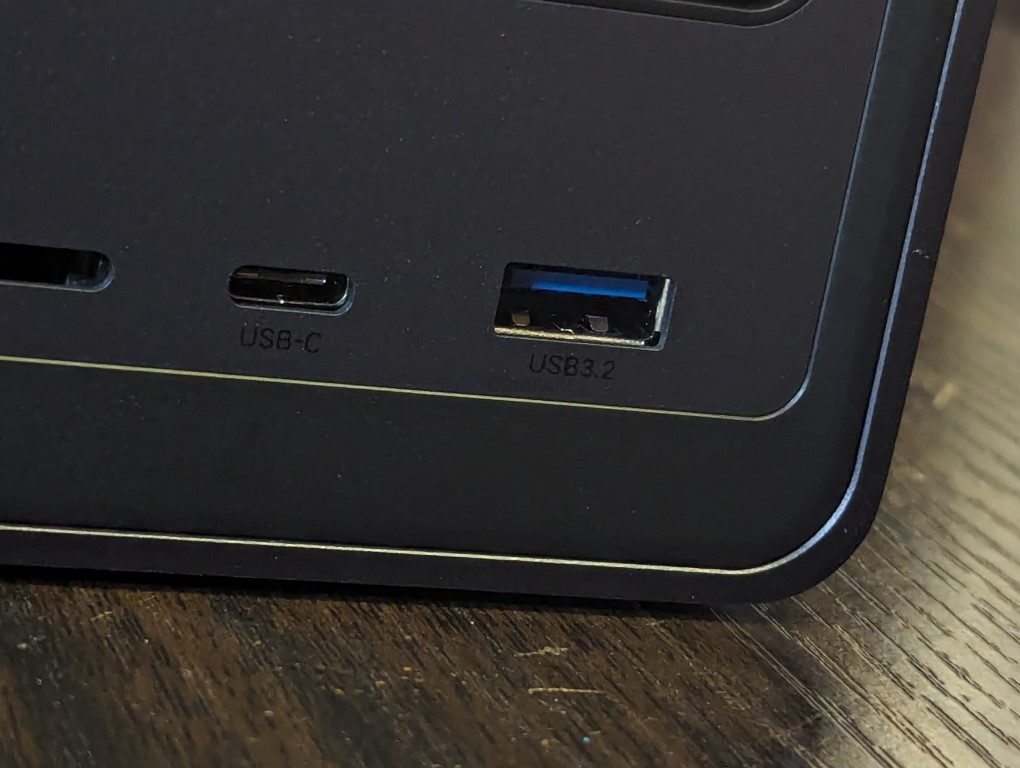
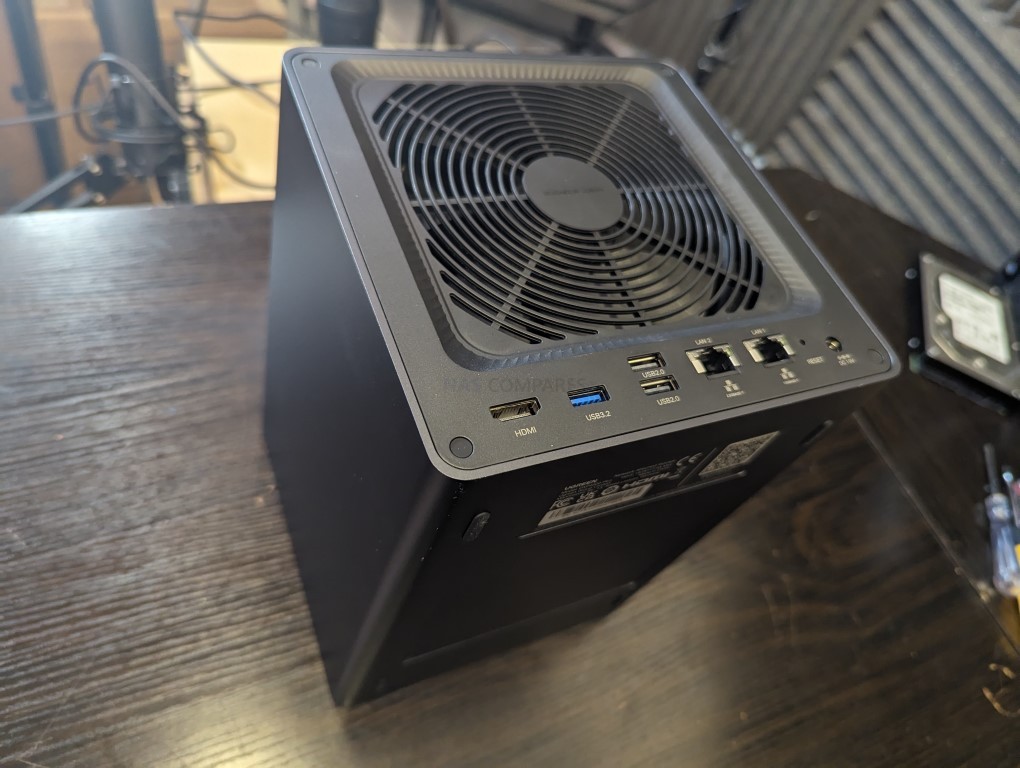
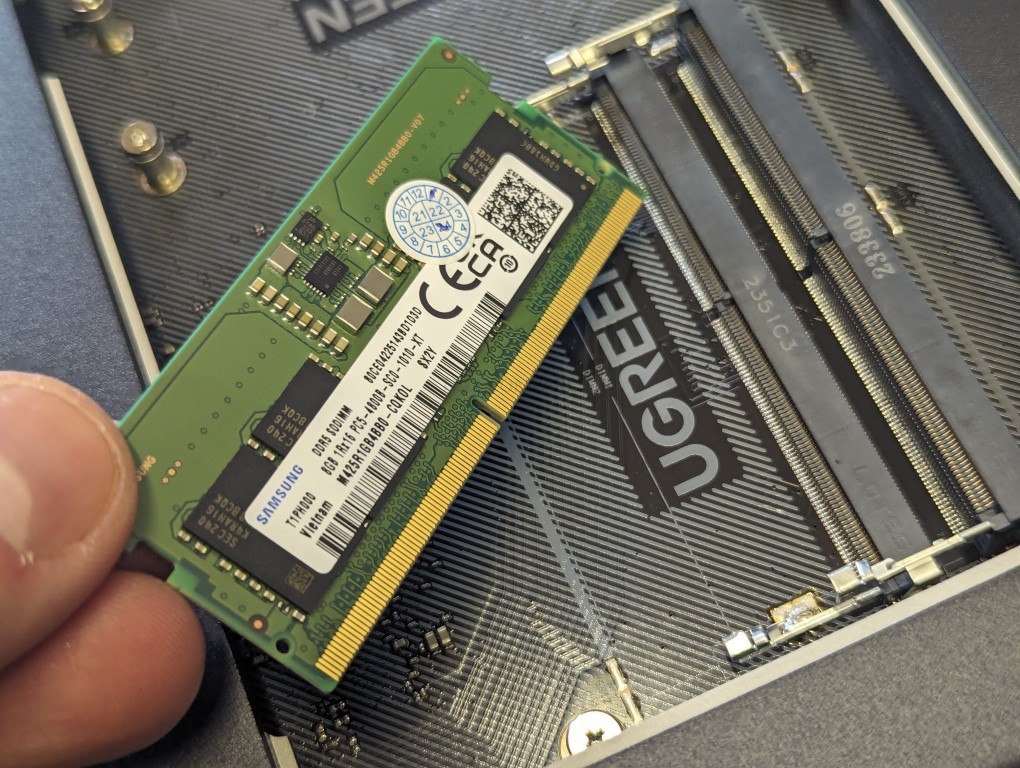
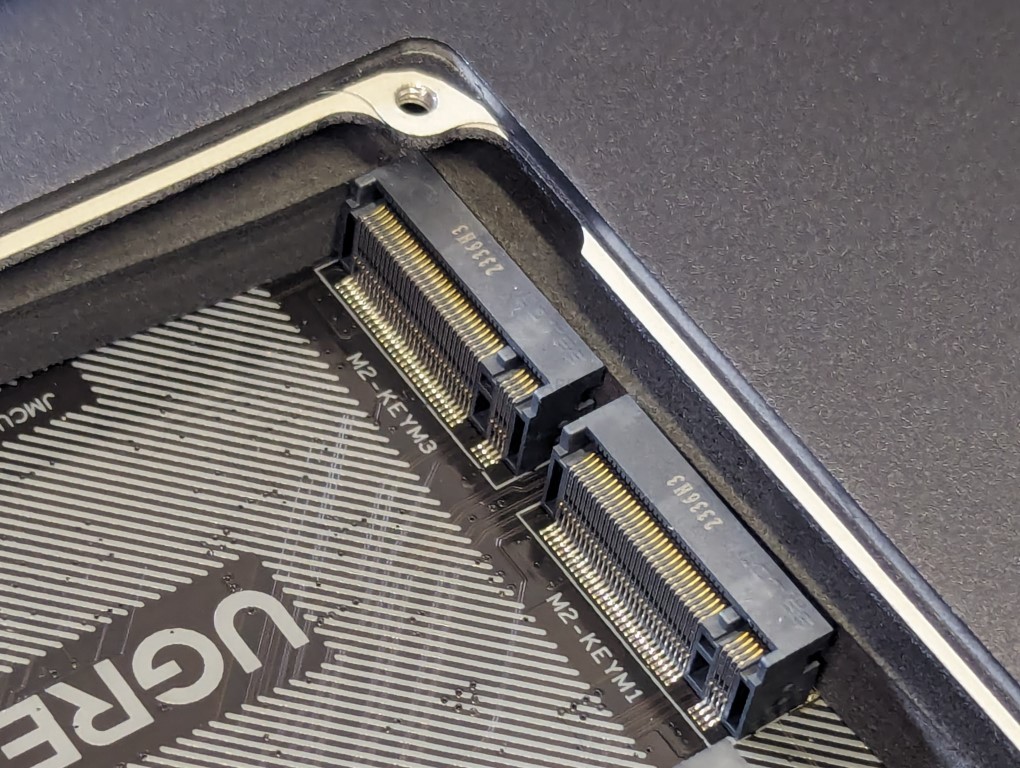
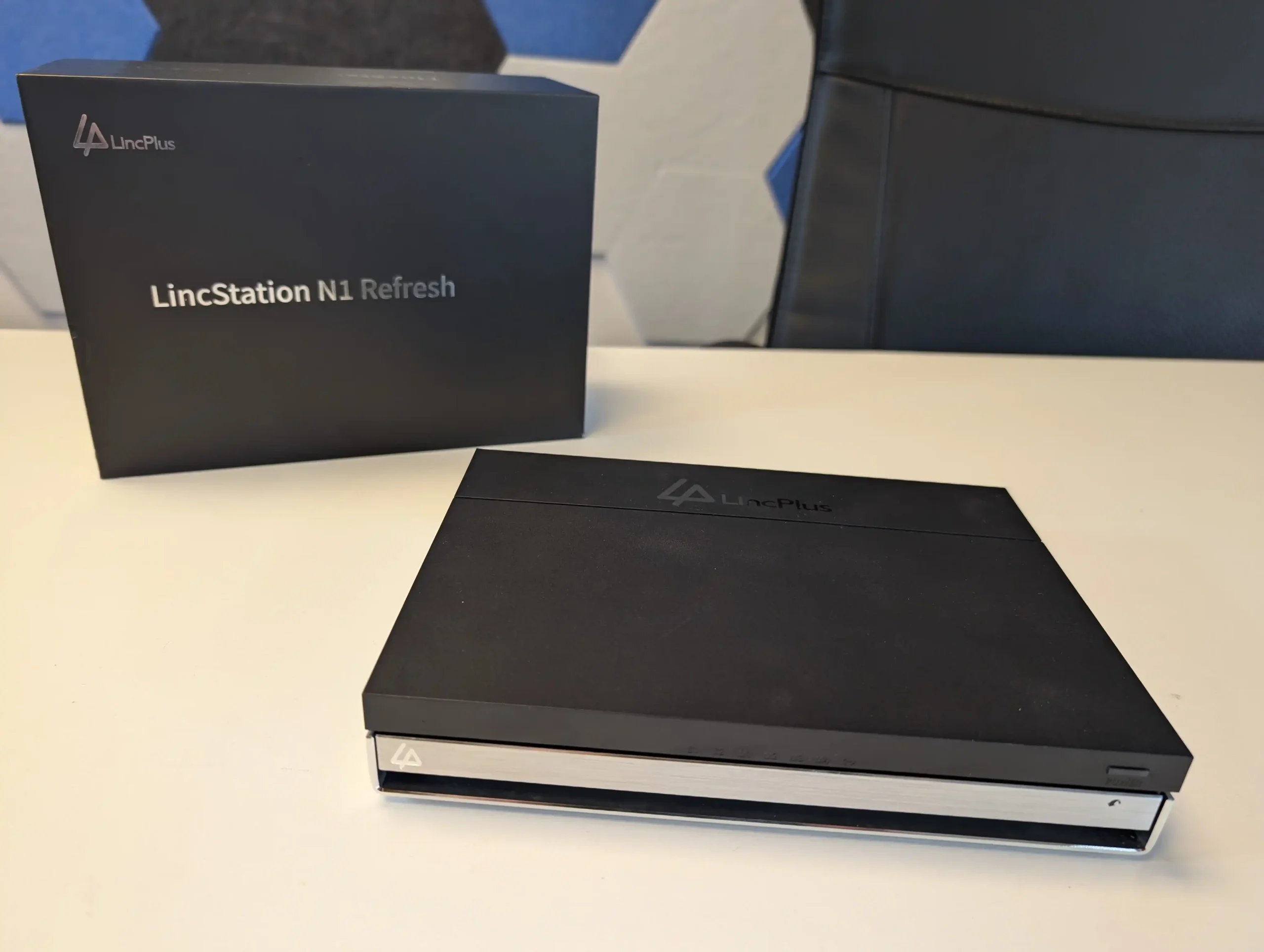
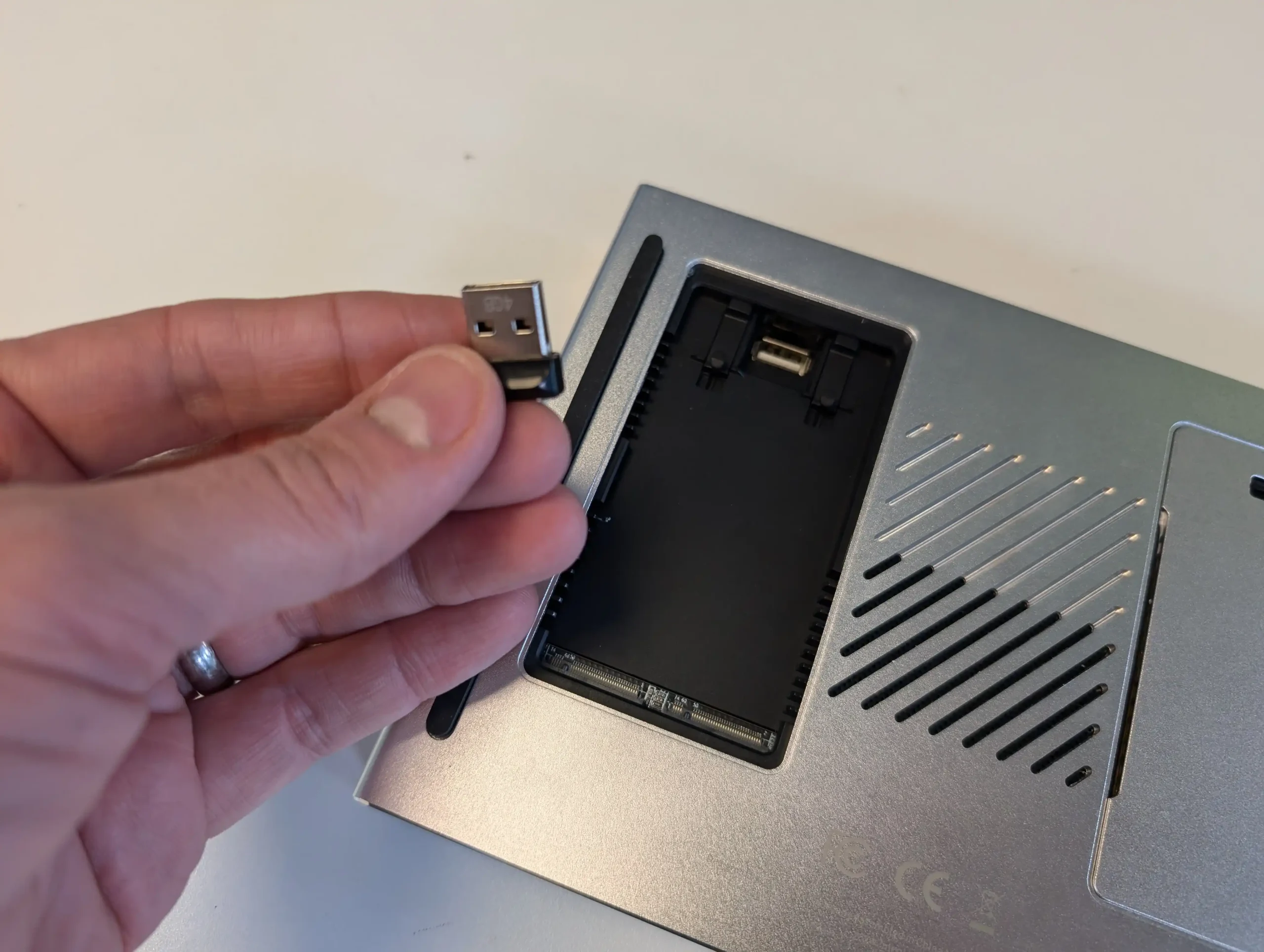
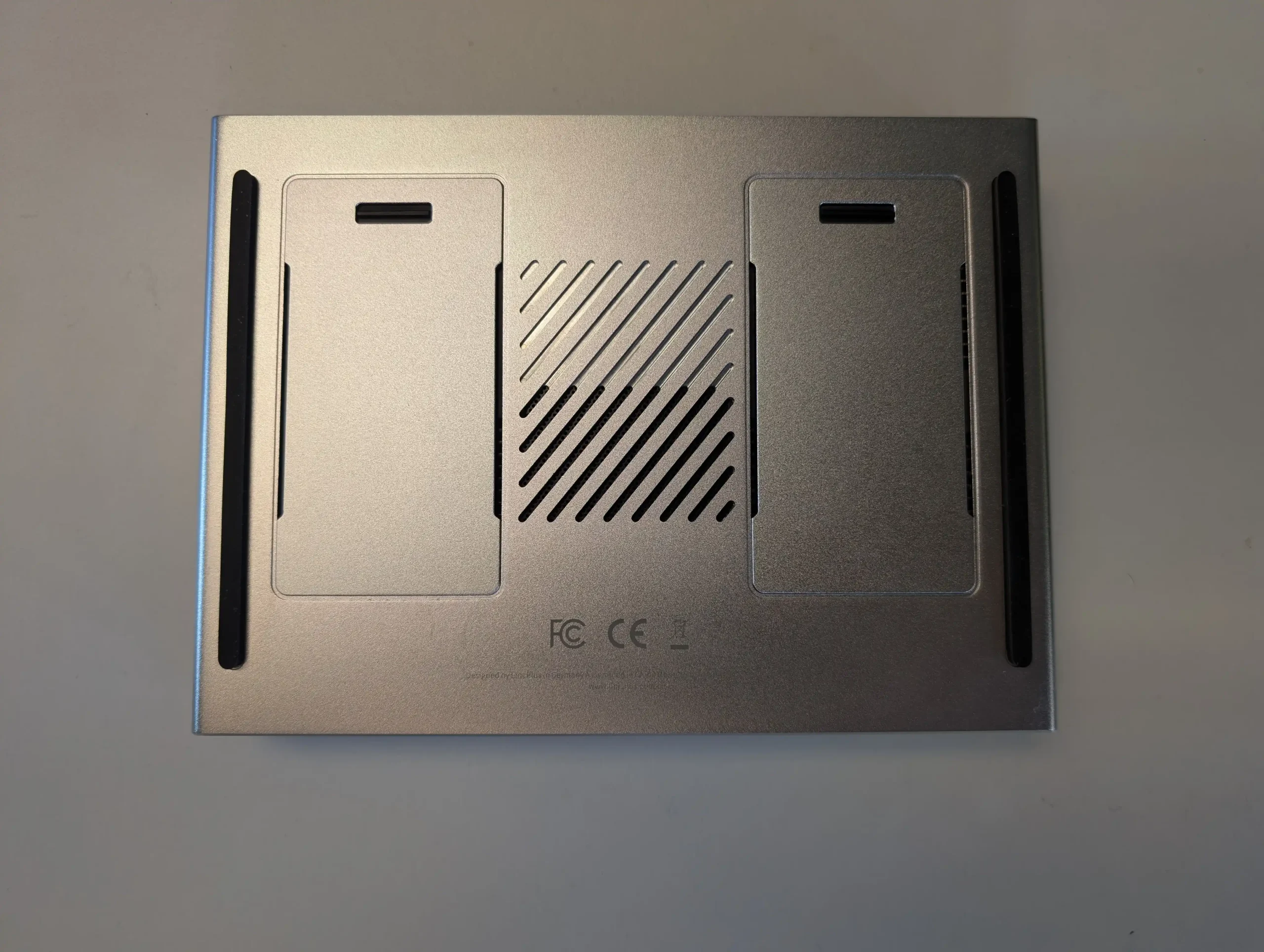
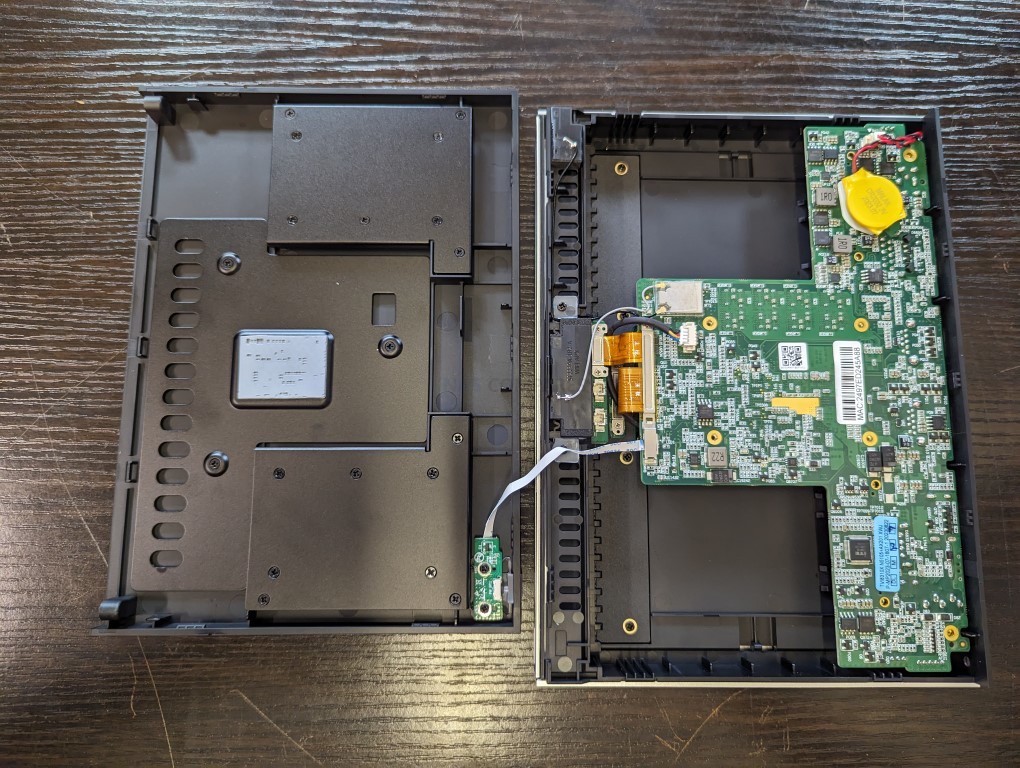
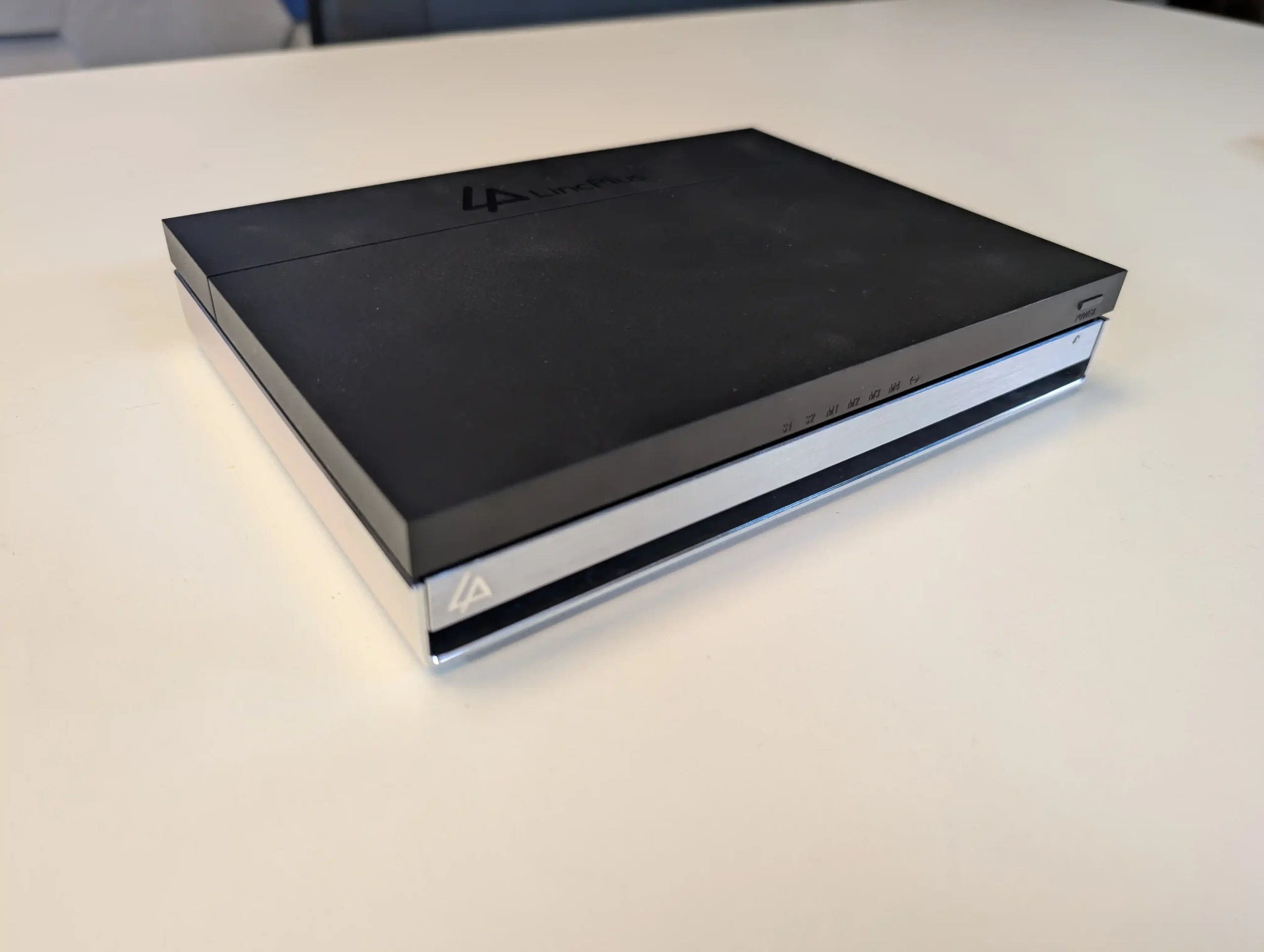
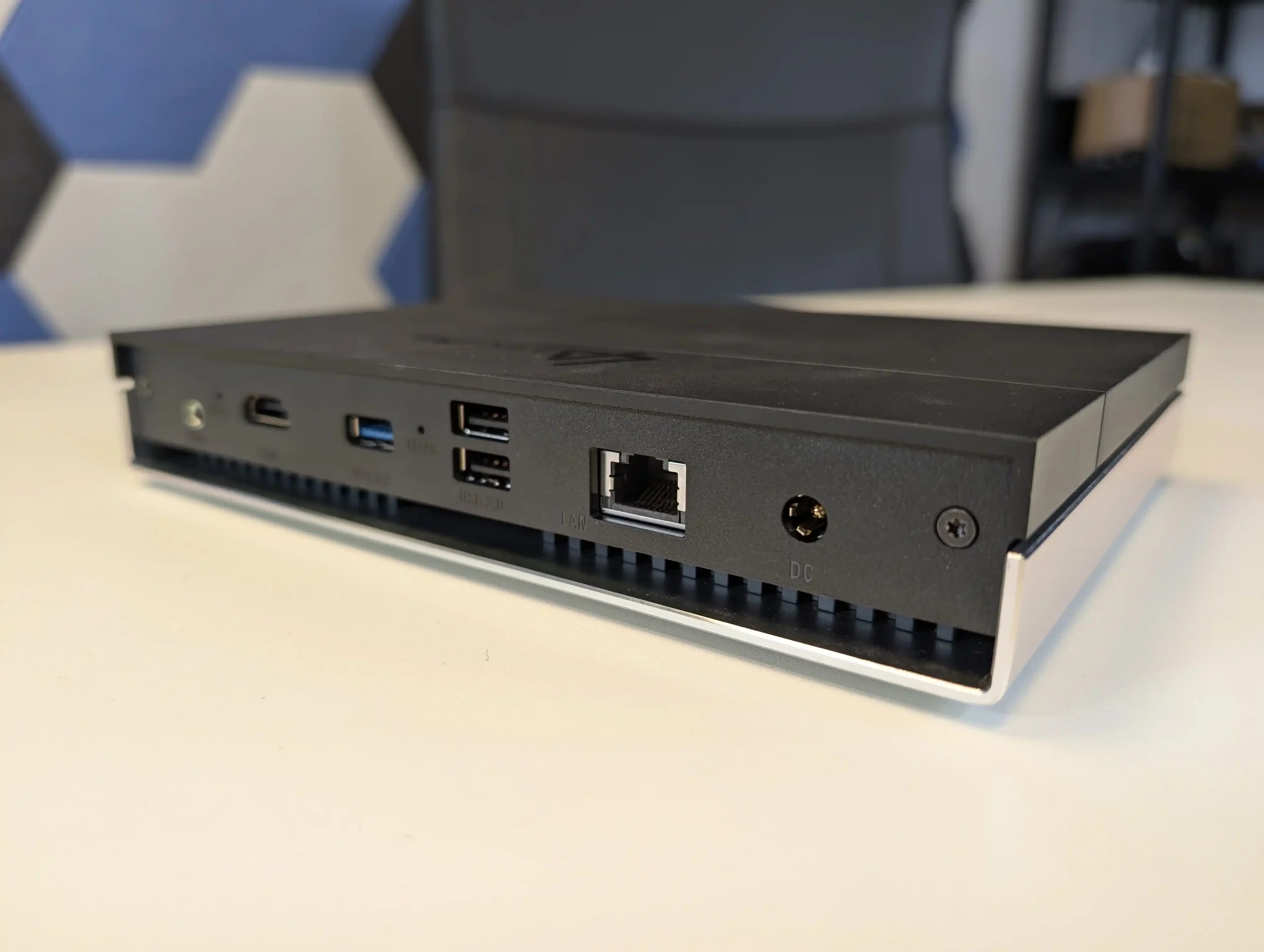
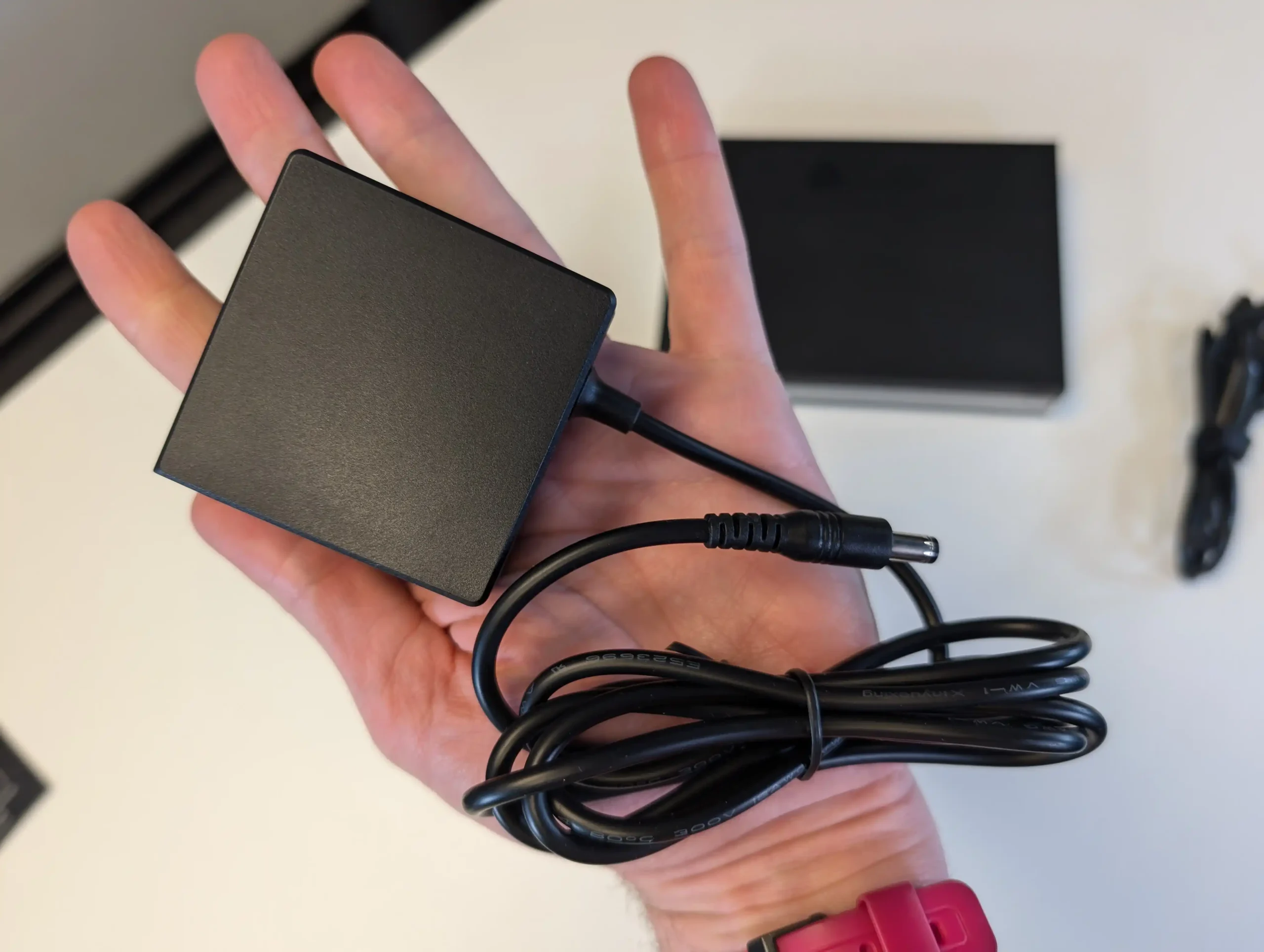
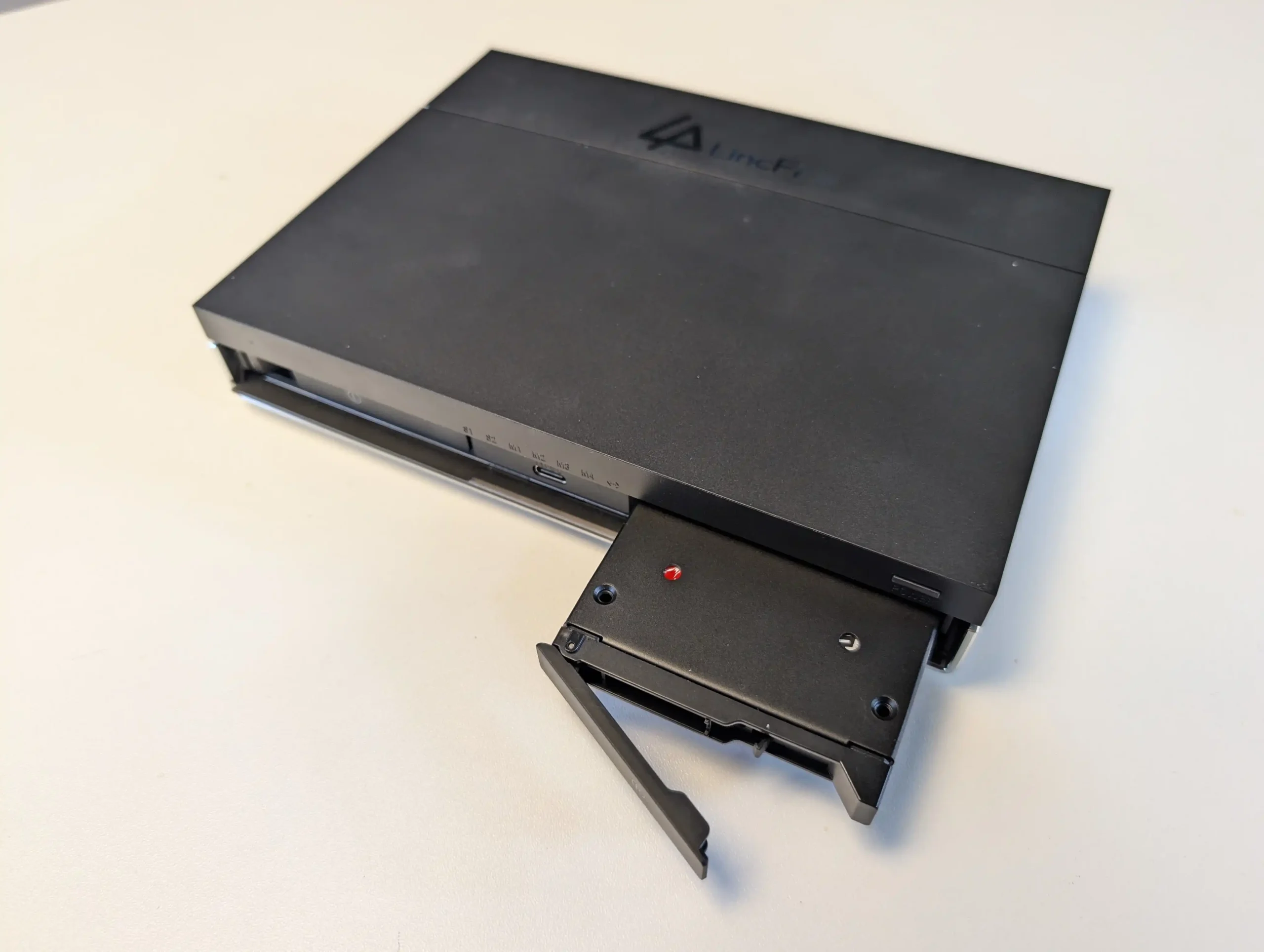
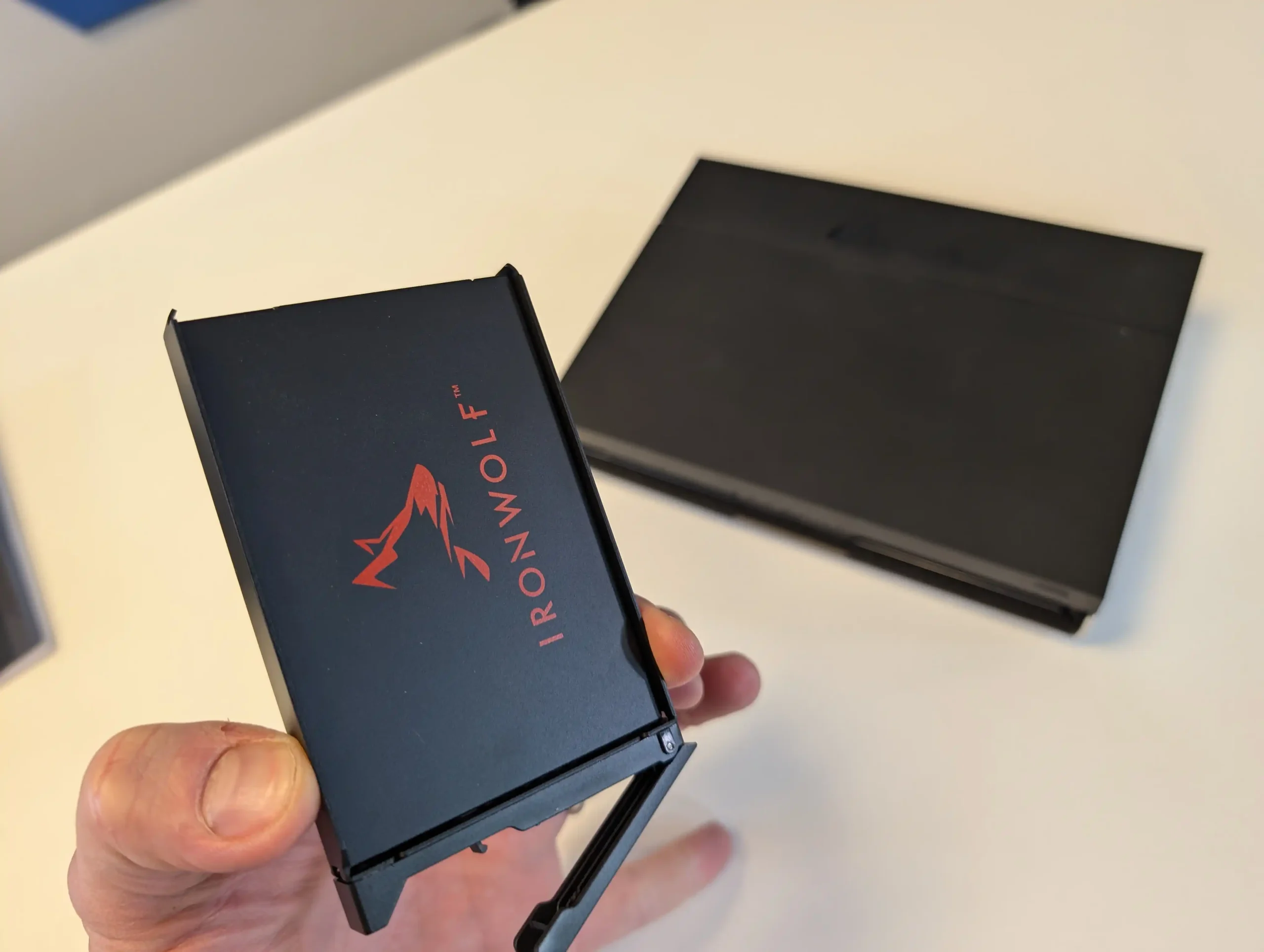
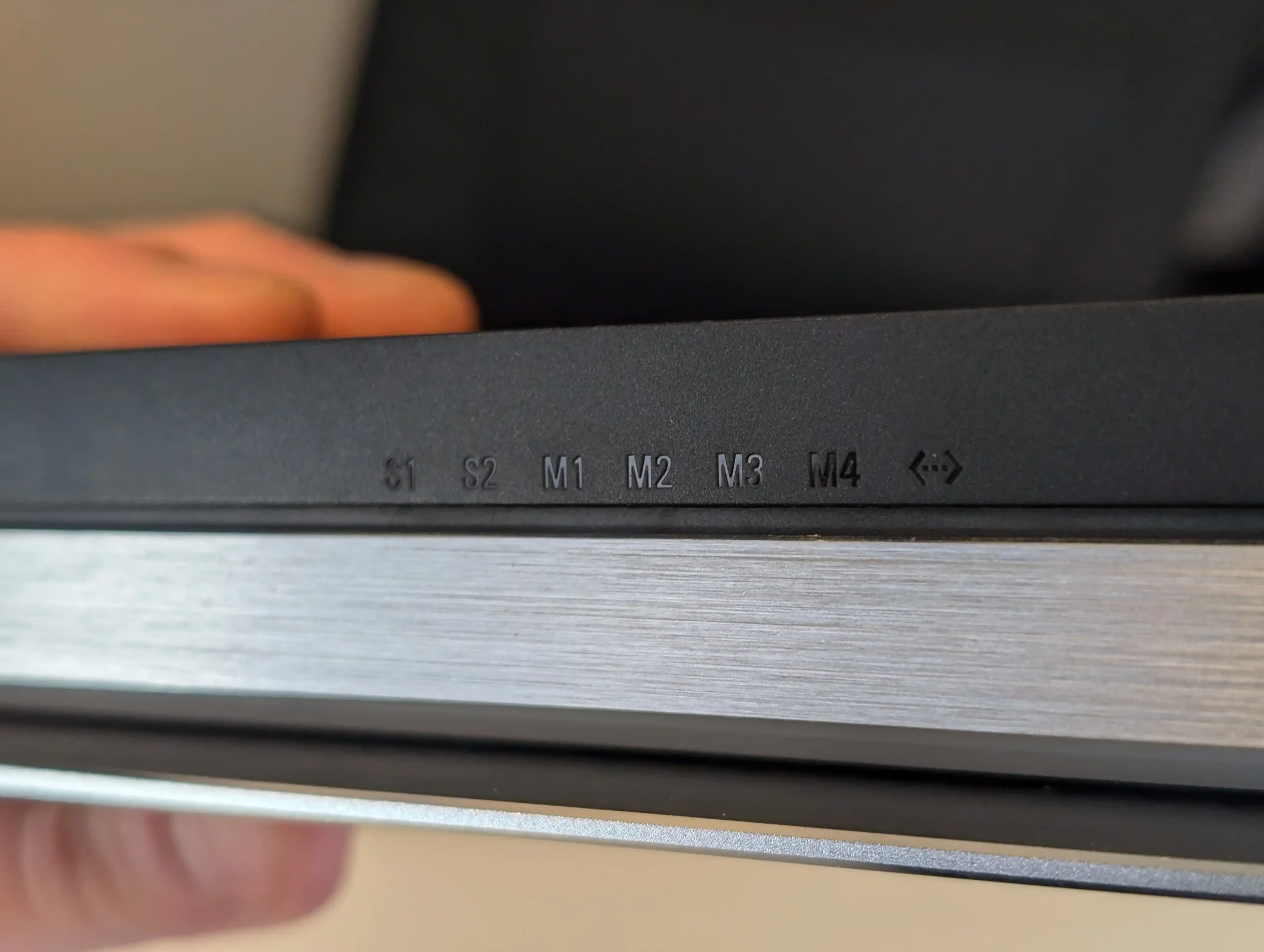
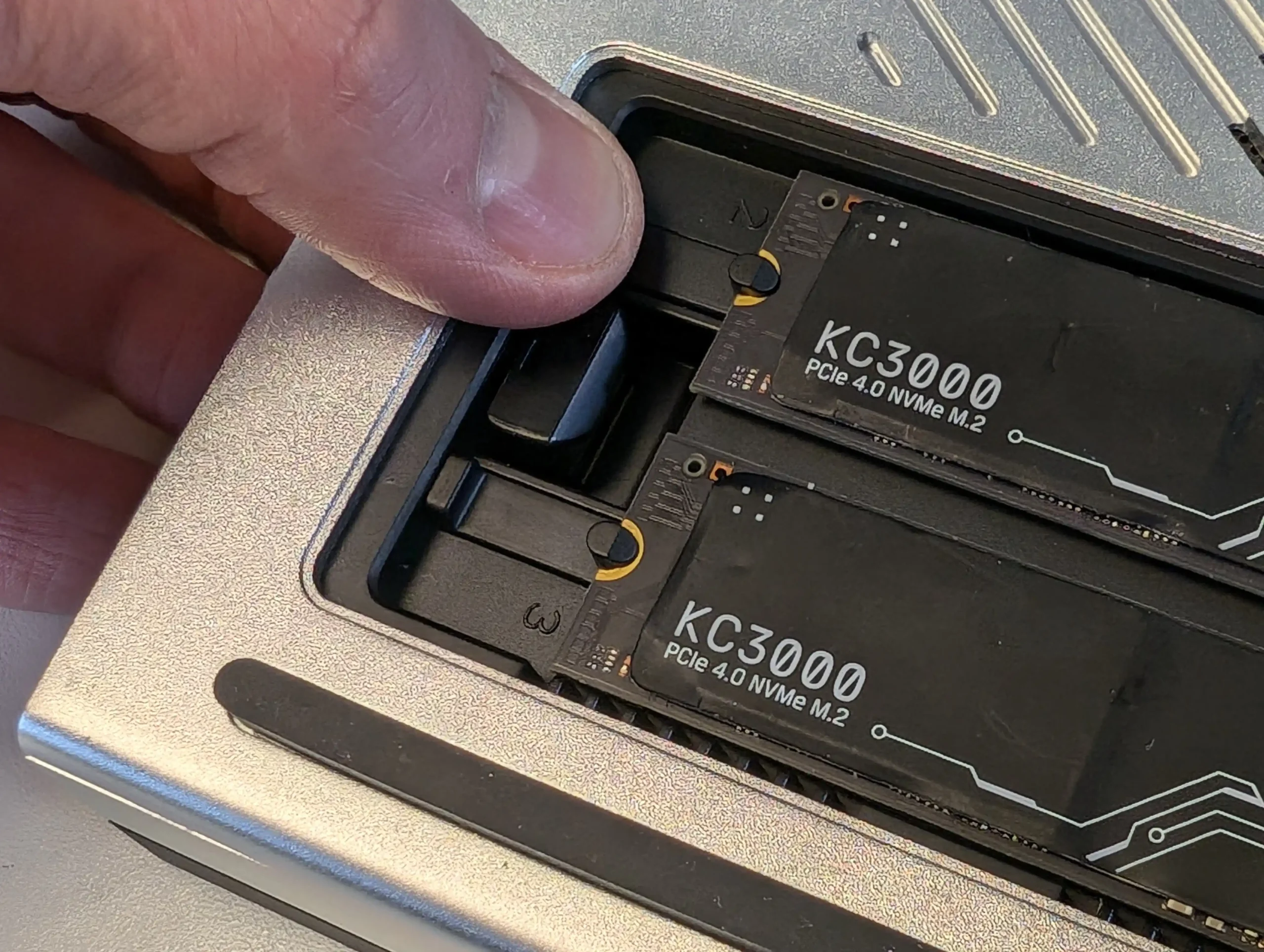
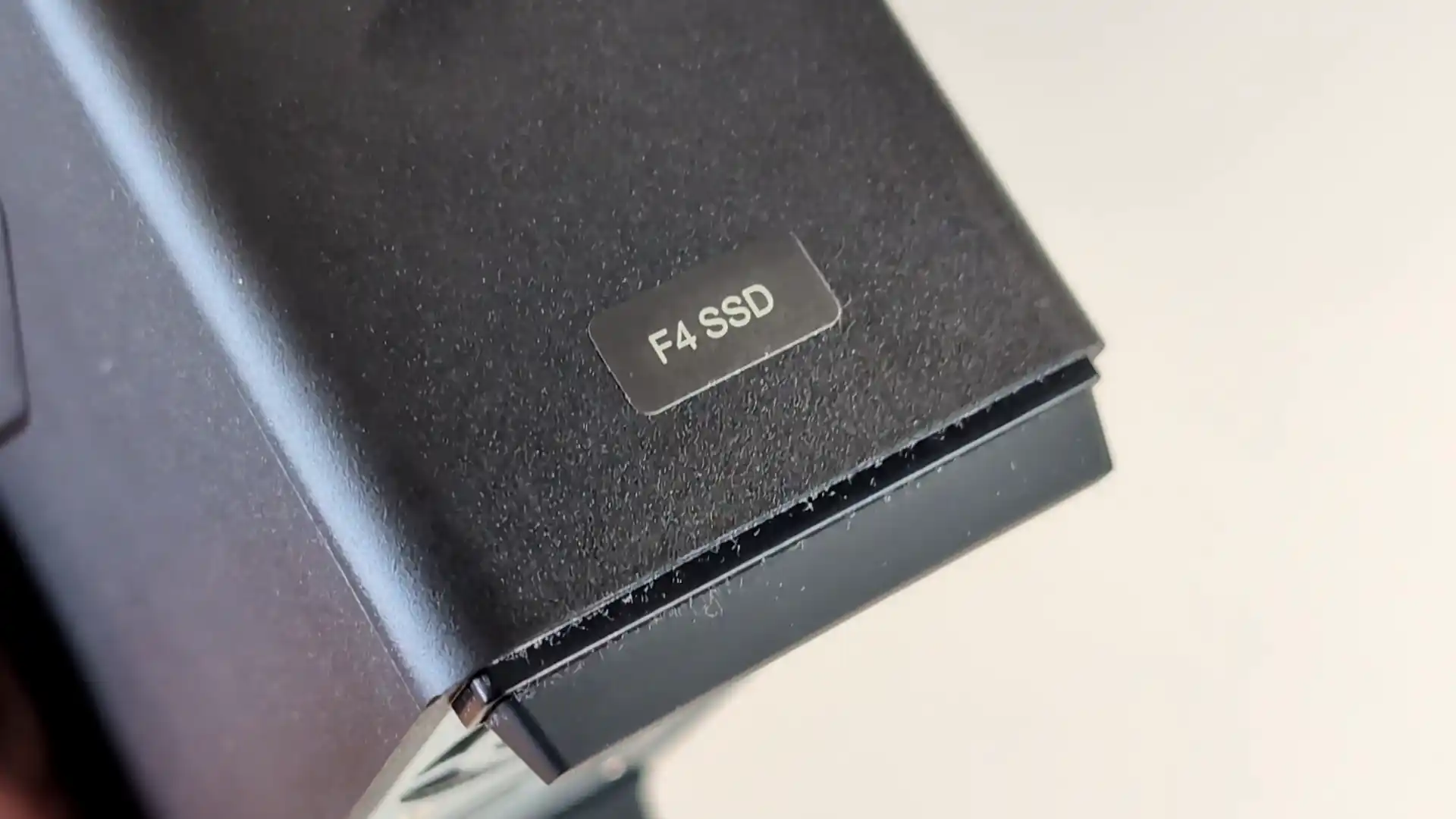
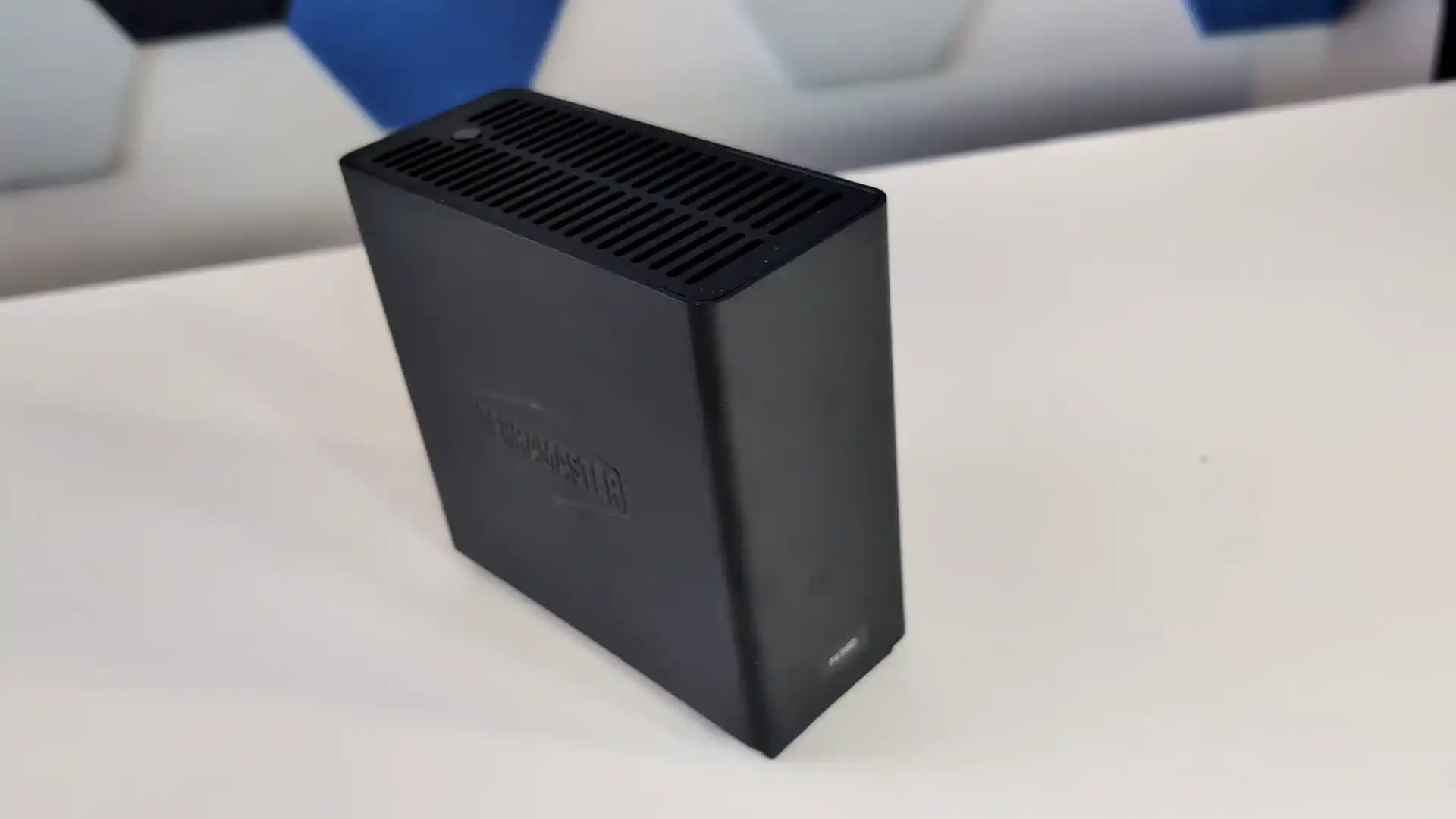
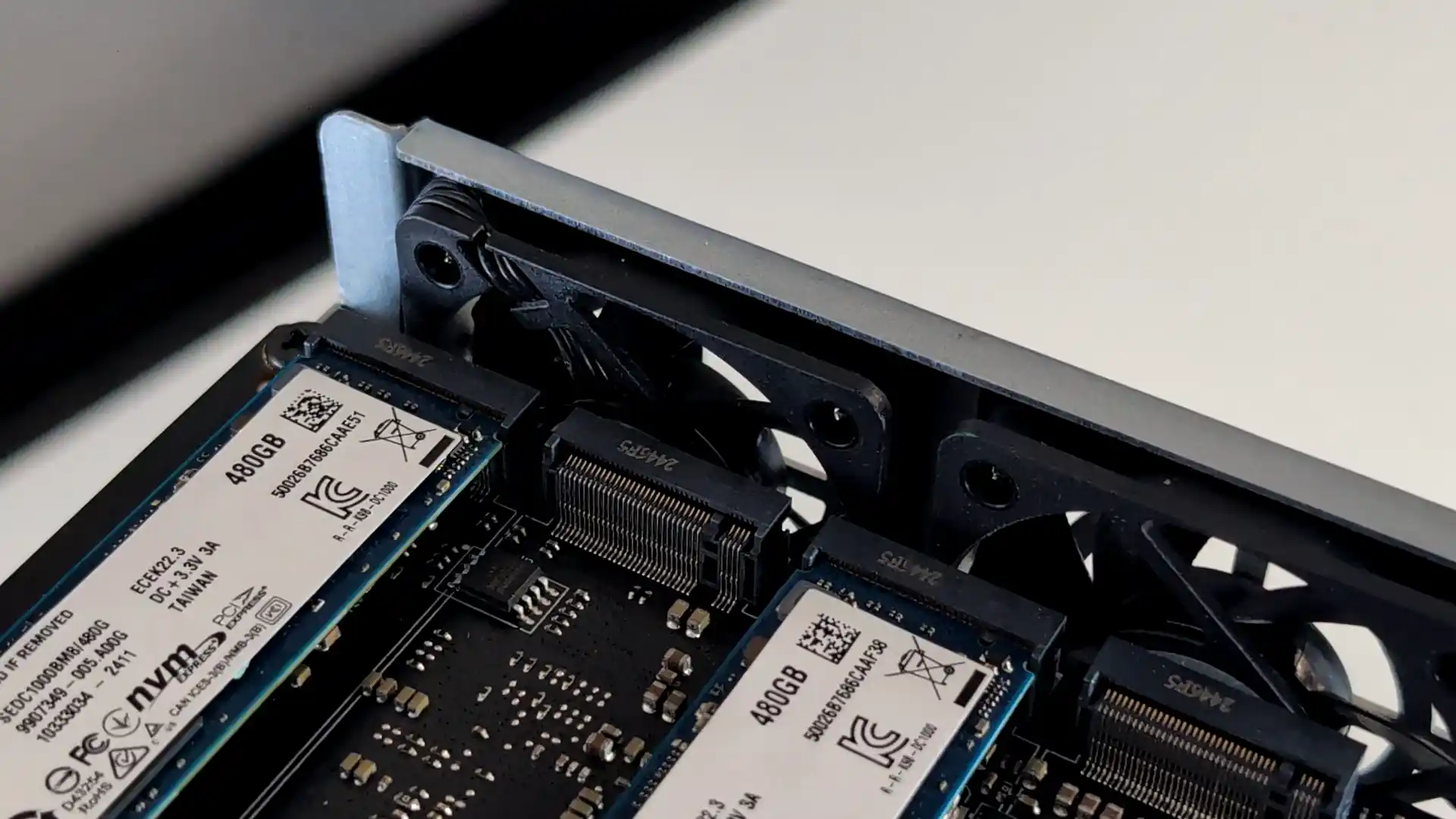
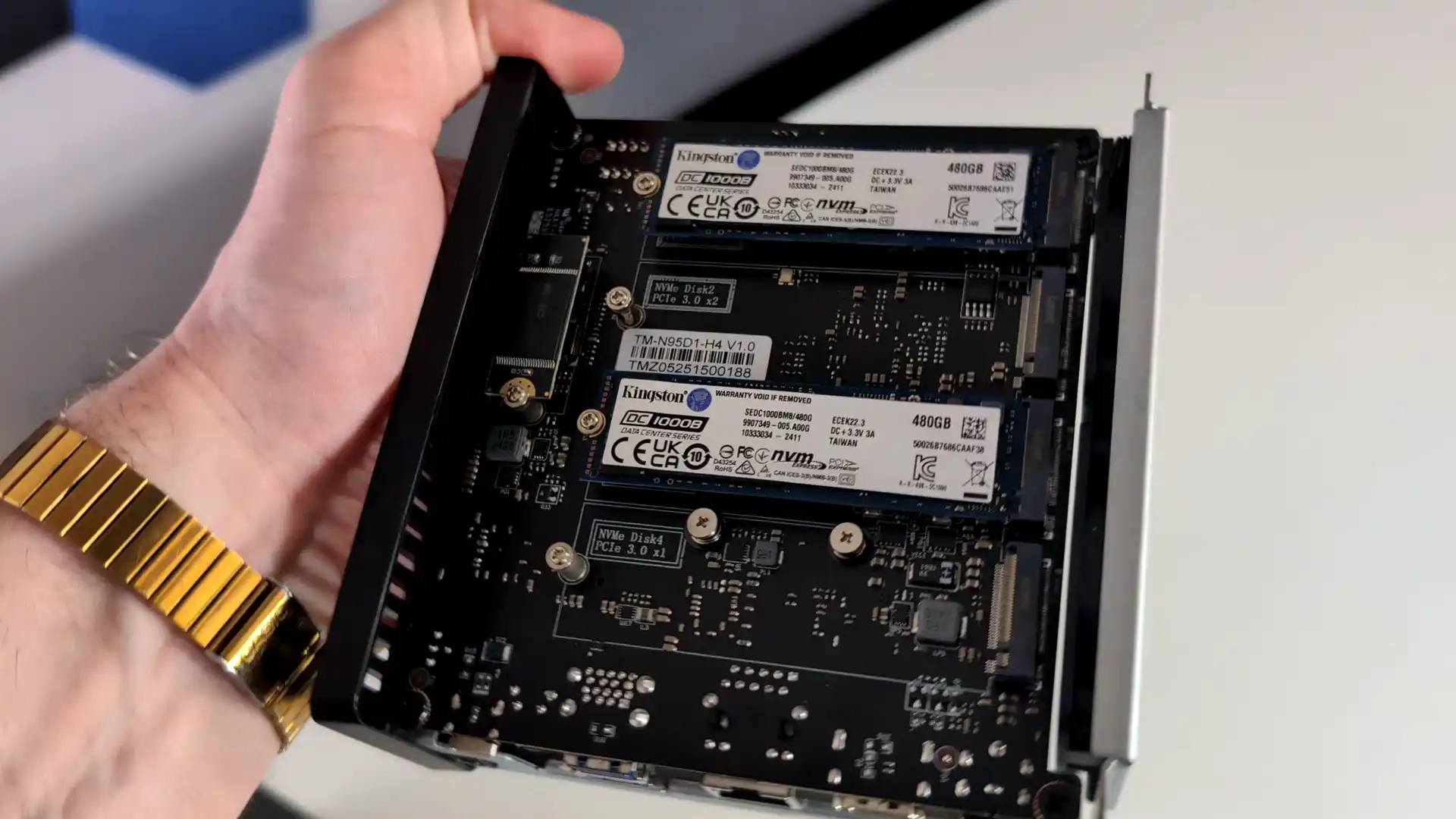
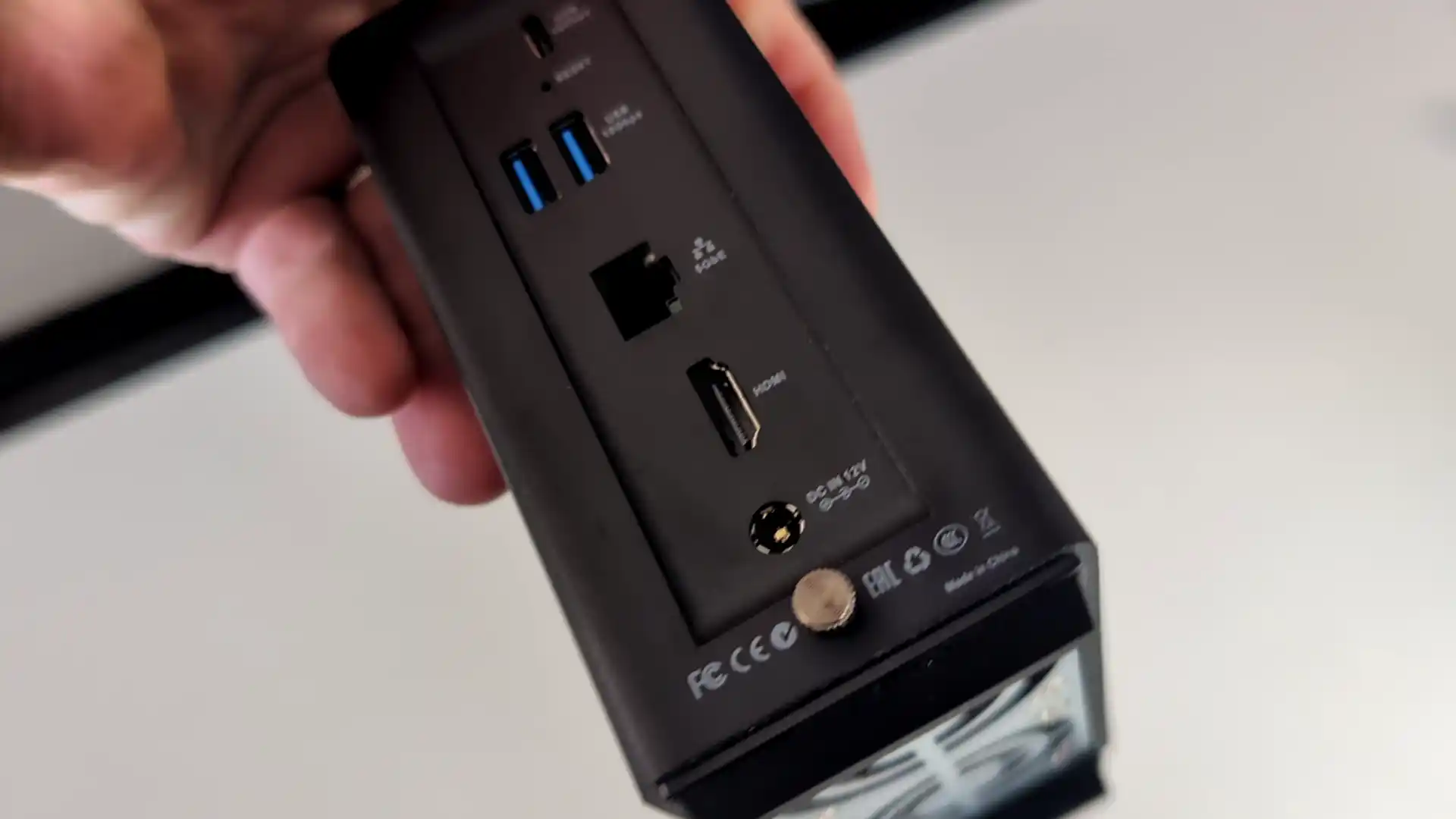
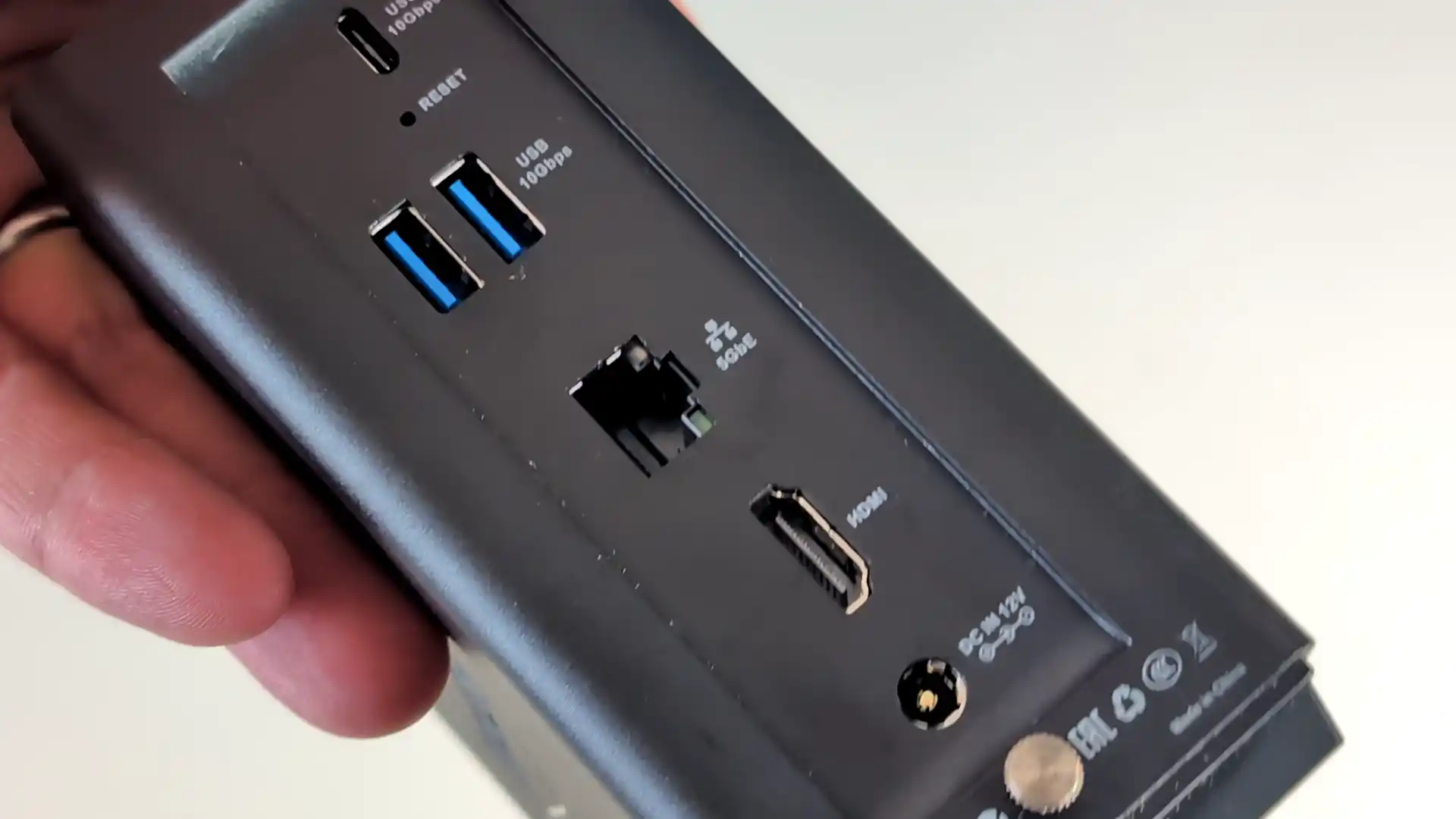
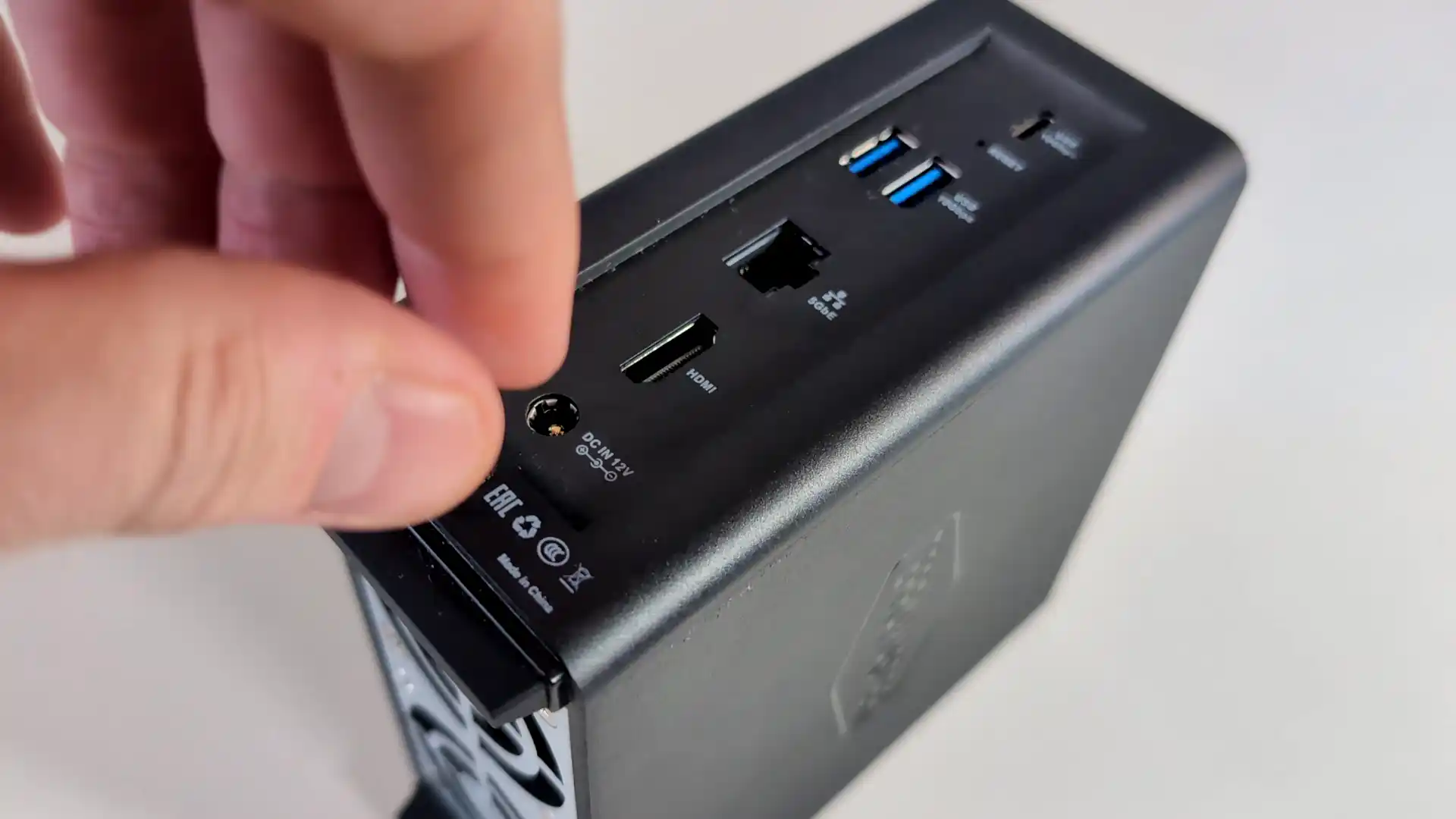
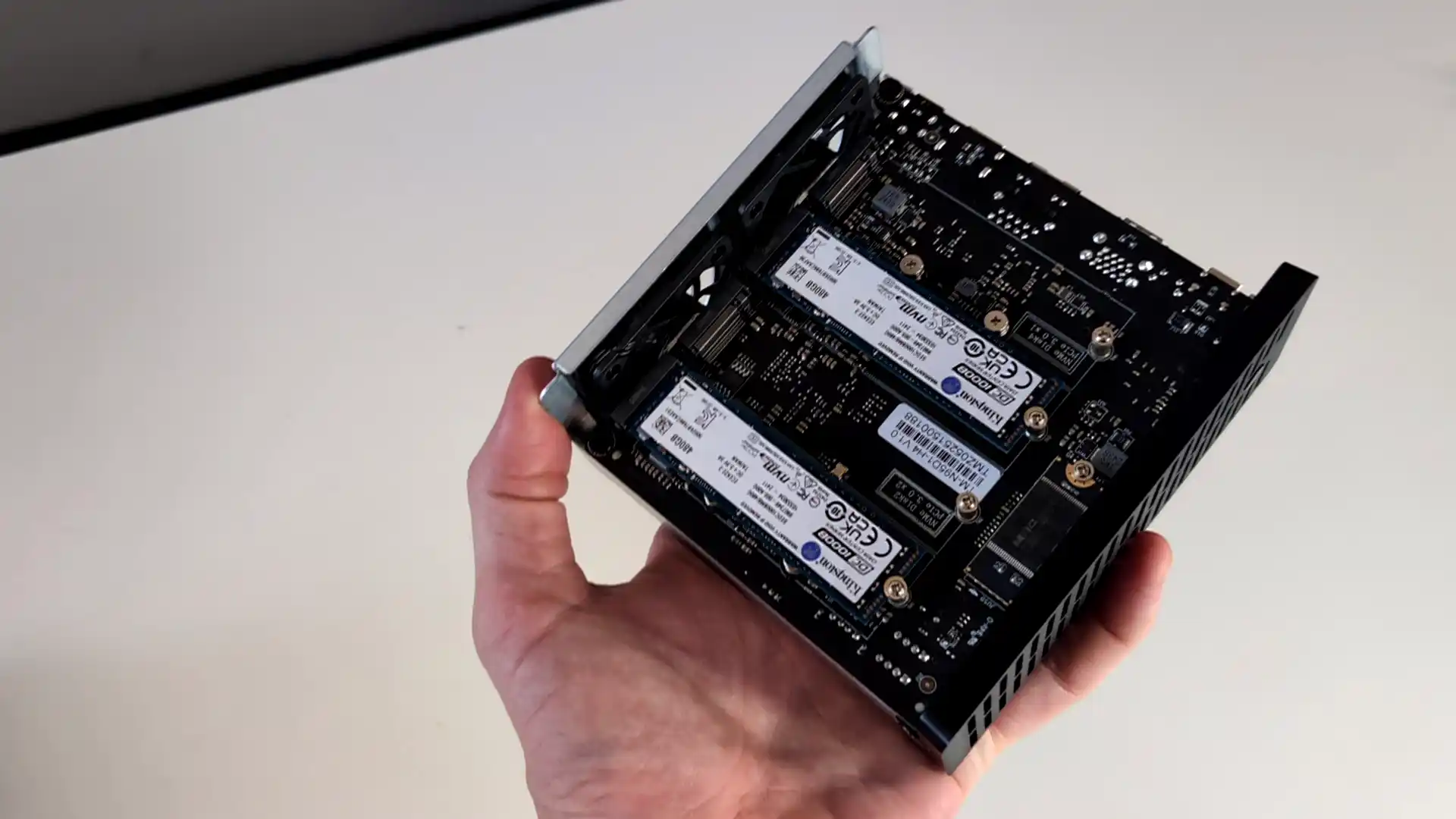
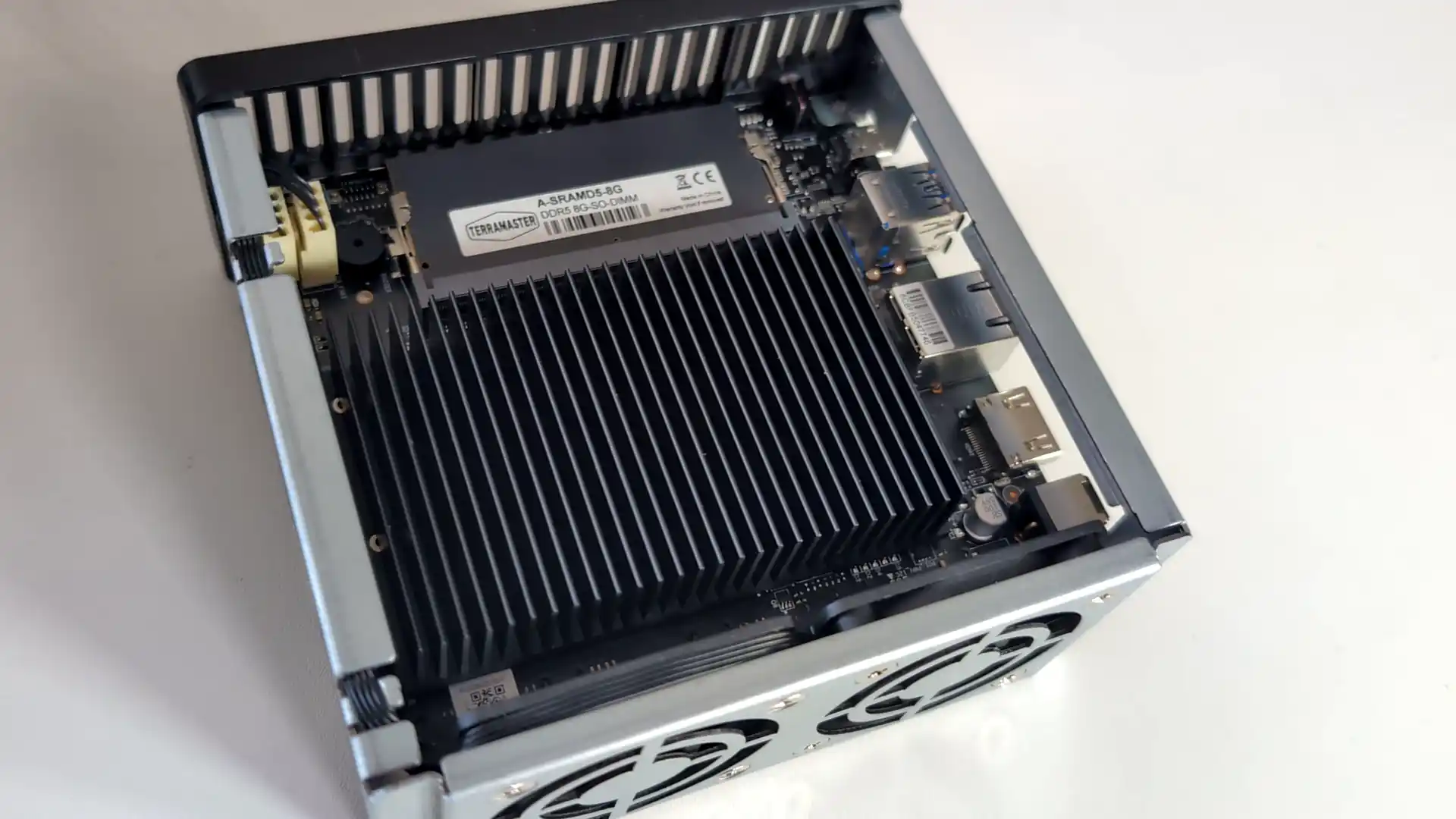
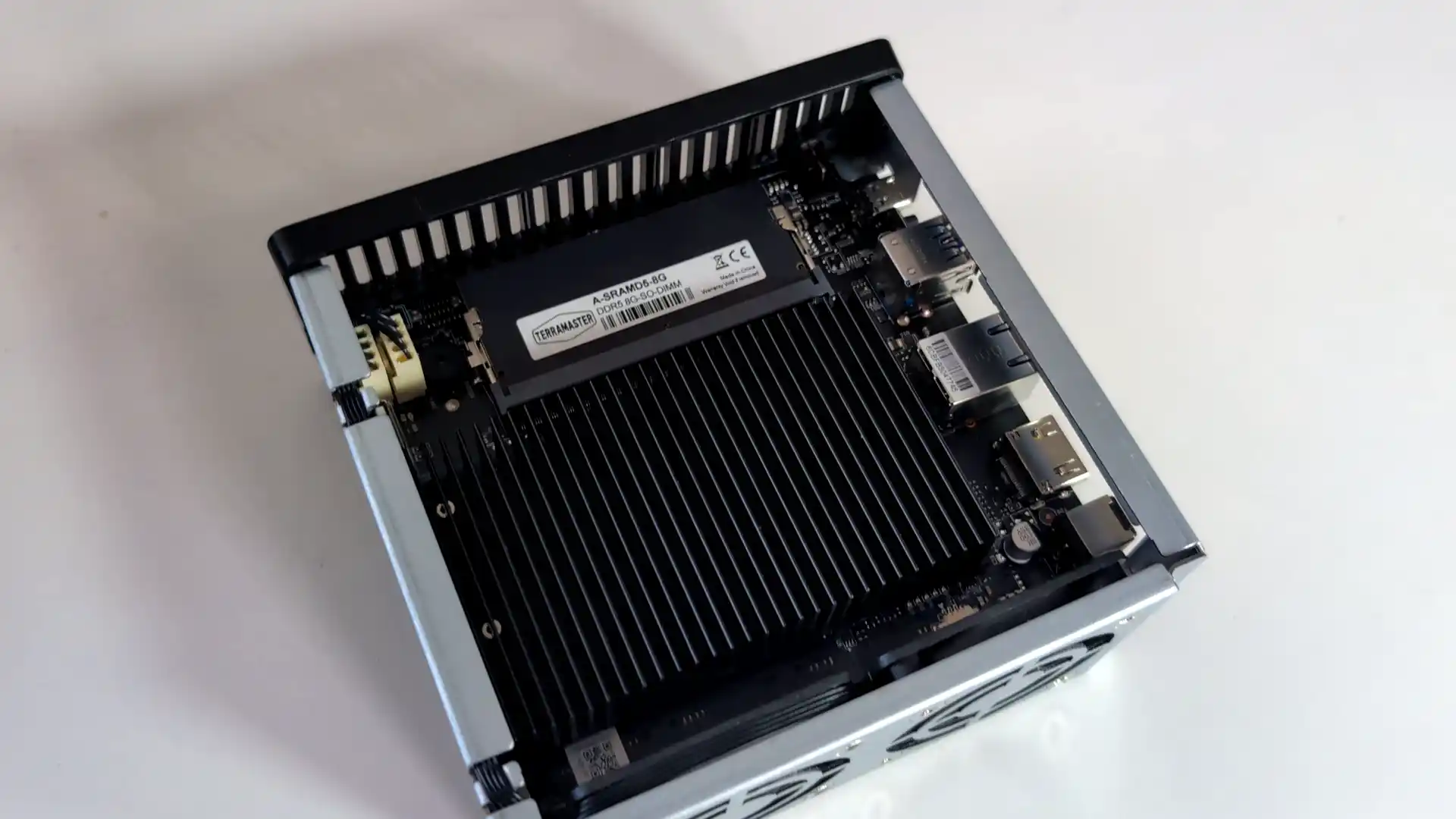
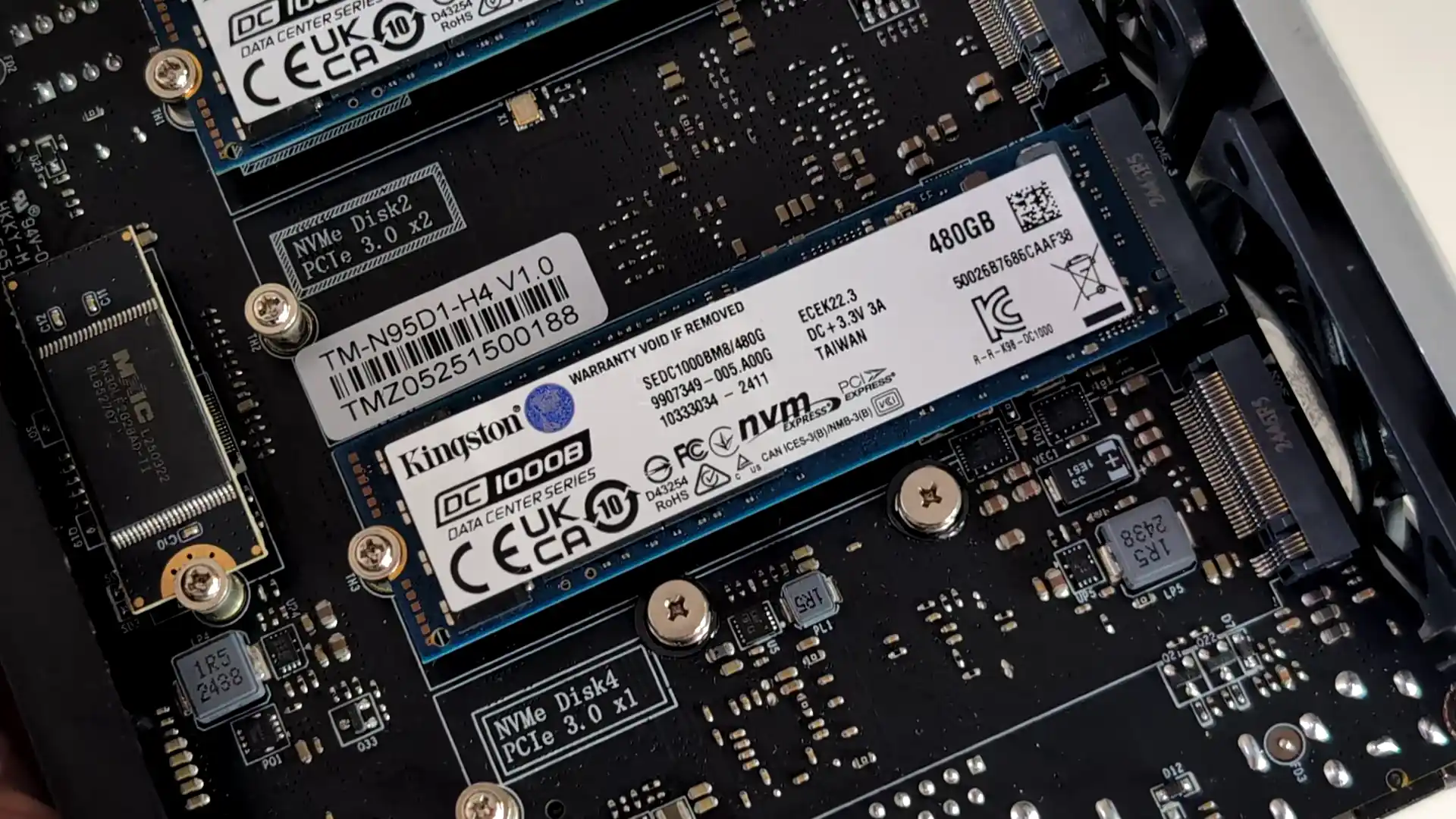
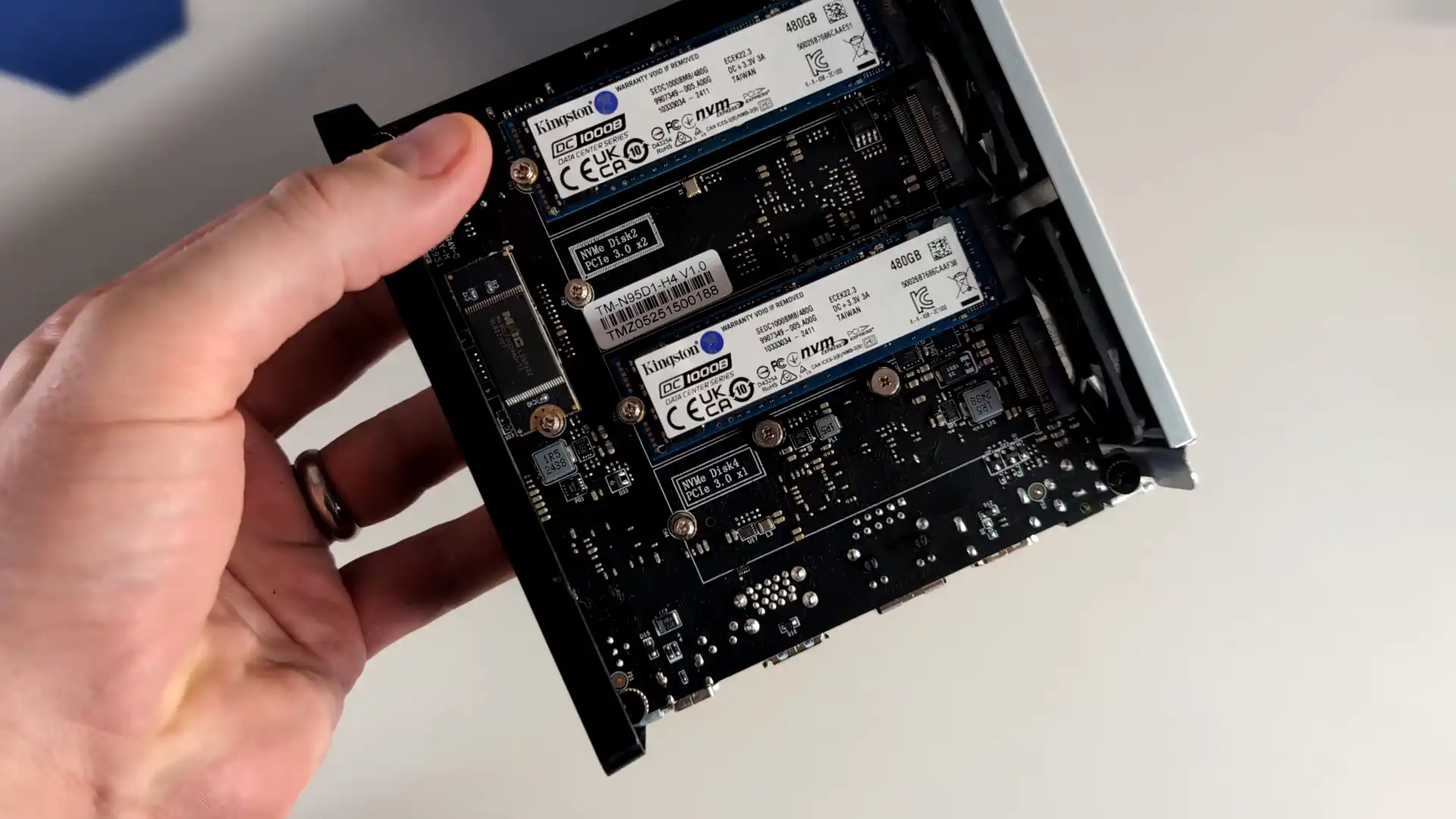
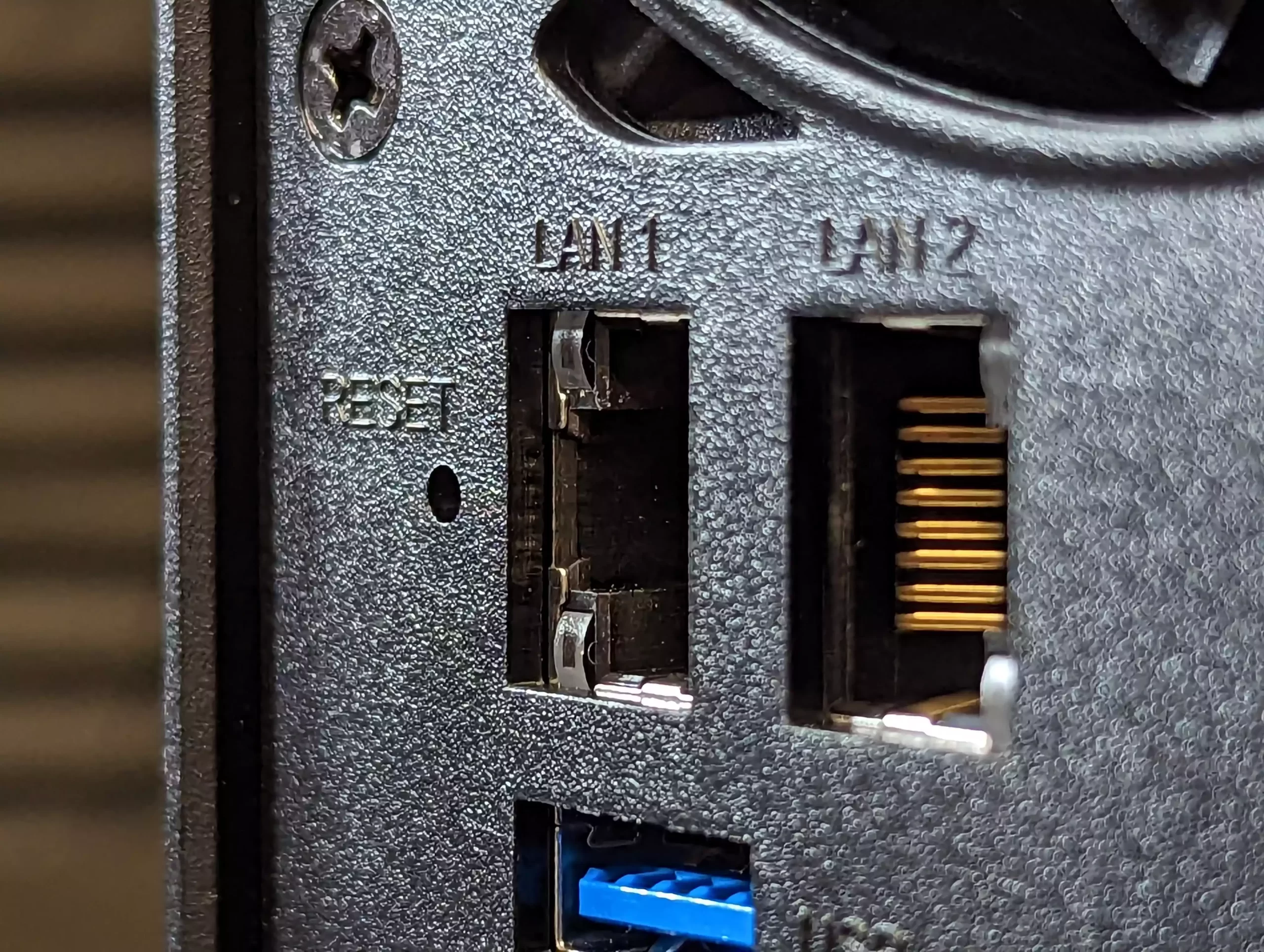
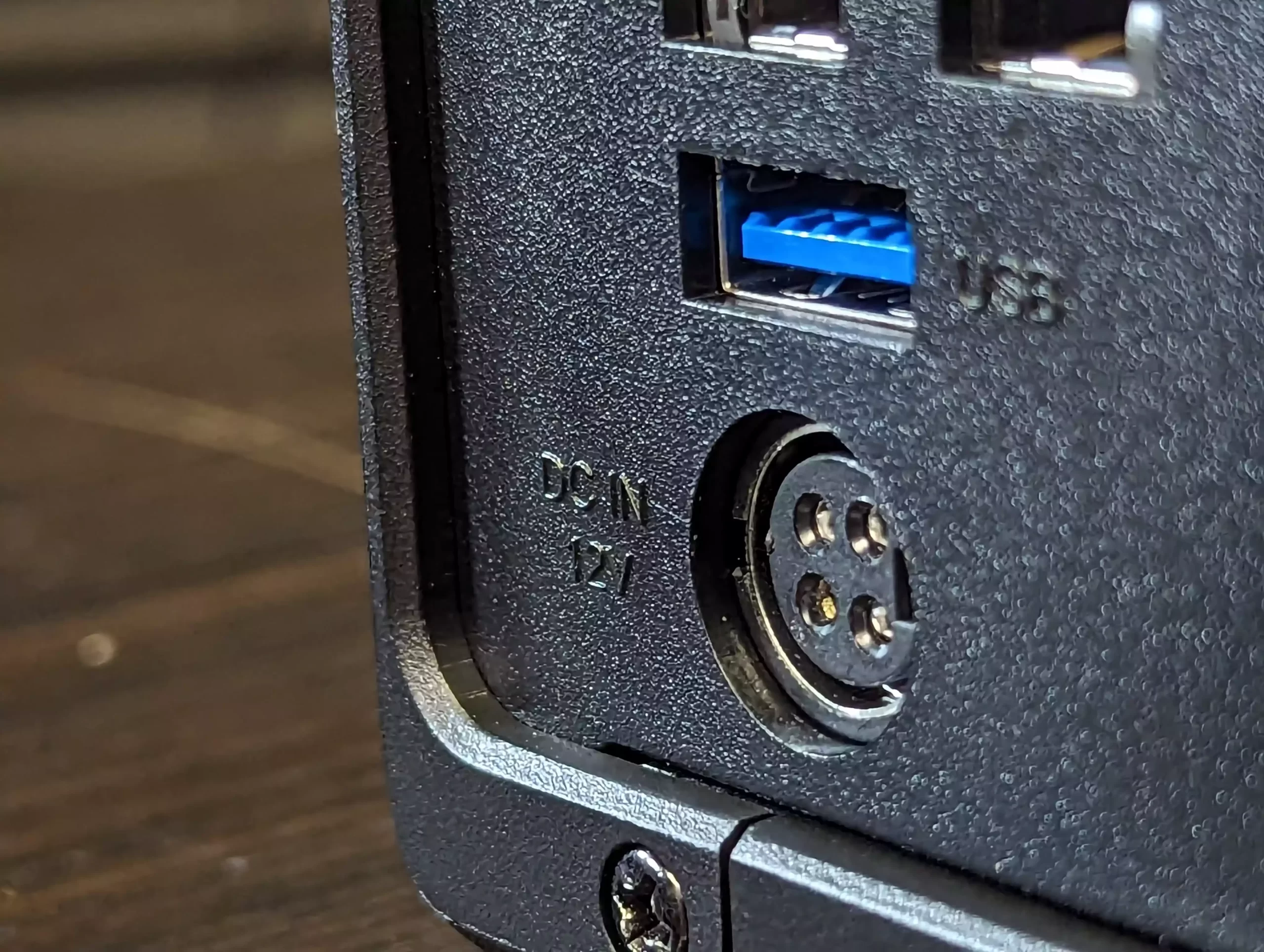
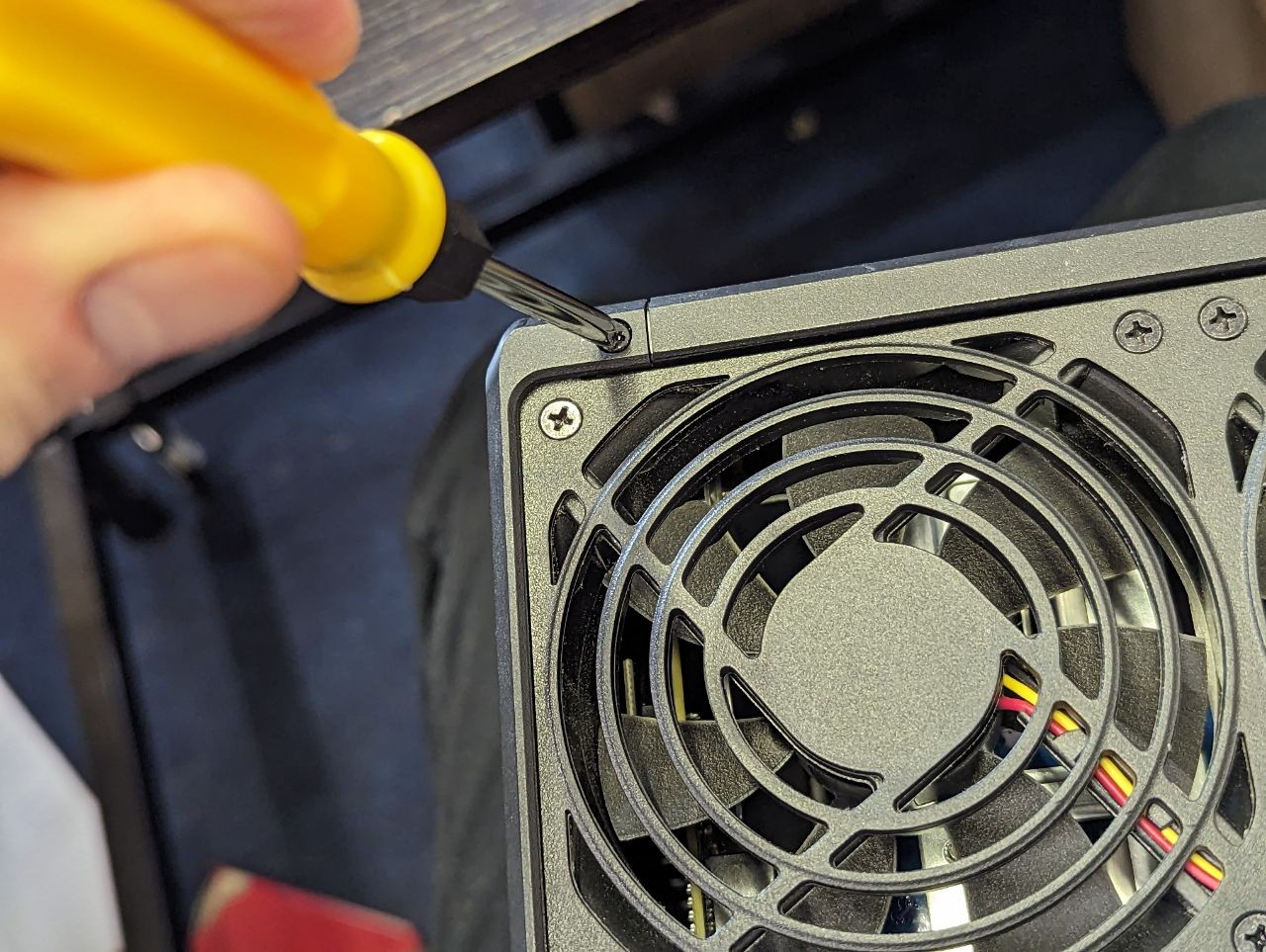
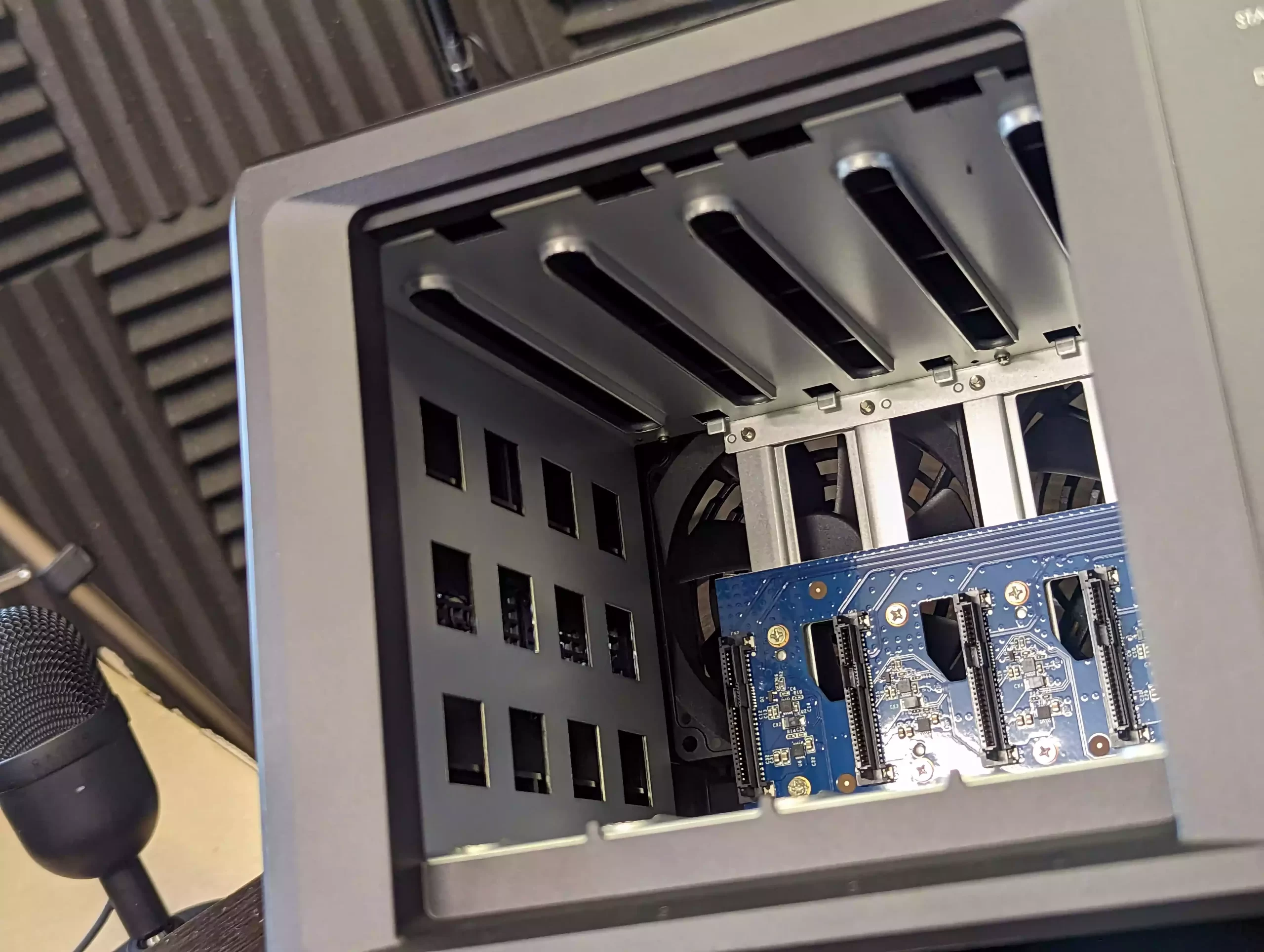
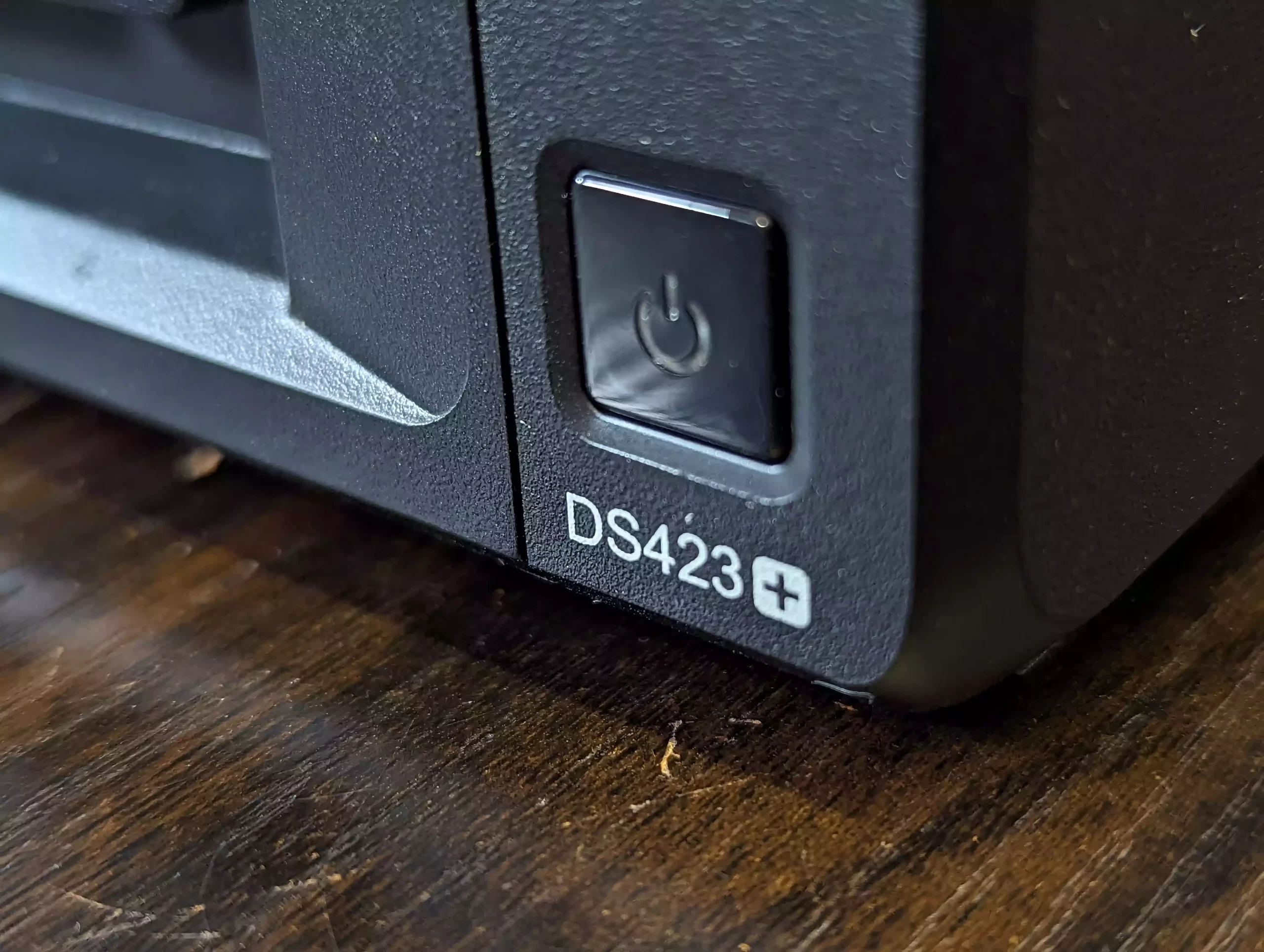
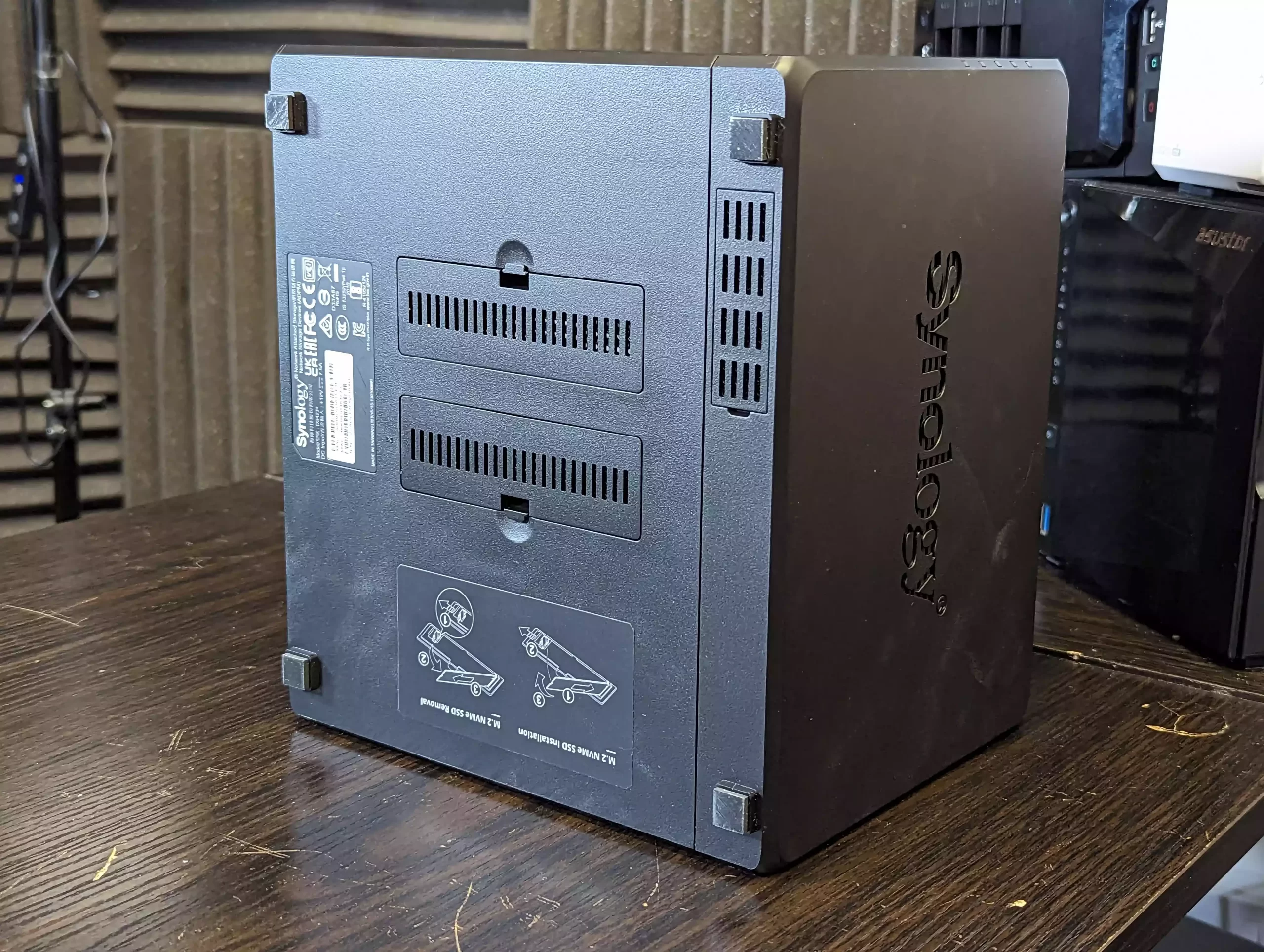
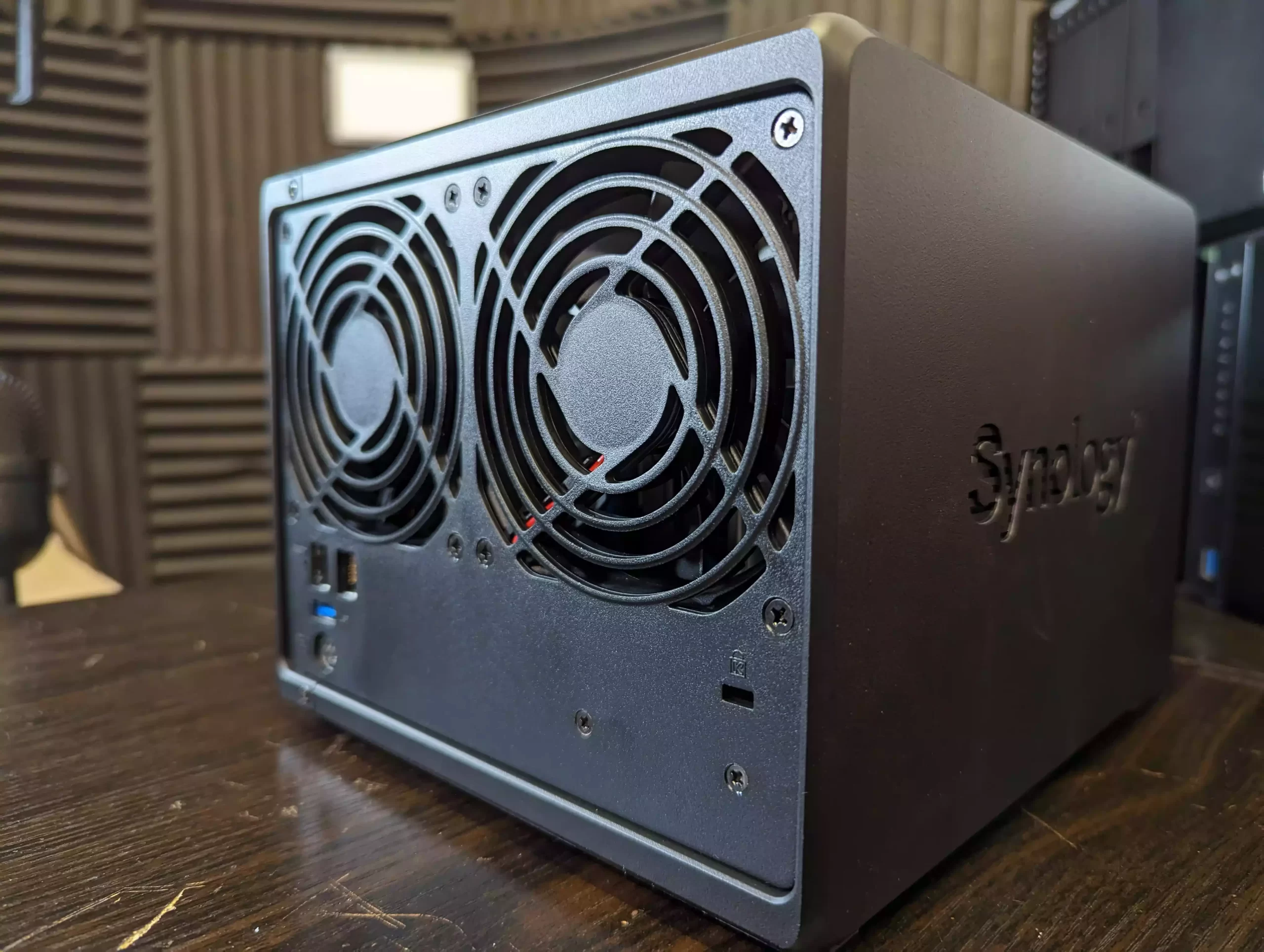
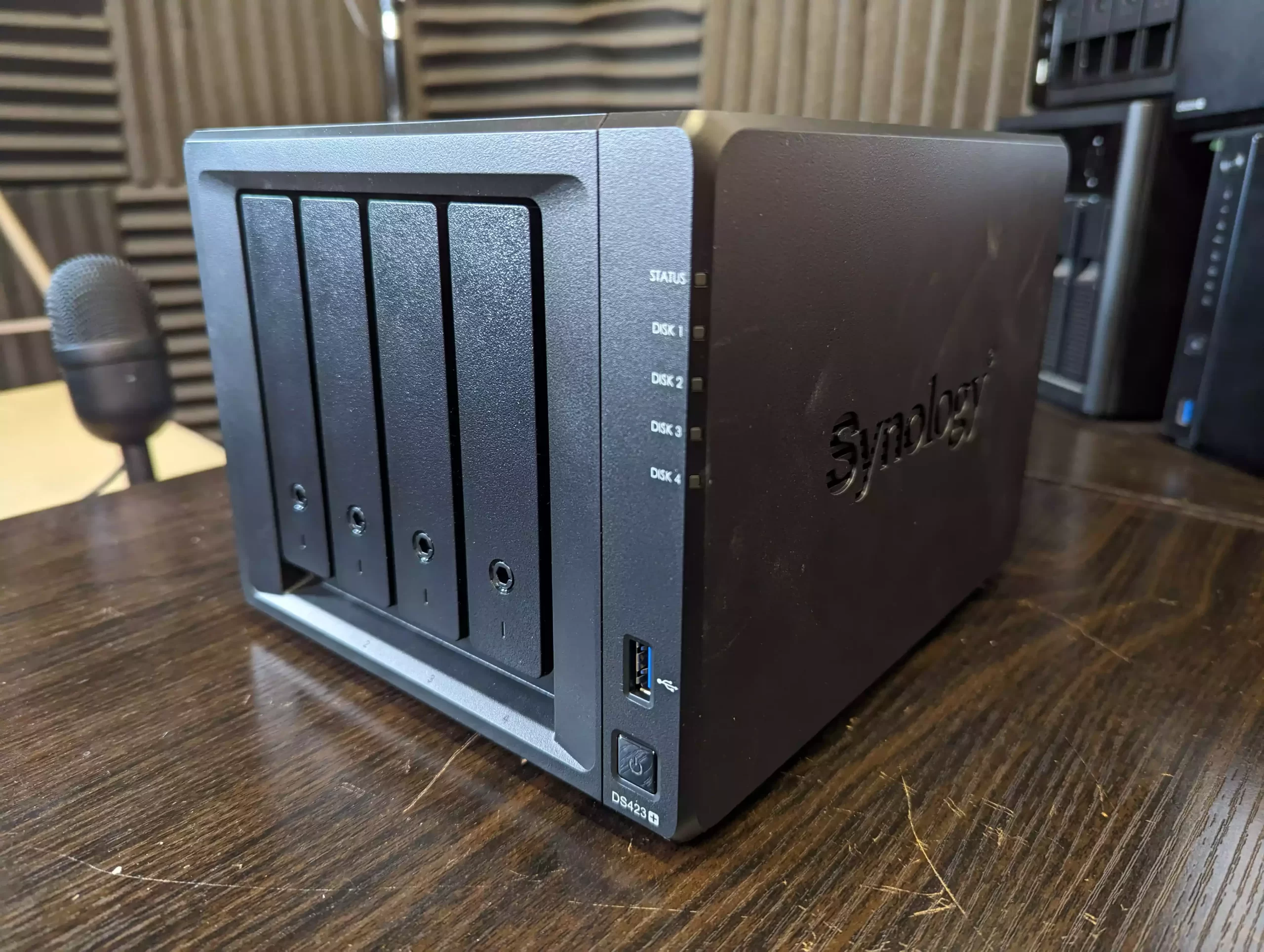
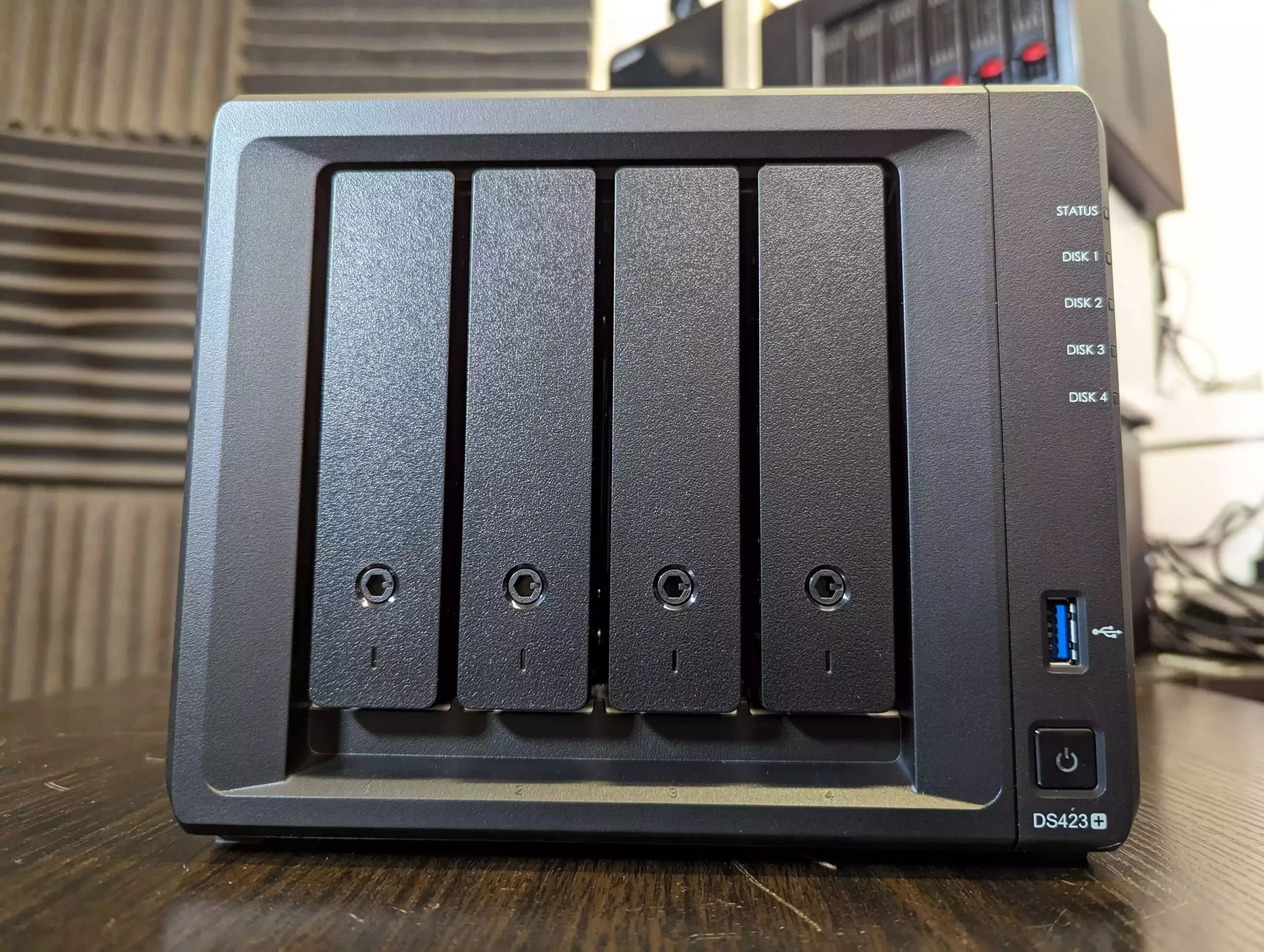
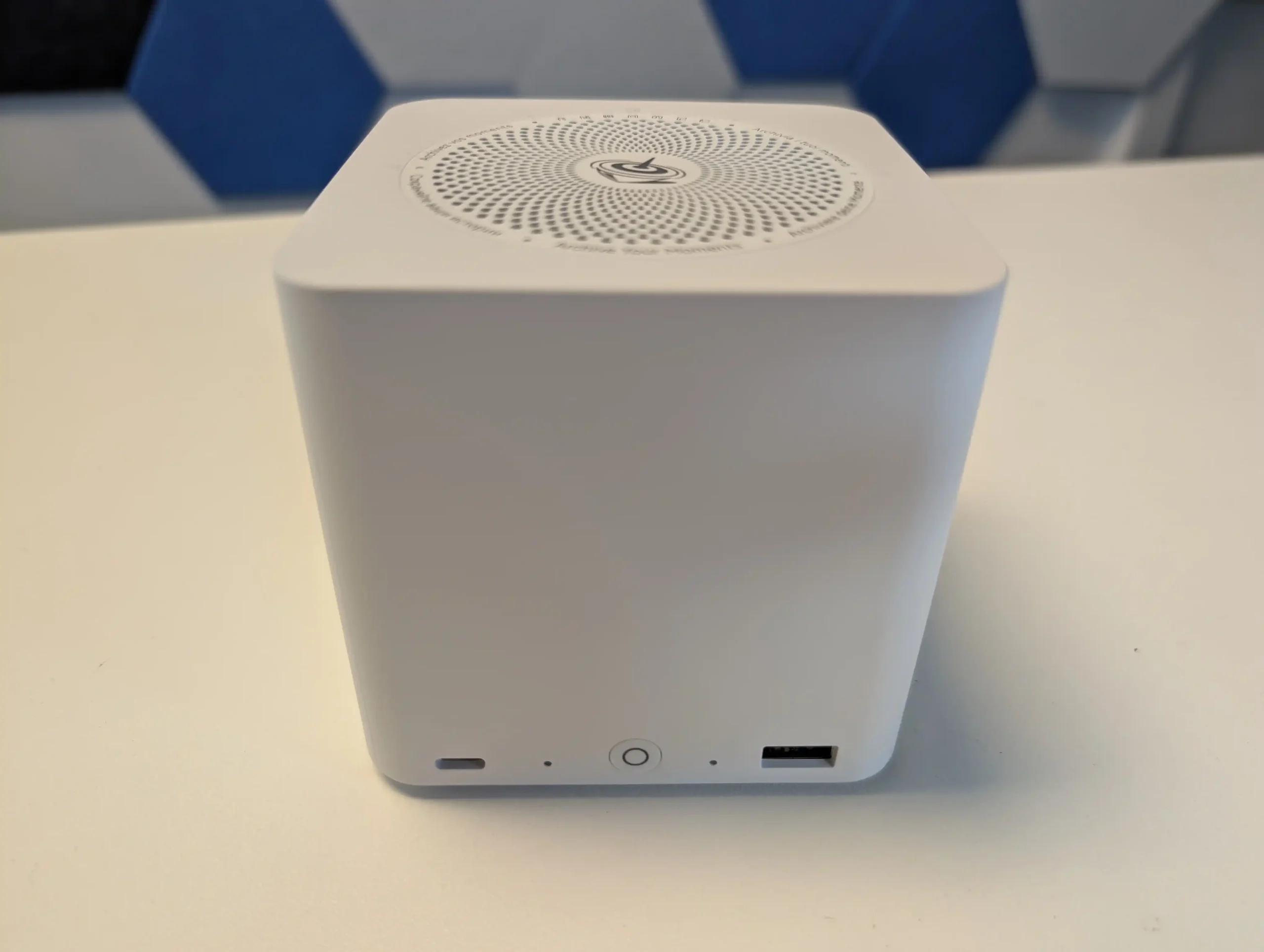
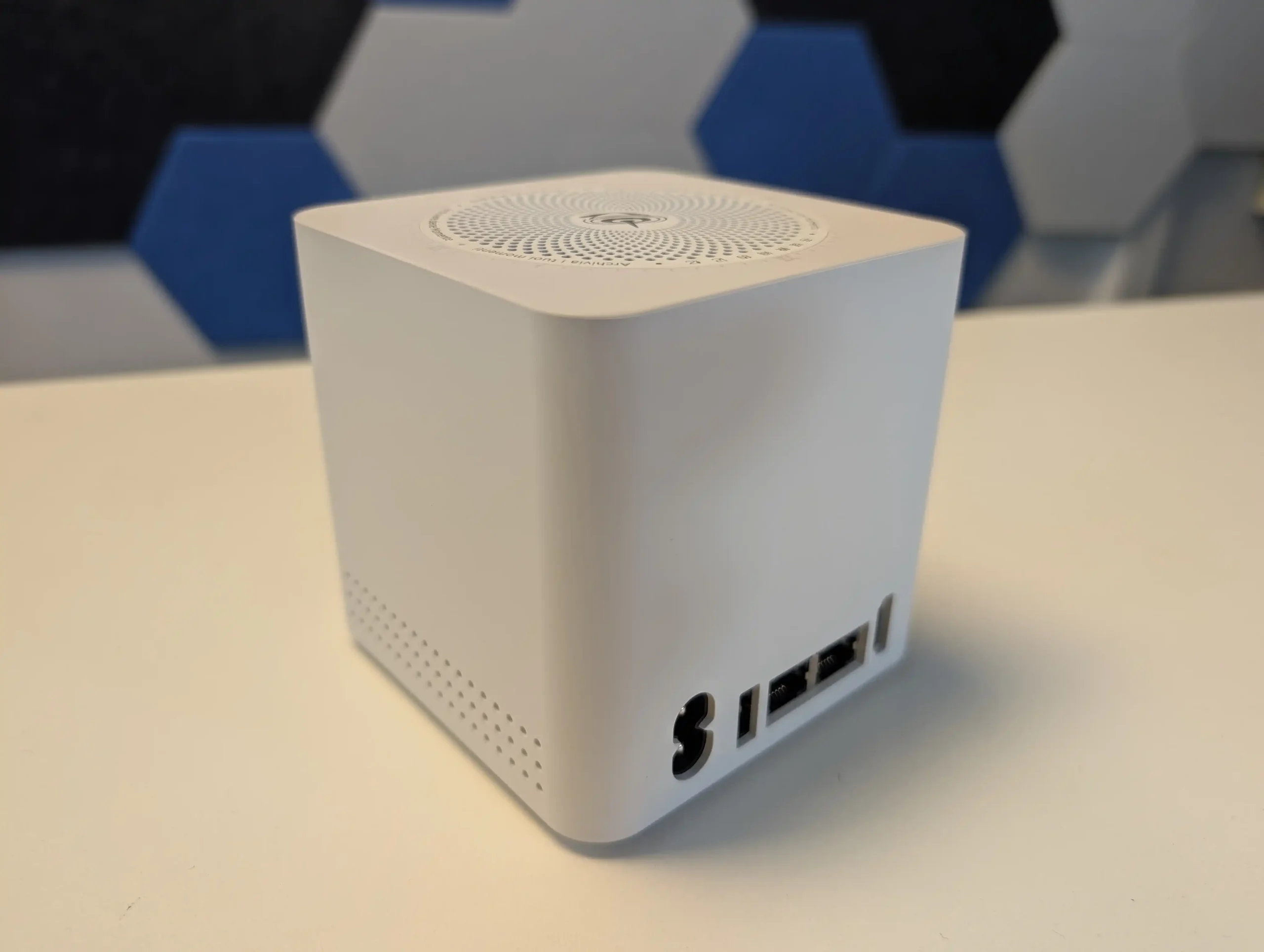
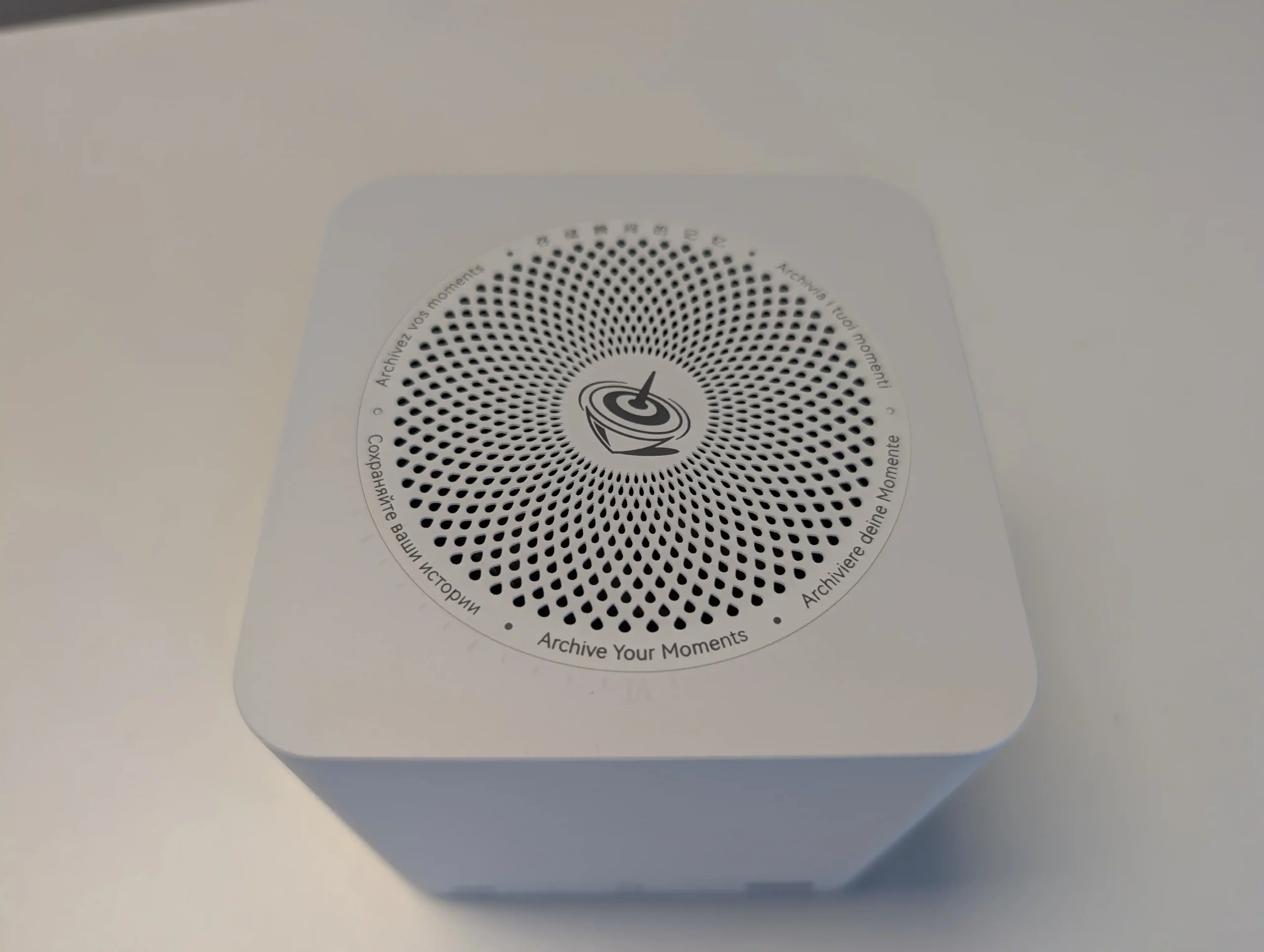
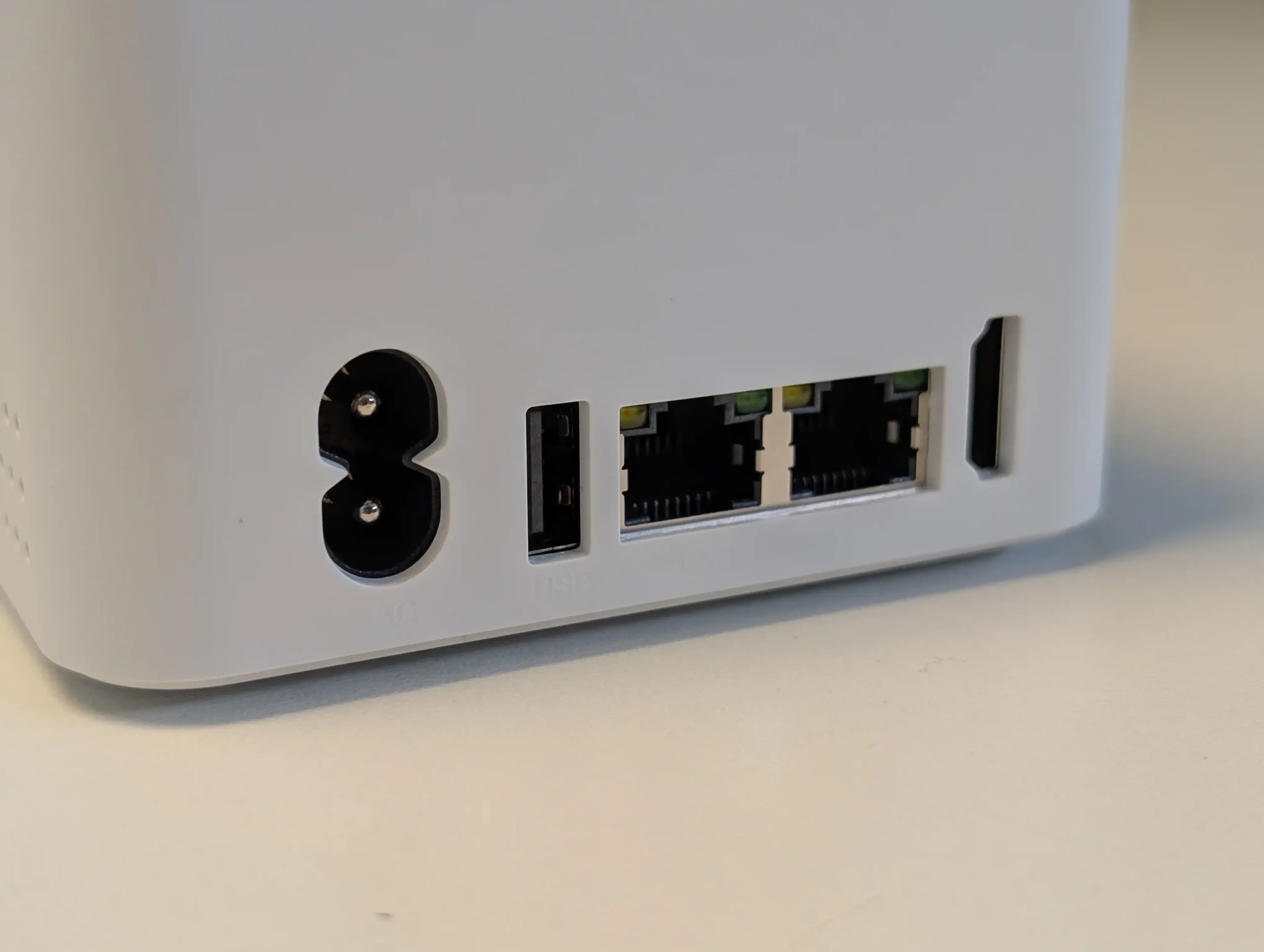
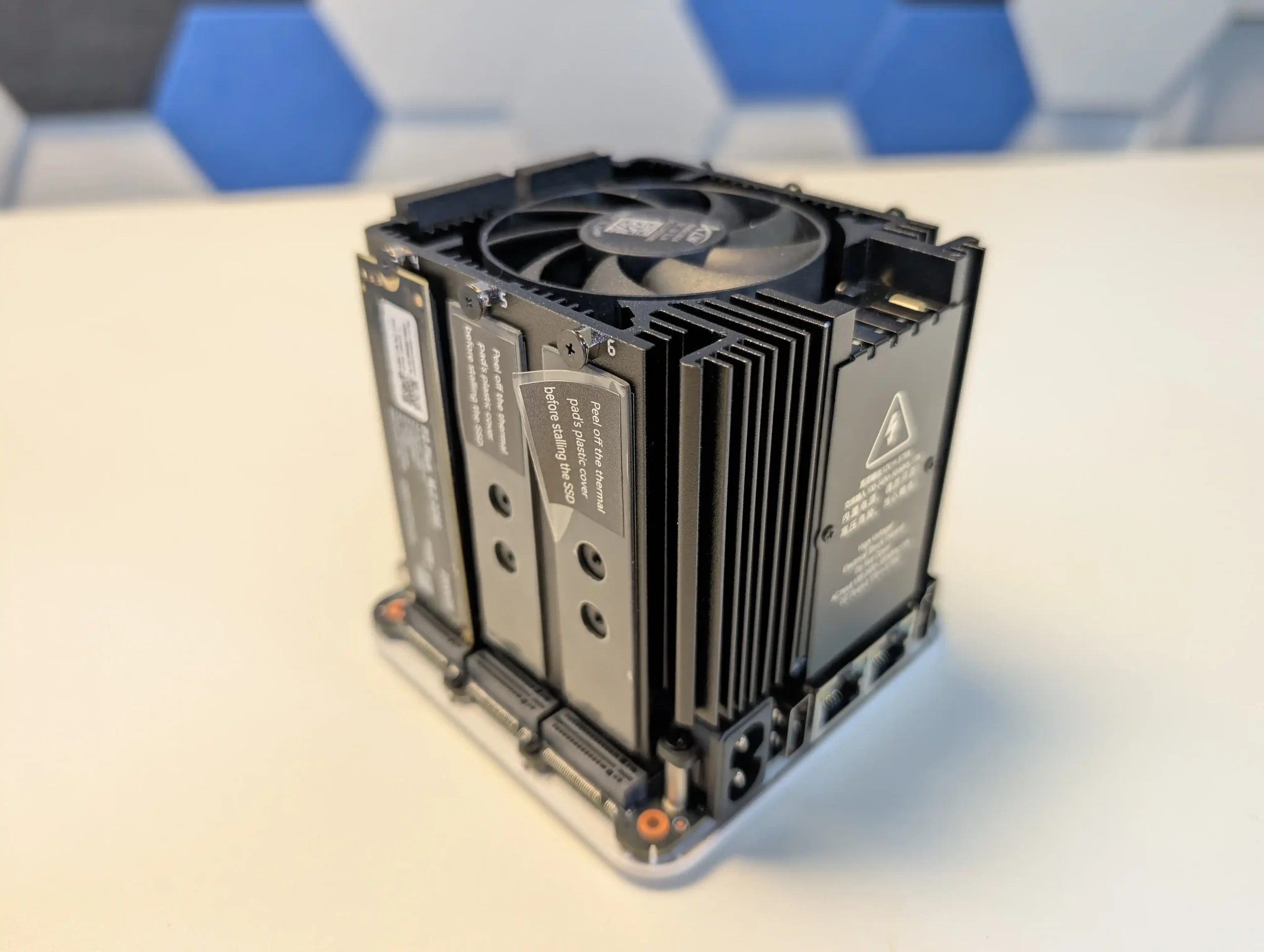
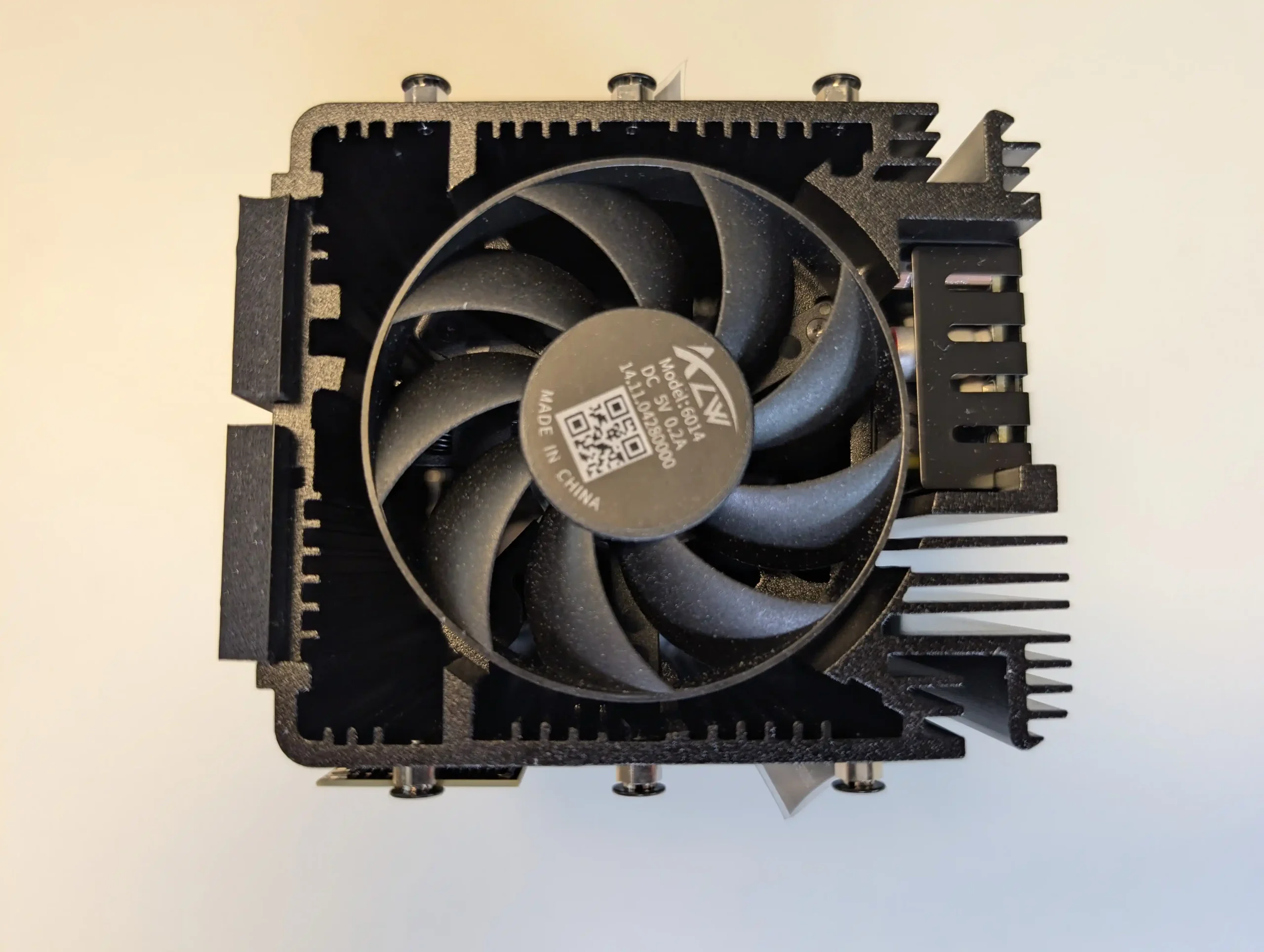
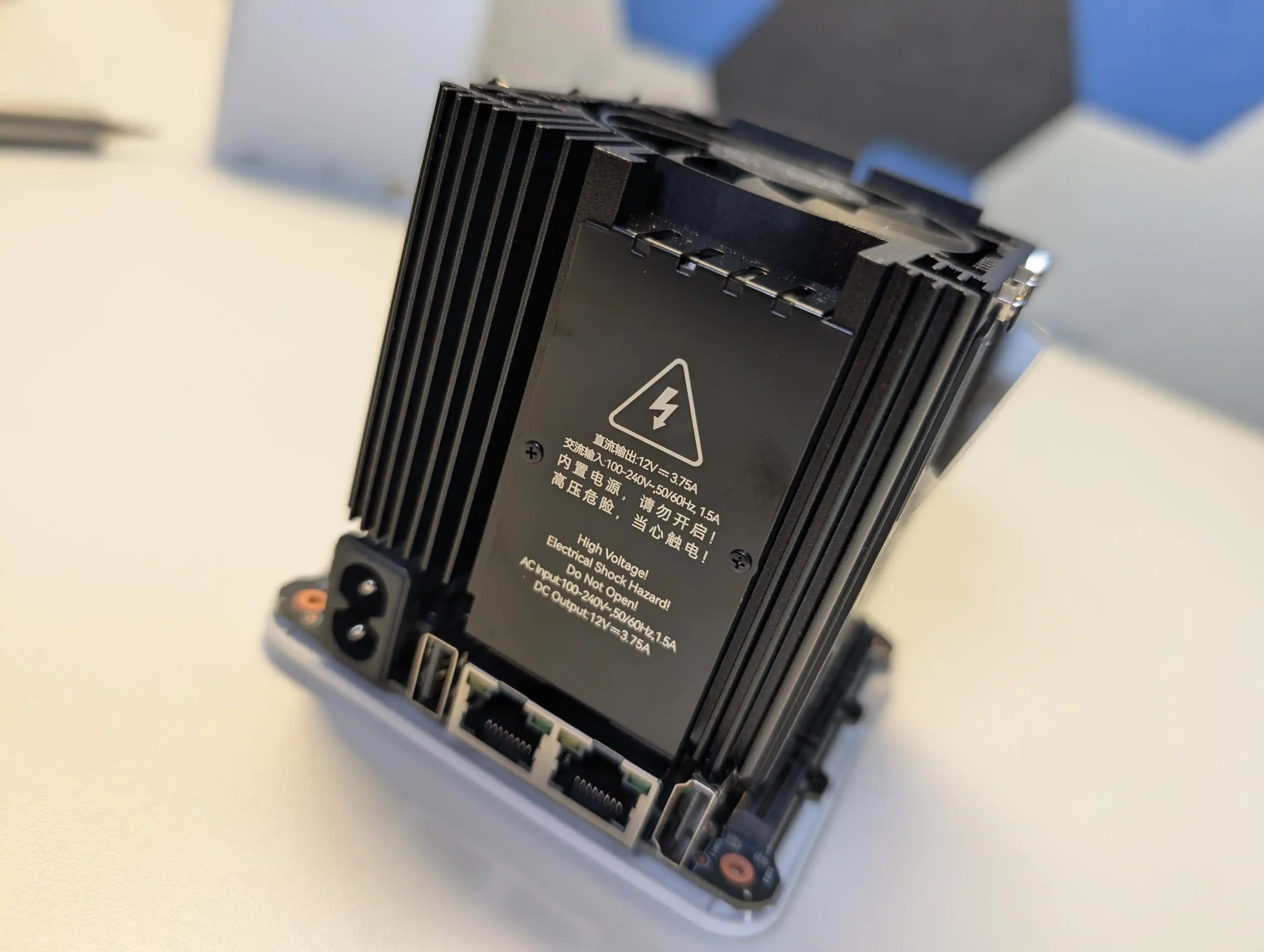
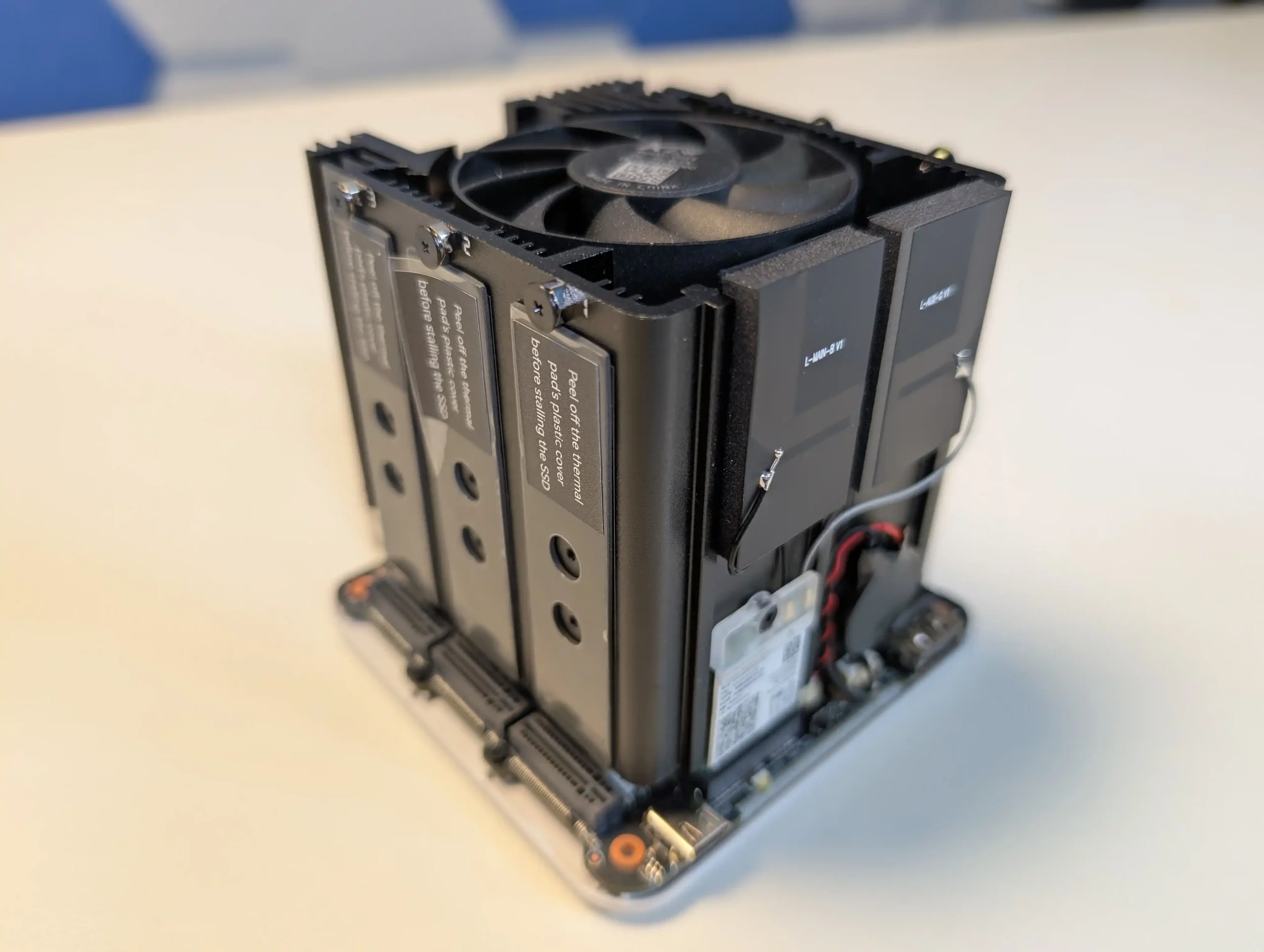
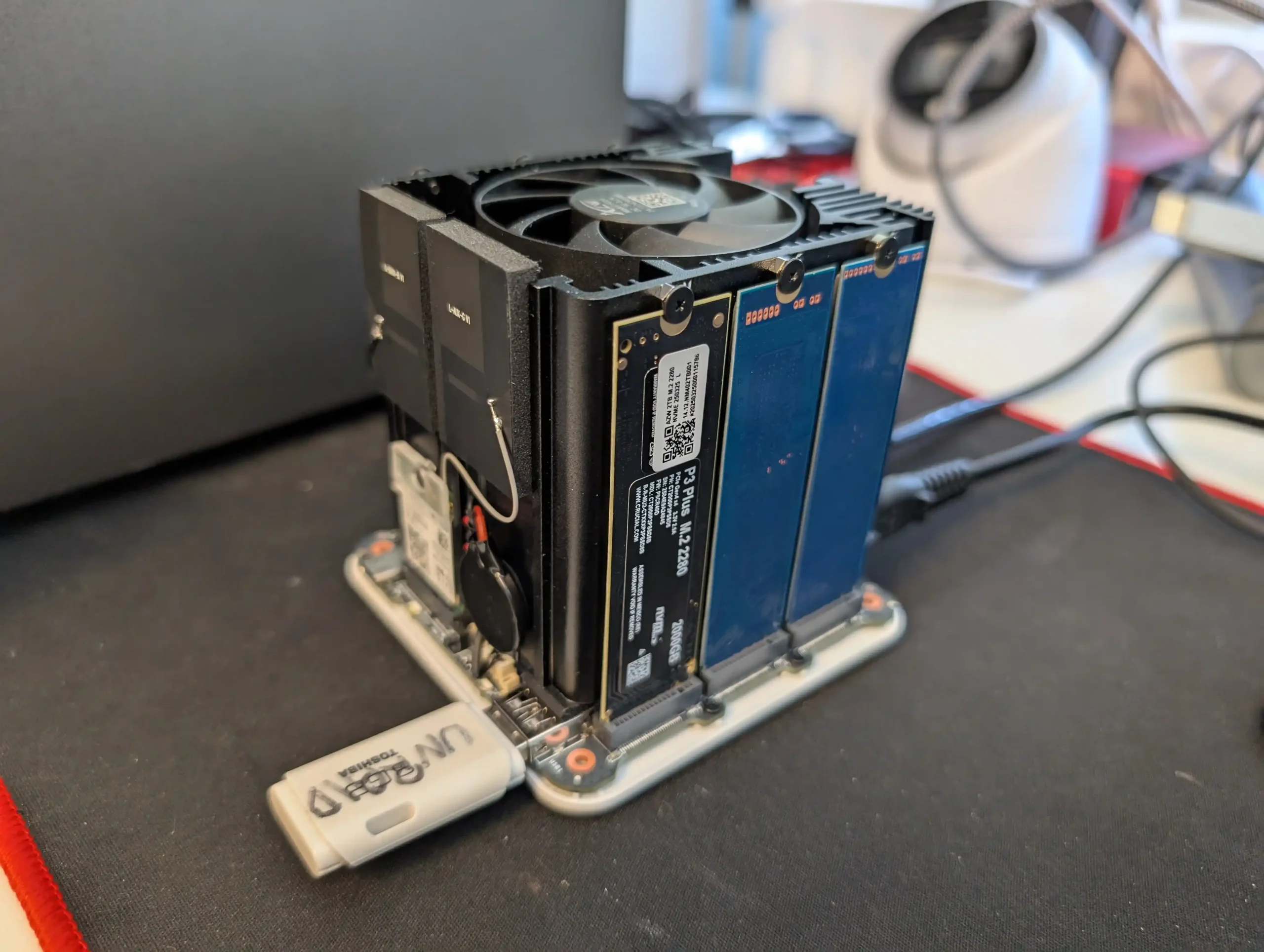
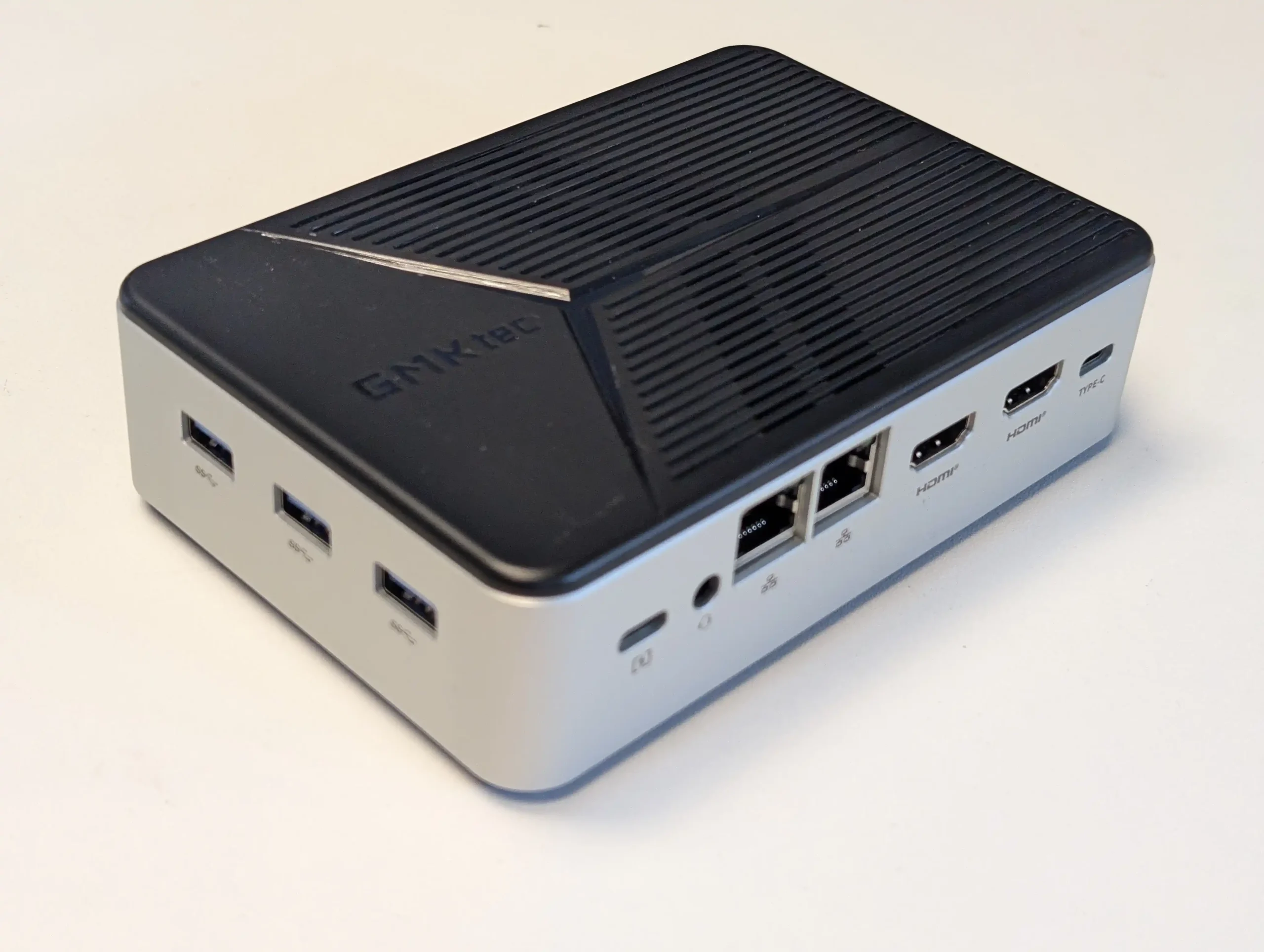
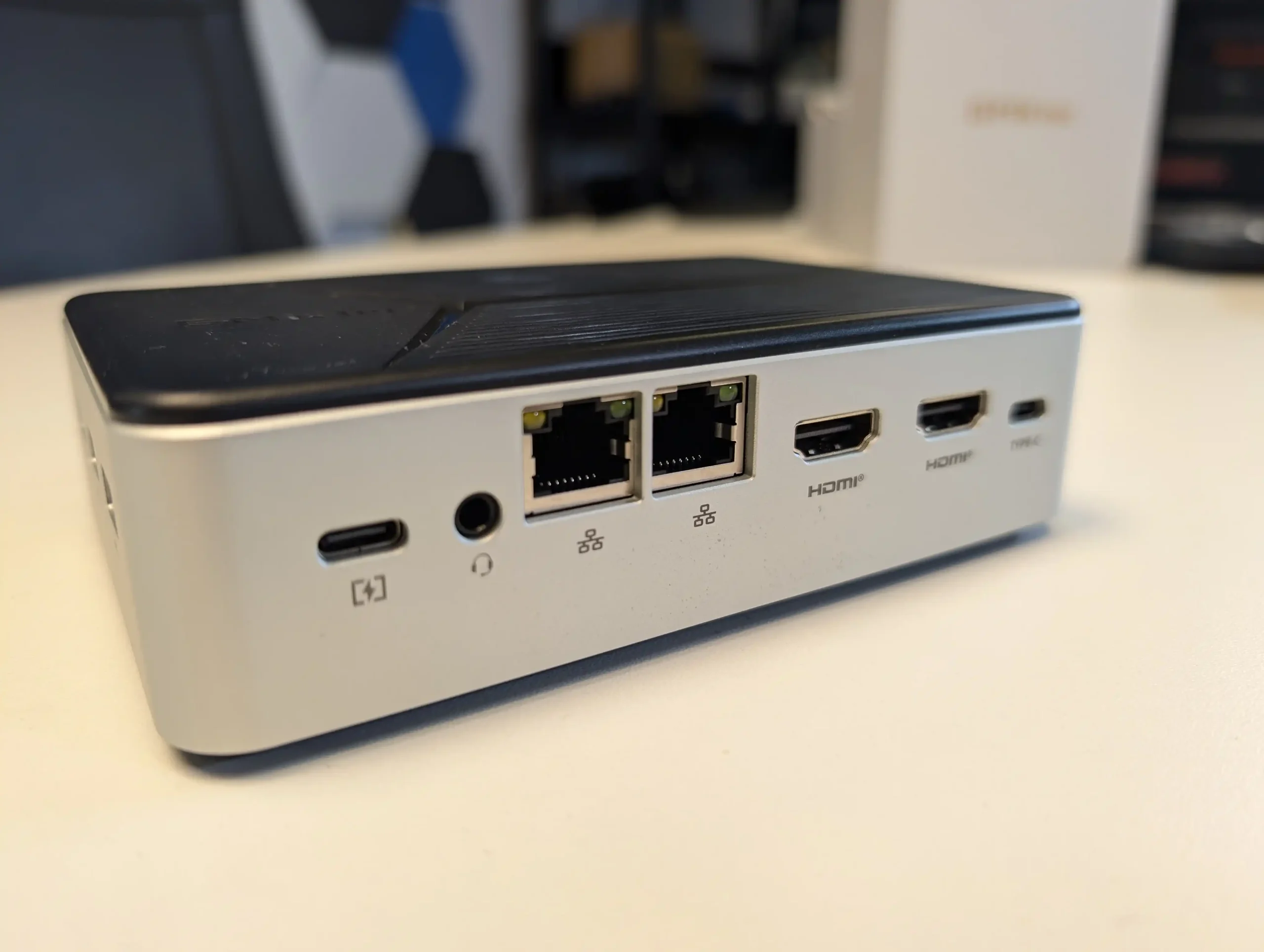
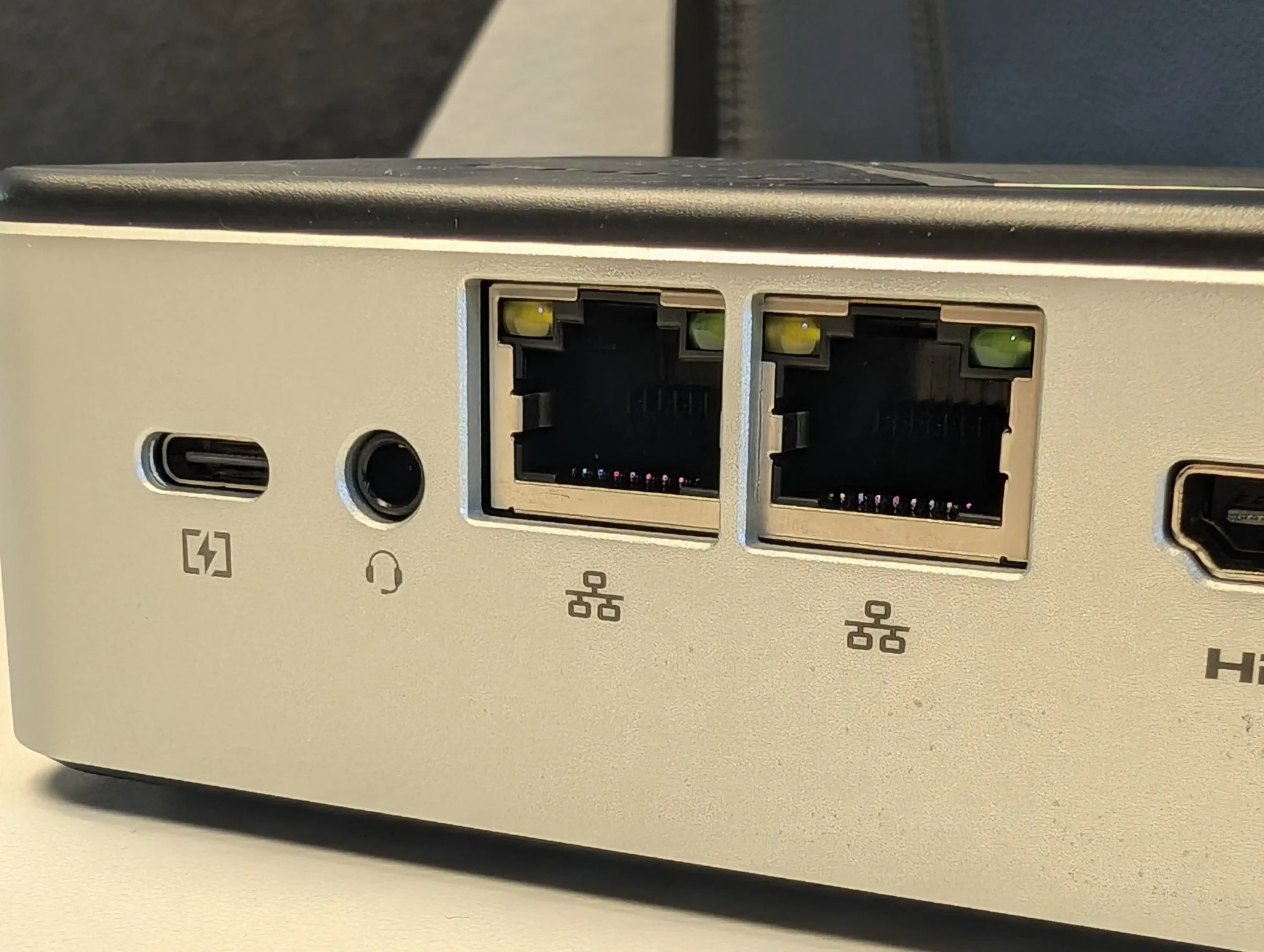
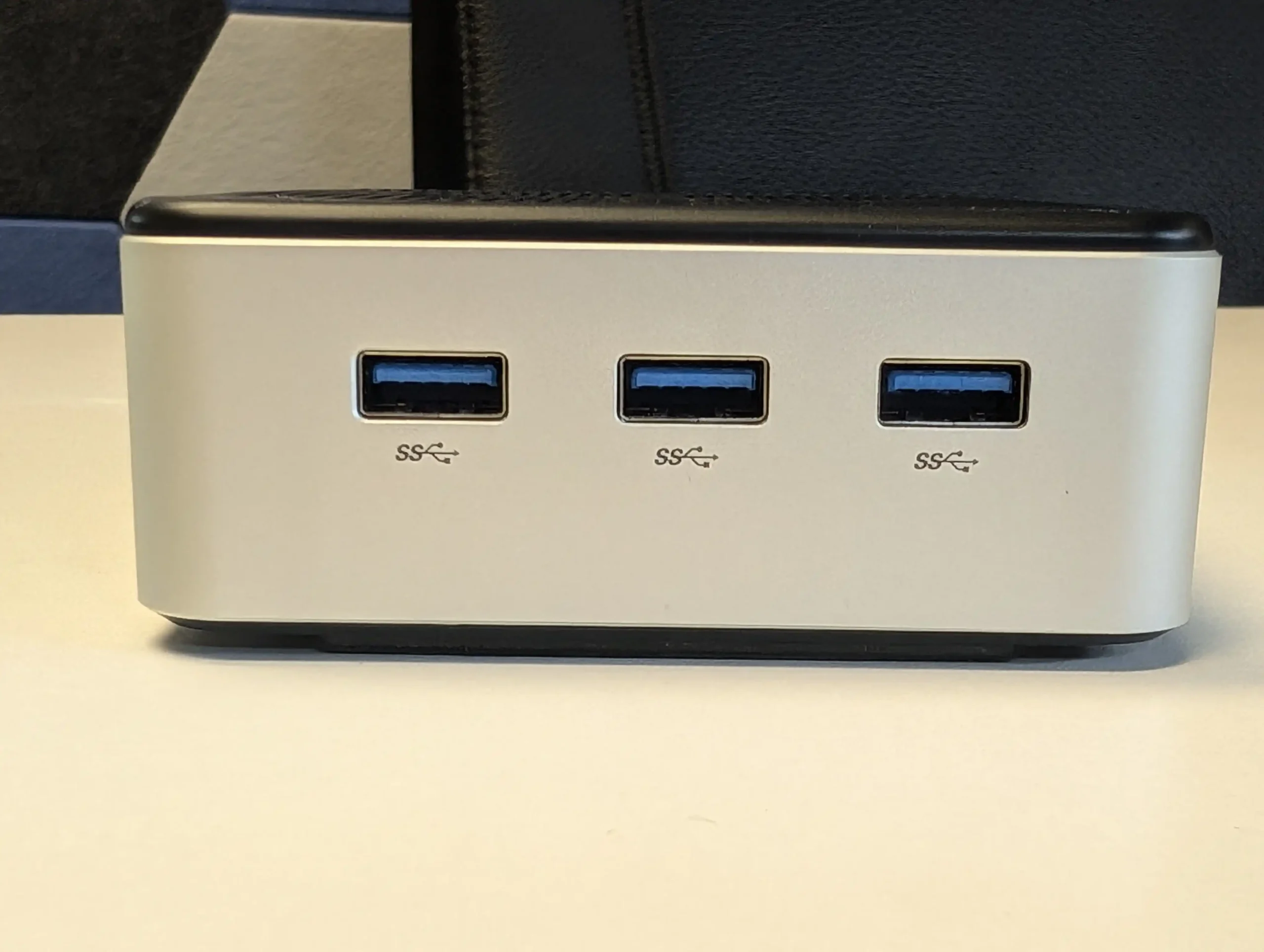
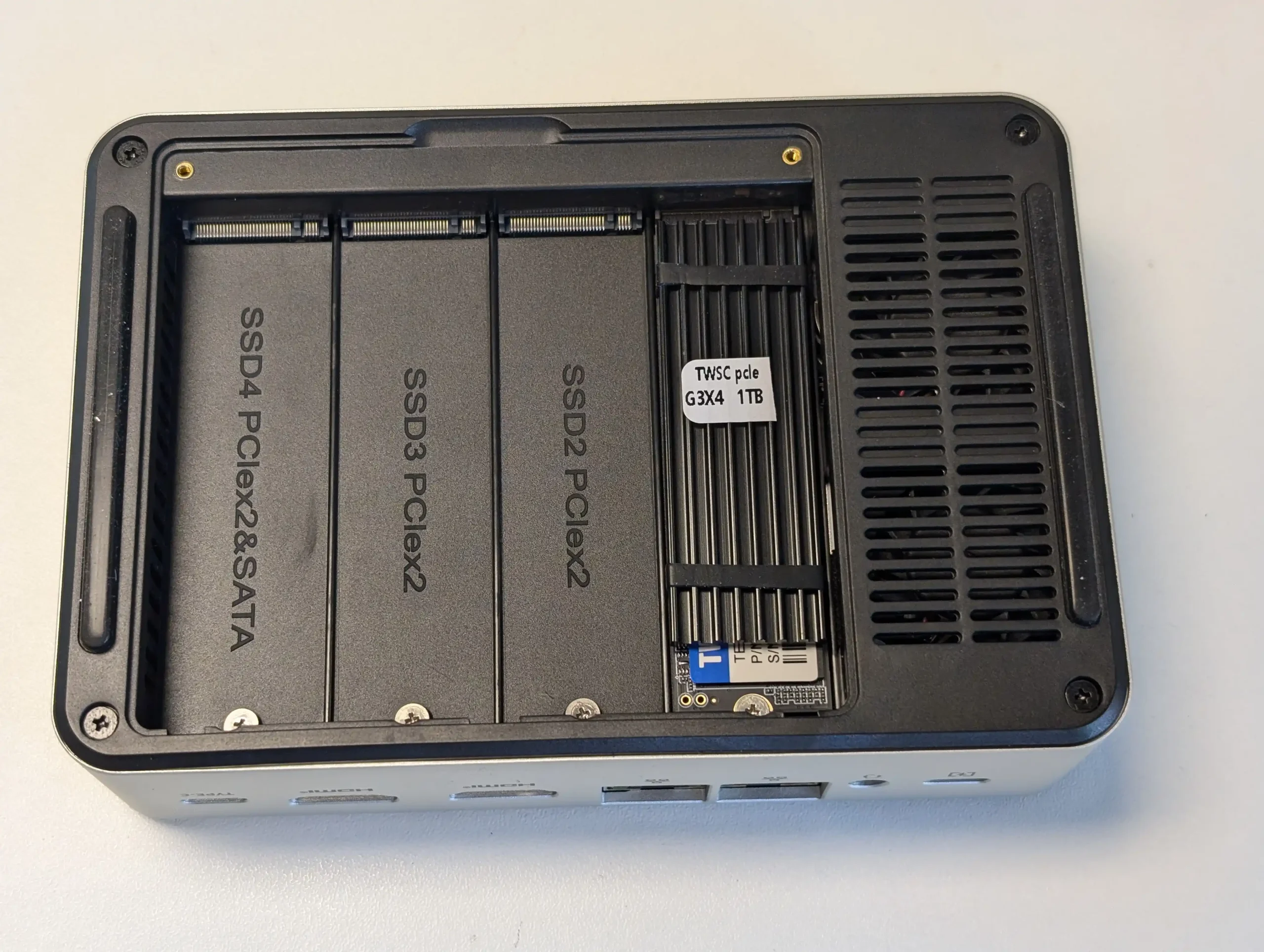
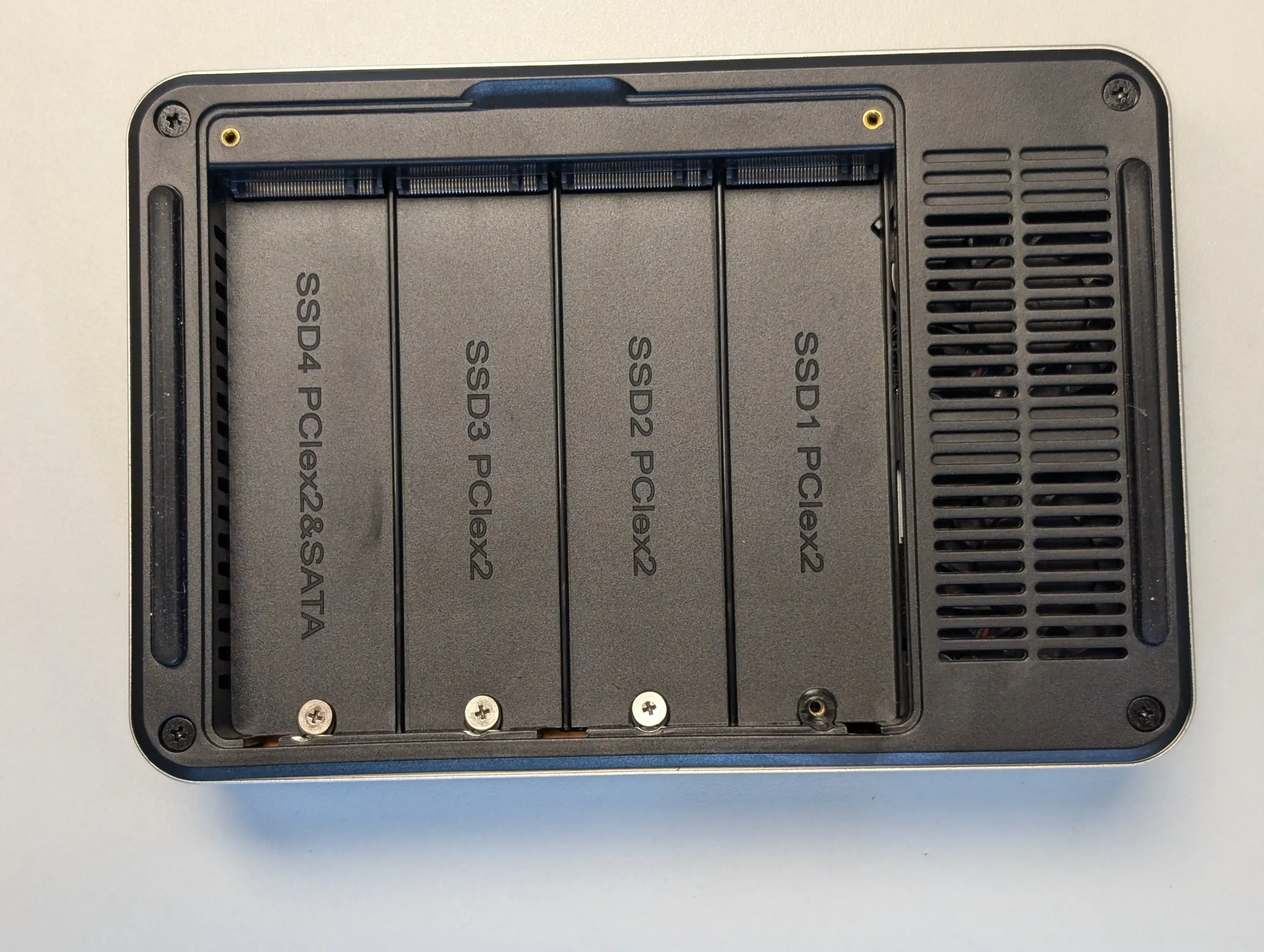
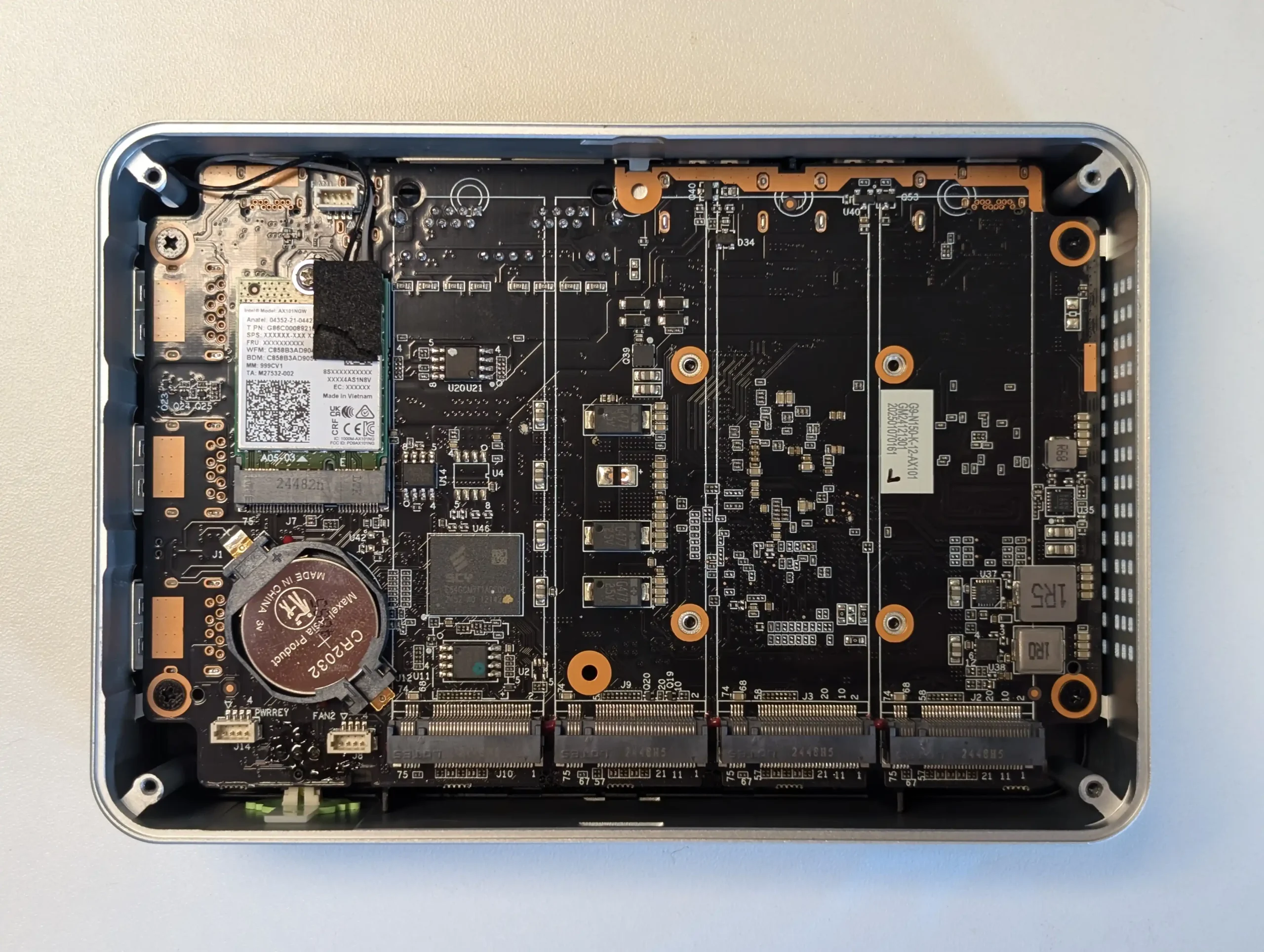
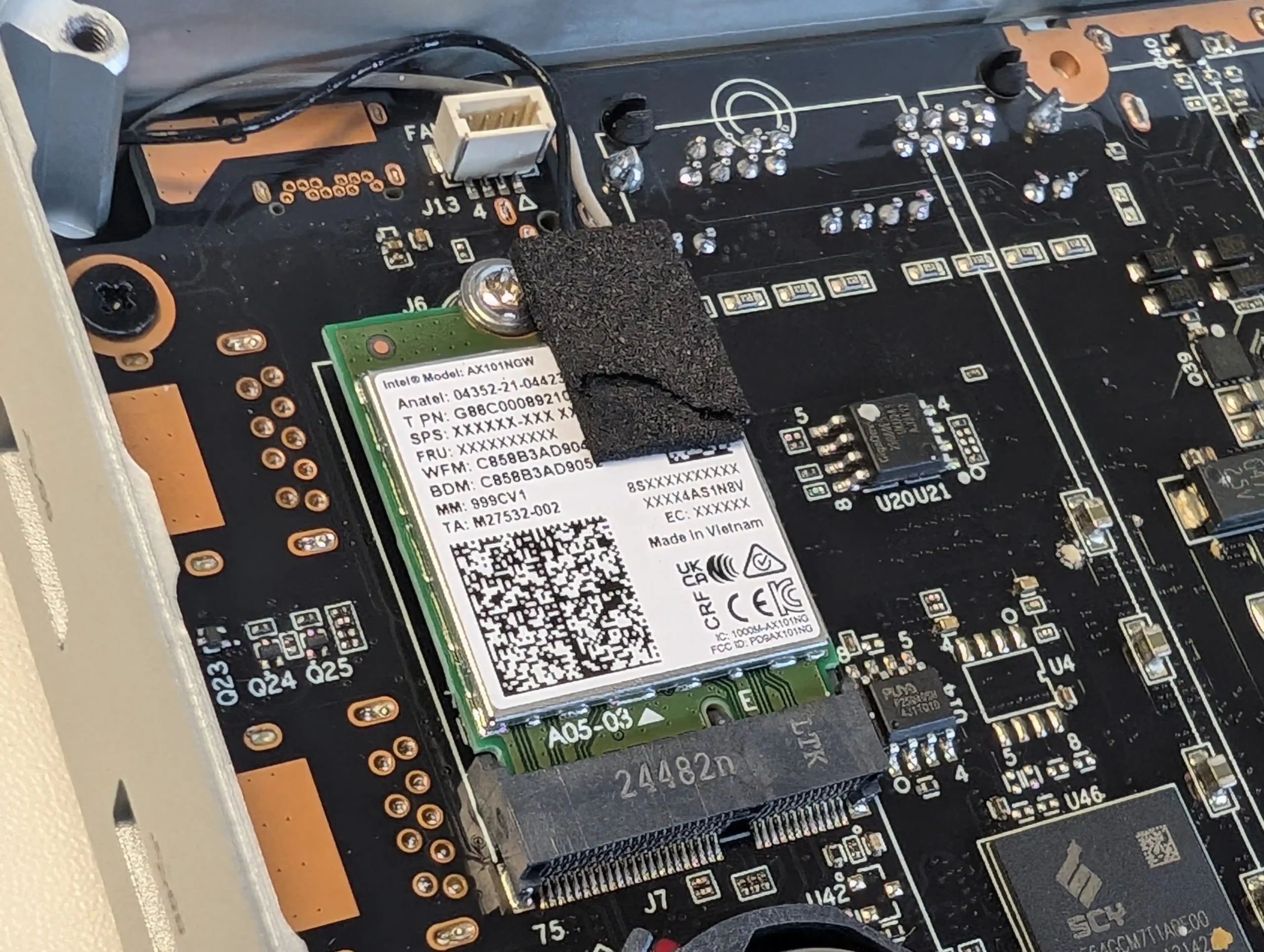
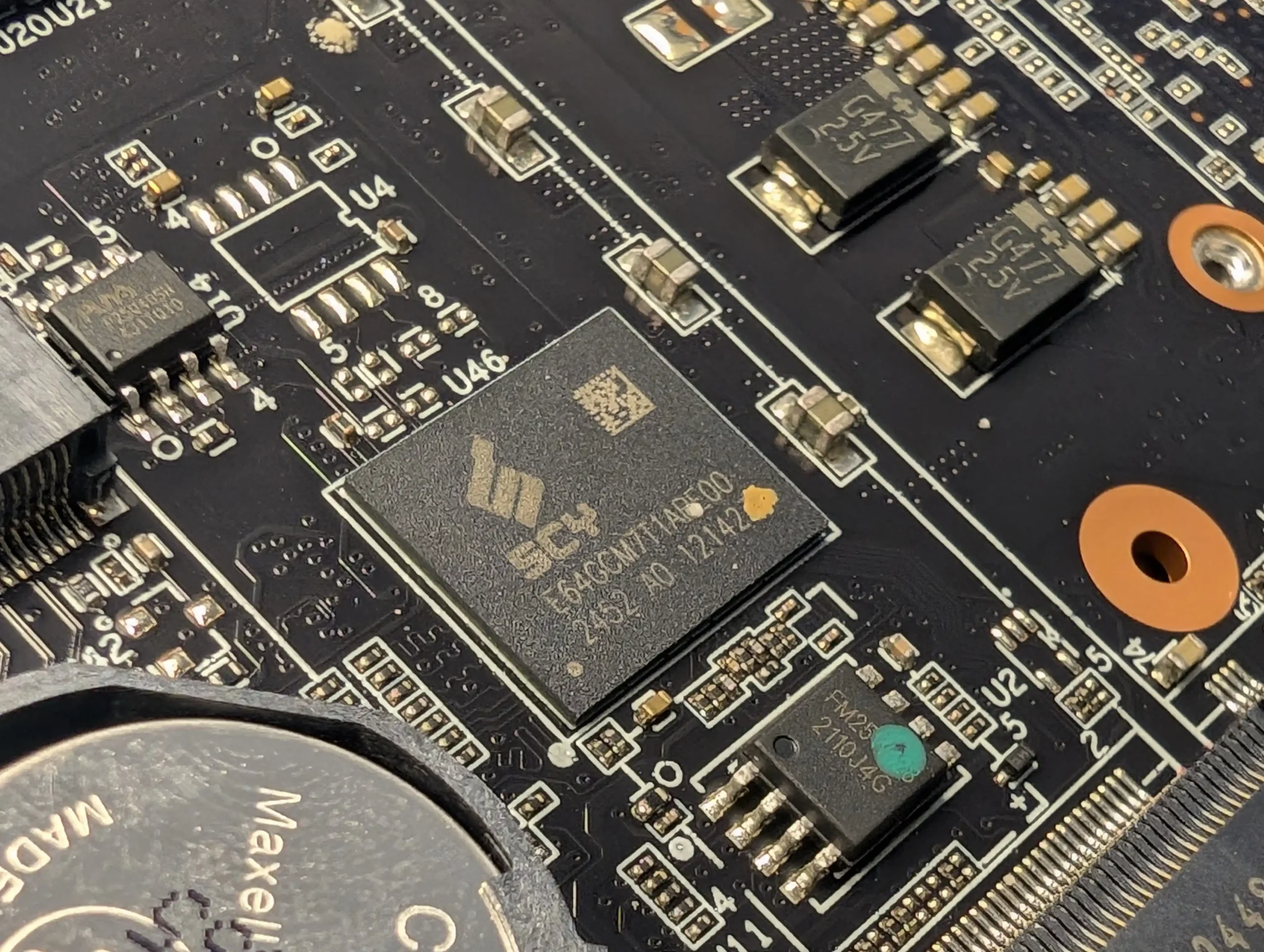
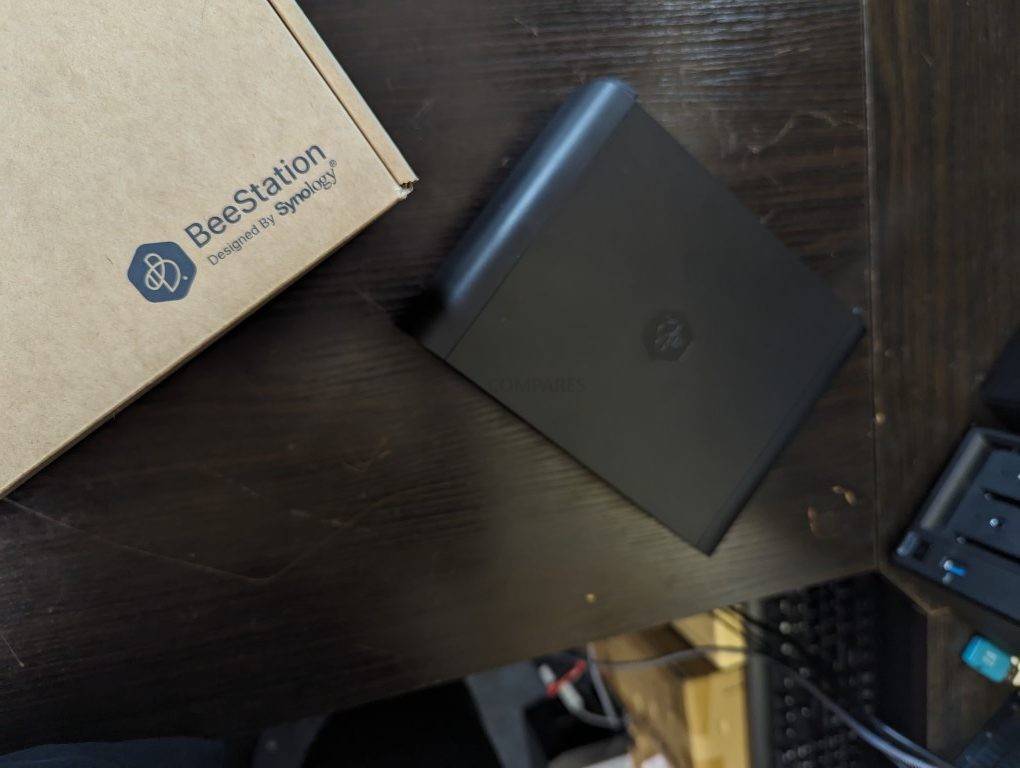
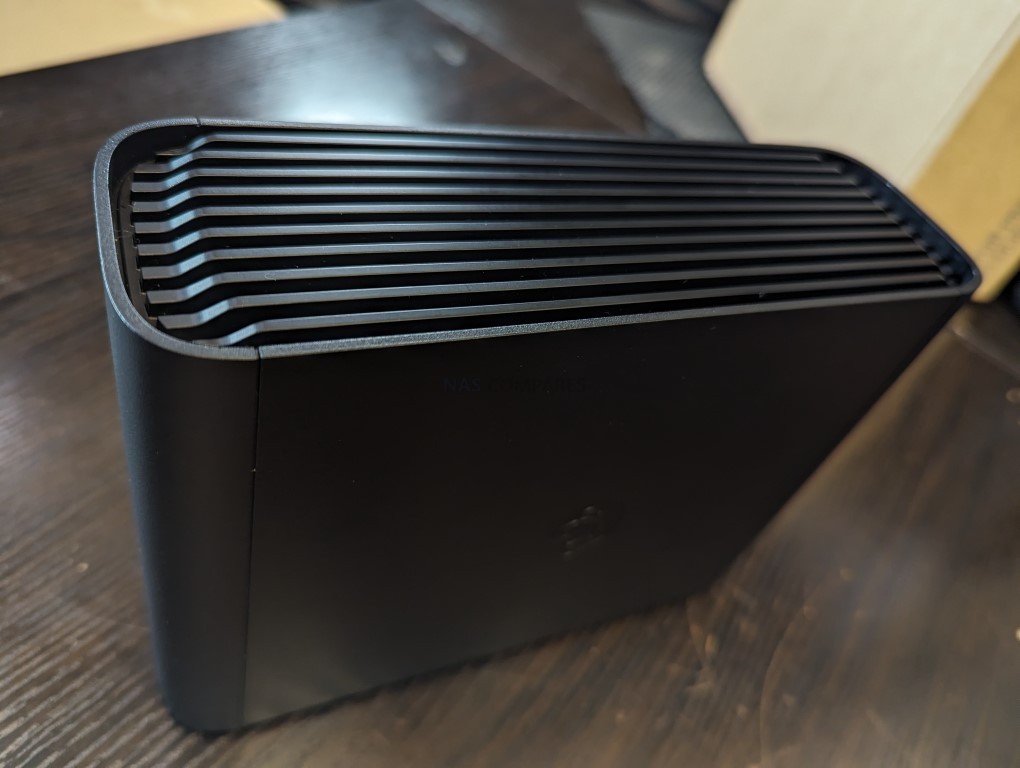
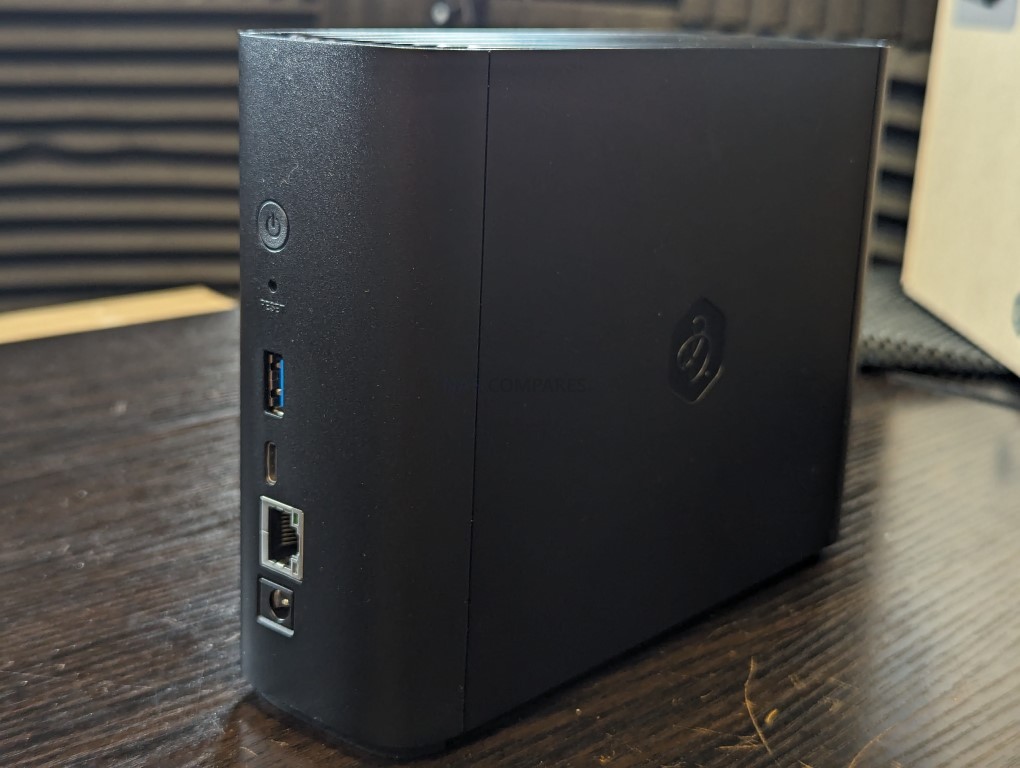
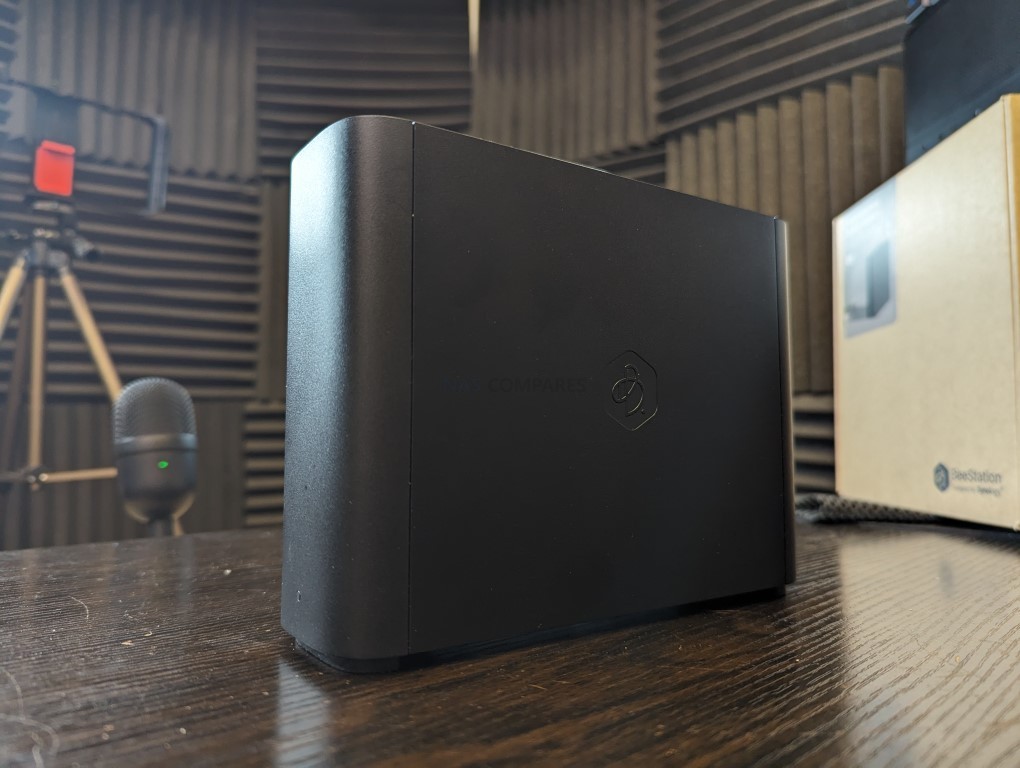
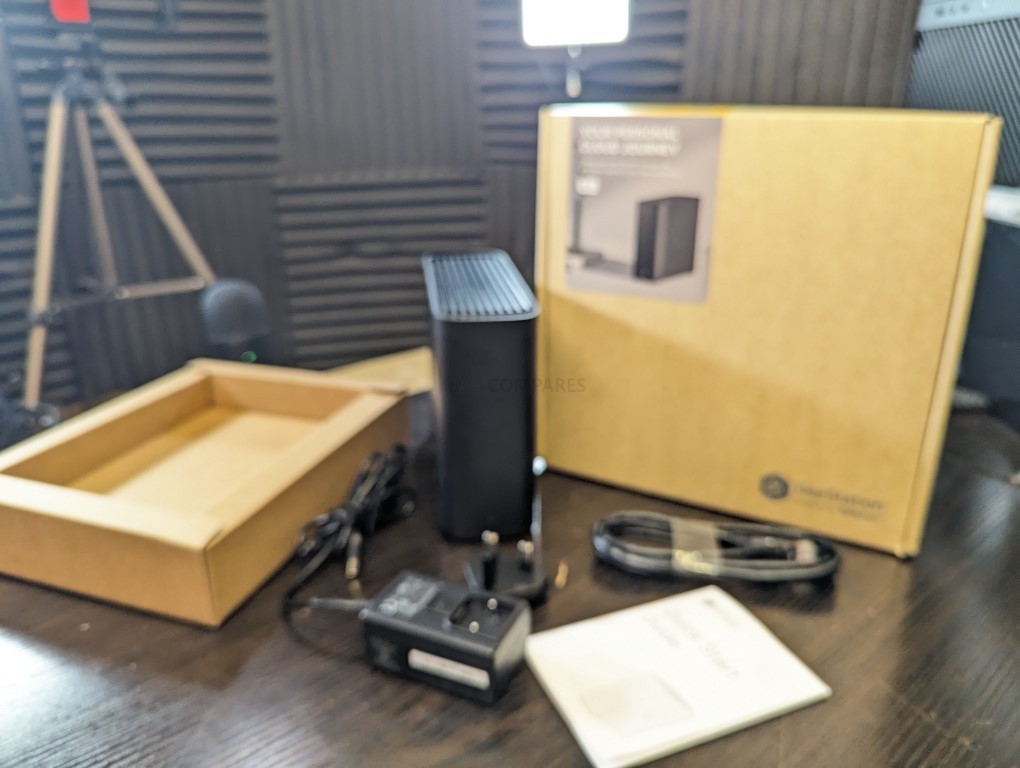
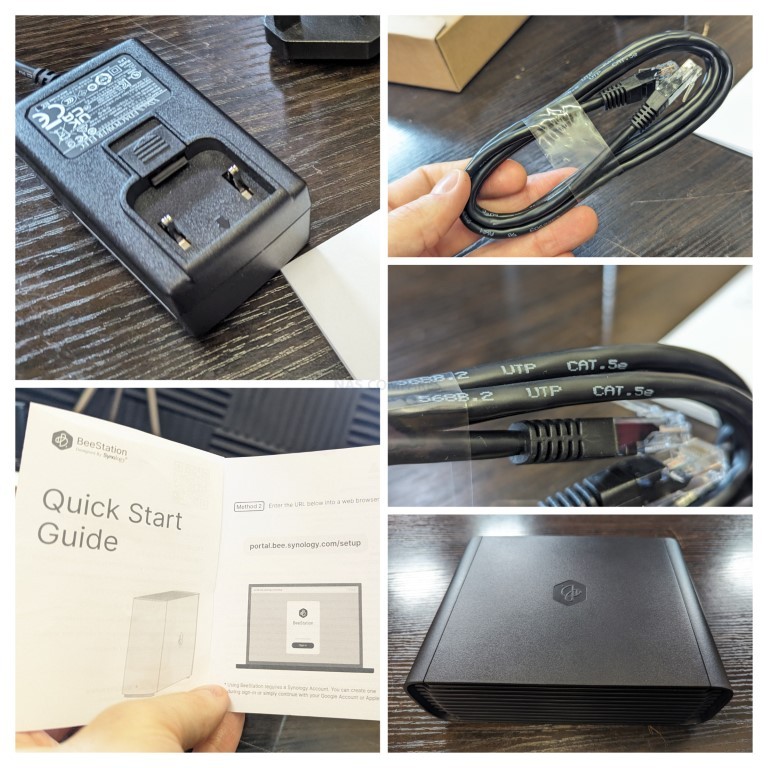


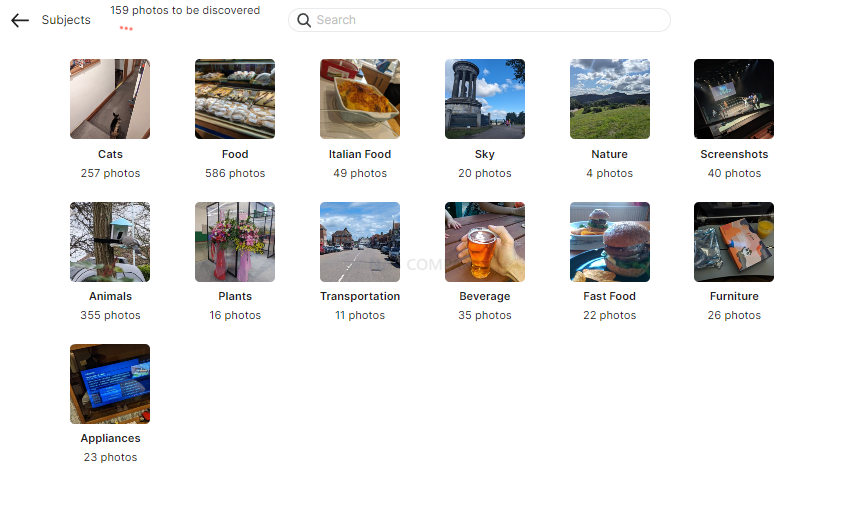
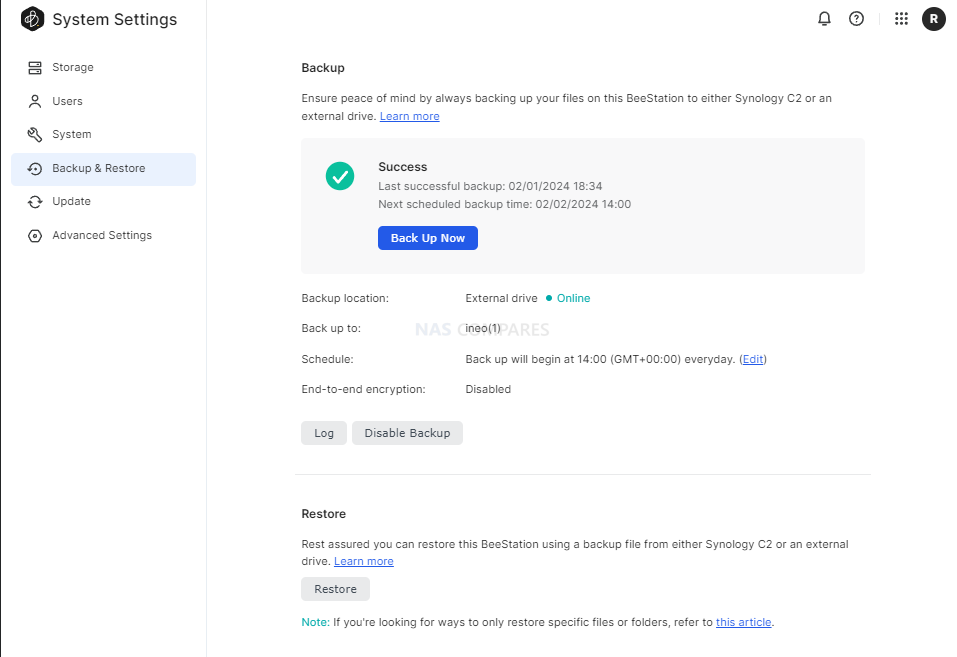
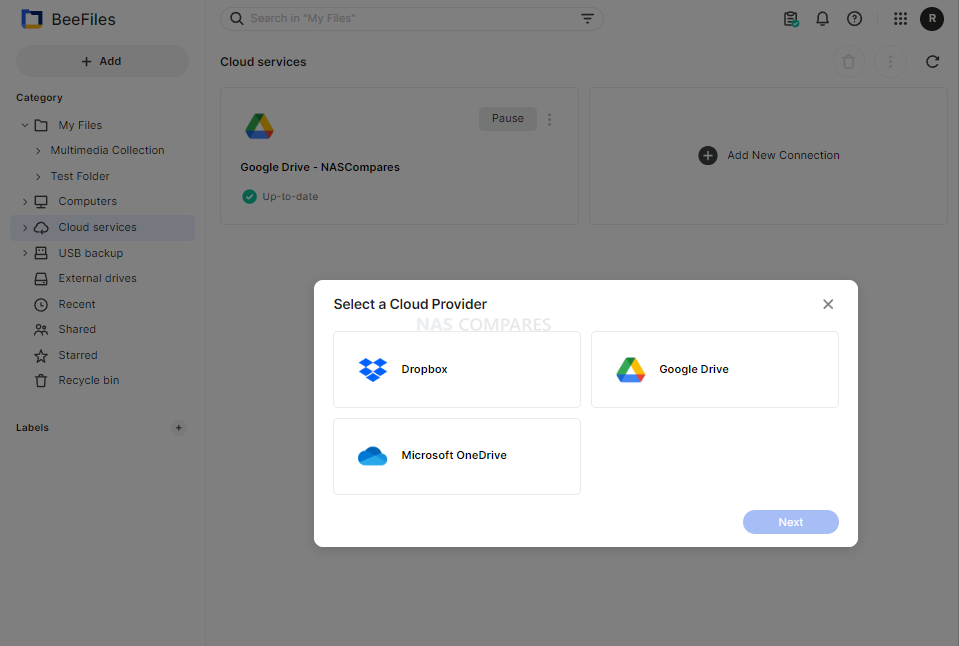
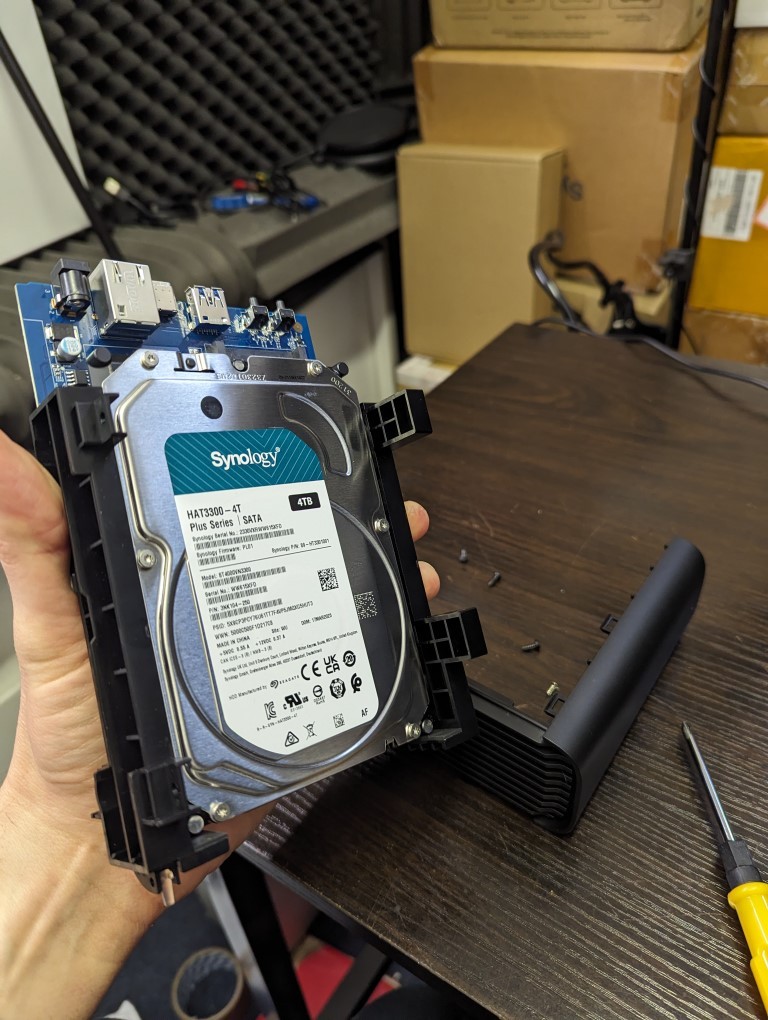
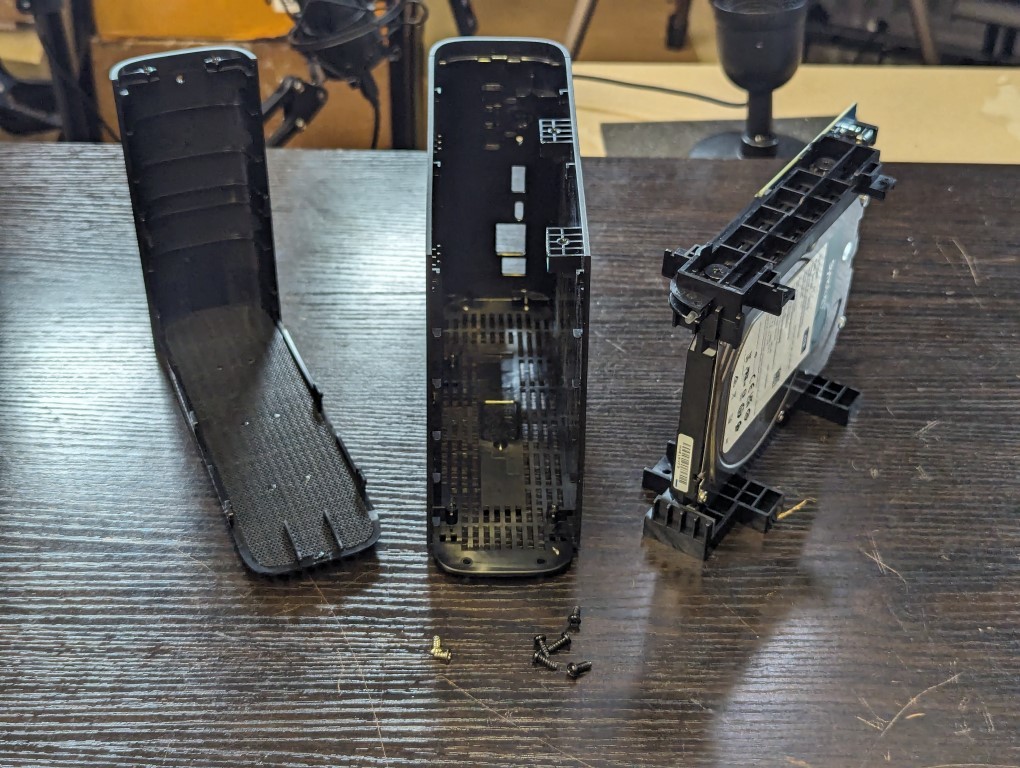
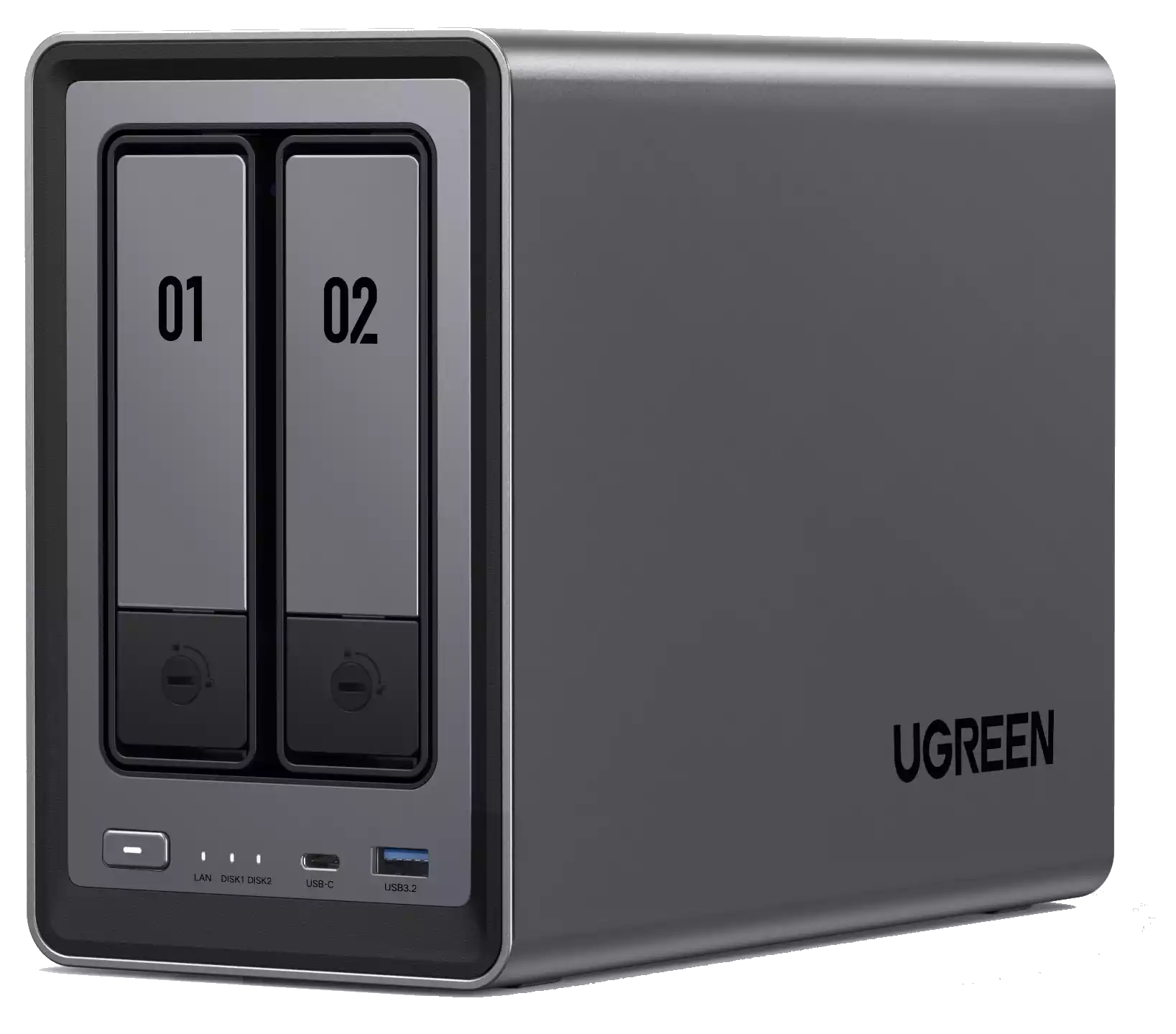
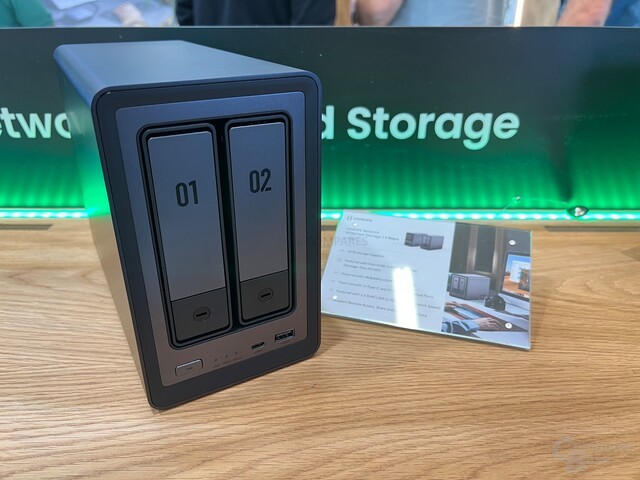
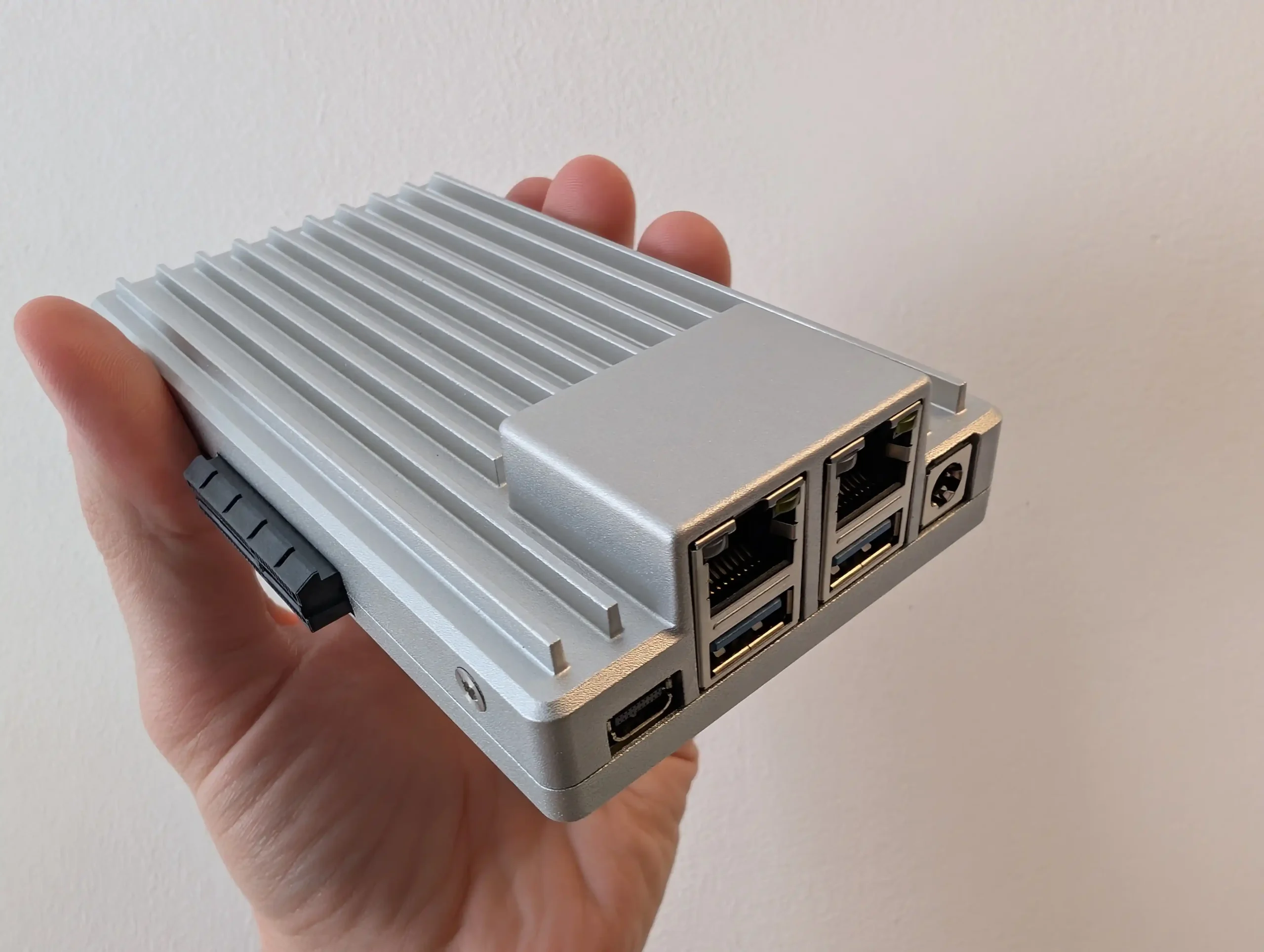
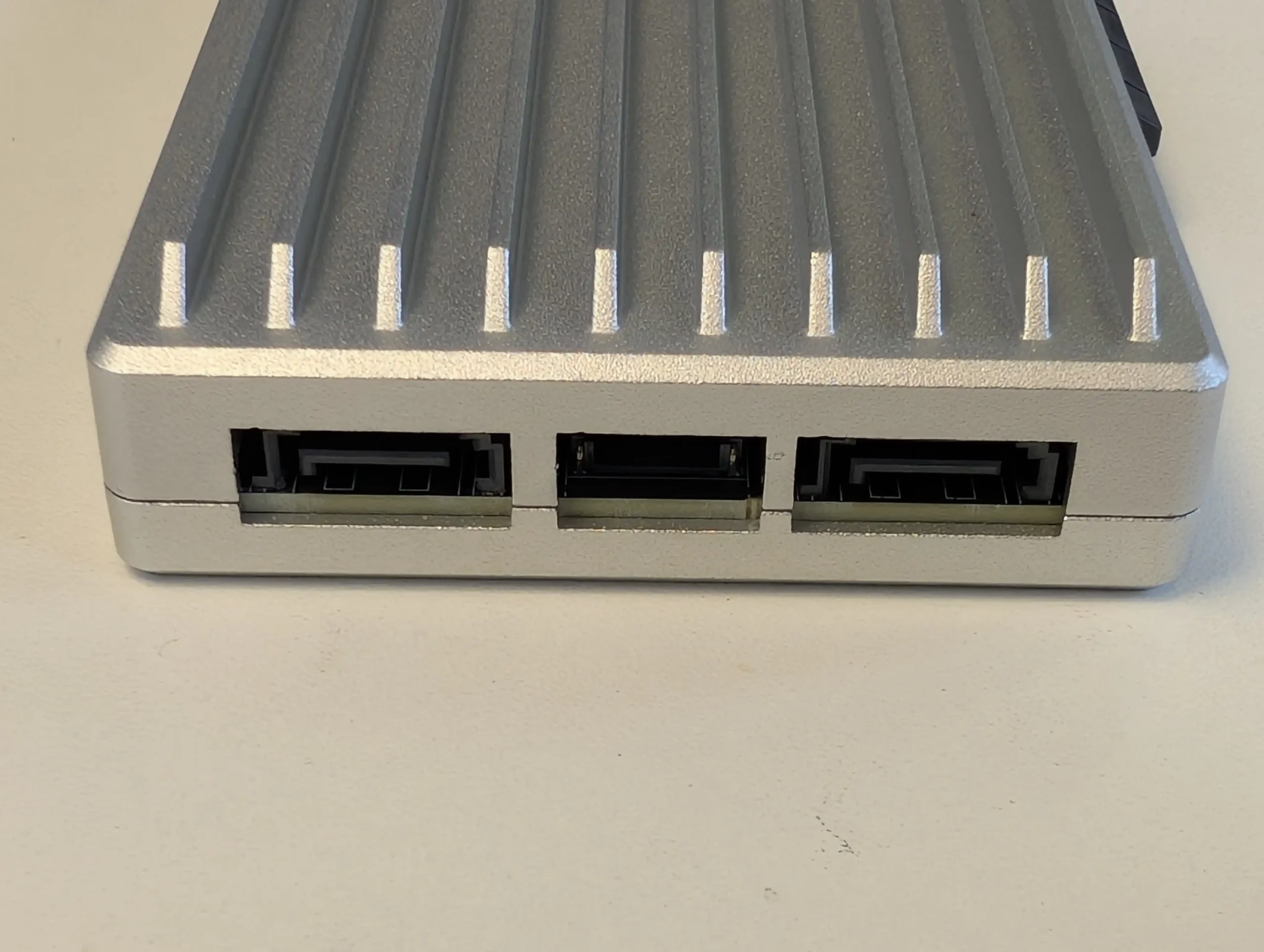
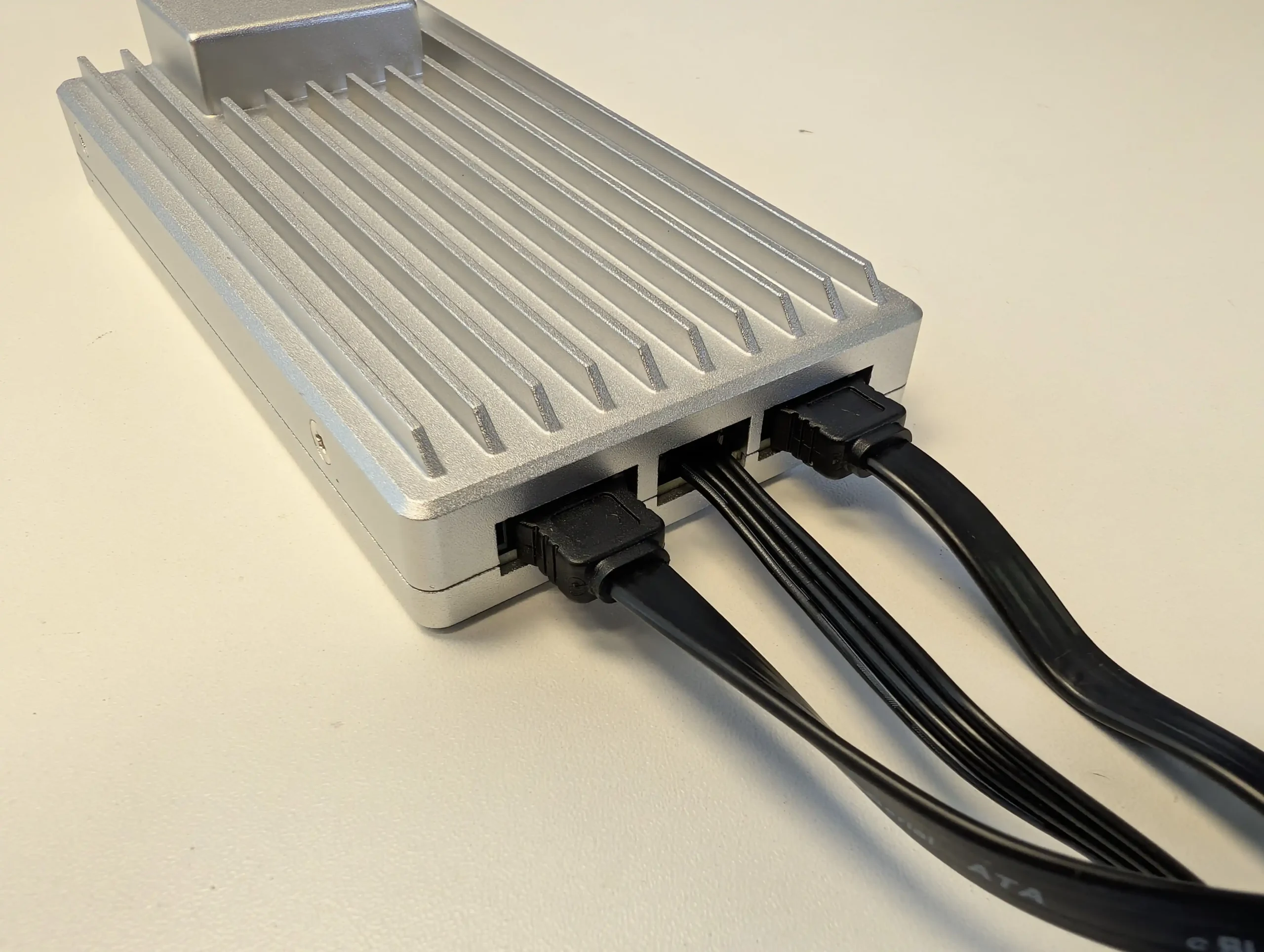
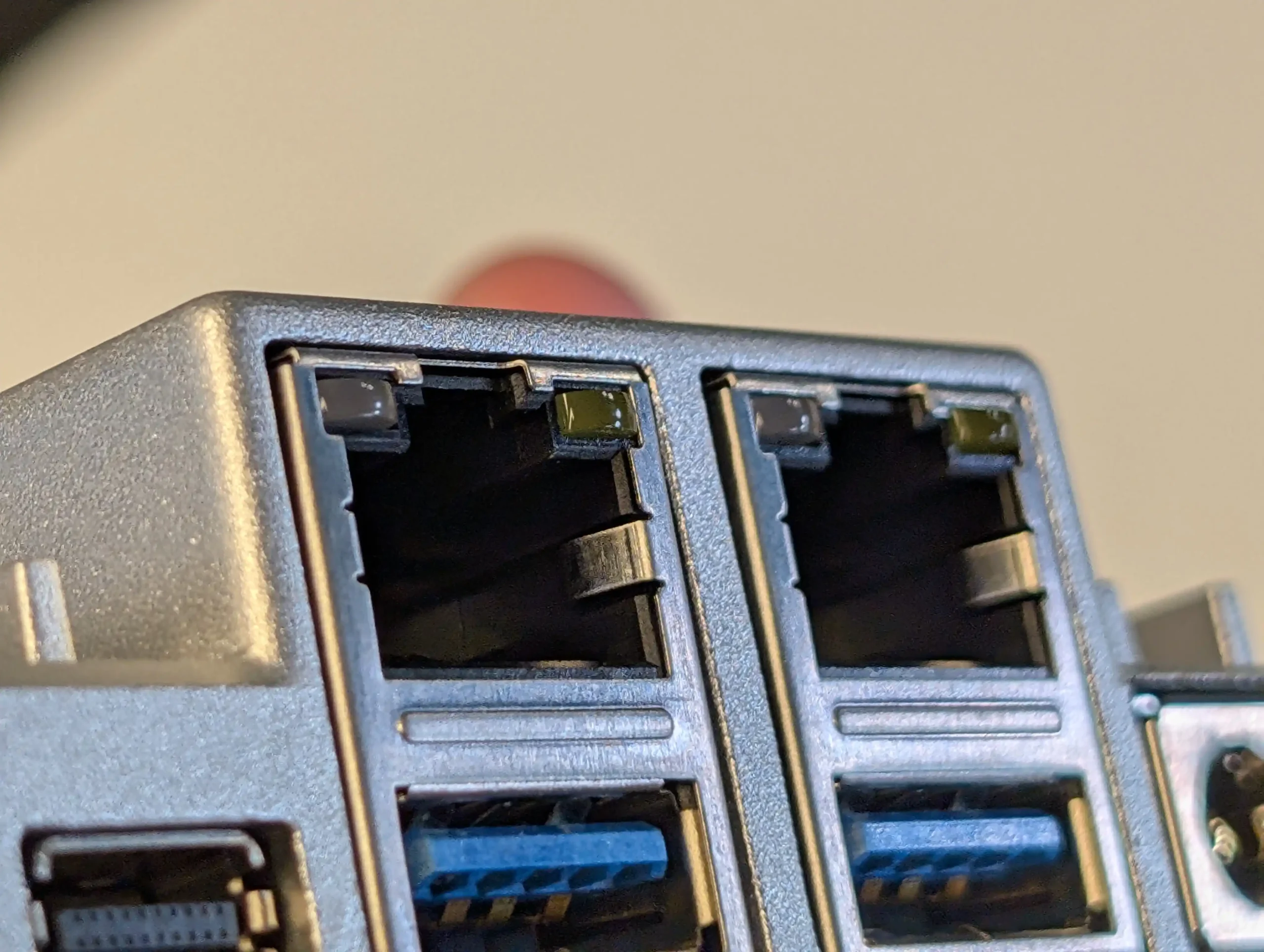
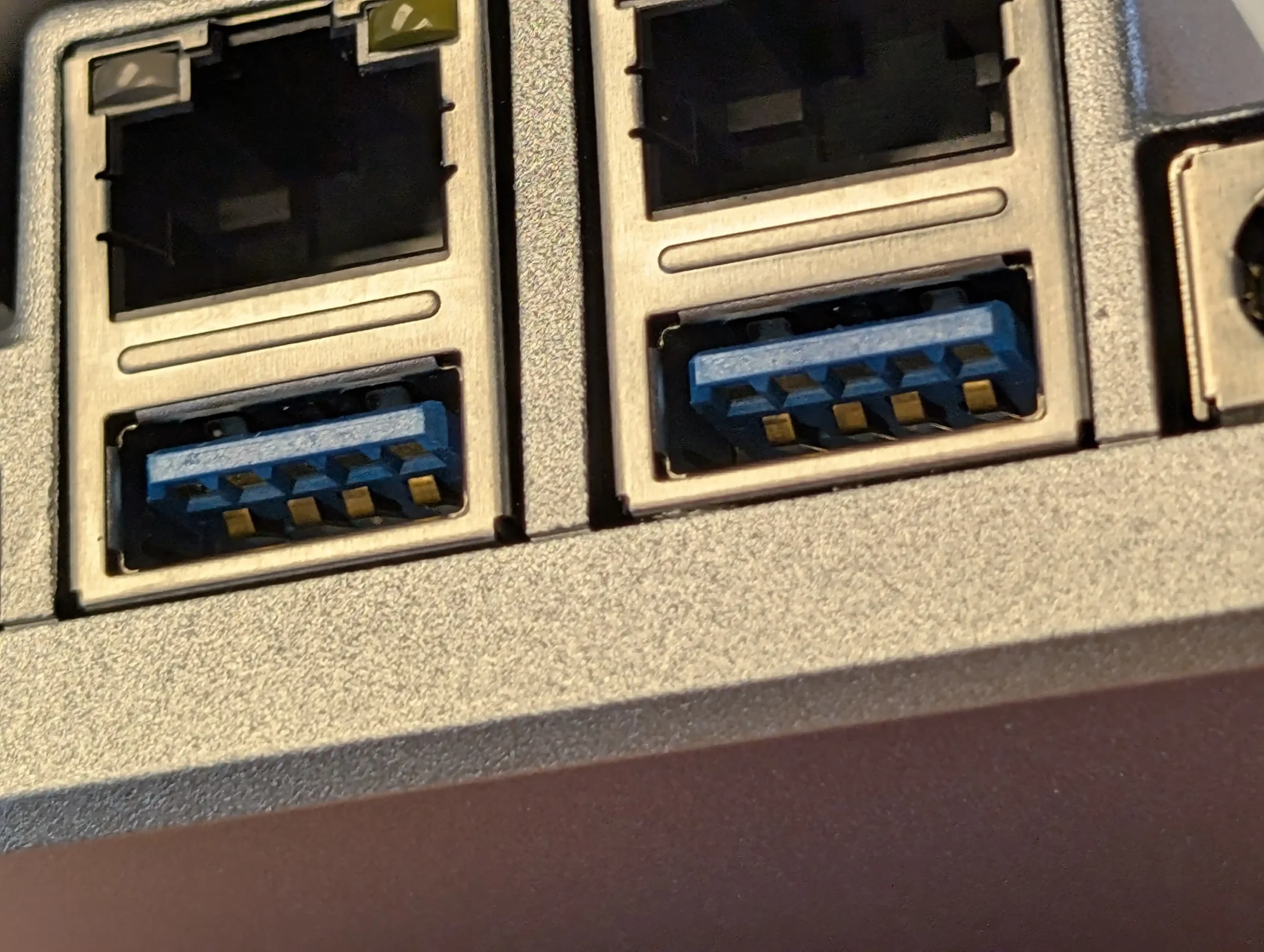
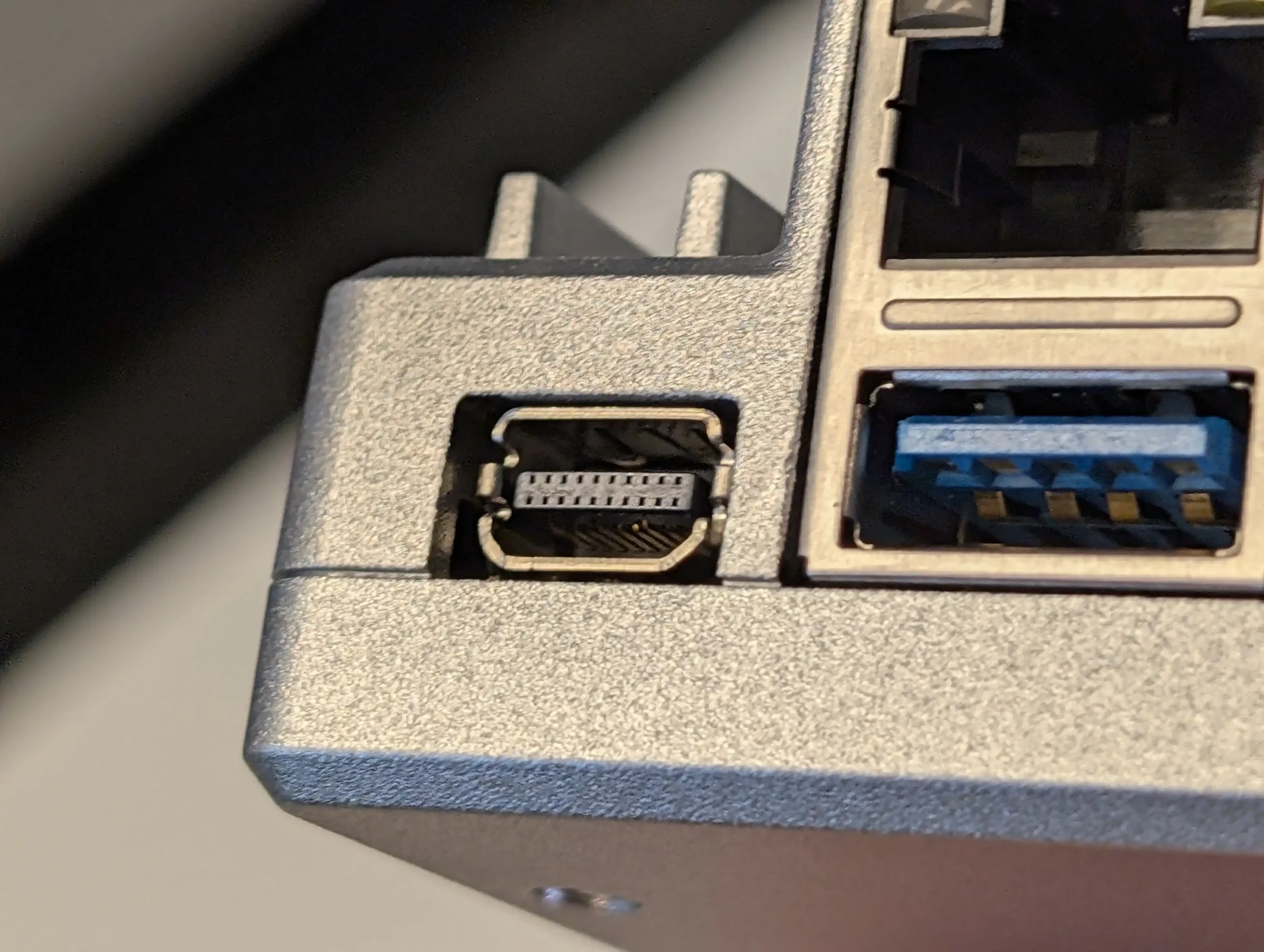
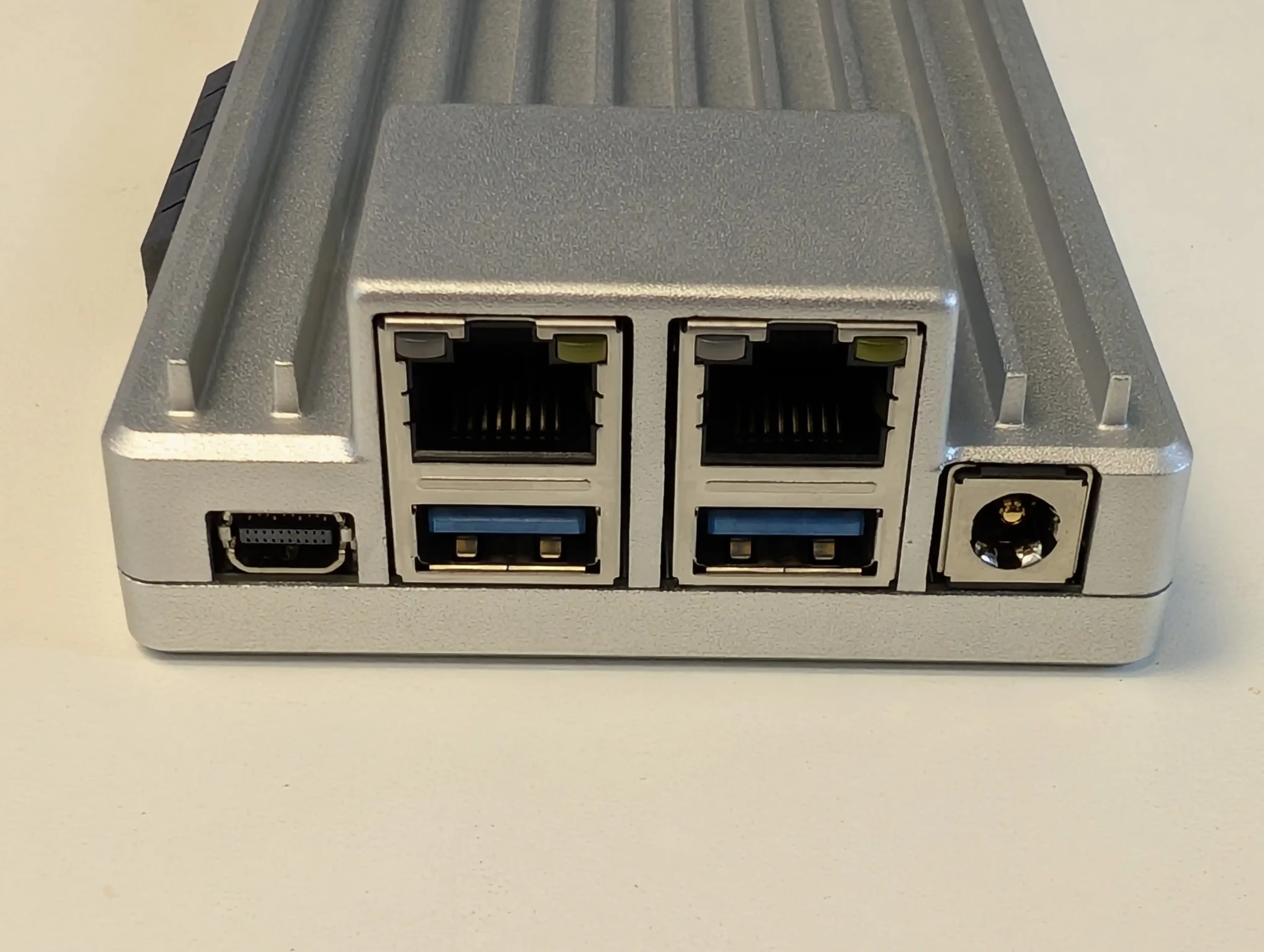
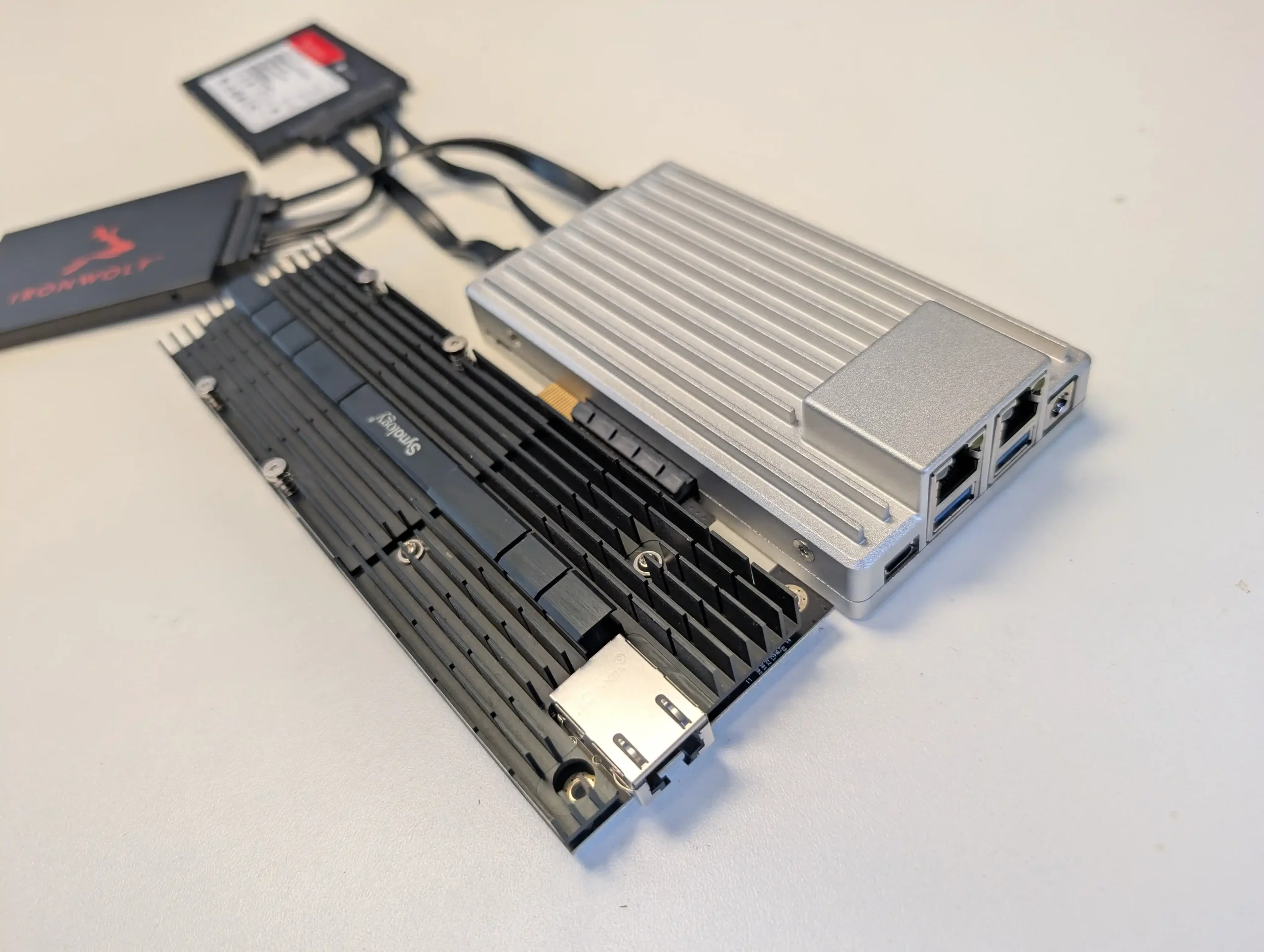
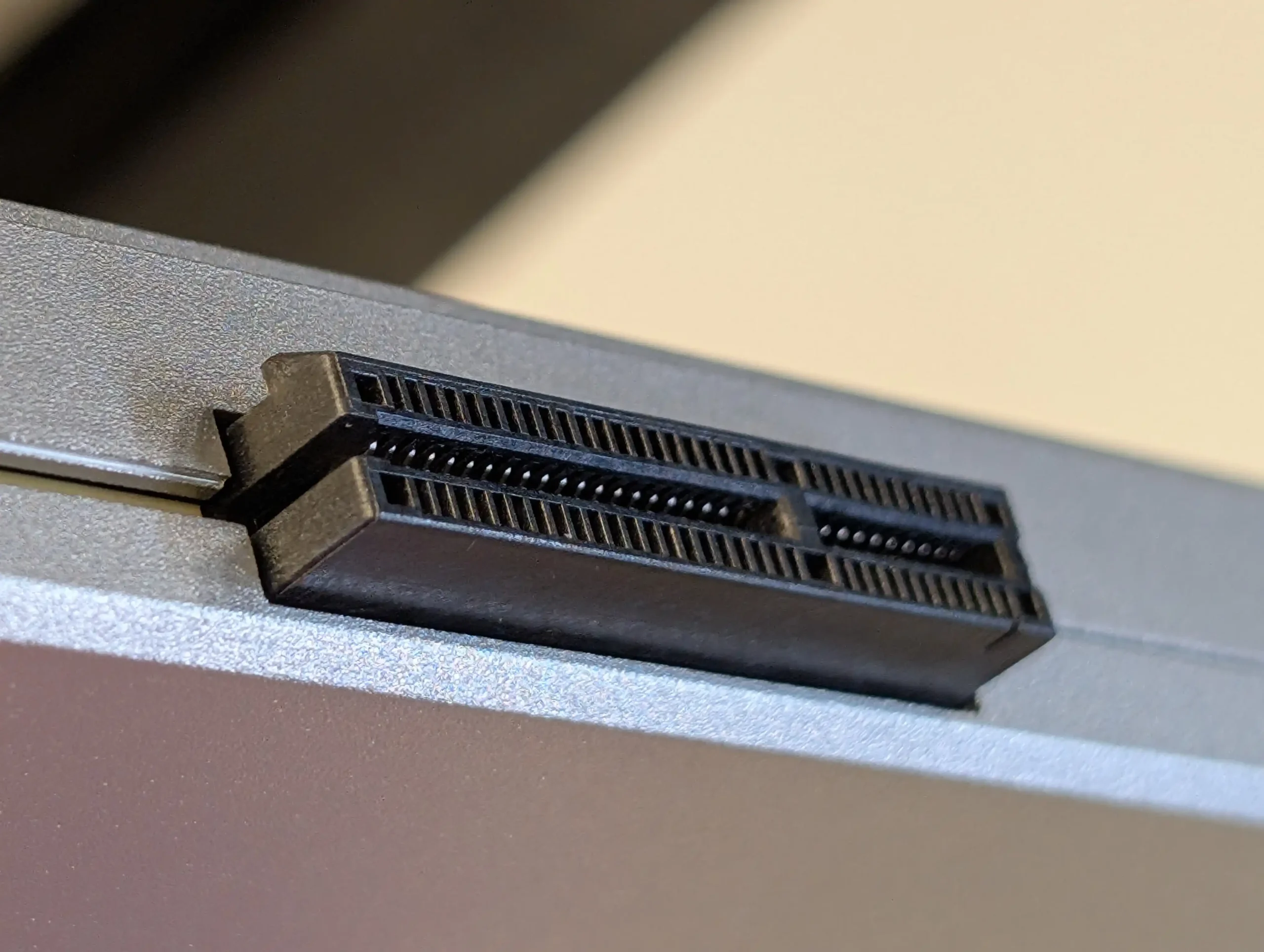

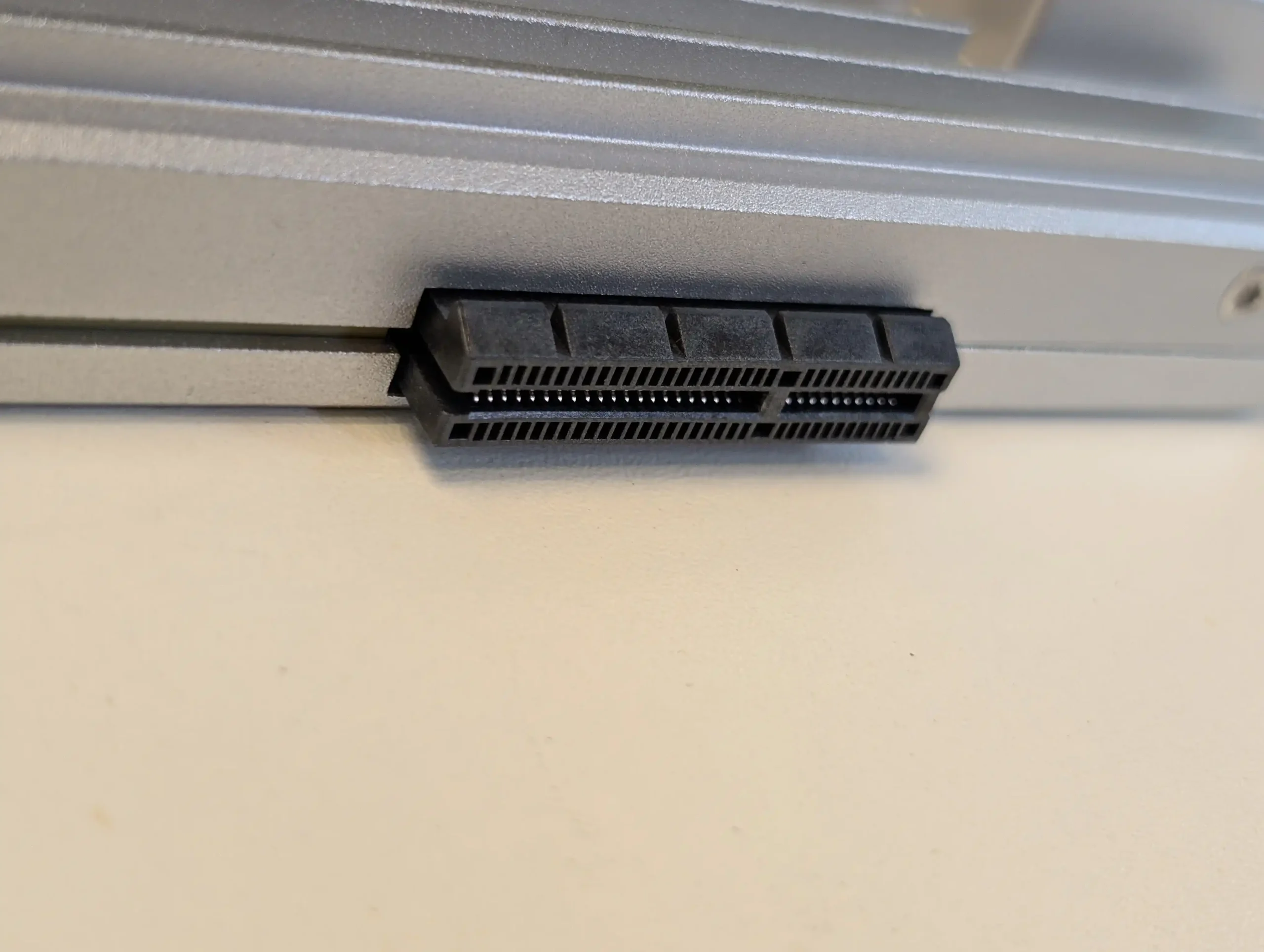
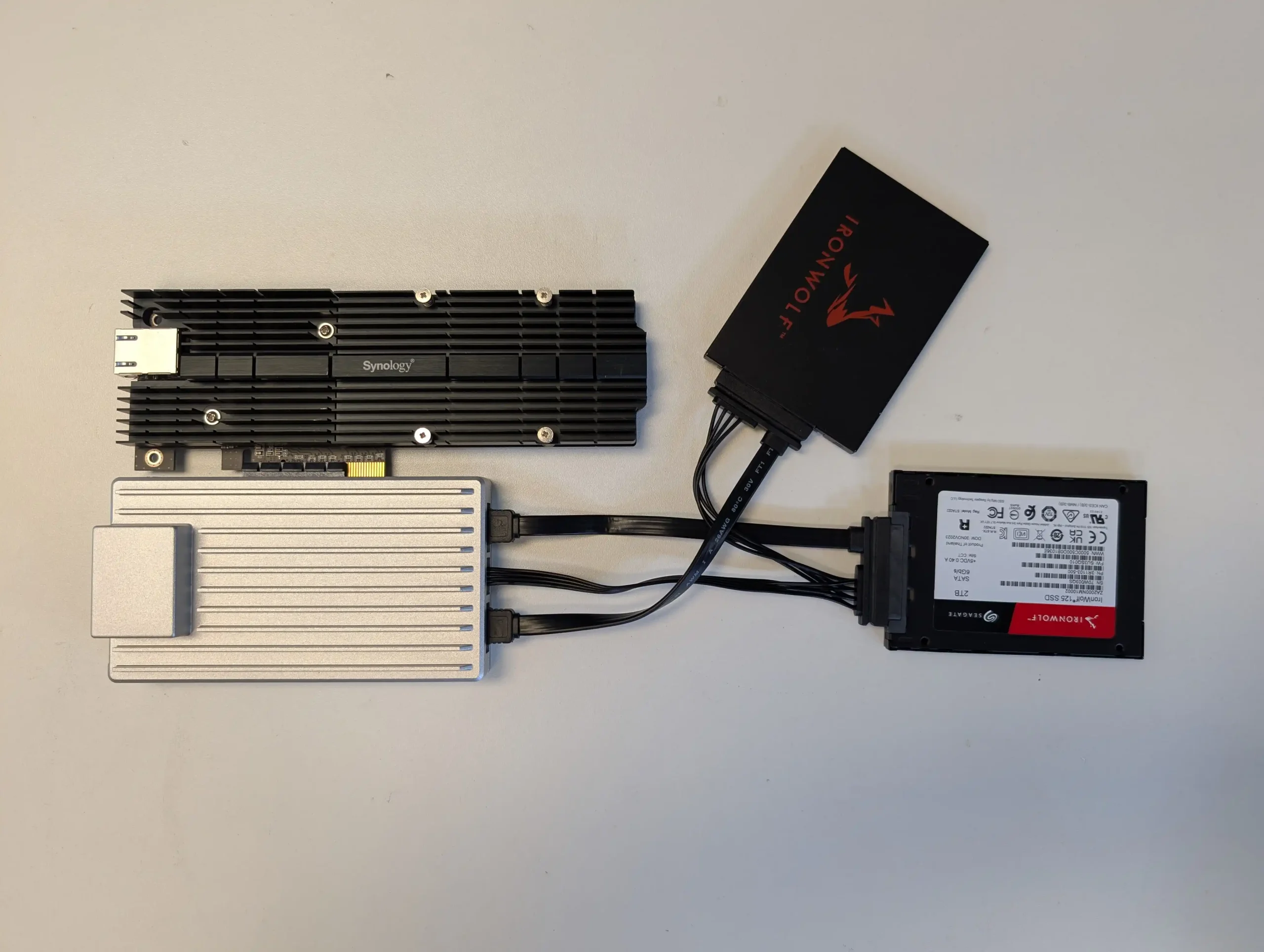
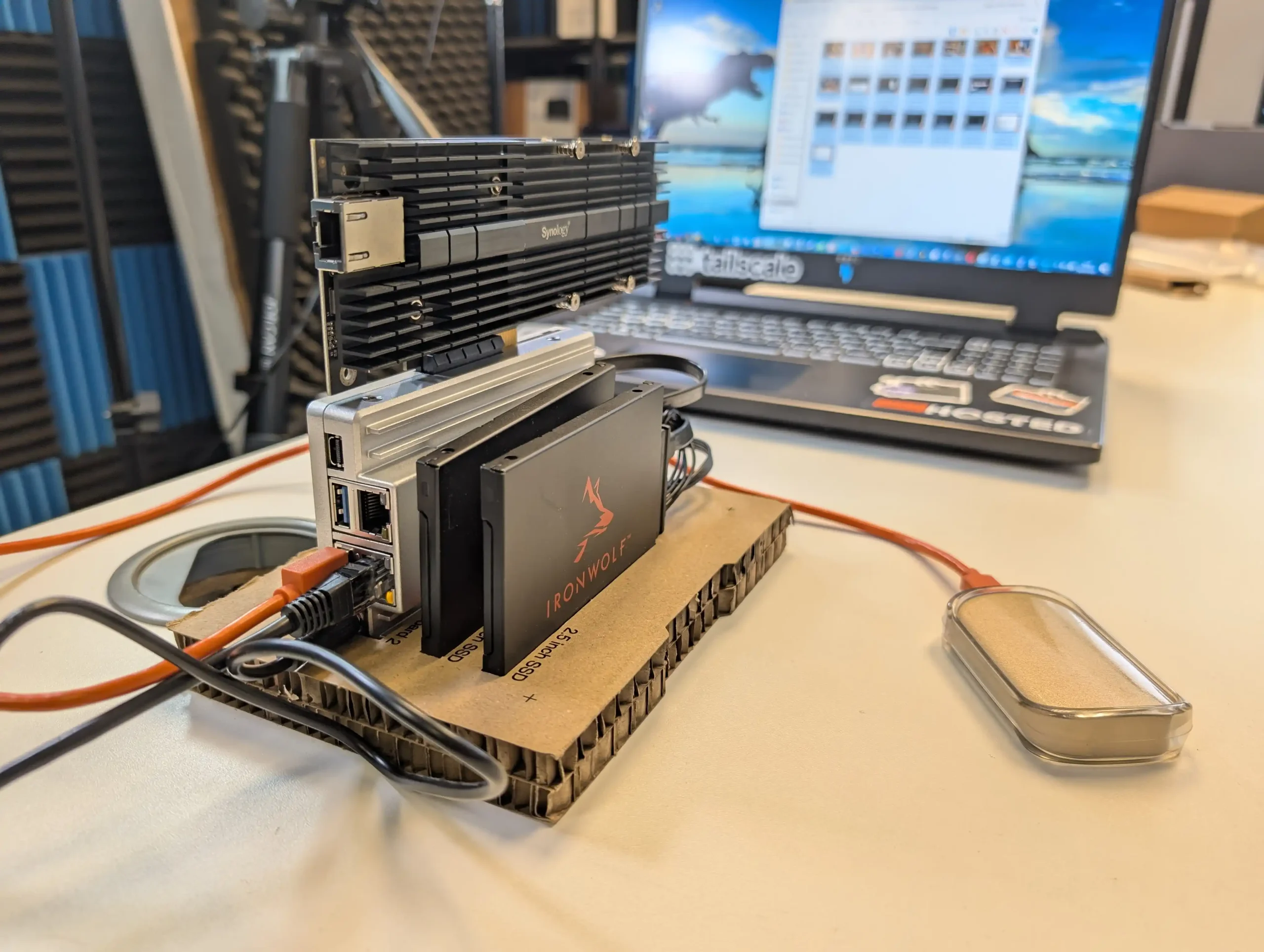
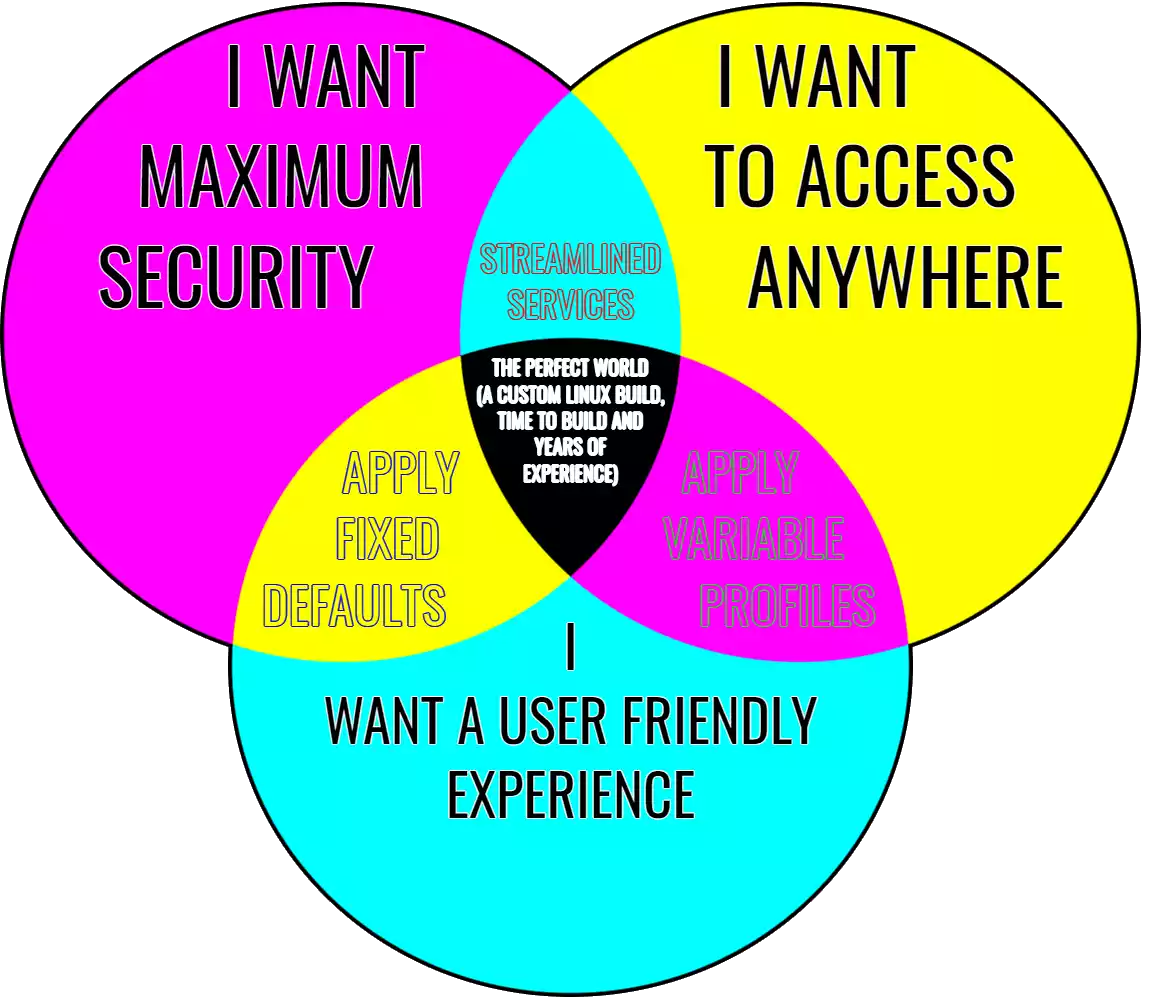
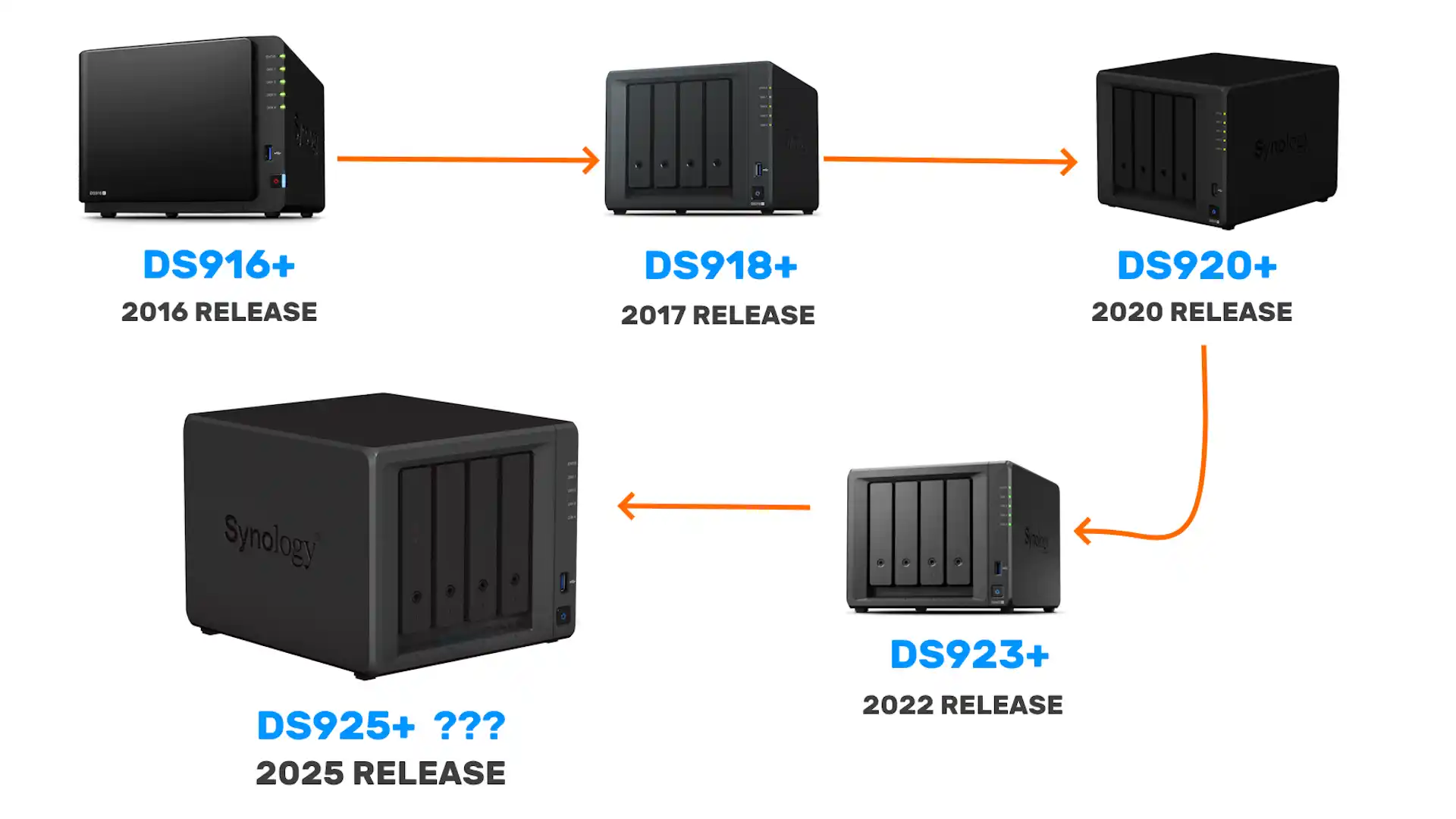
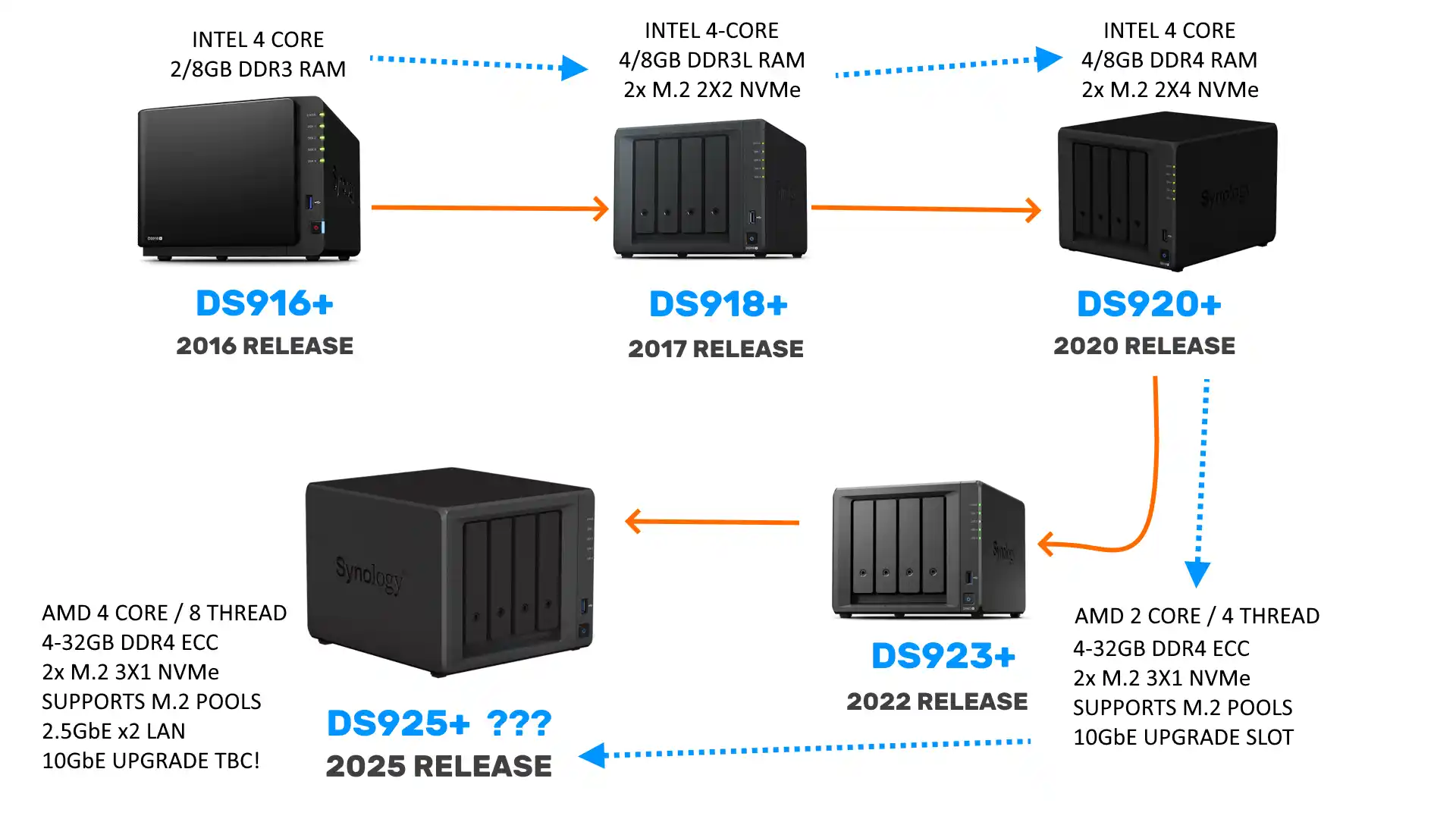
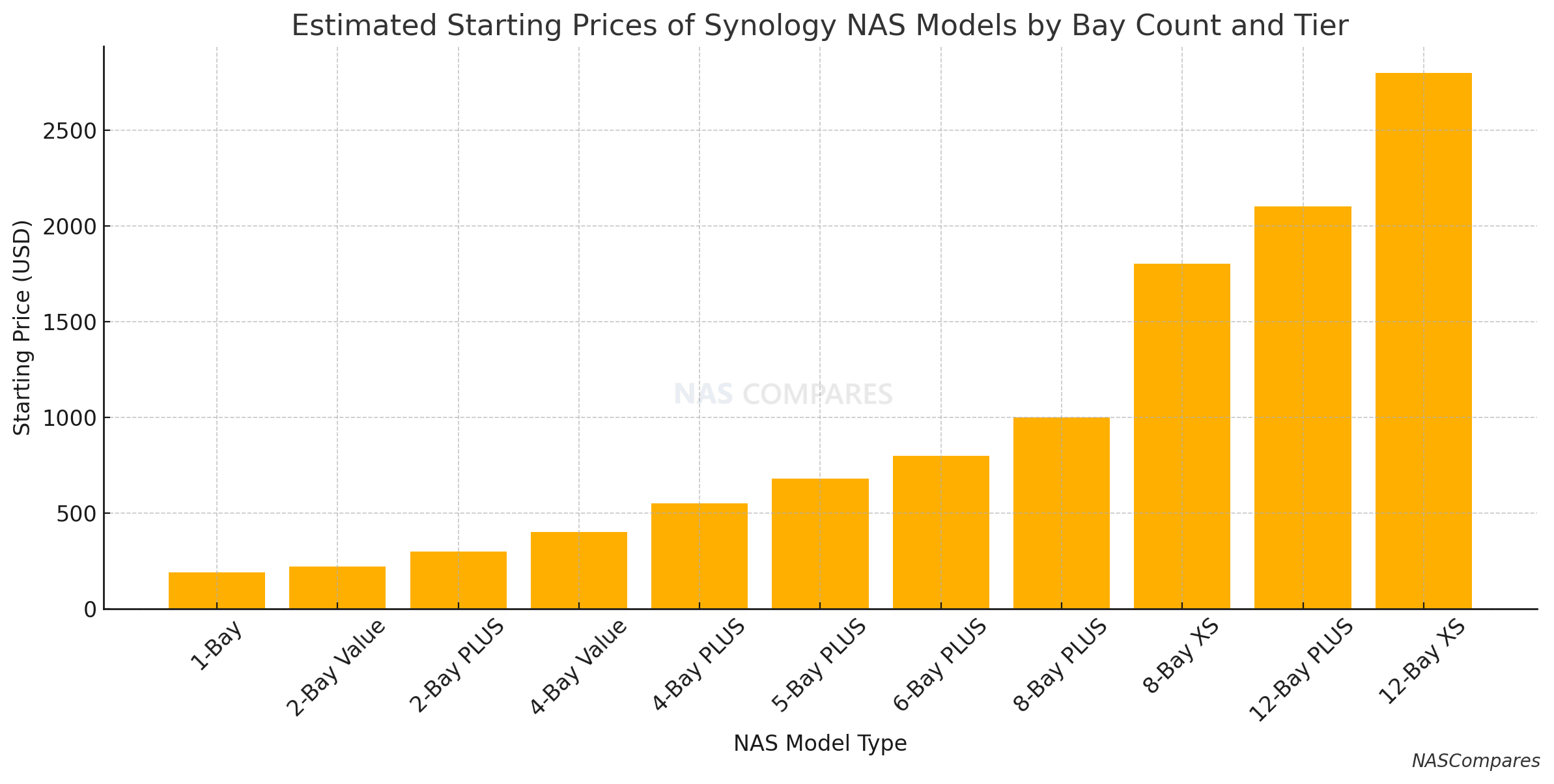
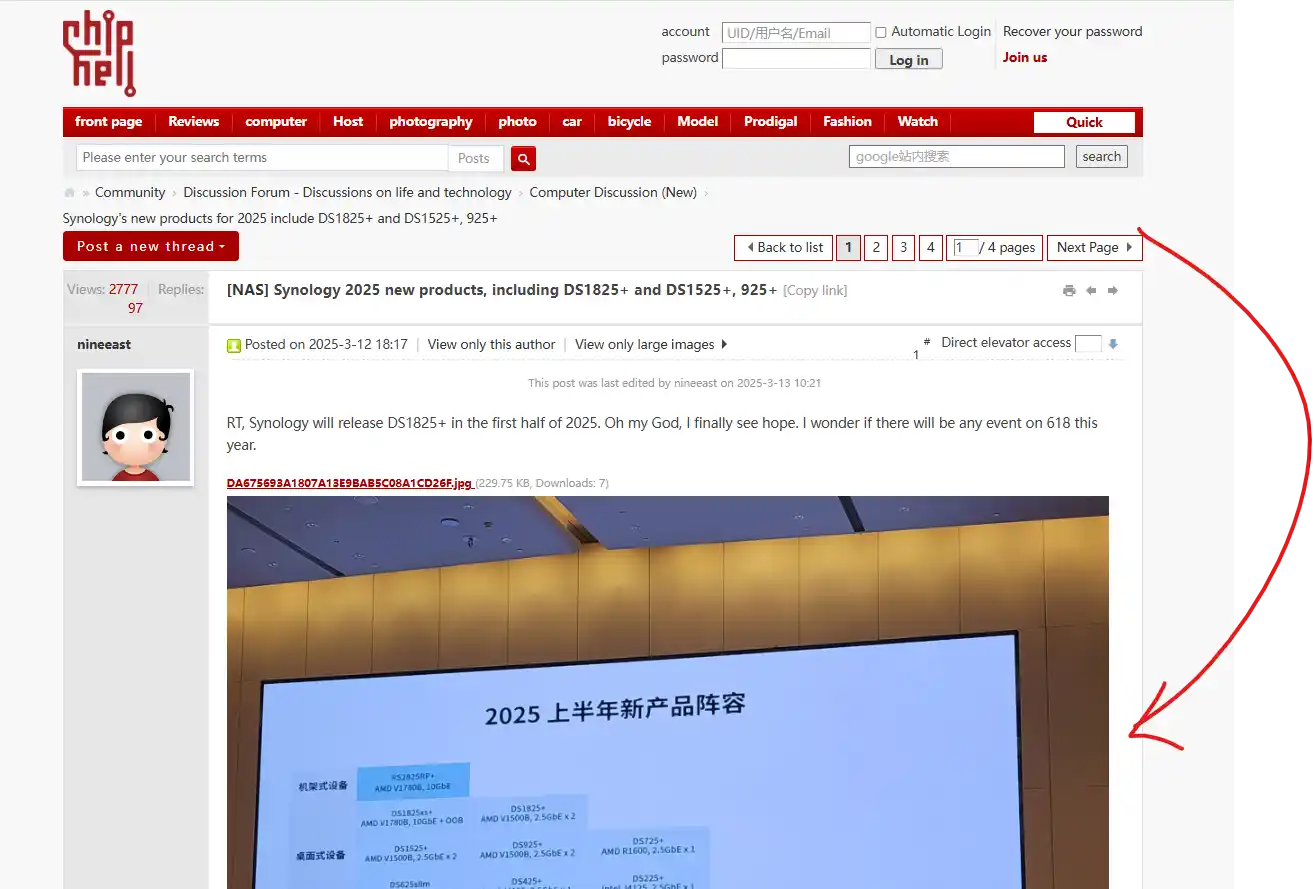
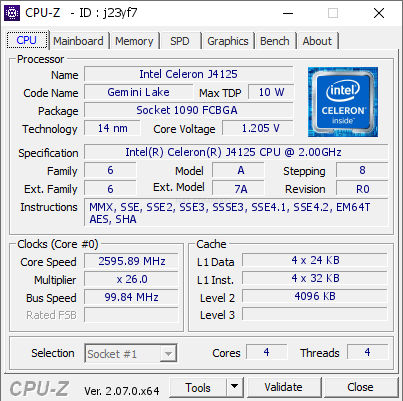


 Synology AI Console débarque sur les NAS
Synology AI Console débarque sur les NAS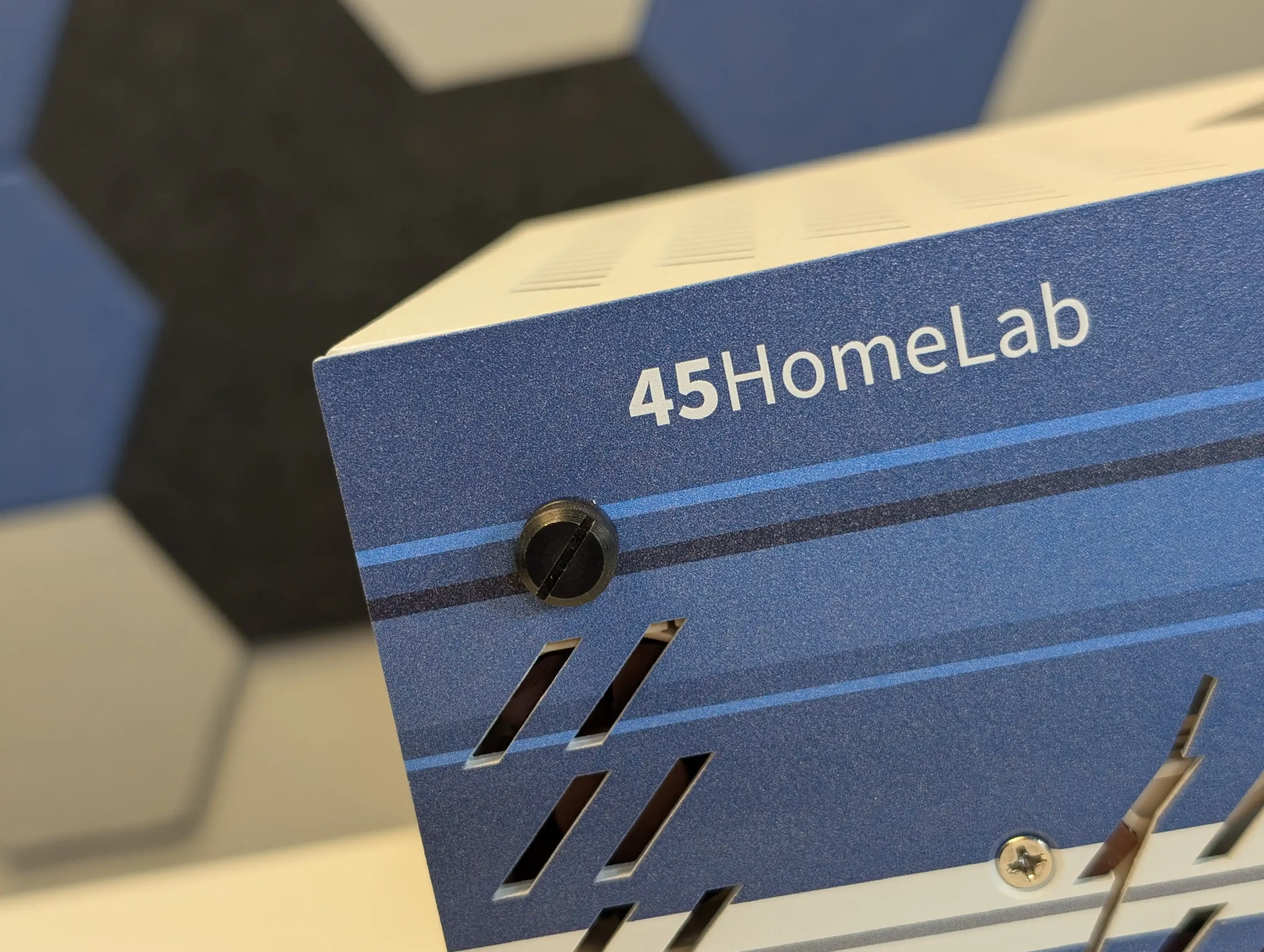
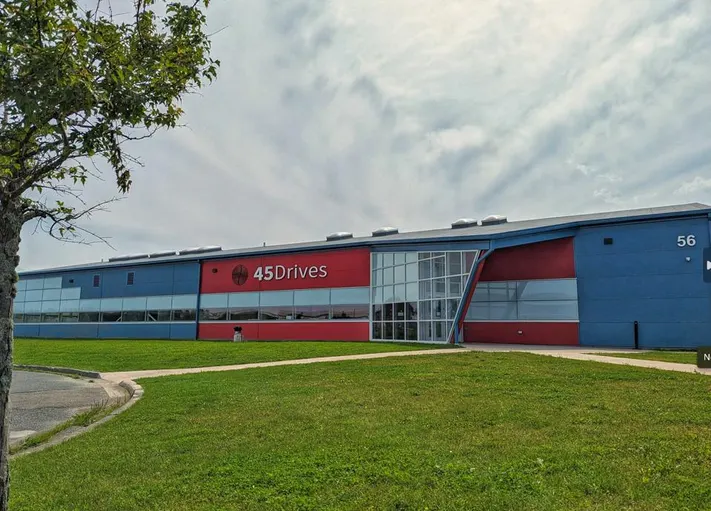
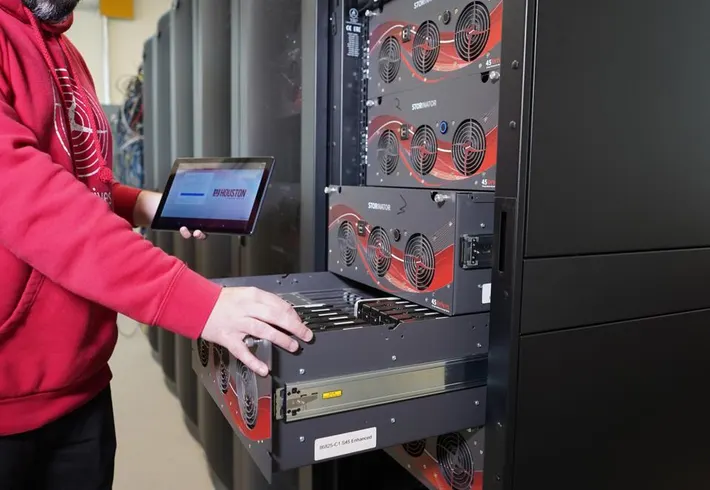

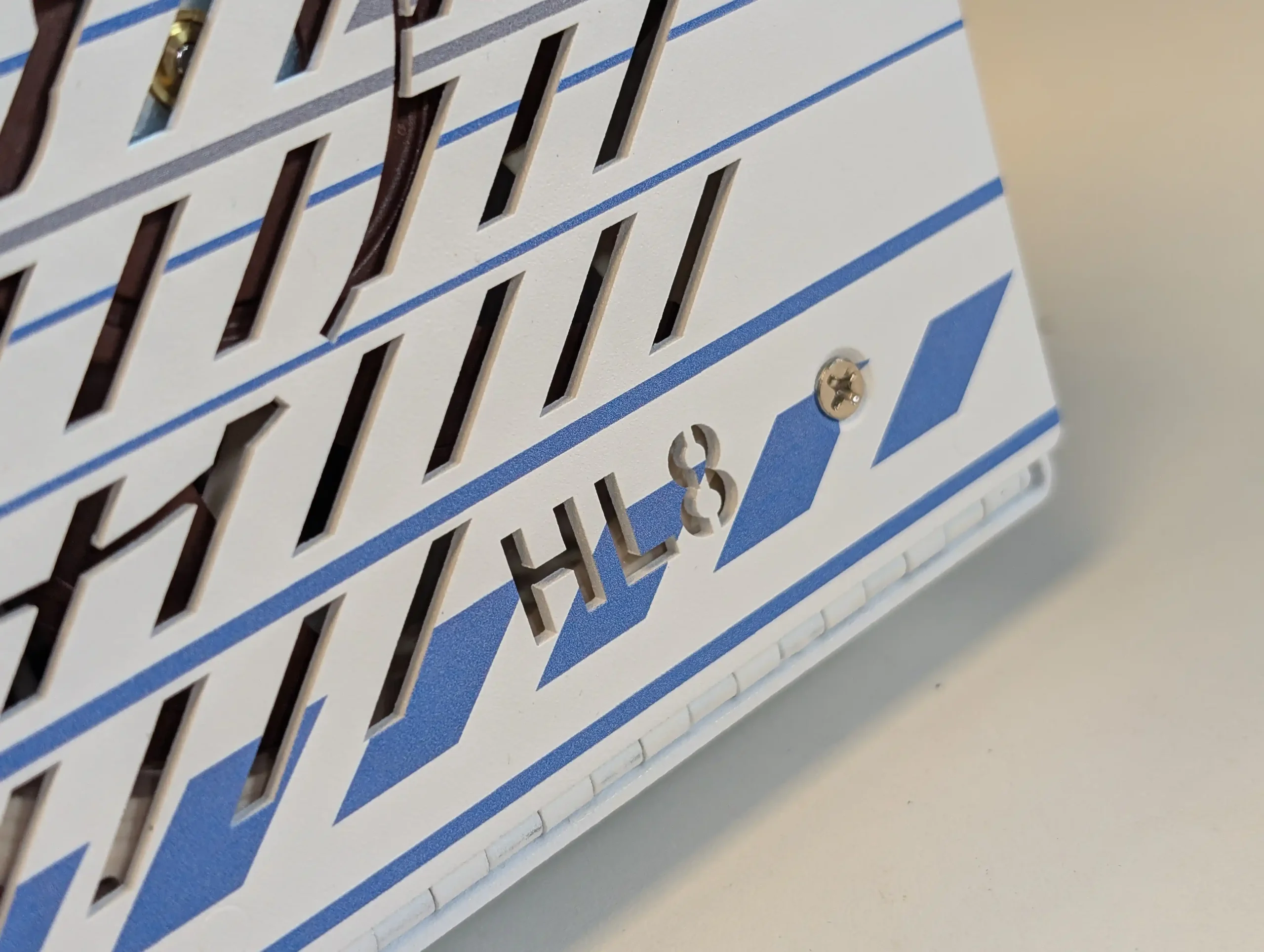
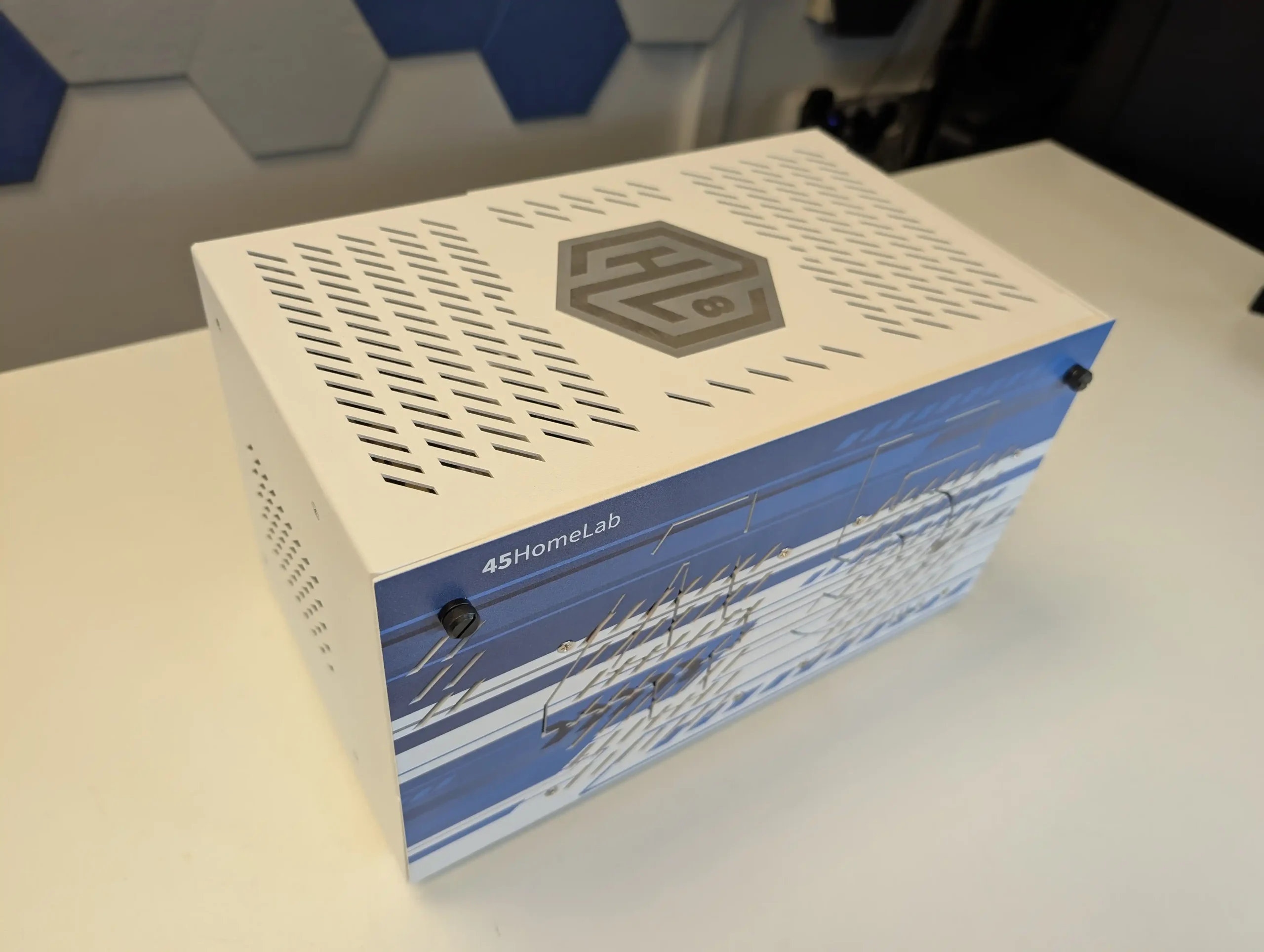 The finish is matte and durable, avoiding cheap plastics or decorative panels. Buyers can choose between metal and acrylic front plates, and several color options are available, offering some degree of personalization—something rarely seen at this tier. Branding is subtle, with the HL8 model designation etched into the top panel and a logo plate on the front face.
The finish is matte and durable, avoiding cheap plastics or decorative panels. Buyers can choose between metal and acrylic front plates, and several color options are available, offering some degree of personalization—something rarely seen at this tier. Branding is subtle, with the HL8 model designation etched into the top panel and a logo plate on the front face.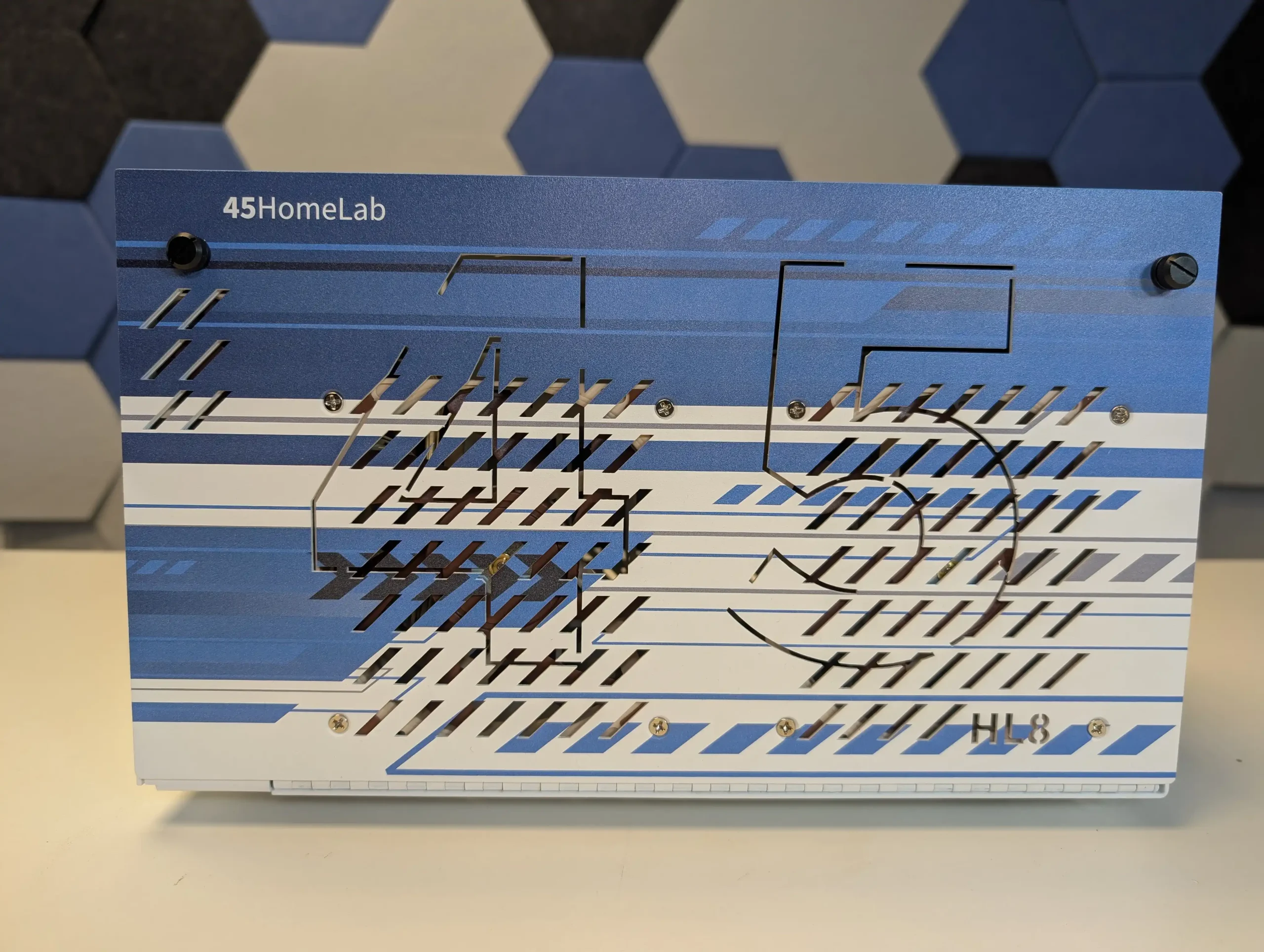
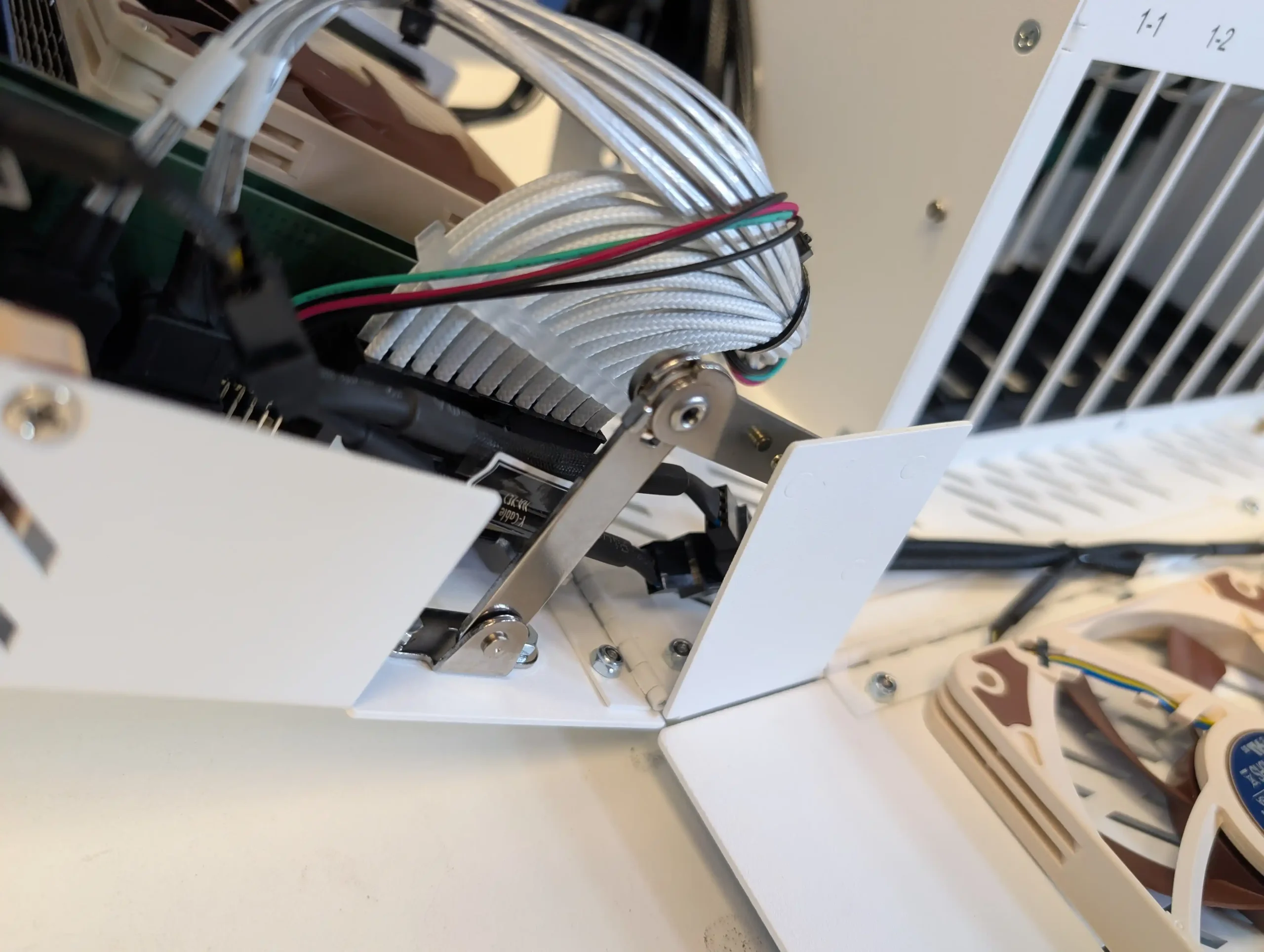 This mechanism provides real-time visibility into the system’s interior during operation, making it easier to perform diagnostics, replace fans, or adjust cabling. It’s particularly helpful for users who regularly service or upgrade their systems, and it avoids many of the frustrations associated with cramped or tool-dependent access panels.
This mechanism provides real-time visibility into the system’s interior during operation, making it easier to perform diagnostics, replace fans, or adjust cabling. It’s particularly helpful for users who regularly service or upgrade their systems, and it avoids many of the frustrations associated with cramped or tool-dependent access panels.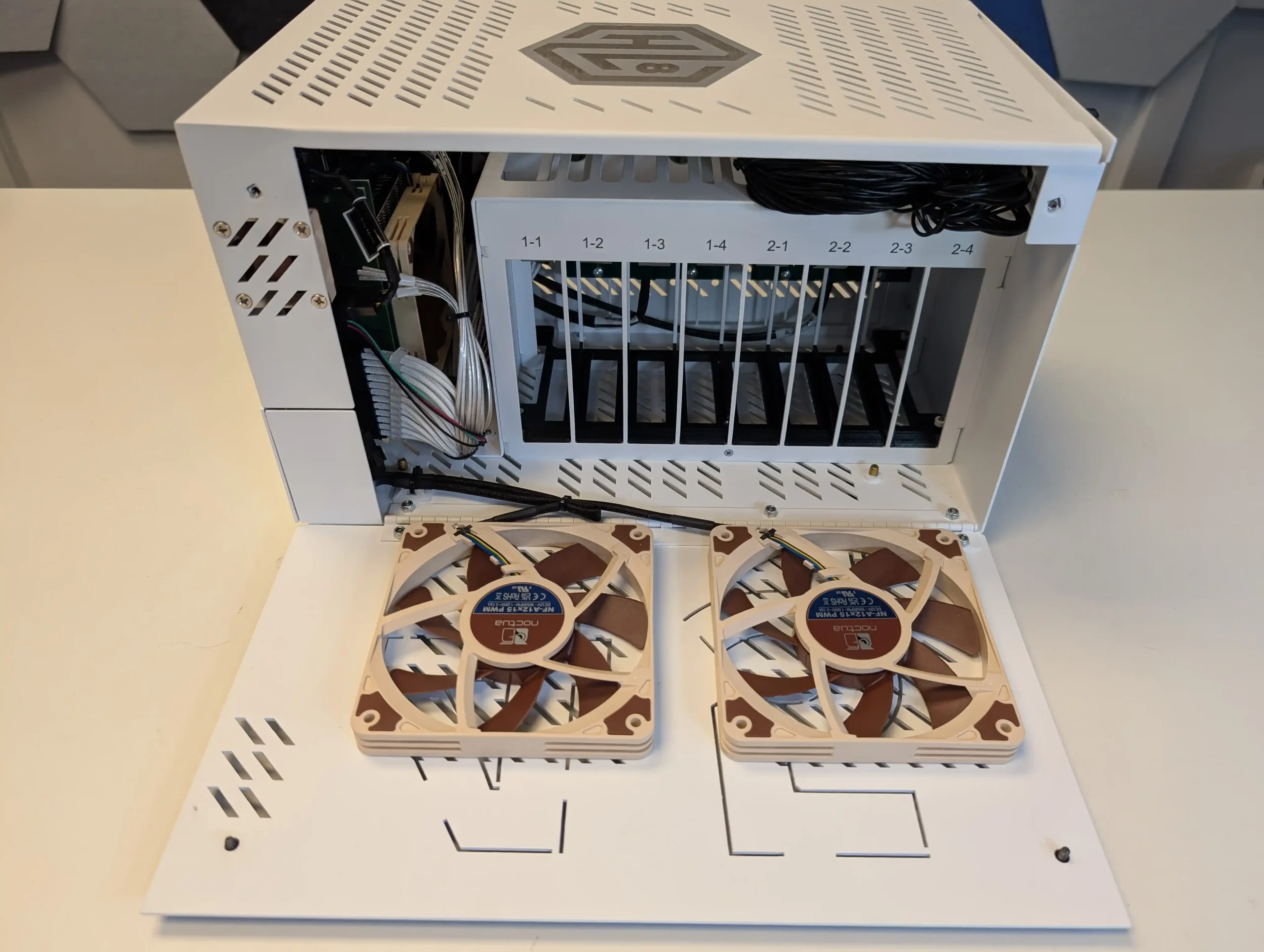
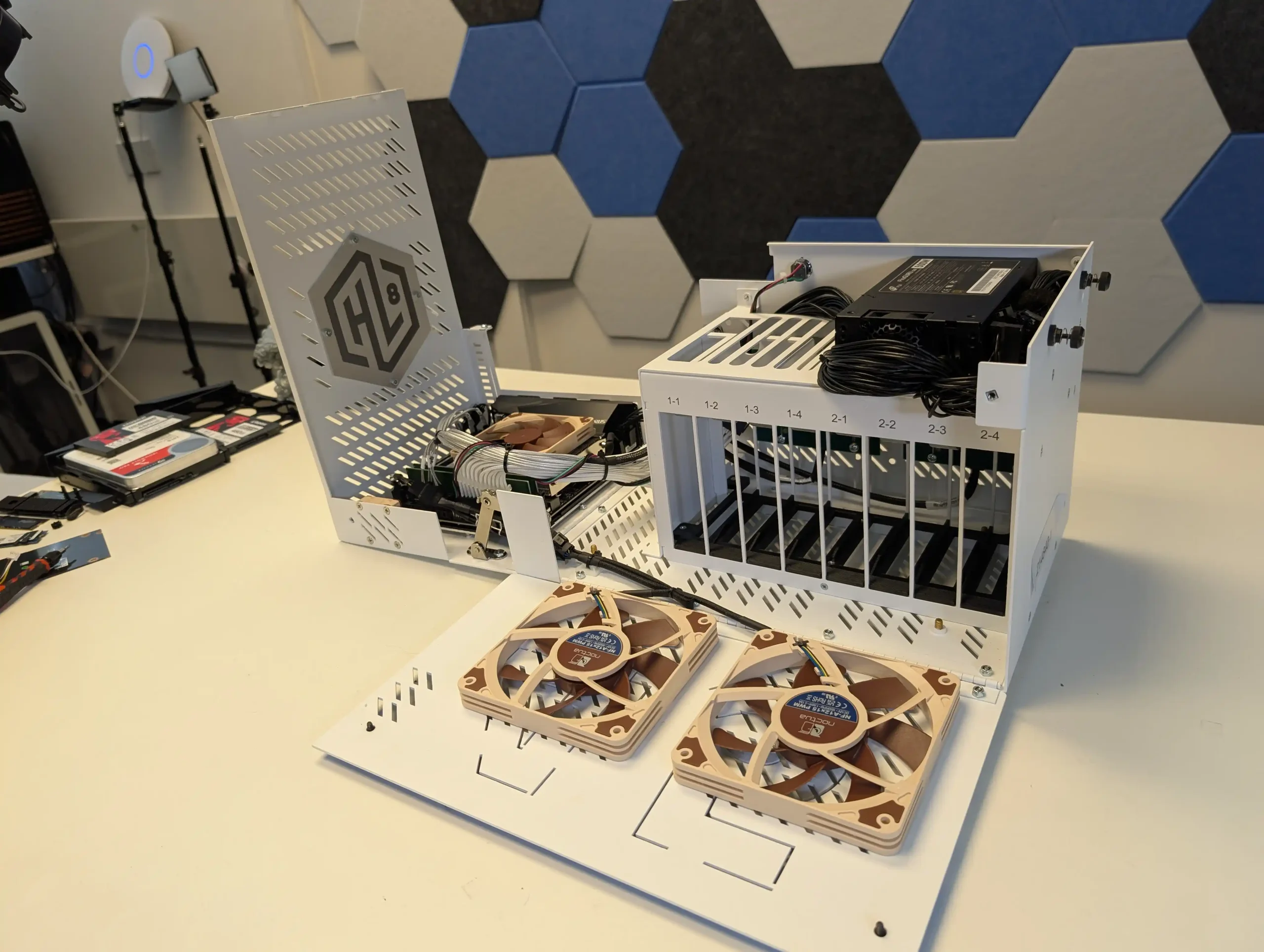
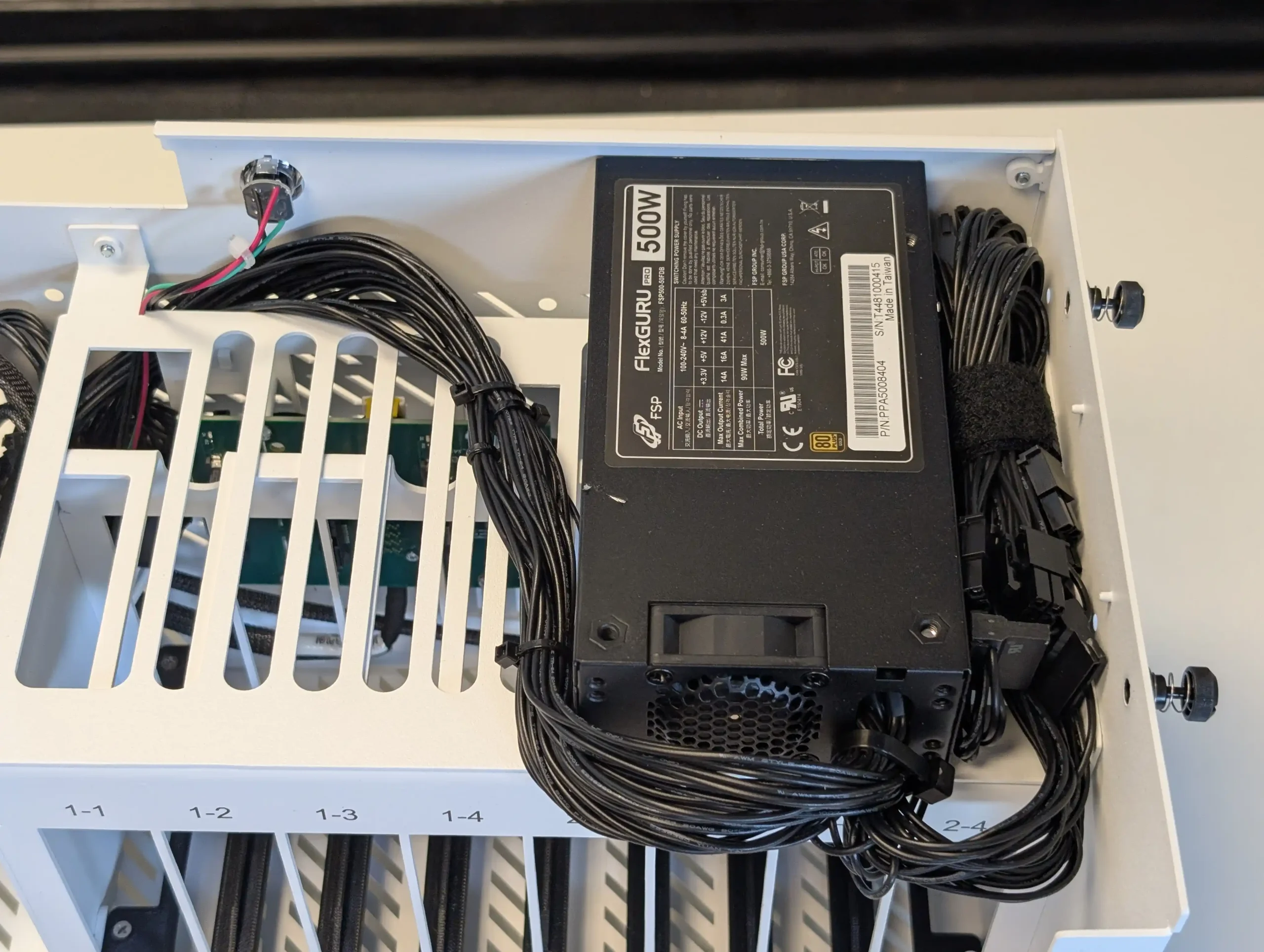
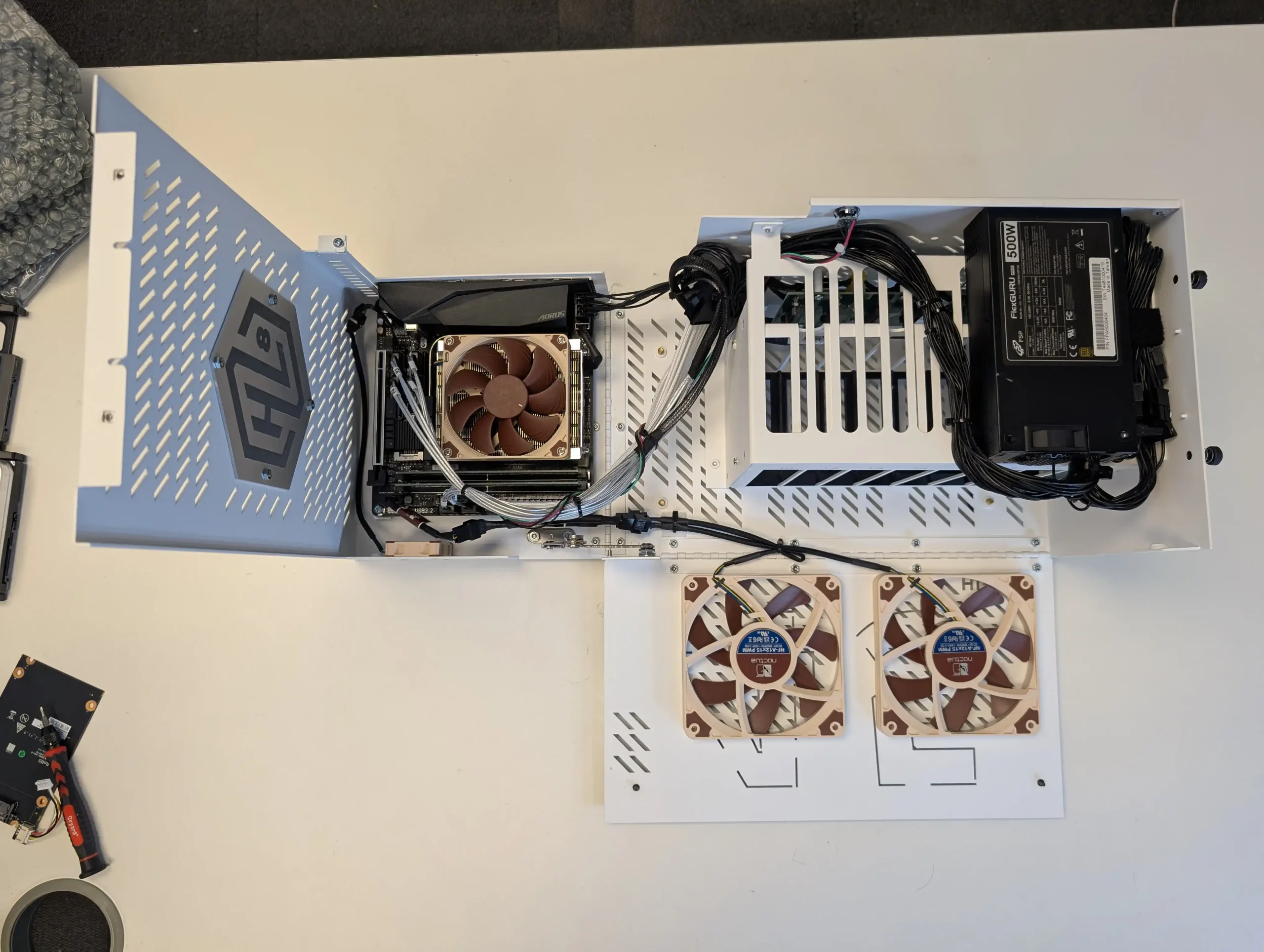
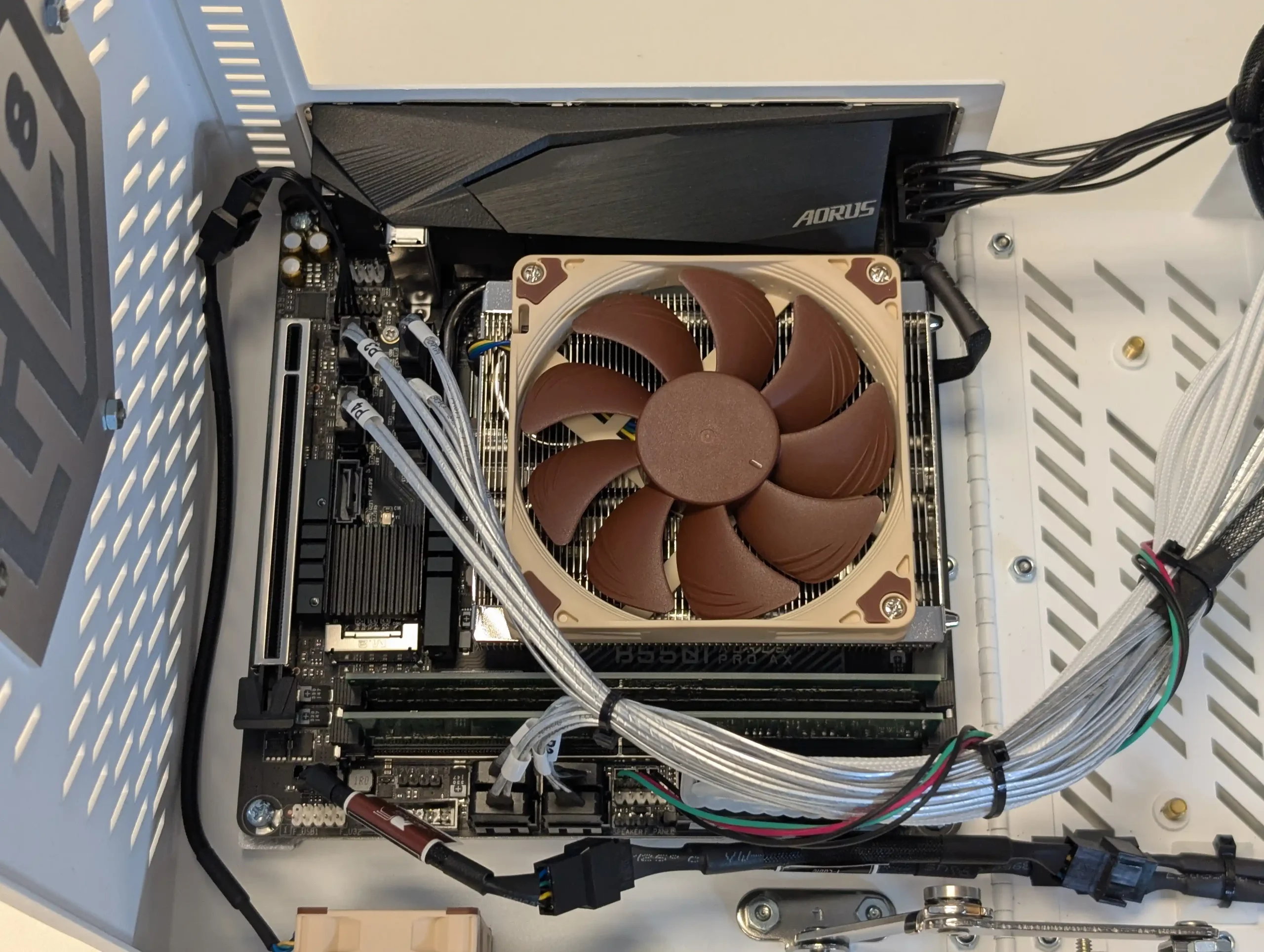
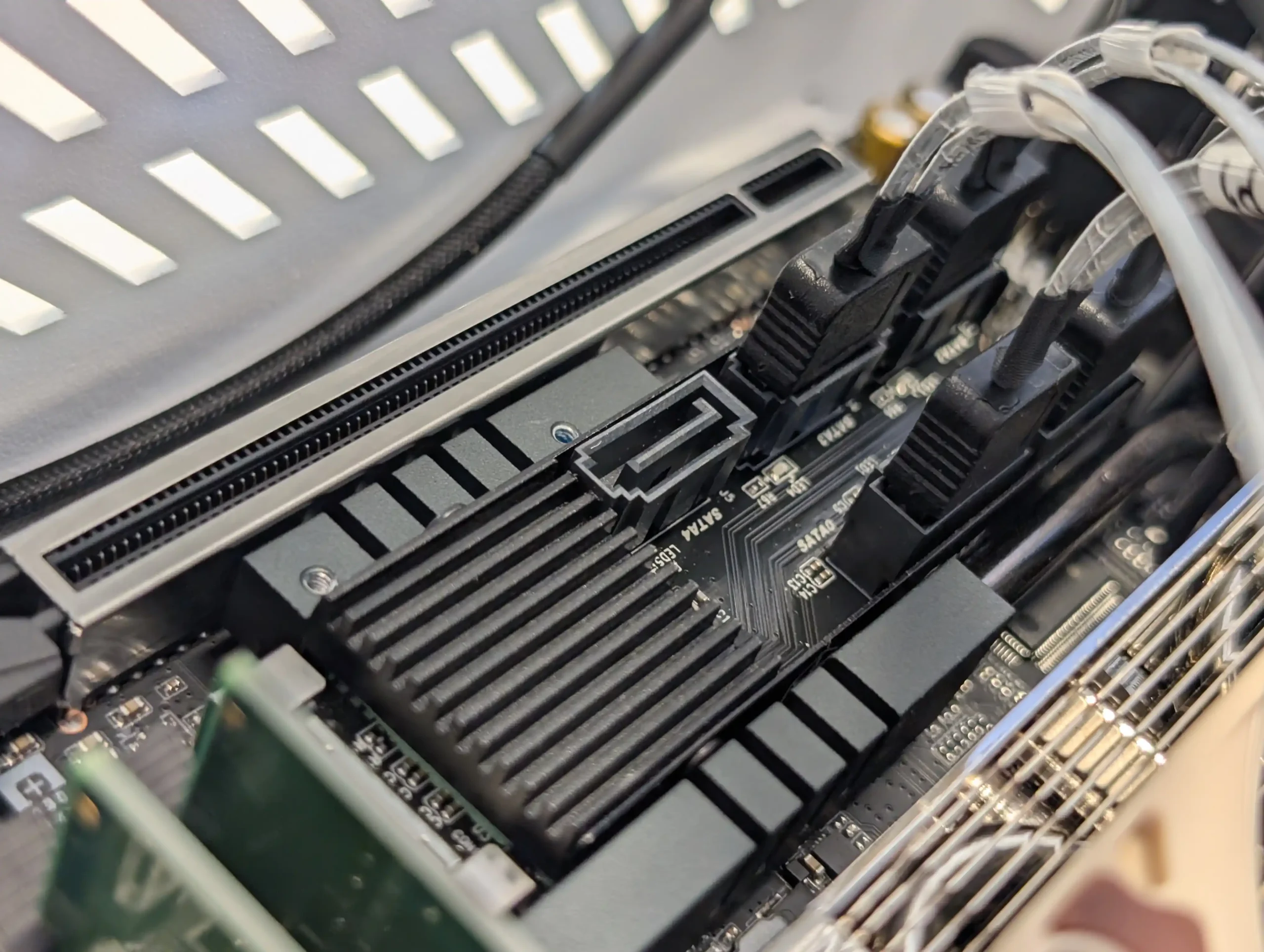
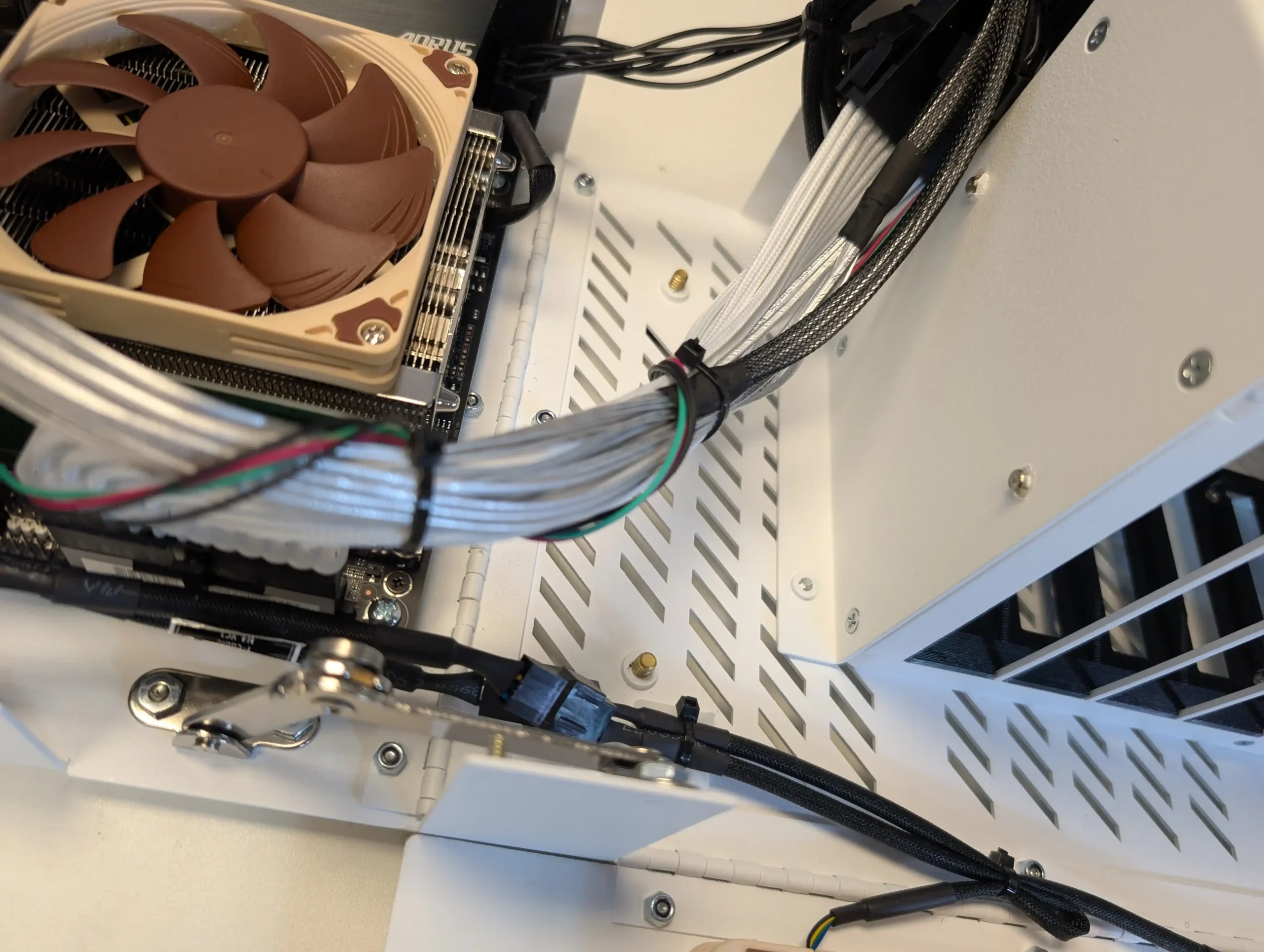
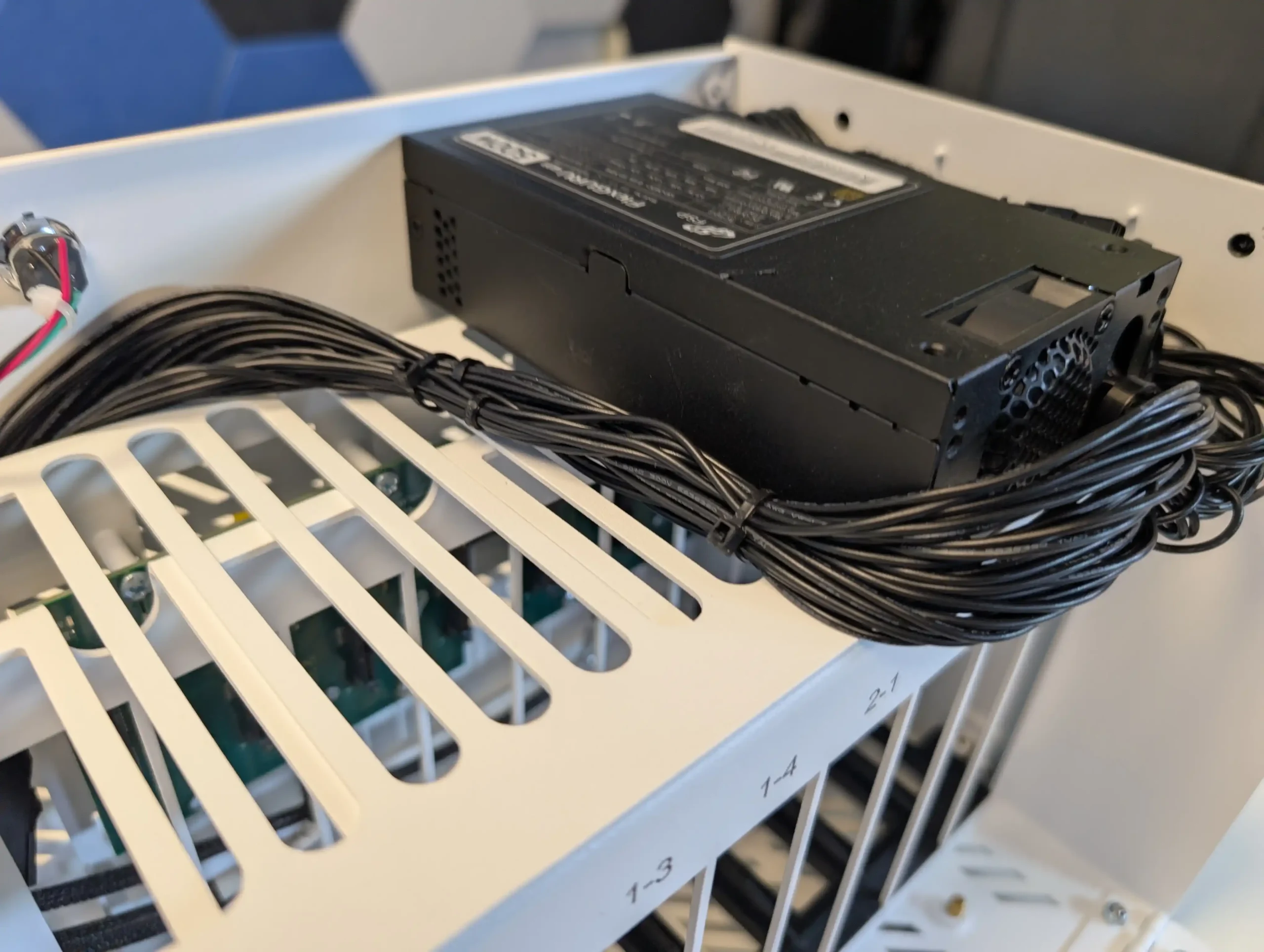
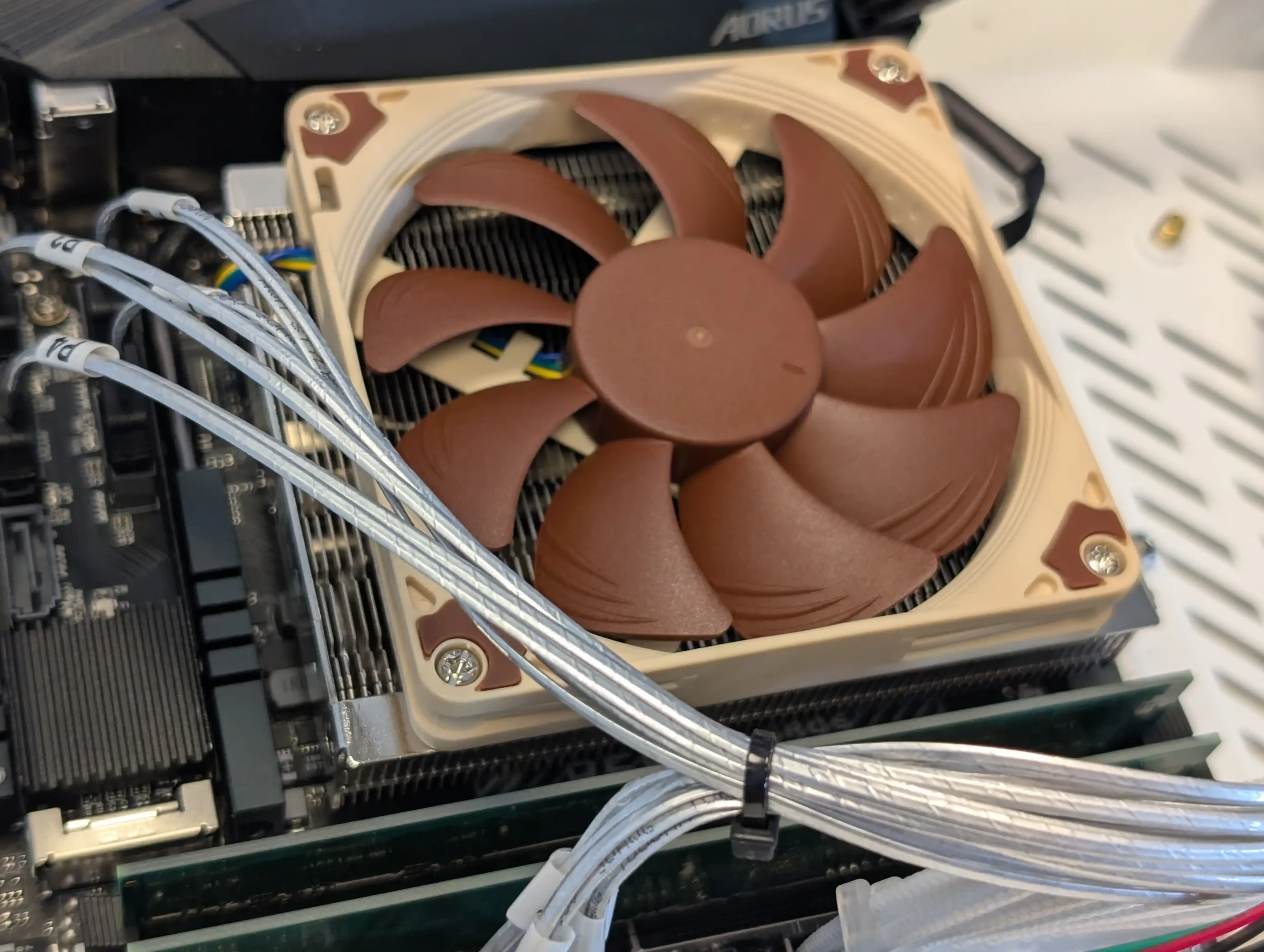
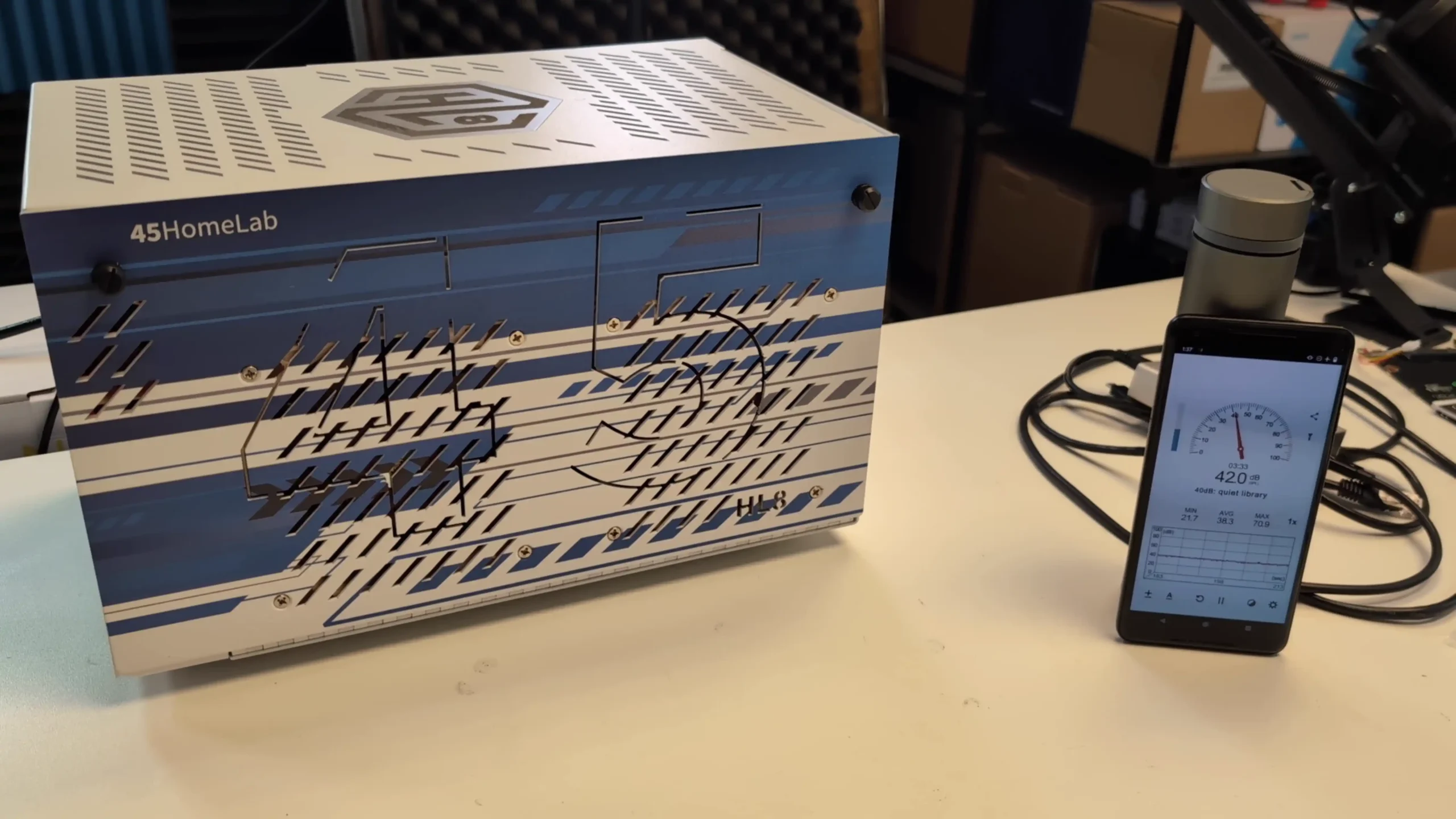
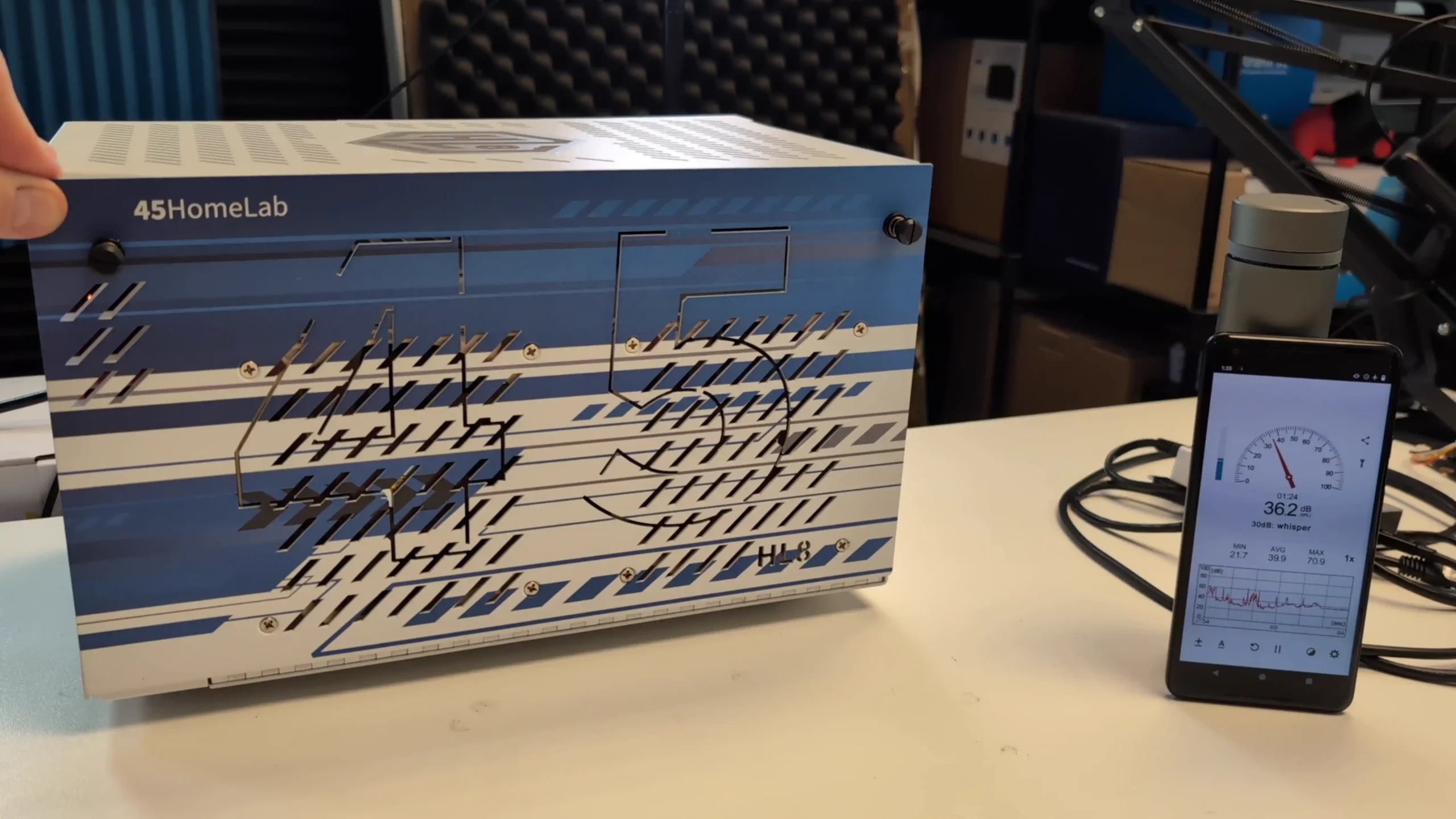
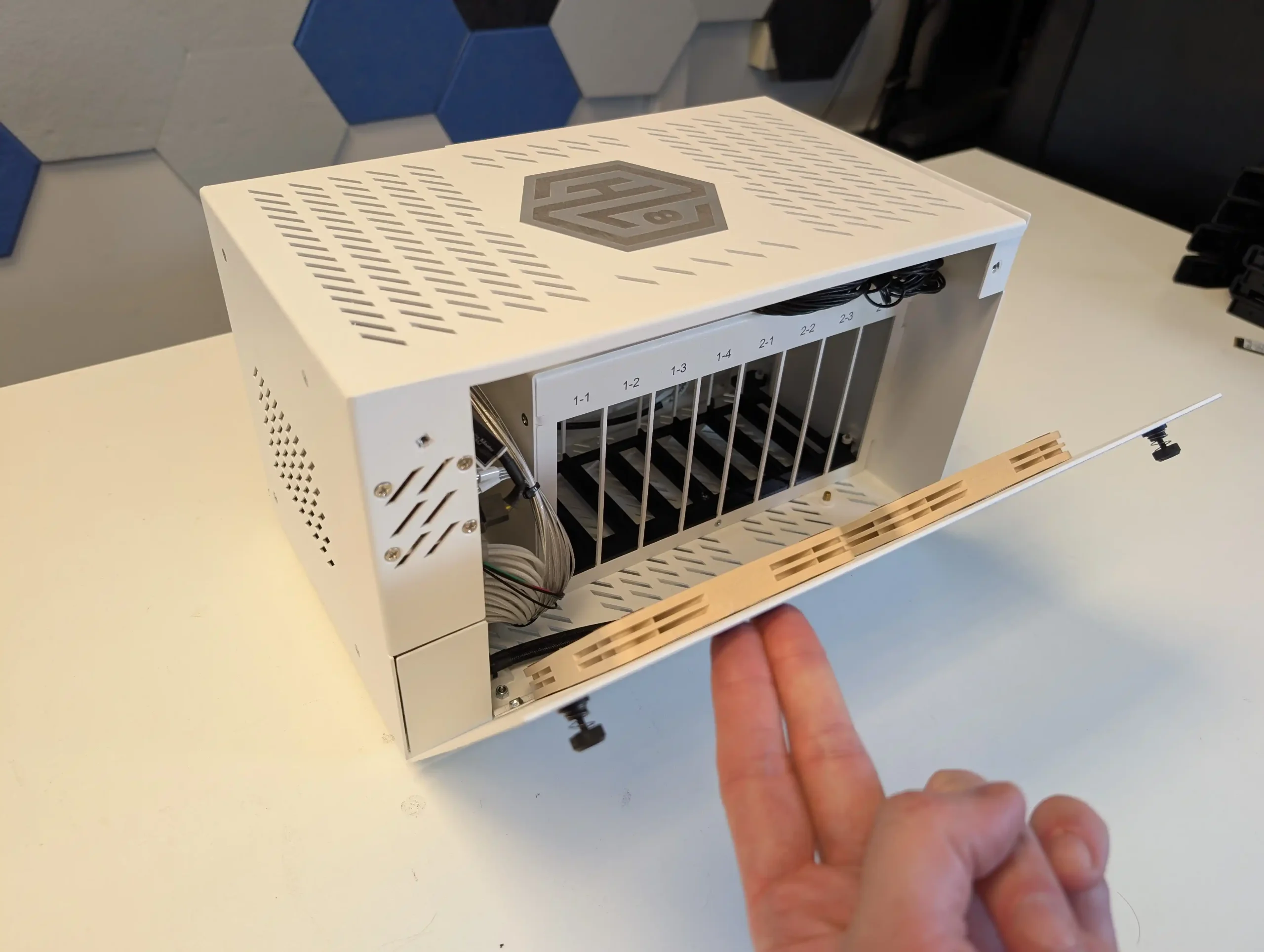
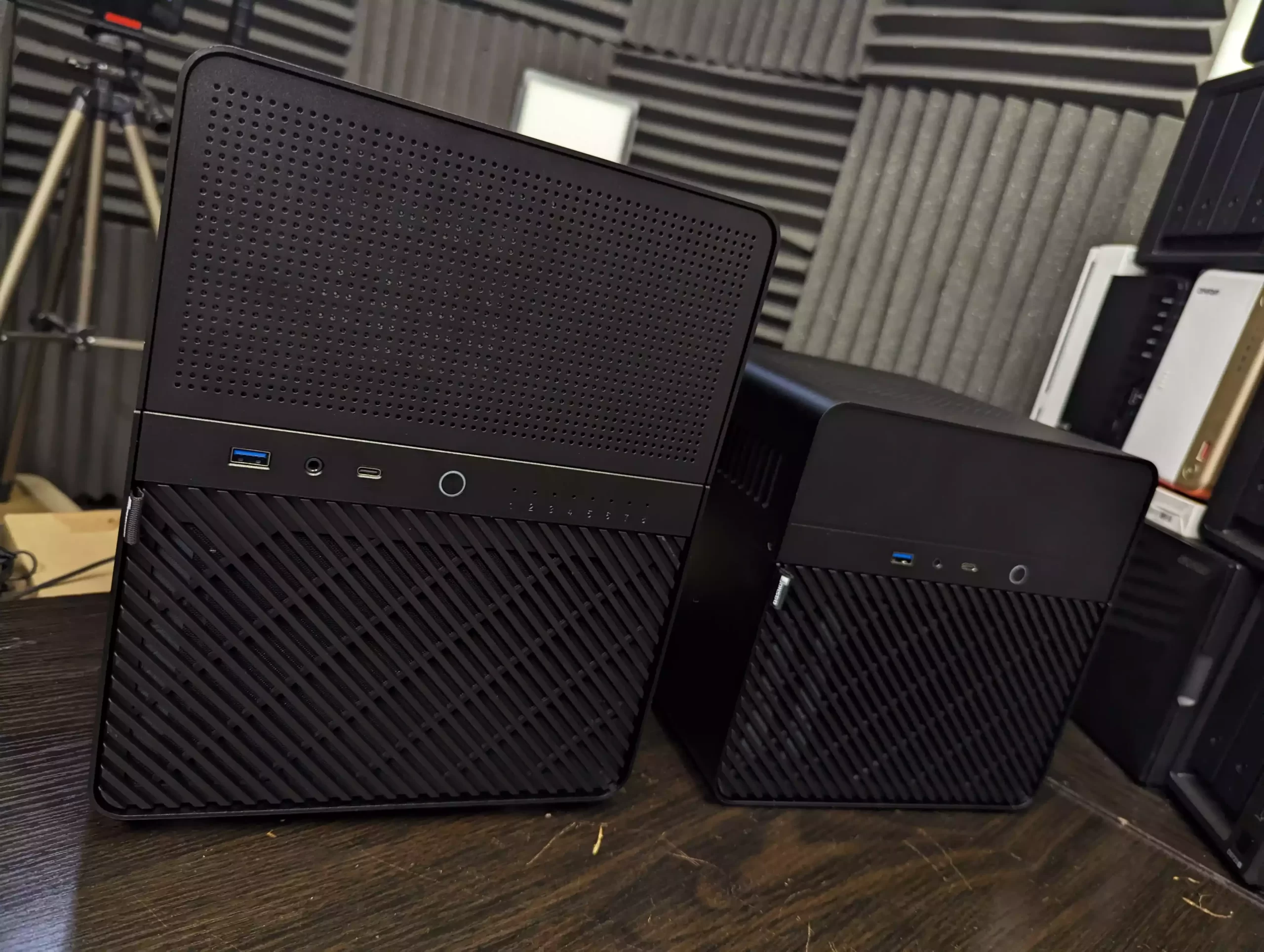
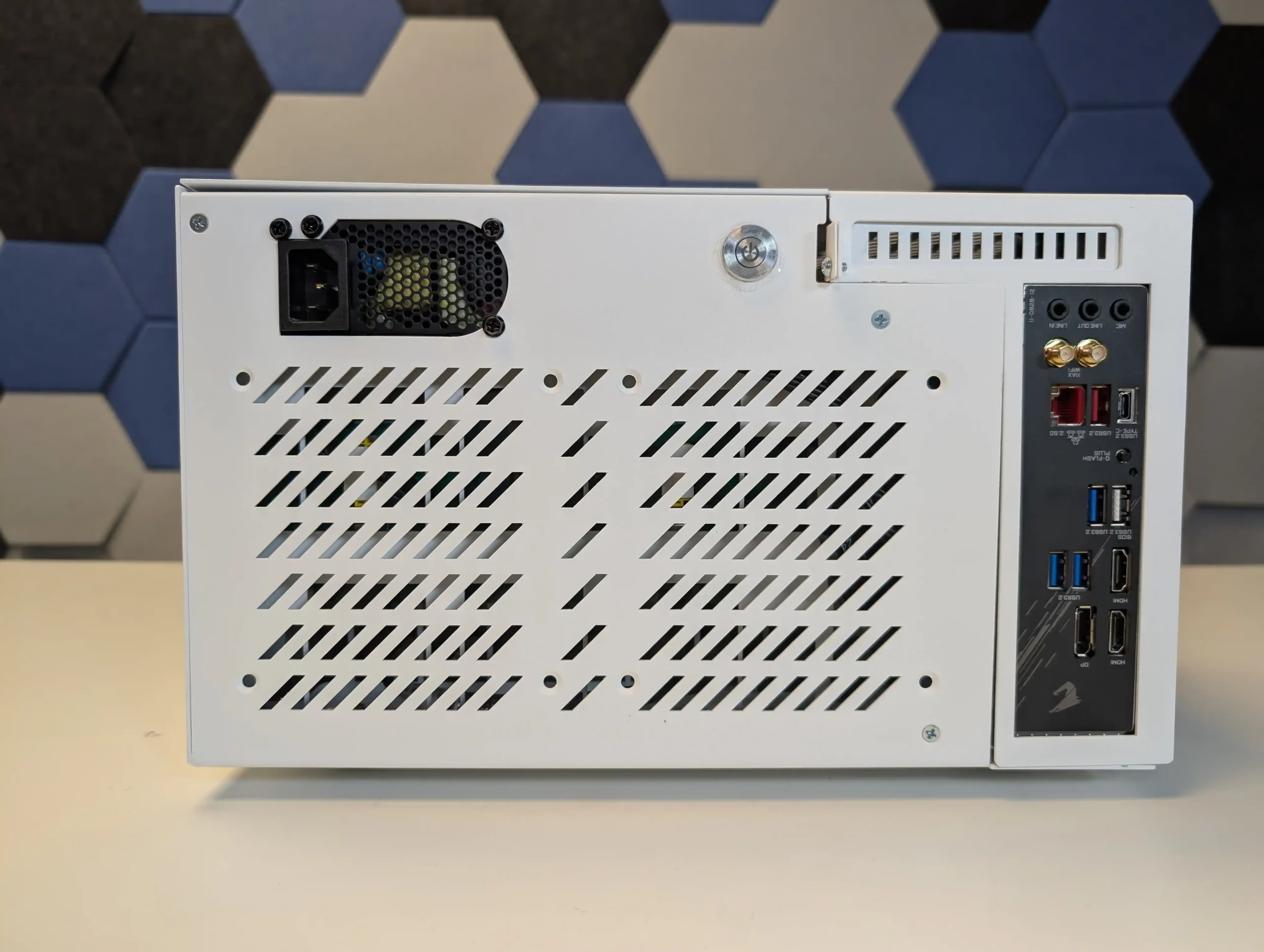

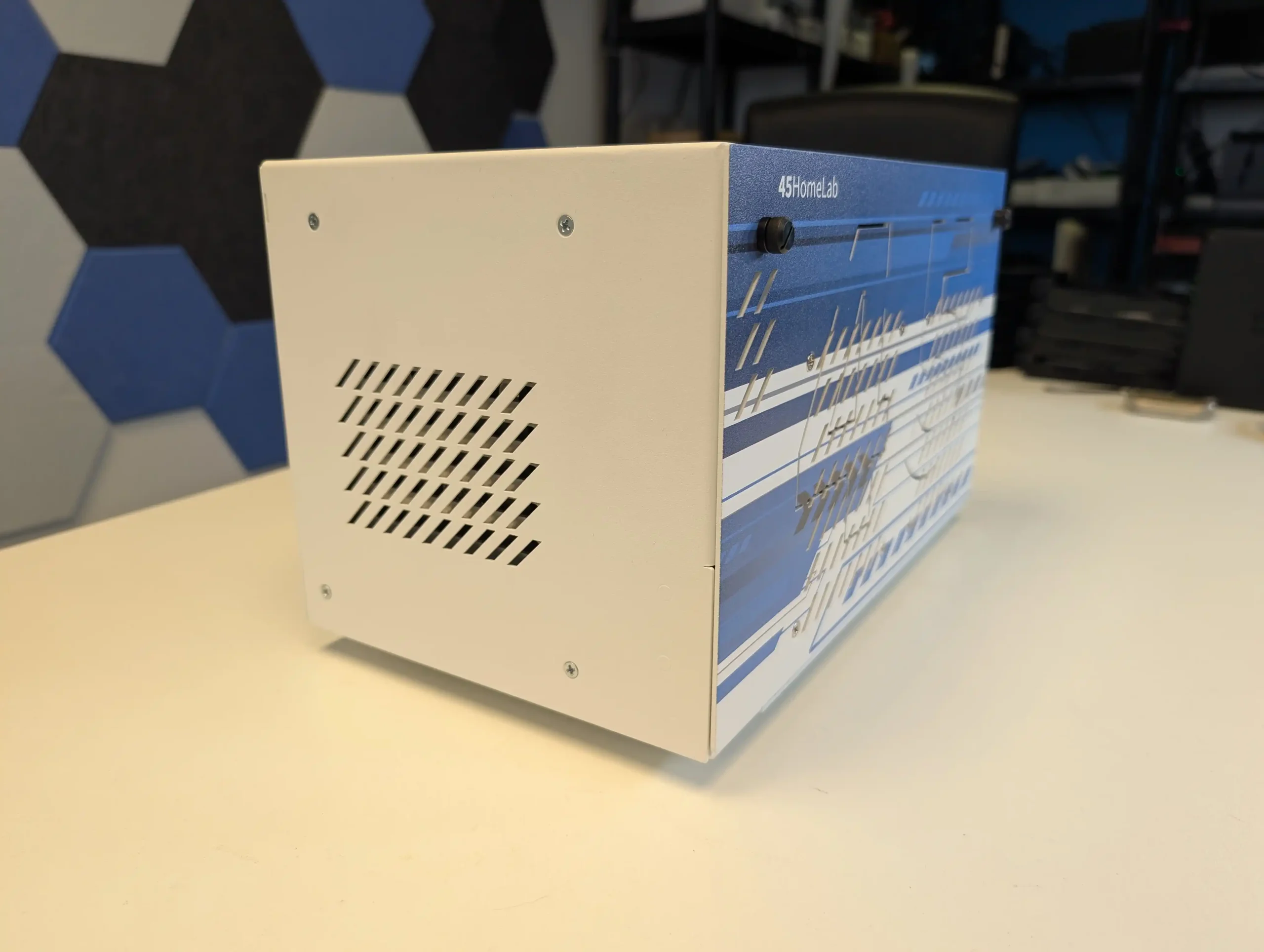
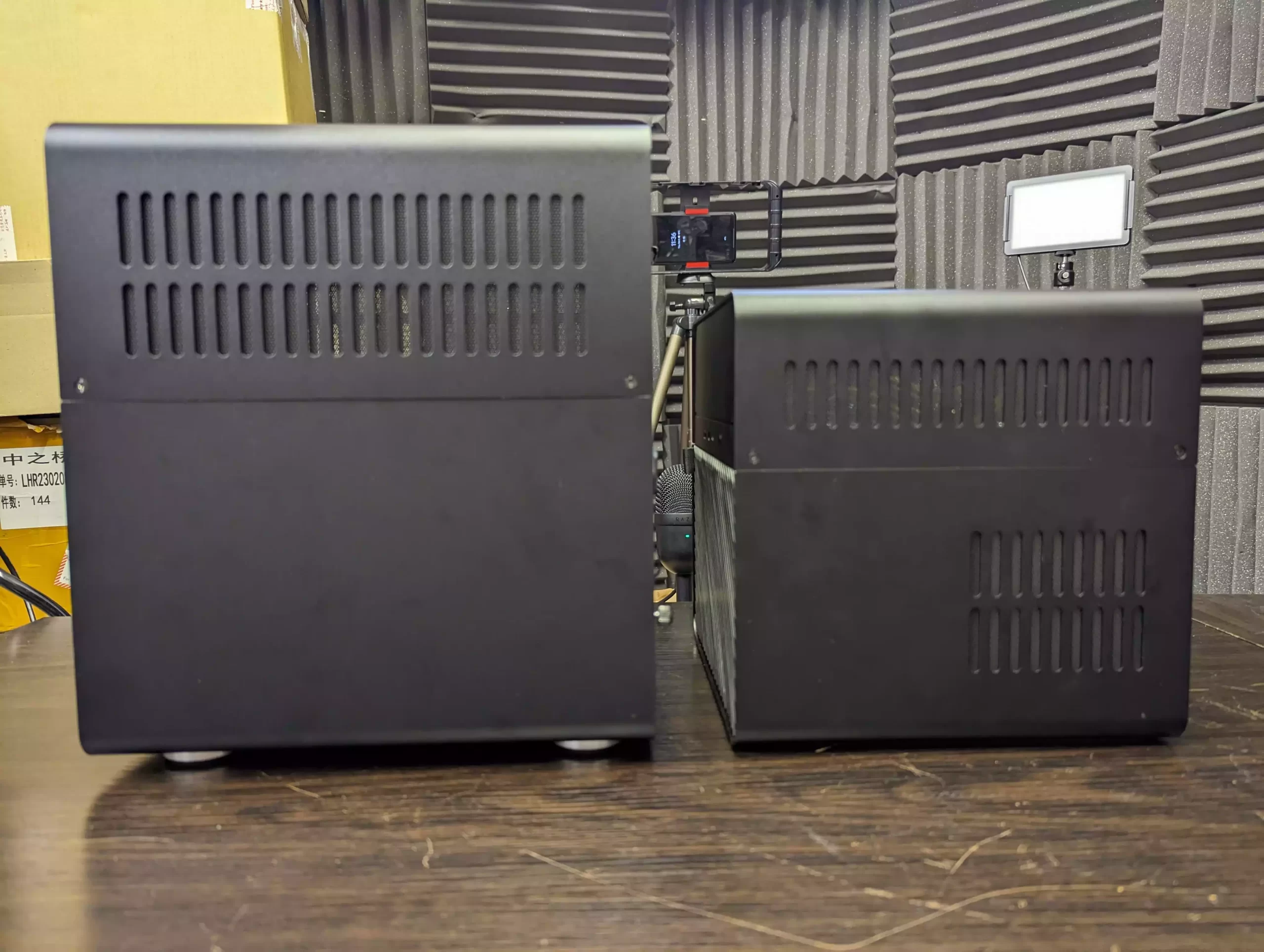
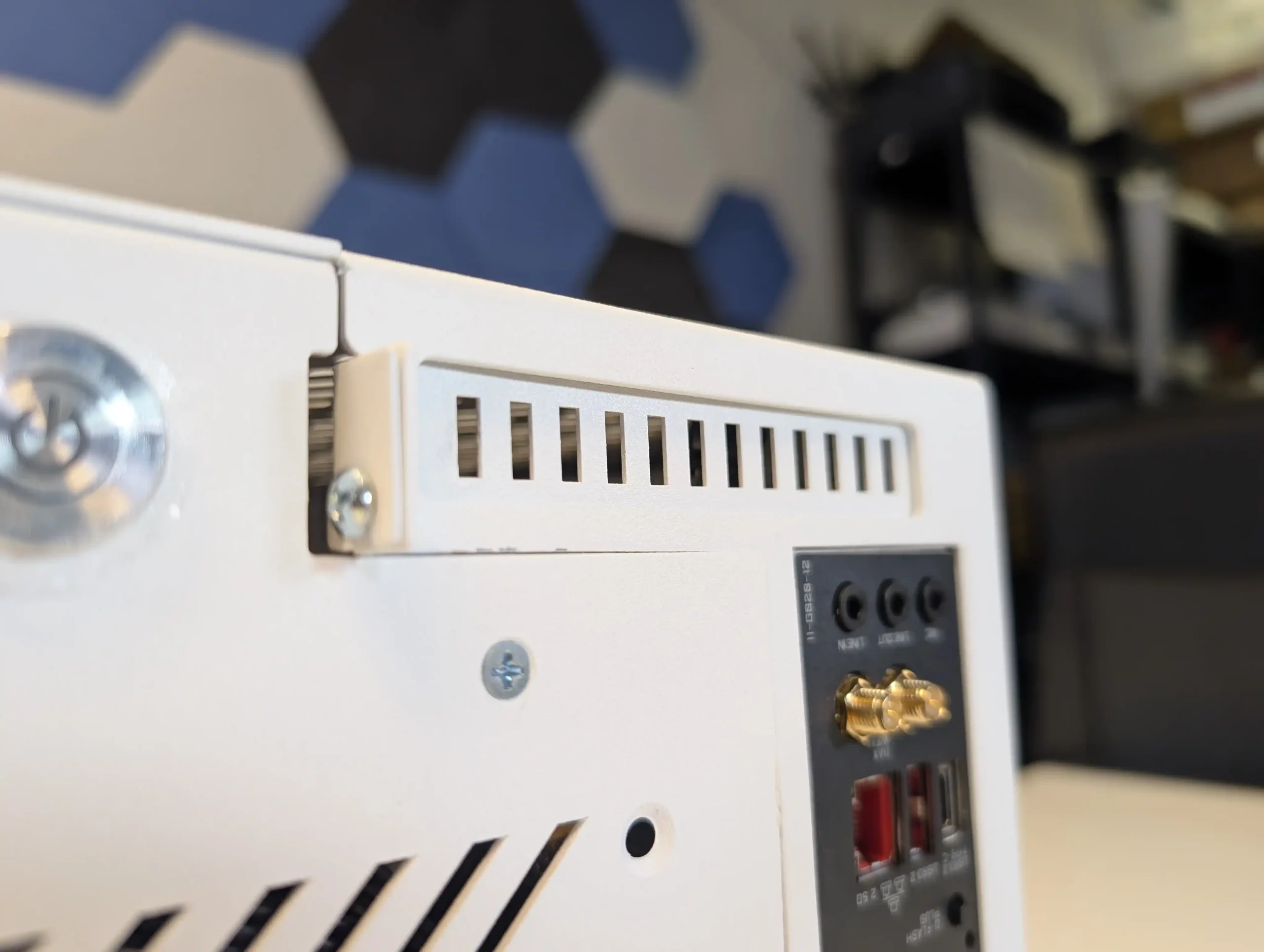
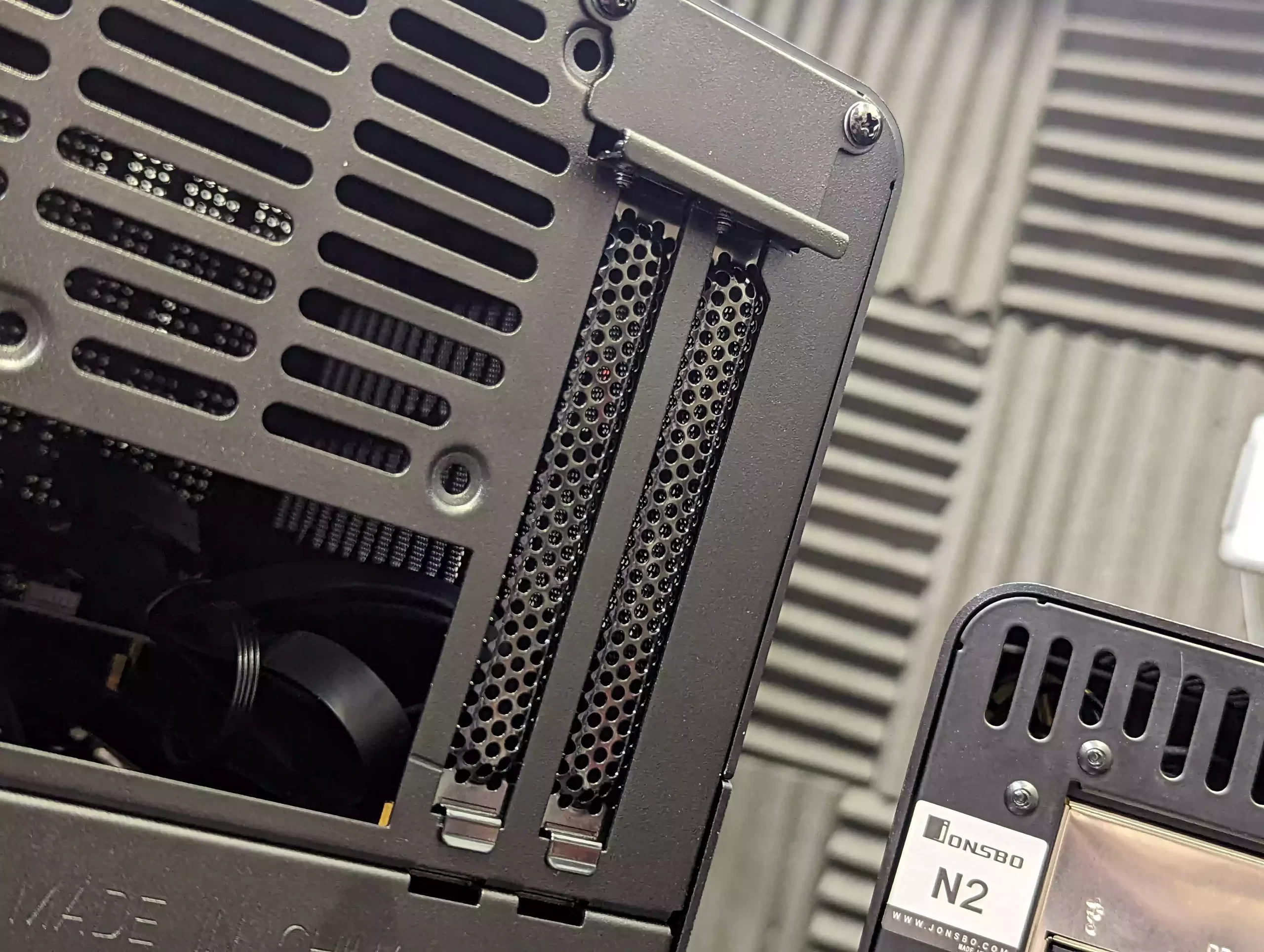
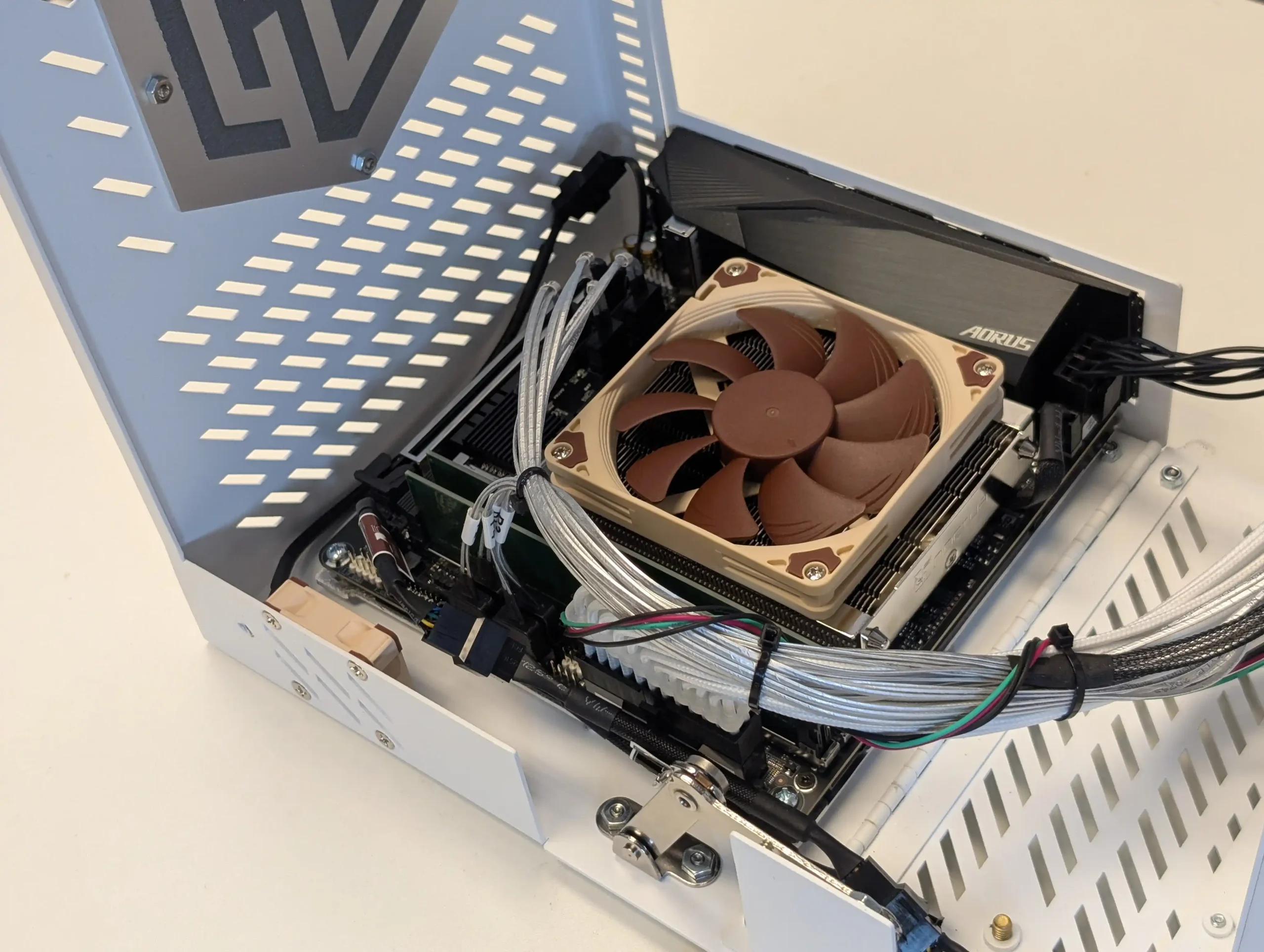
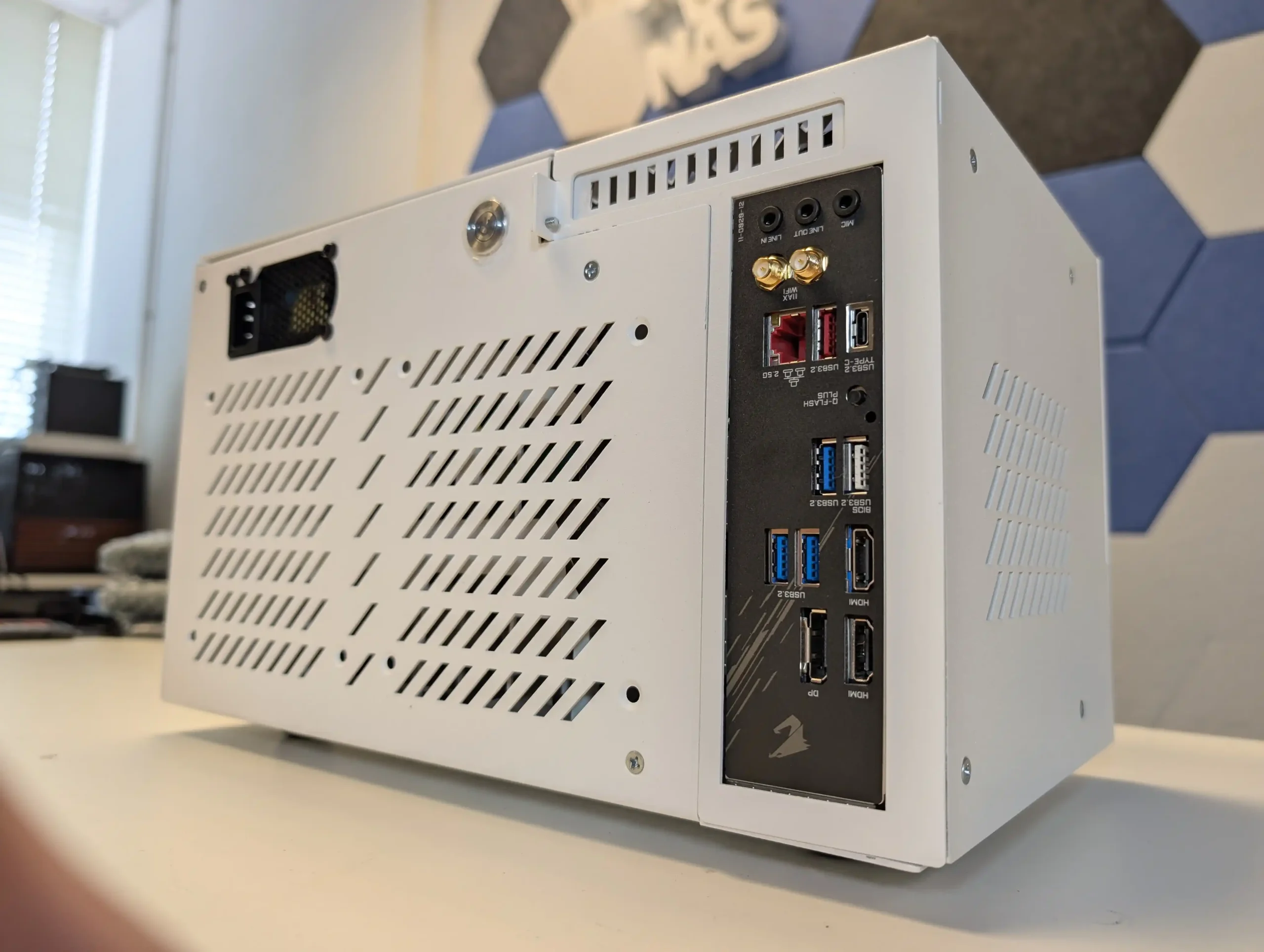
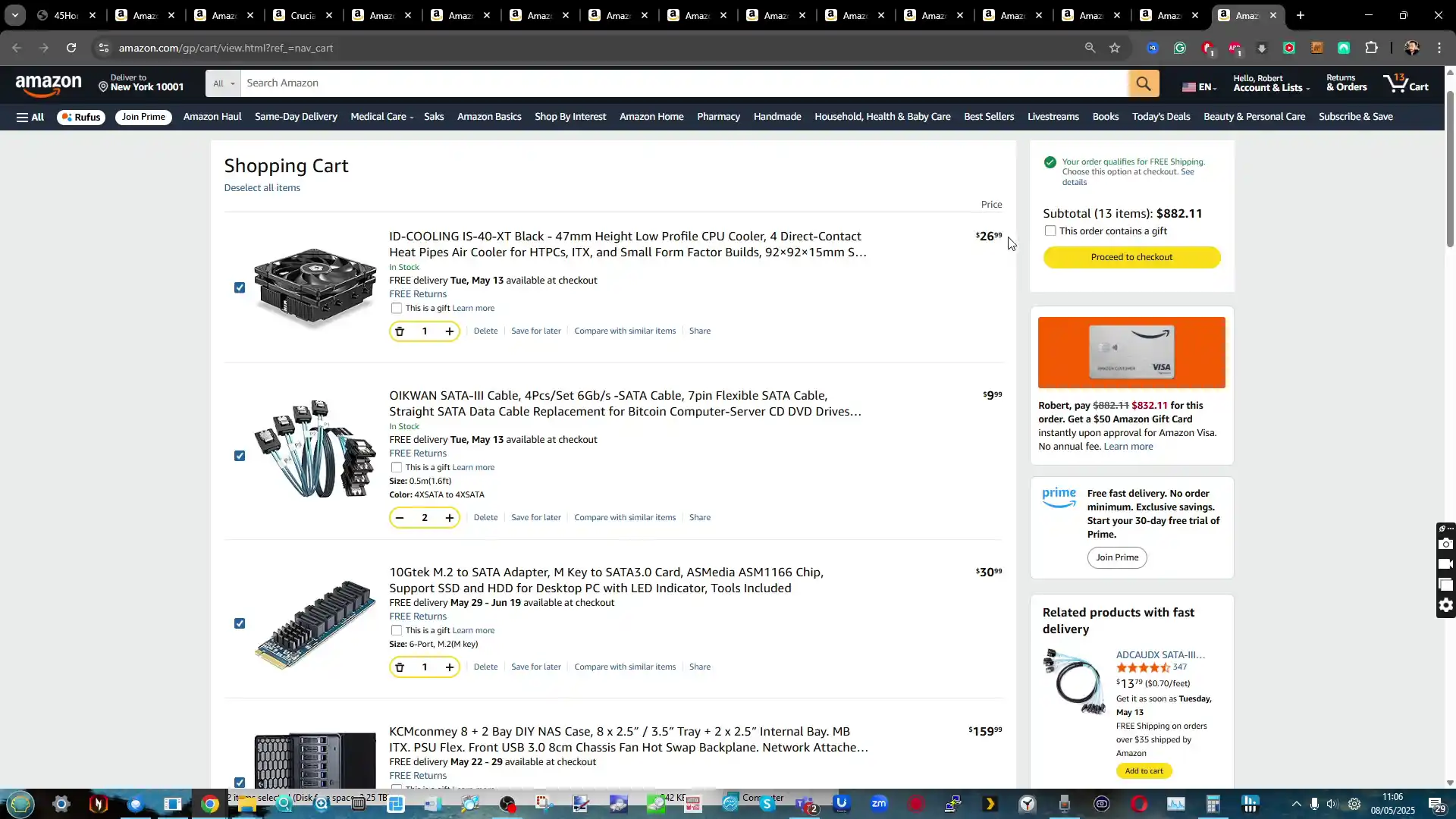
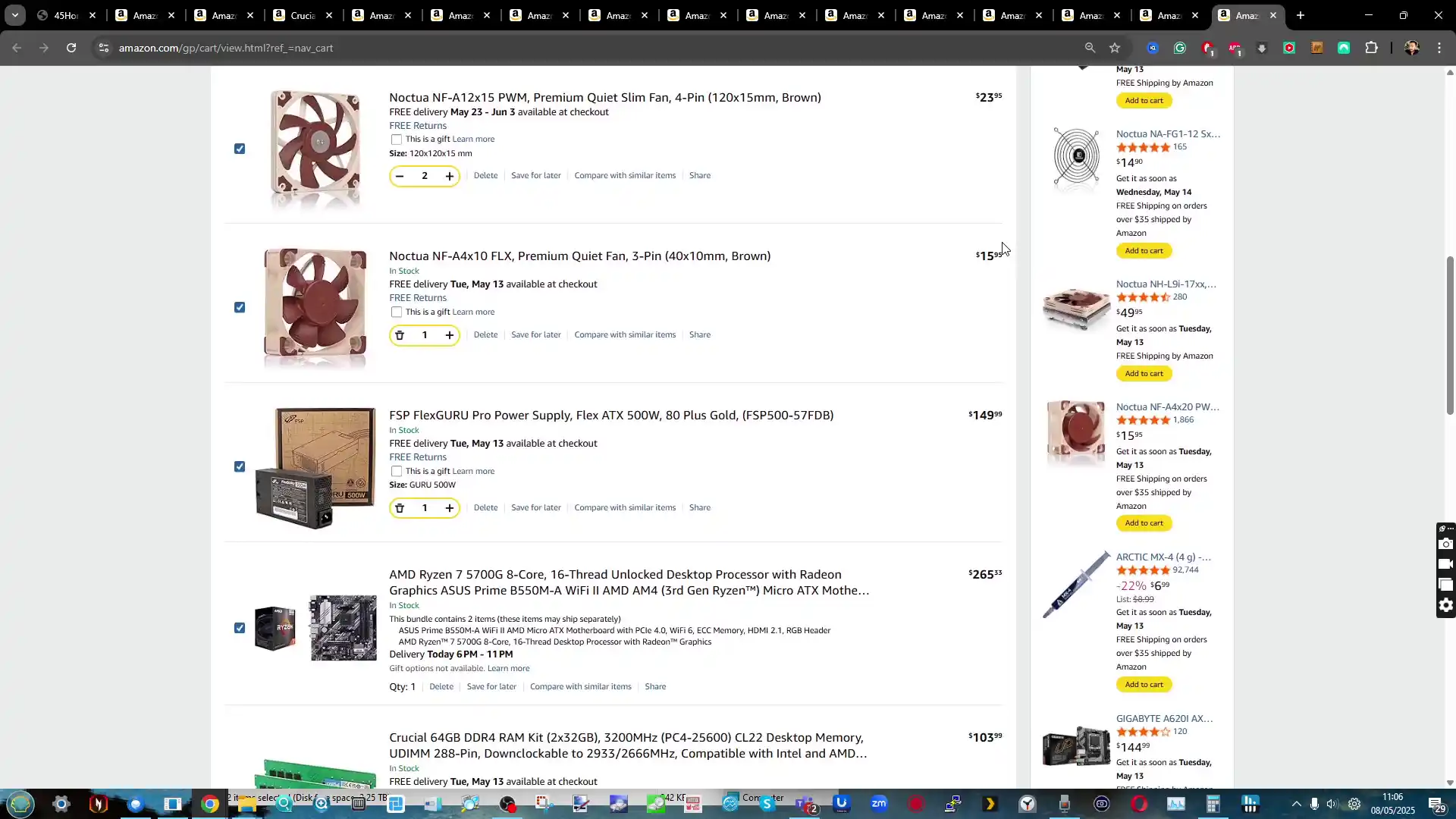

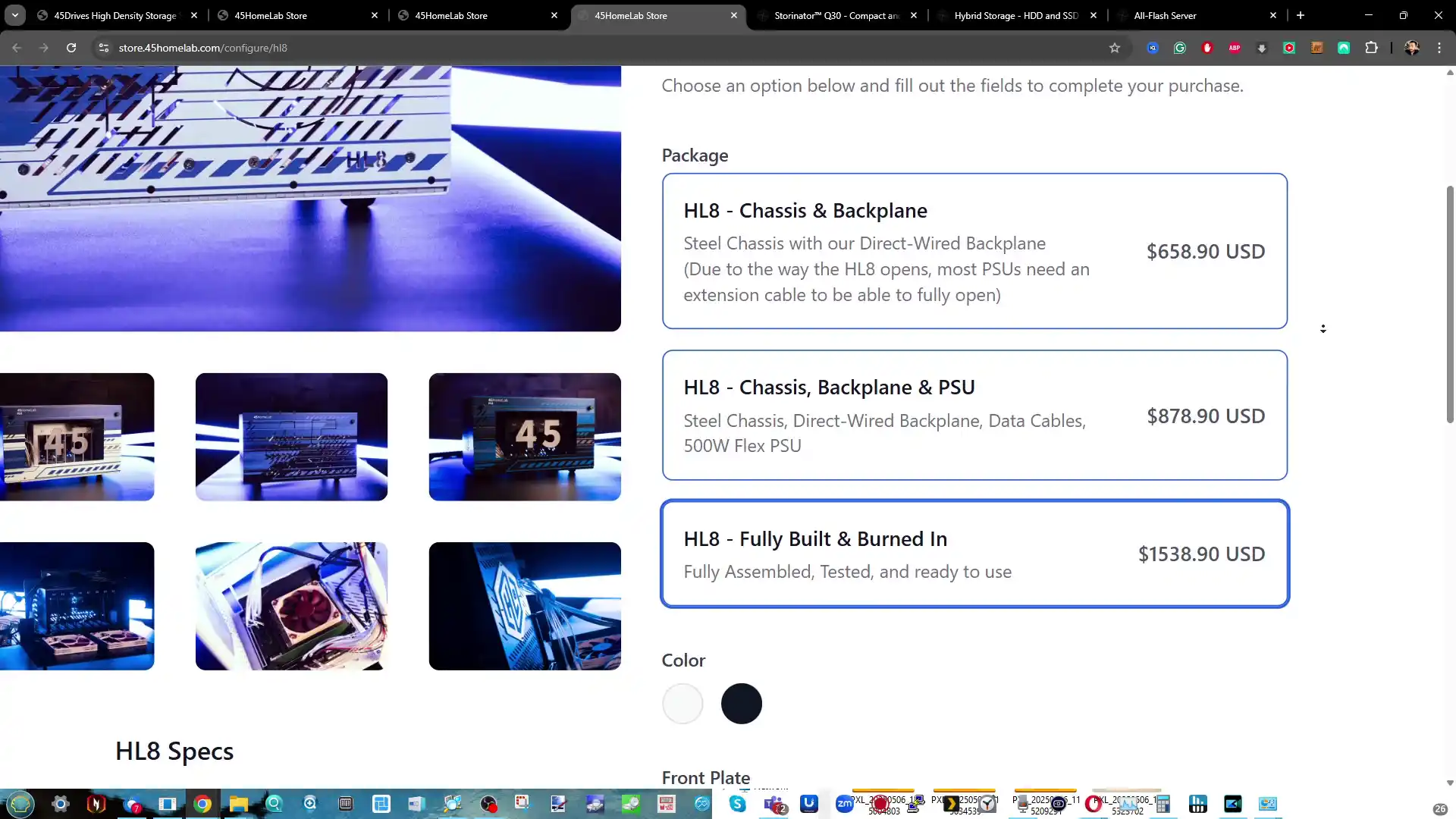
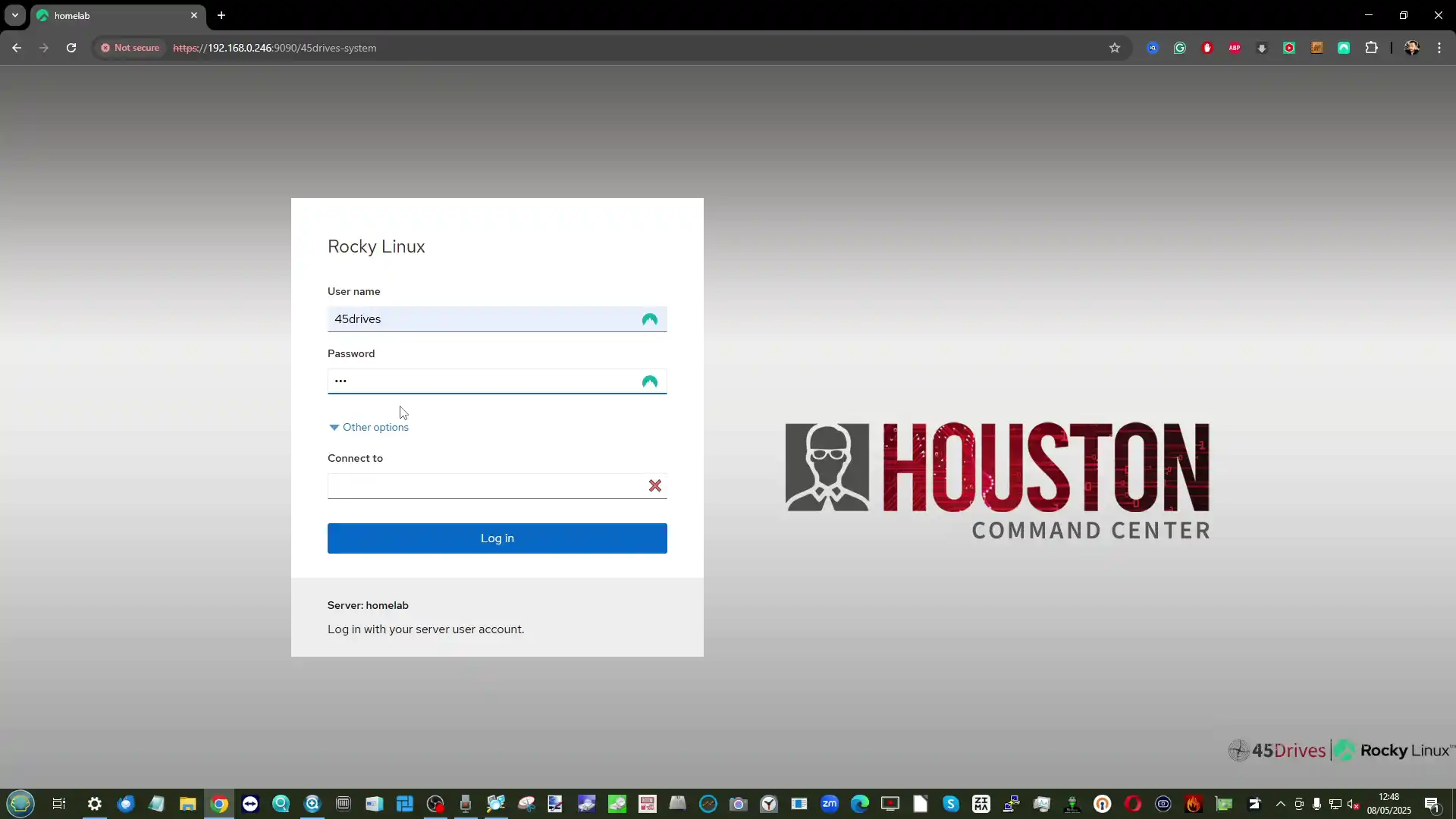
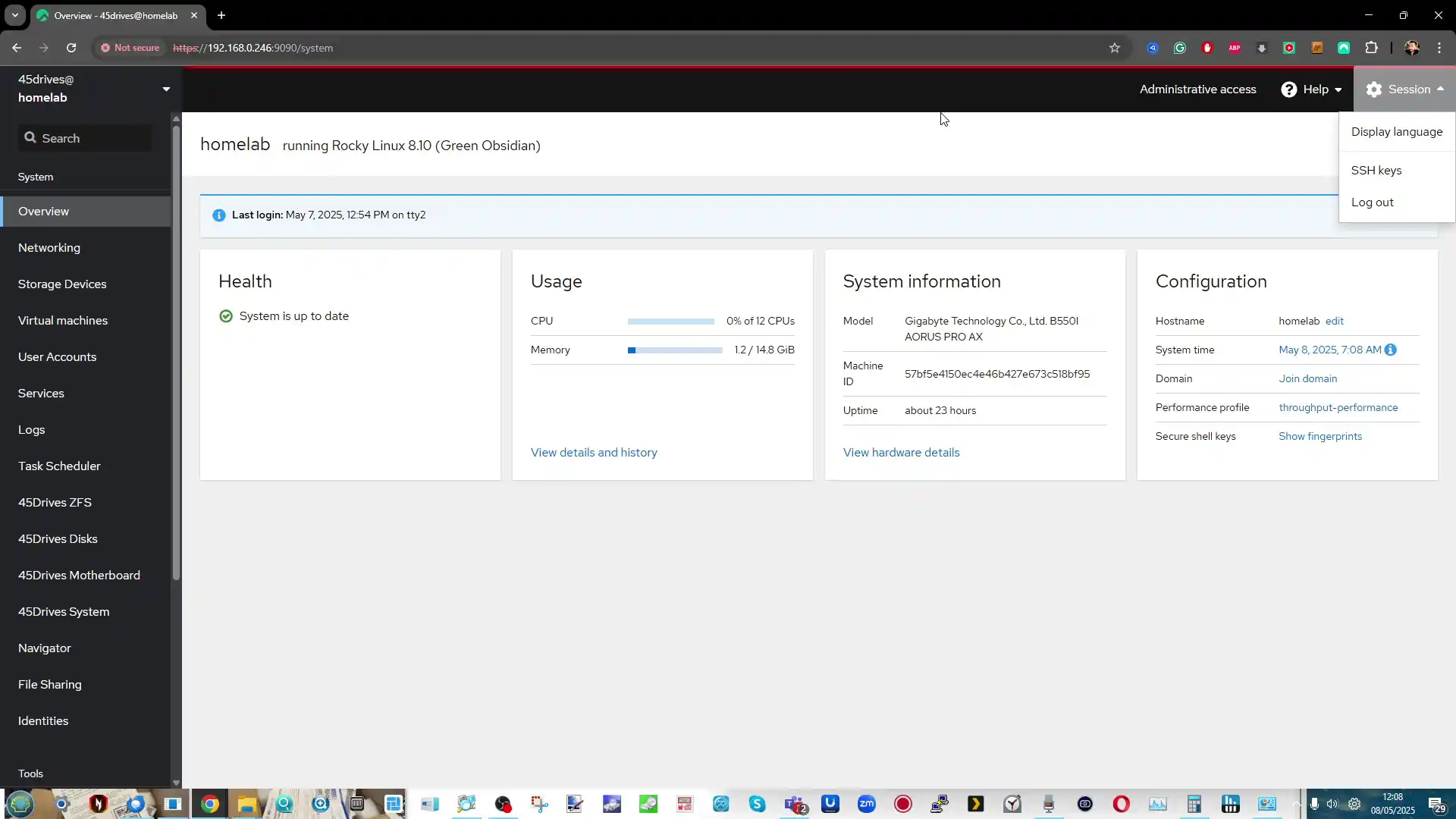
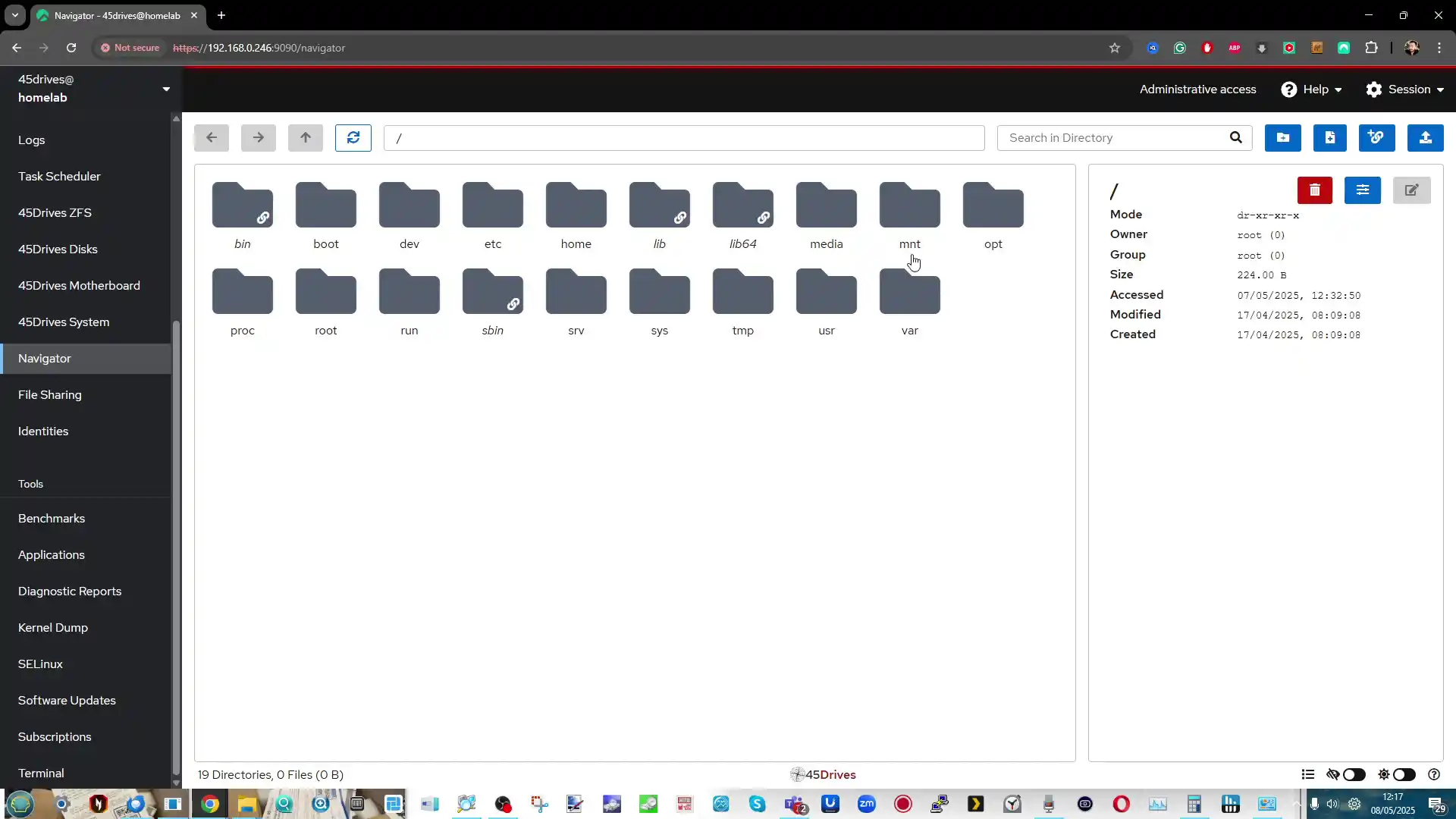
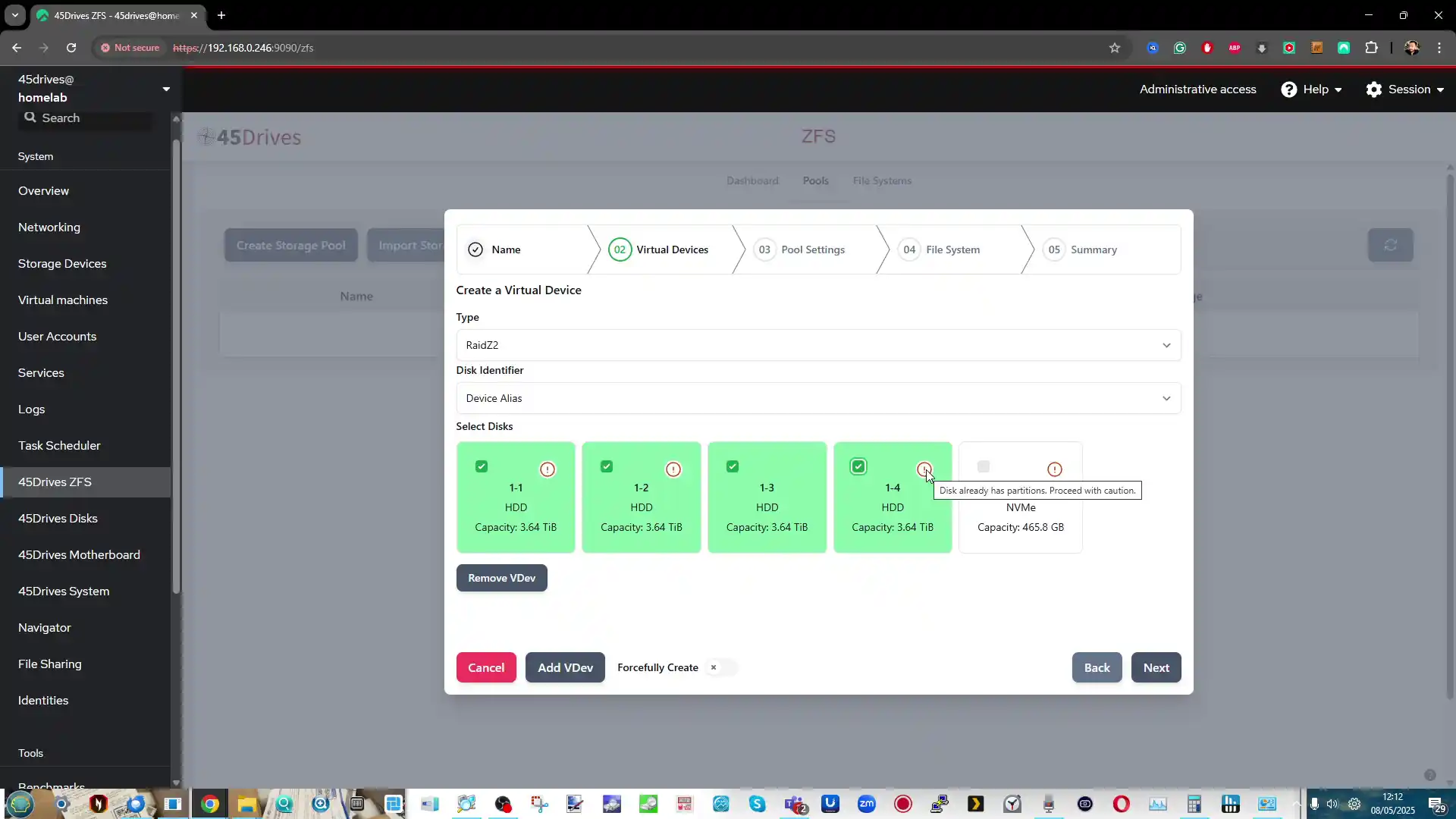
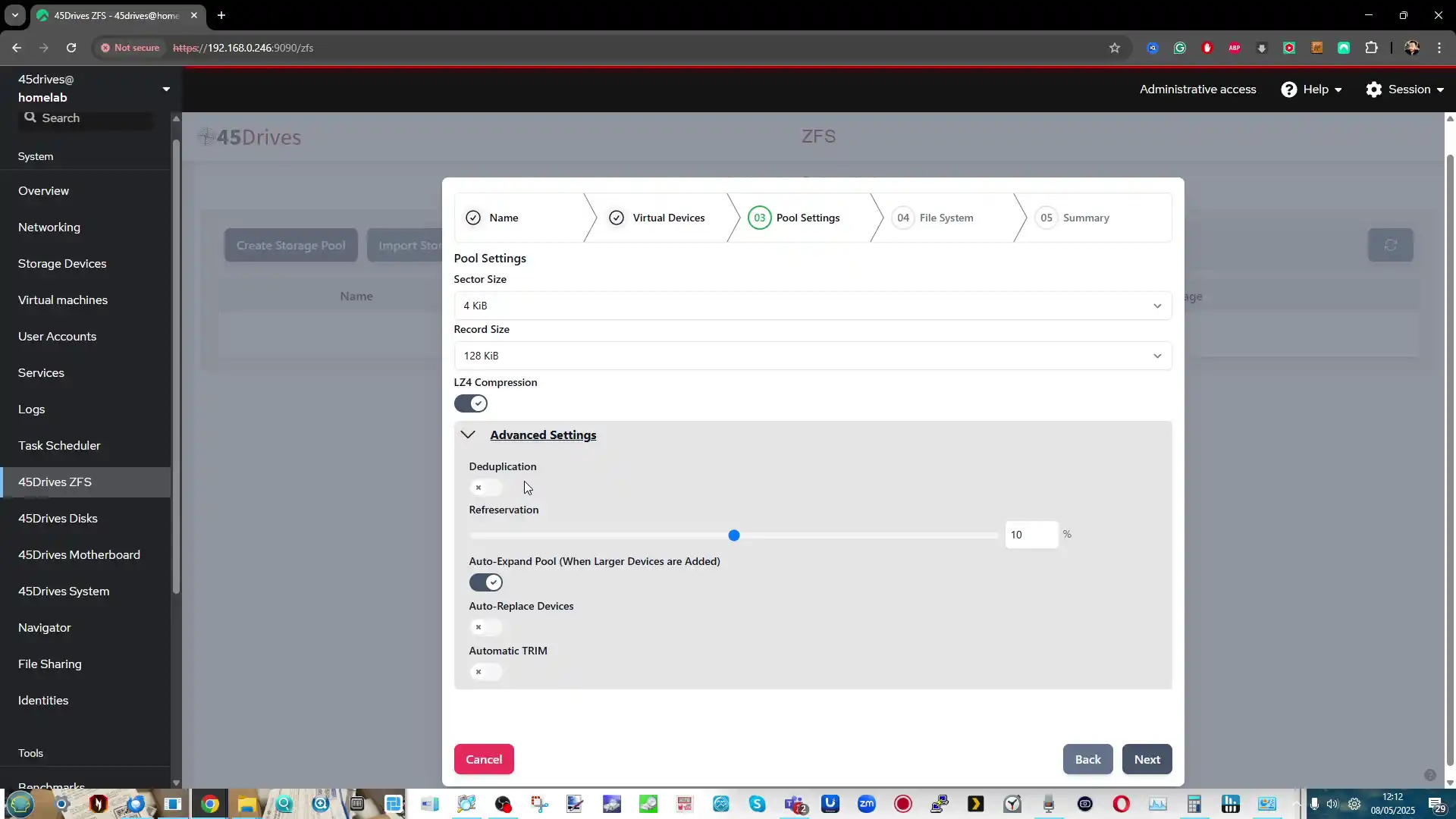
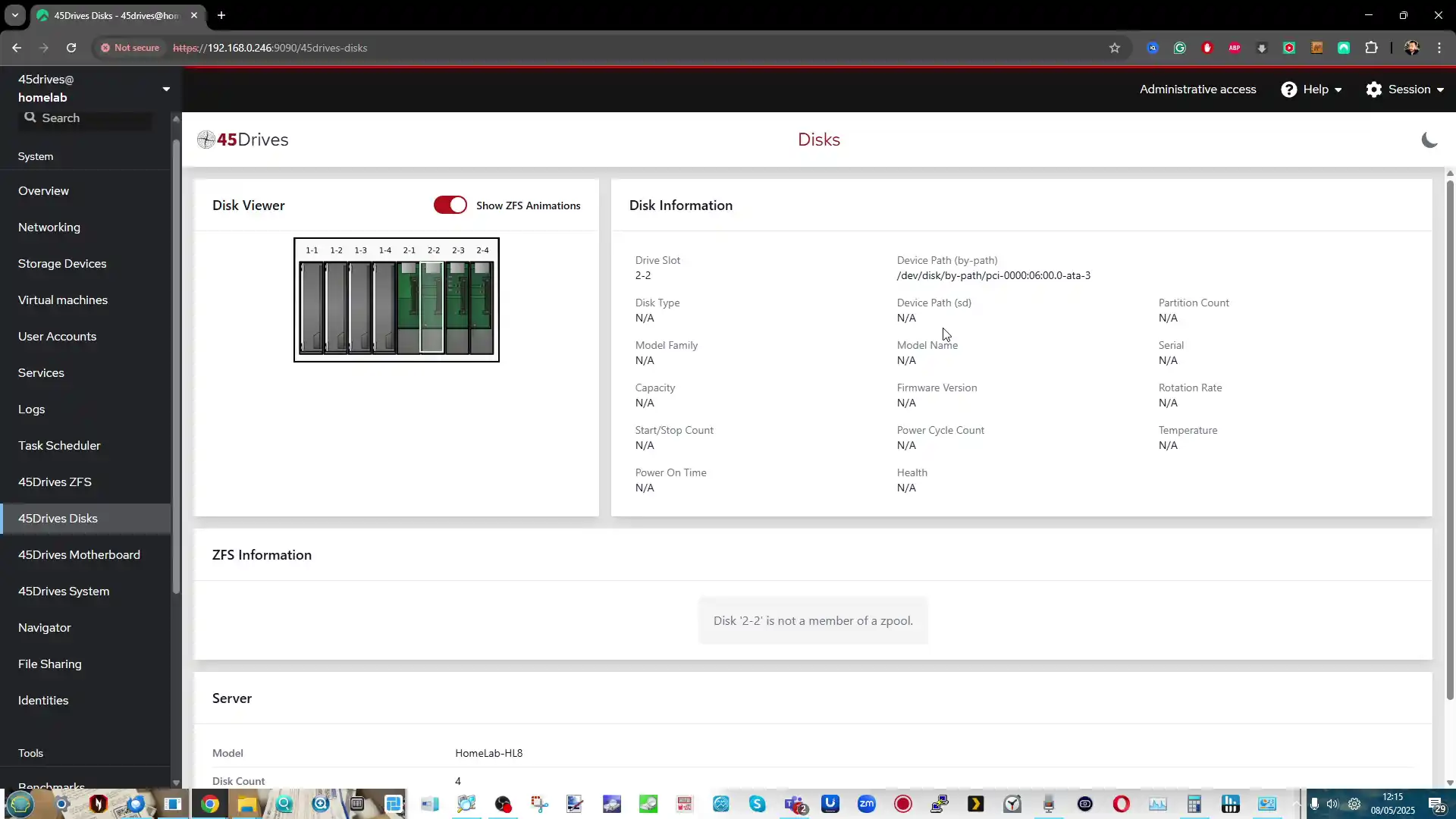
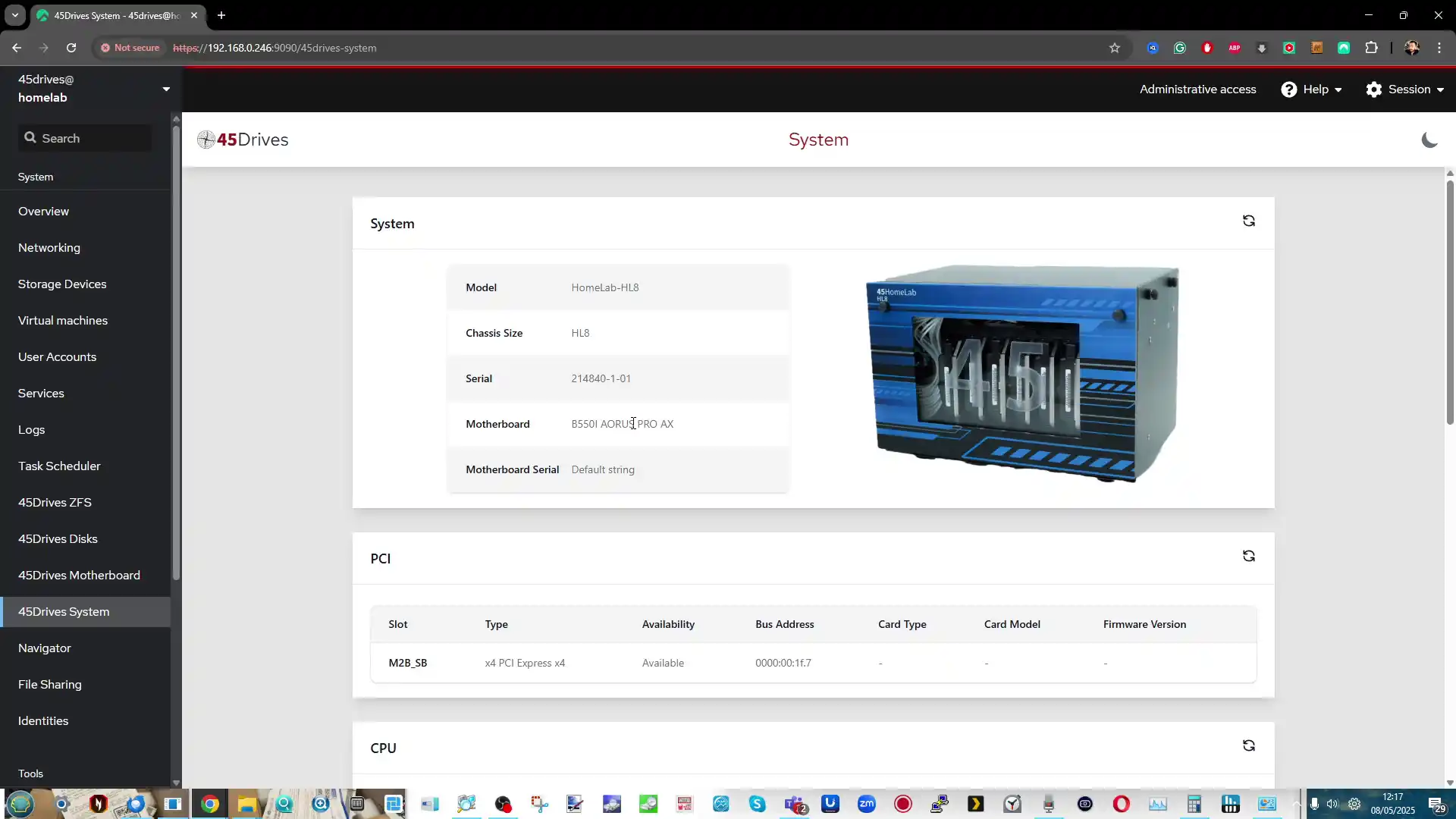
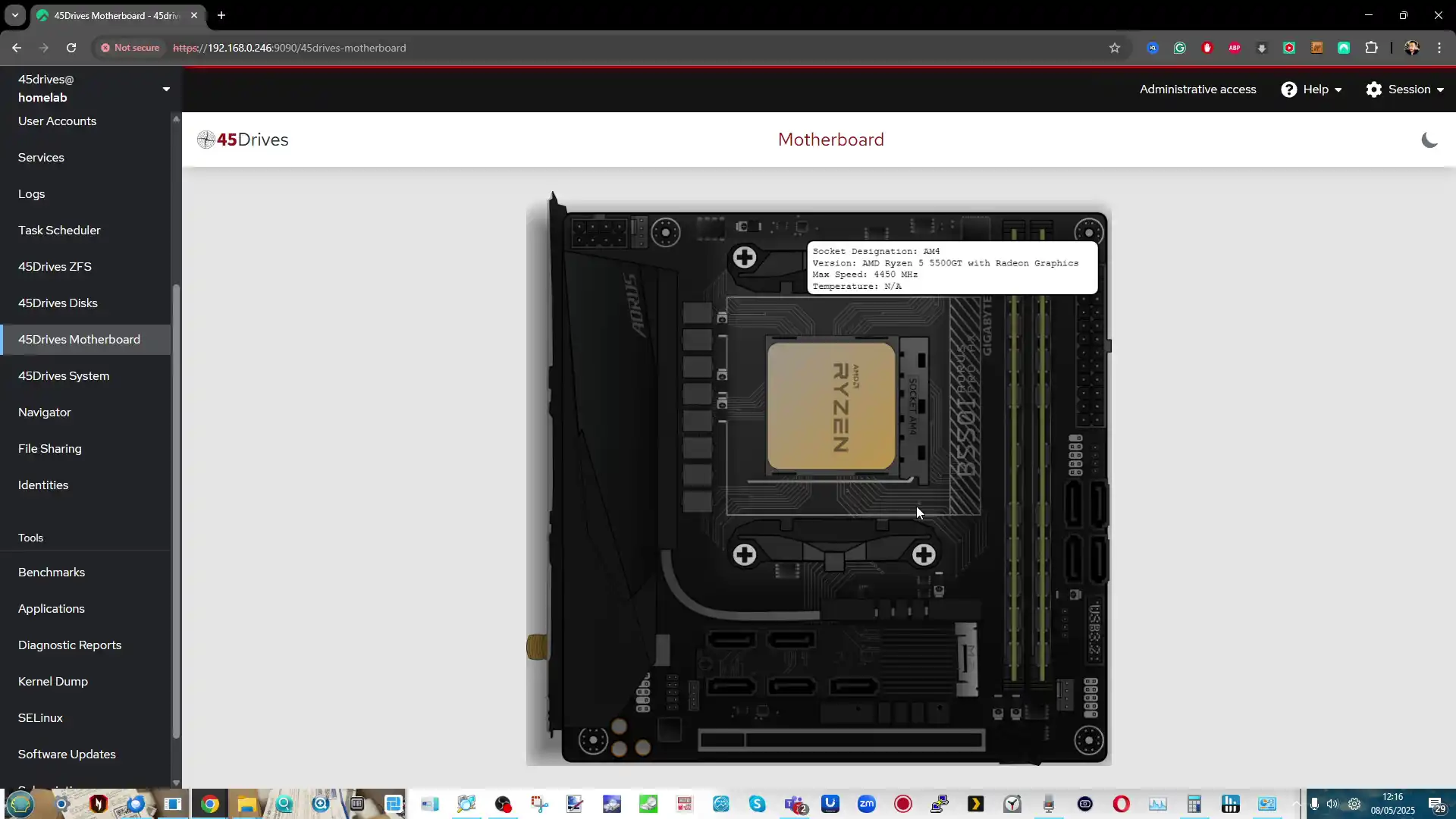 Each module is toggleable, and users can configure individual services with editable configuration files directly from the browser. This brings flexibility, while still maintaining visual accessibility for basic tasks.
Each module is toggleable, and users can configure individual services with editable configuration files directly from the browser. This brings flexibility, while still maintaining visual accessibility for basic tasks.
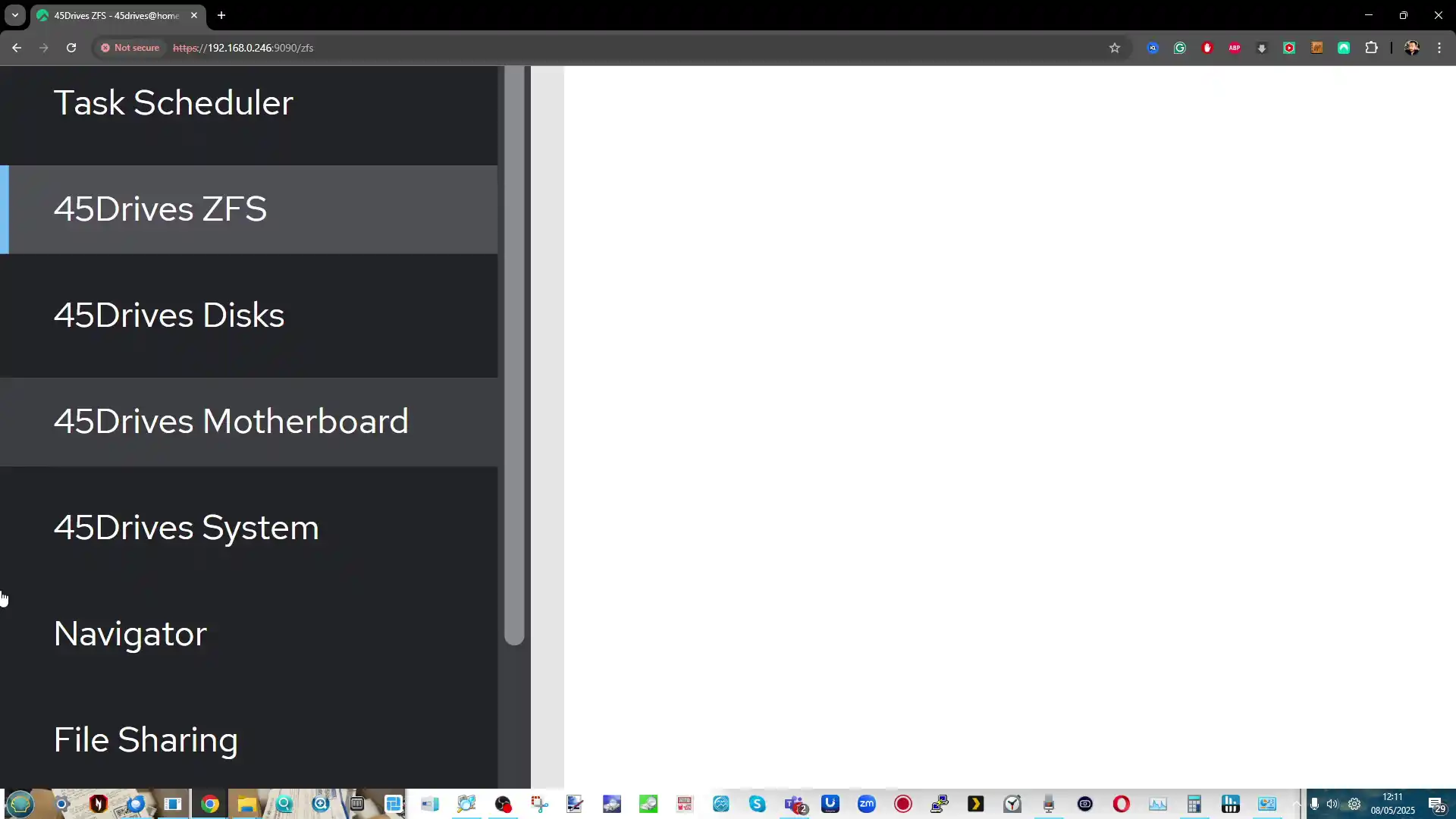
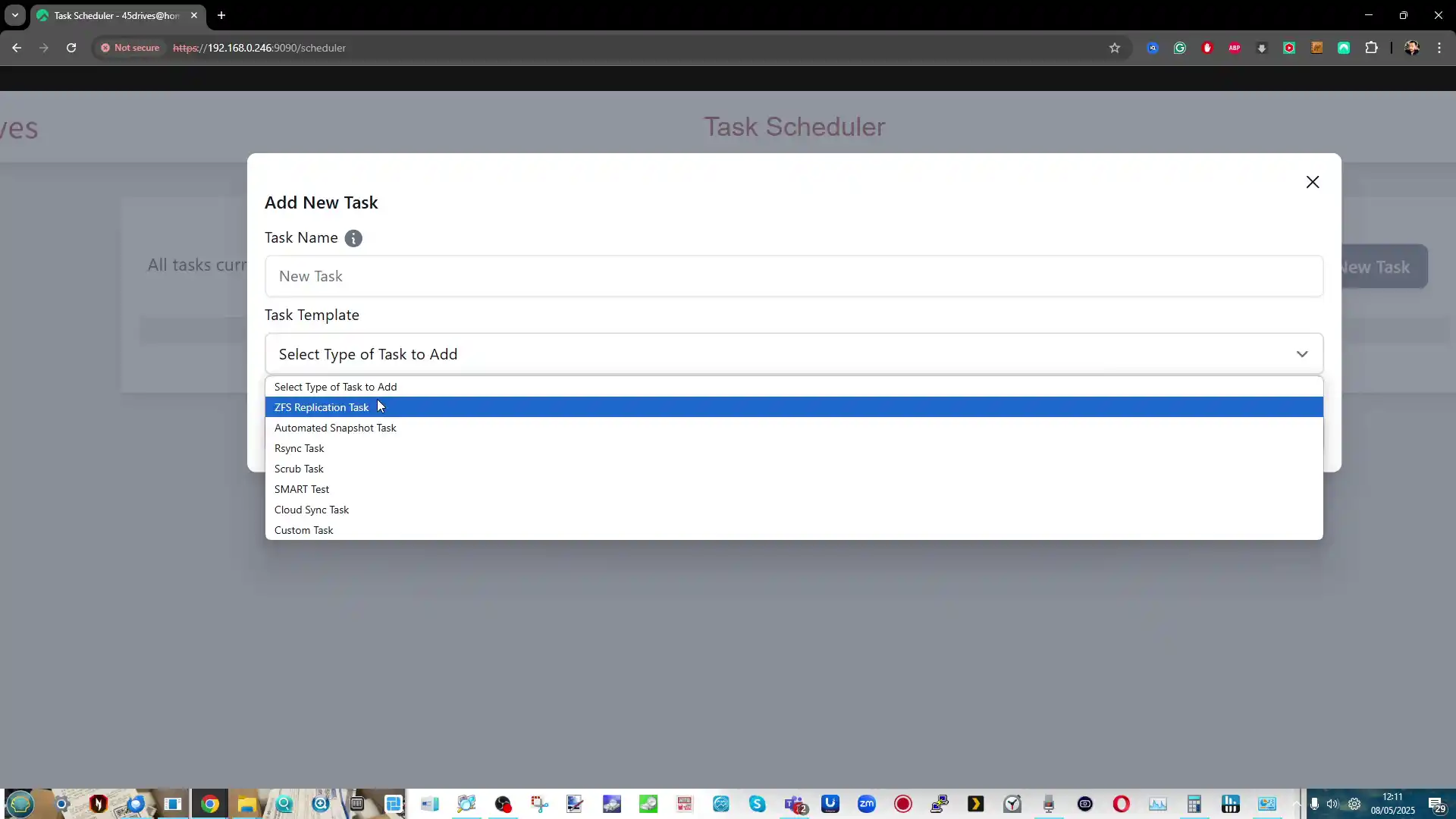
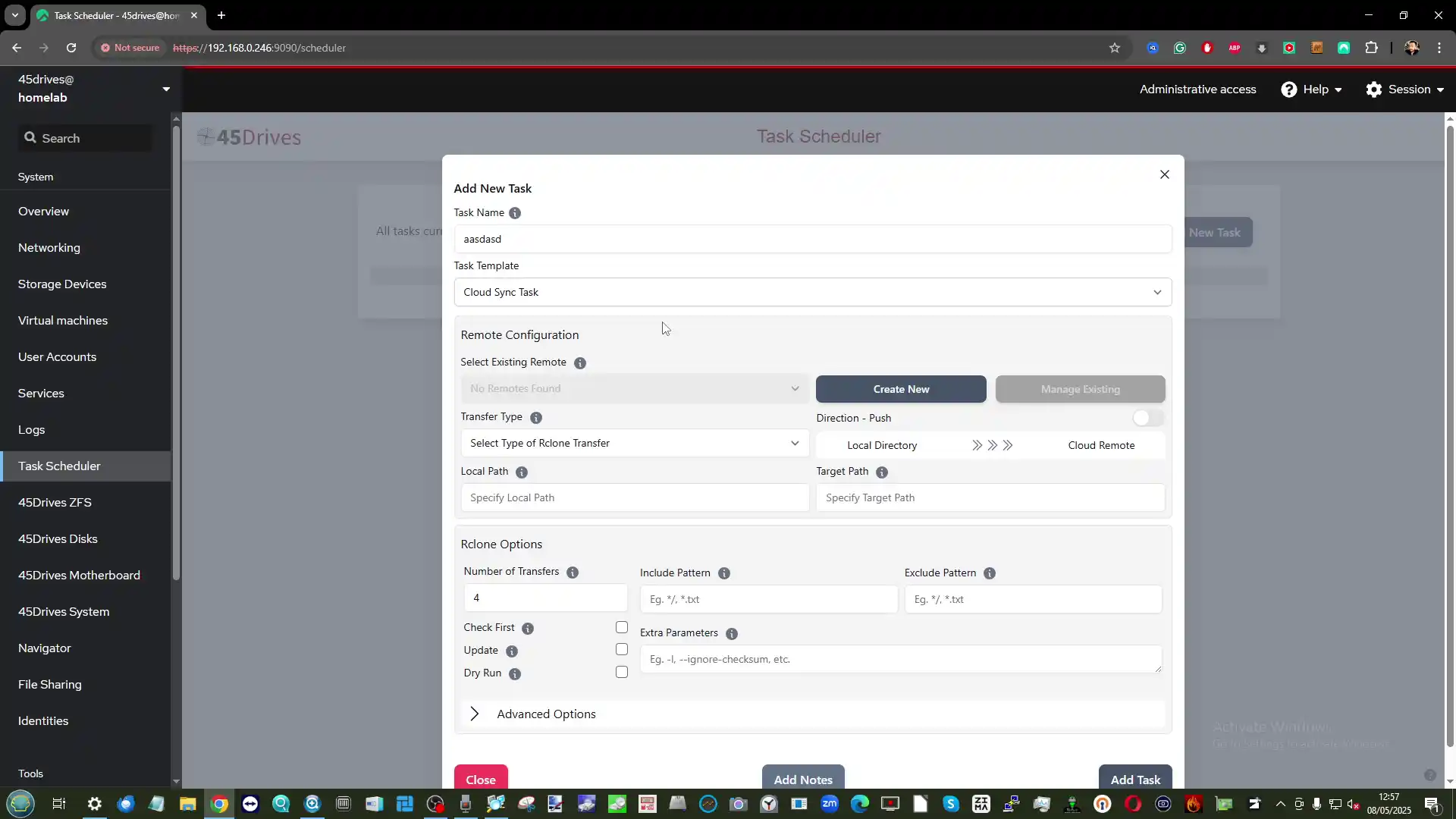
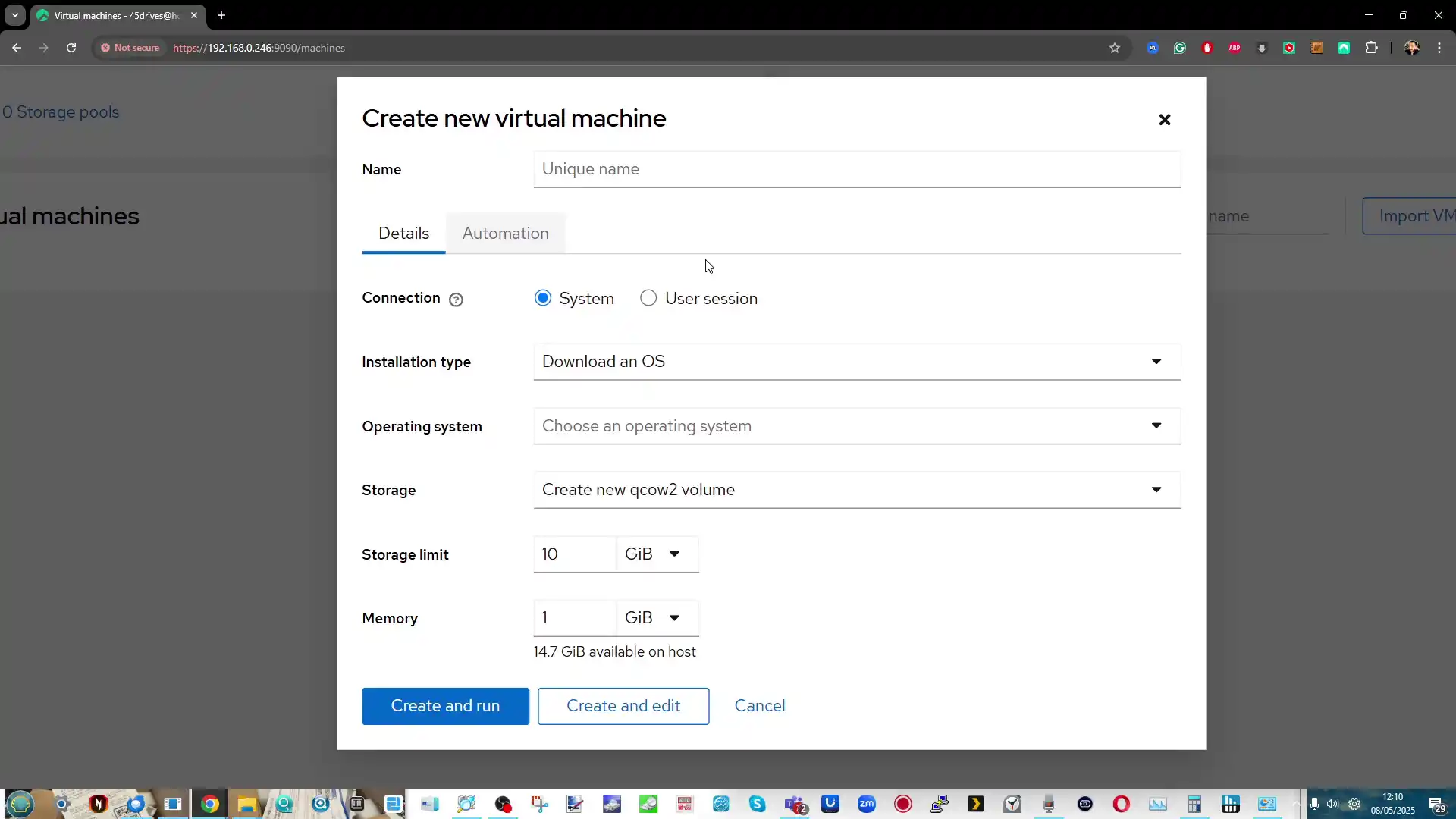
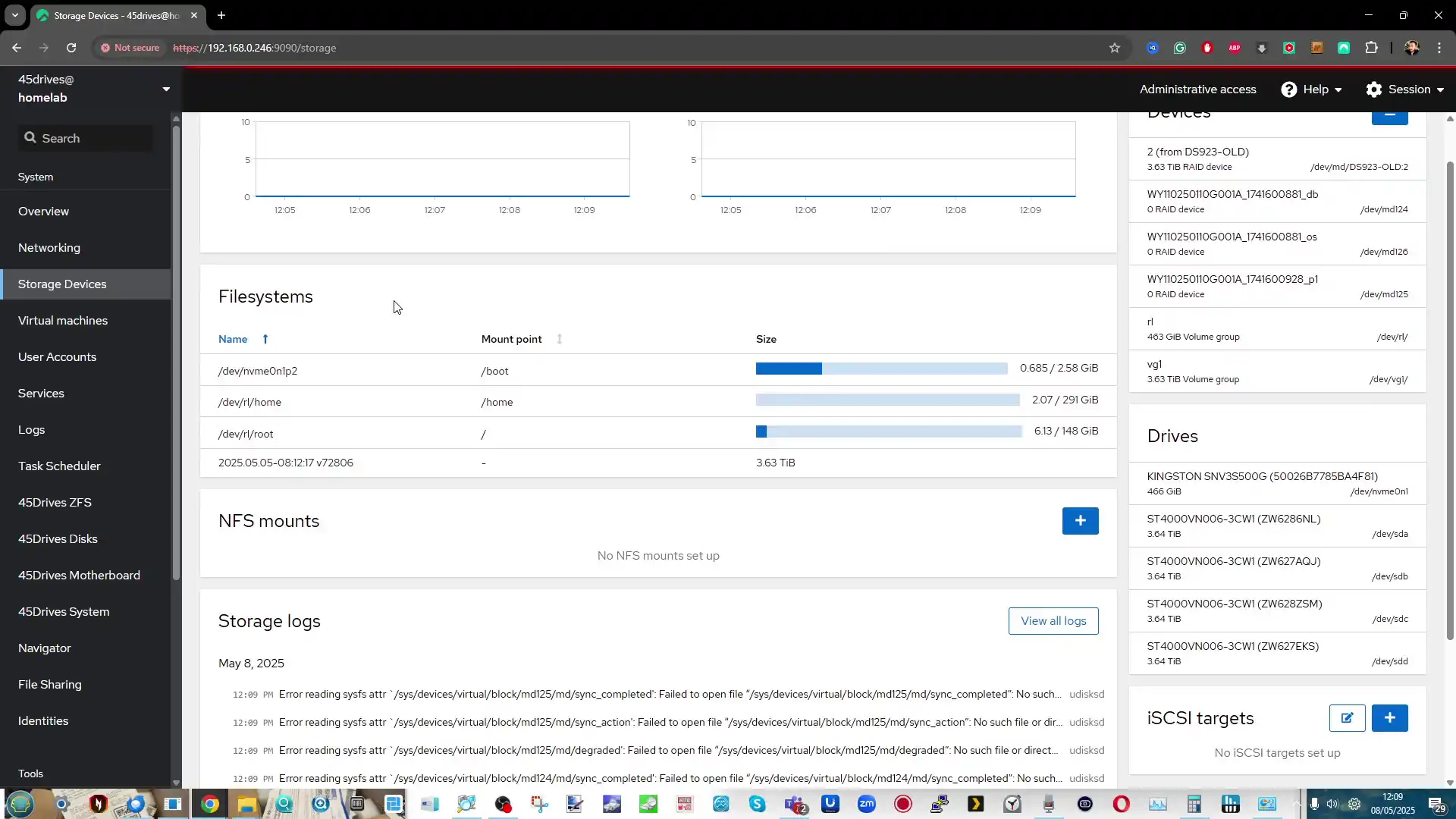
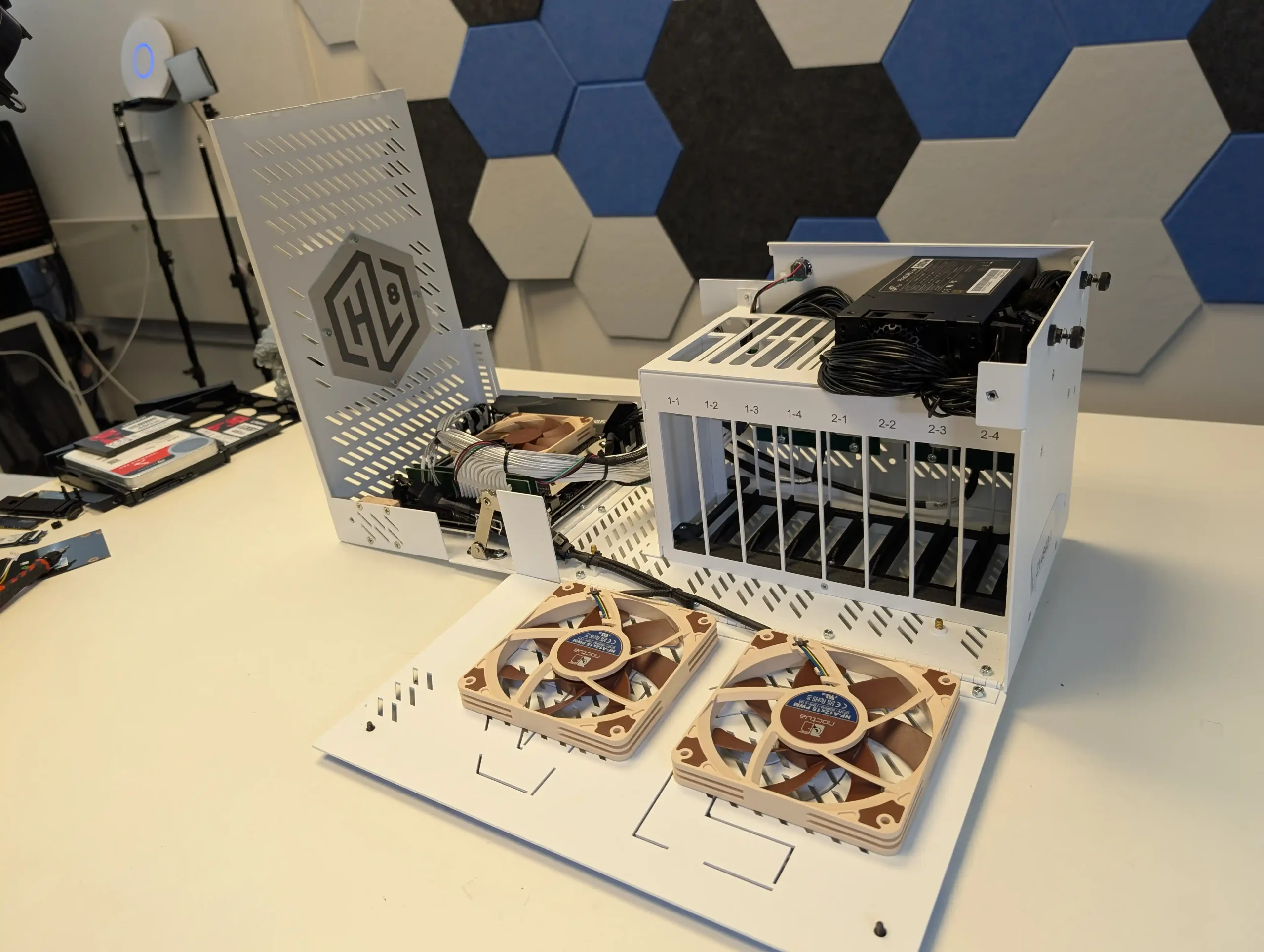
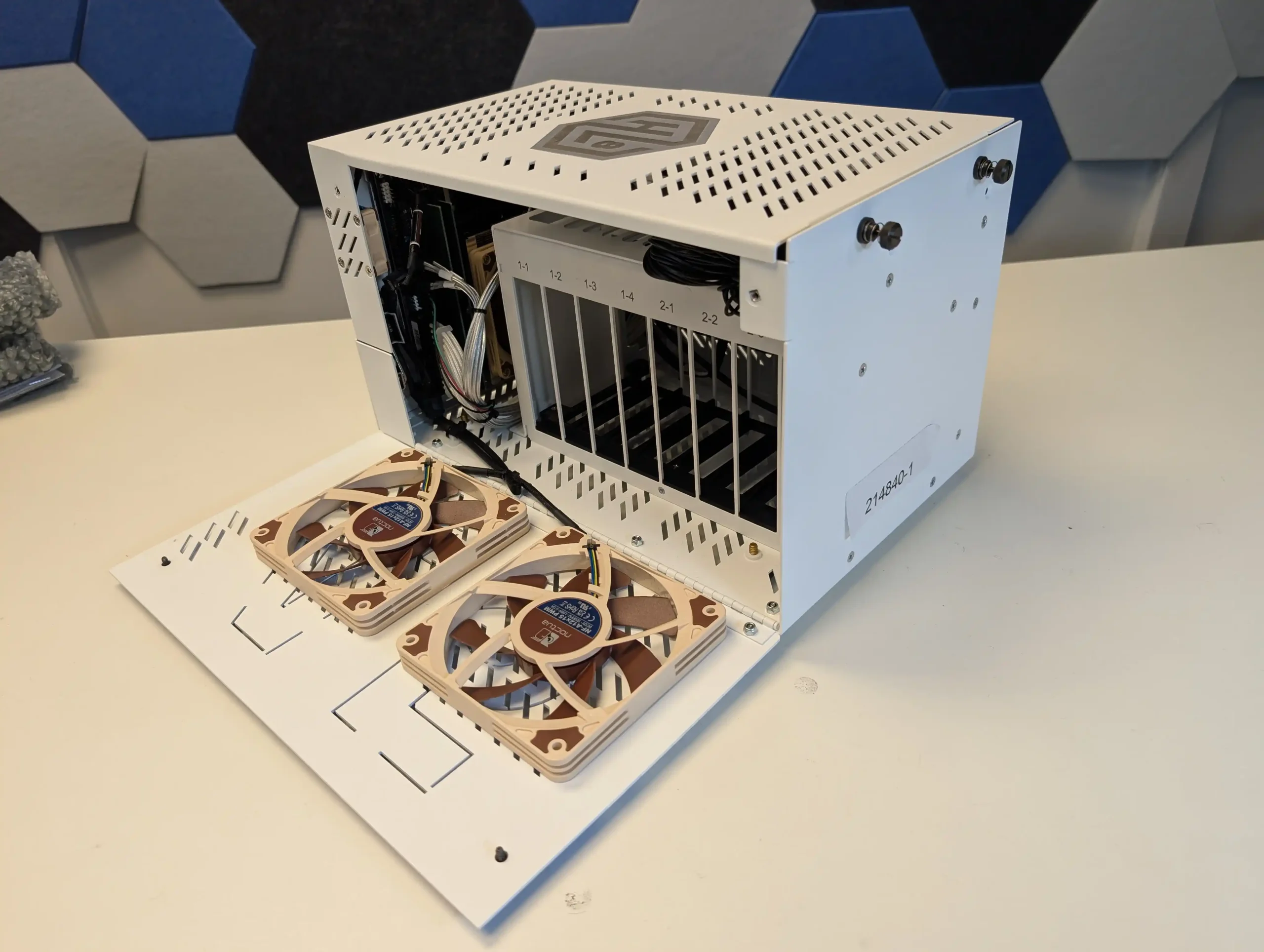
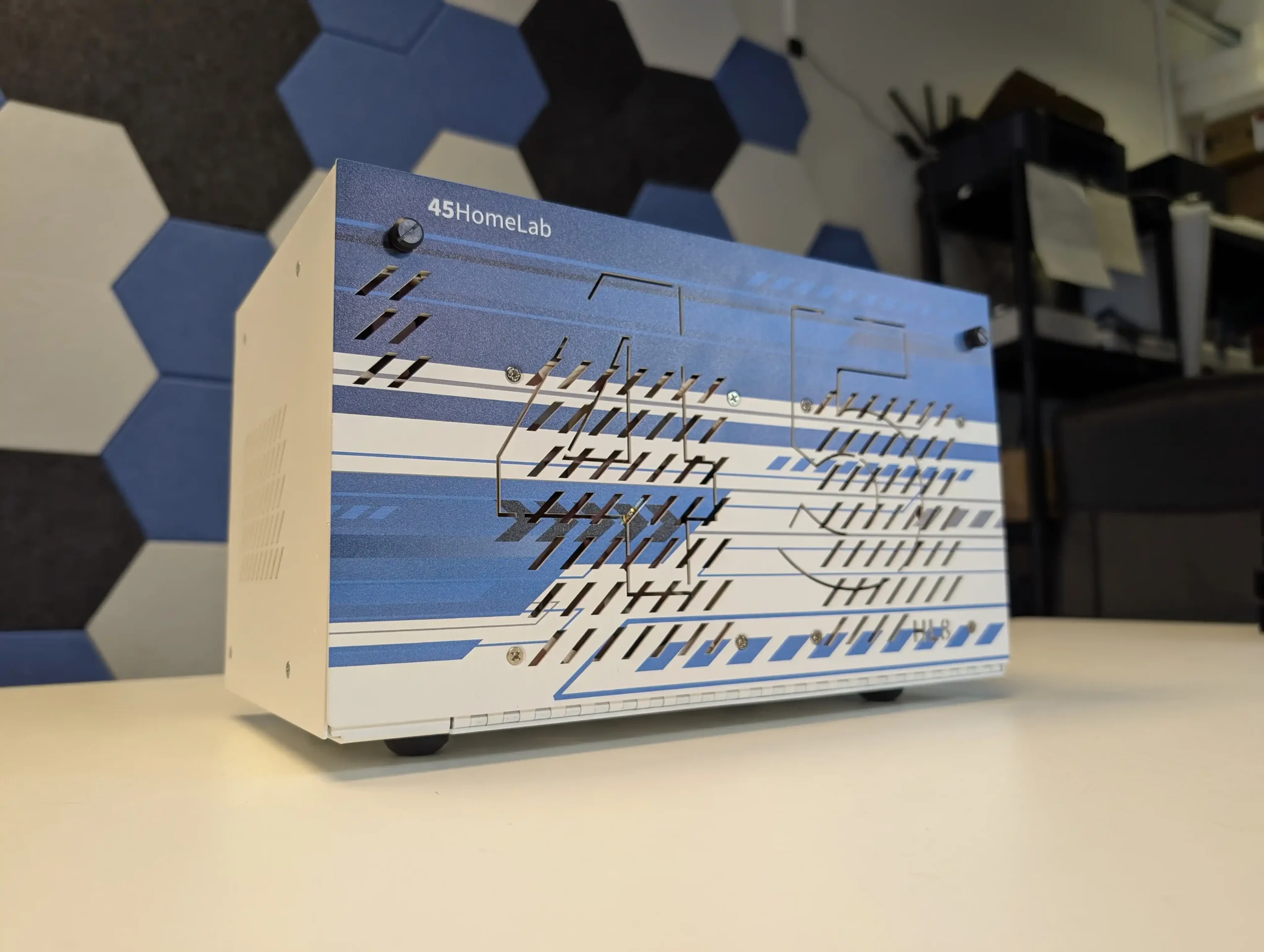
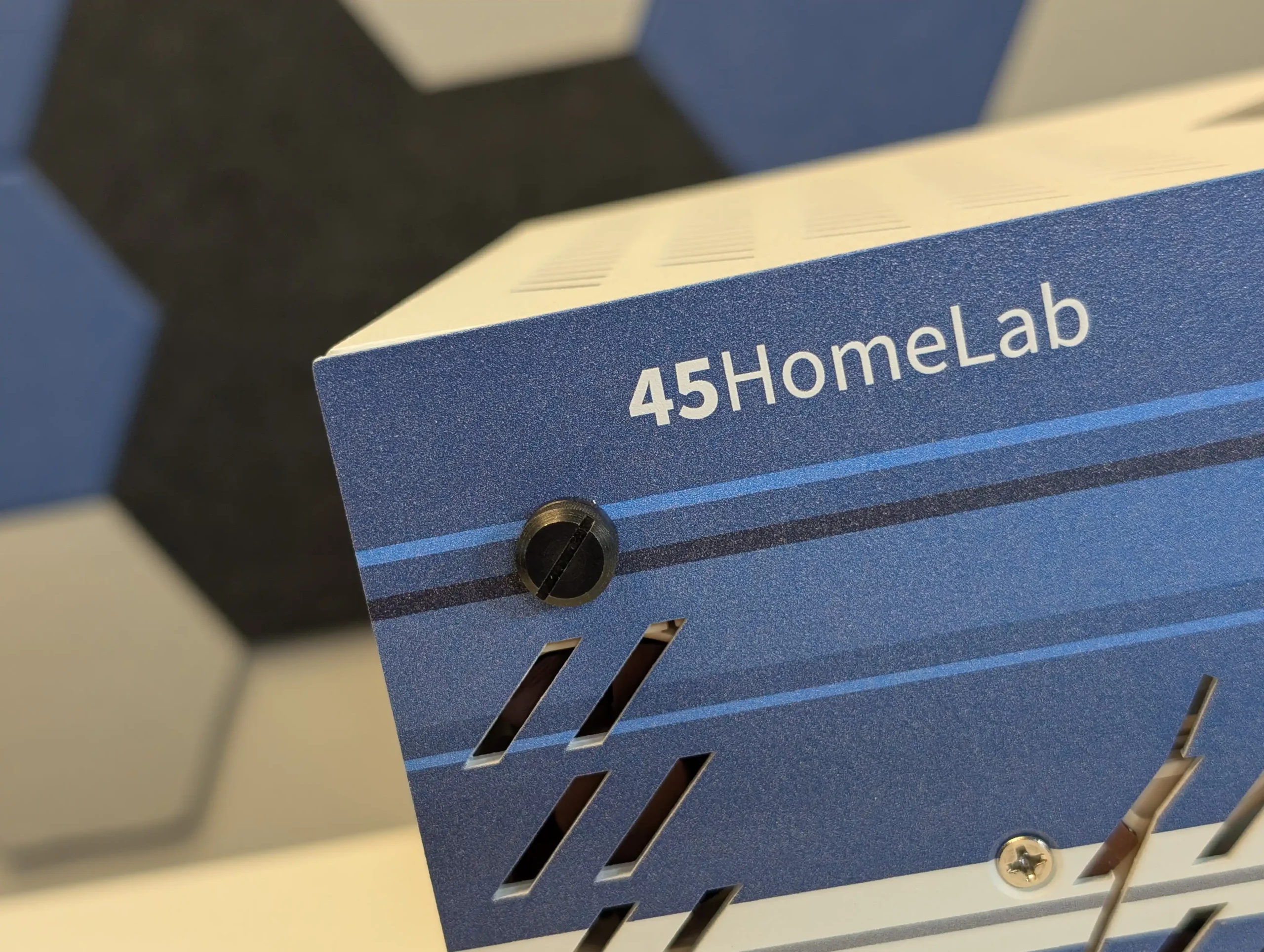


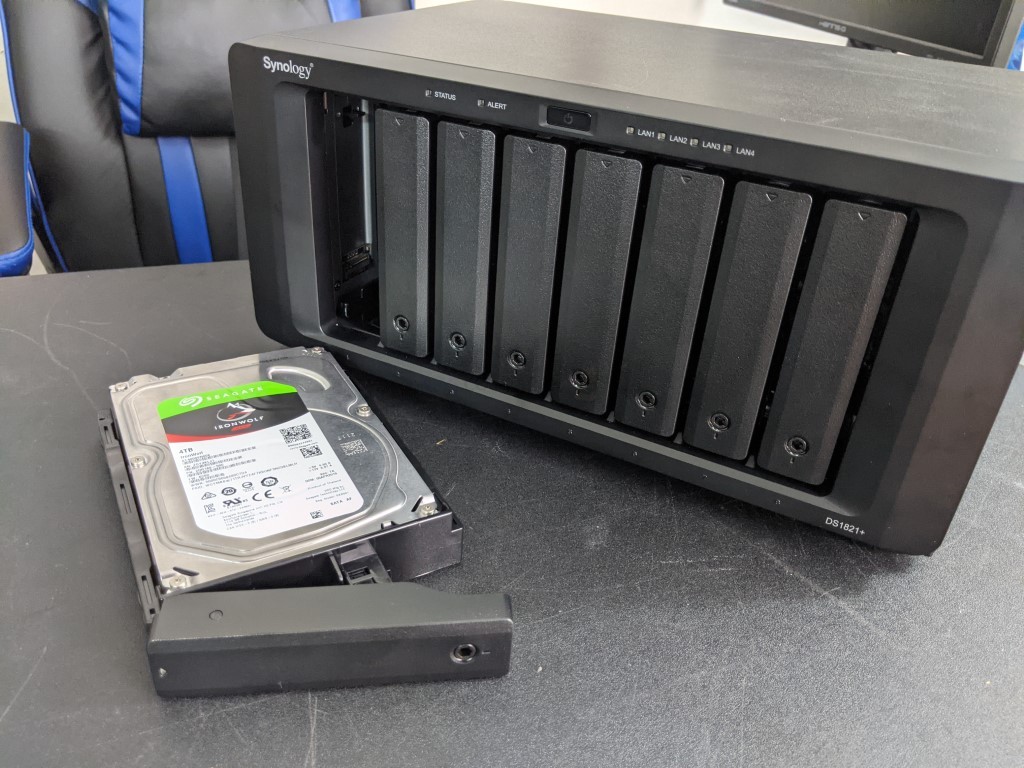
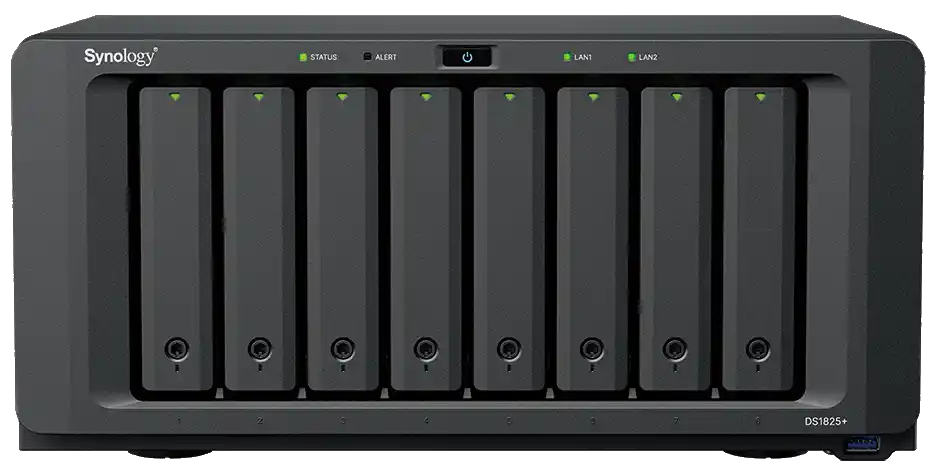
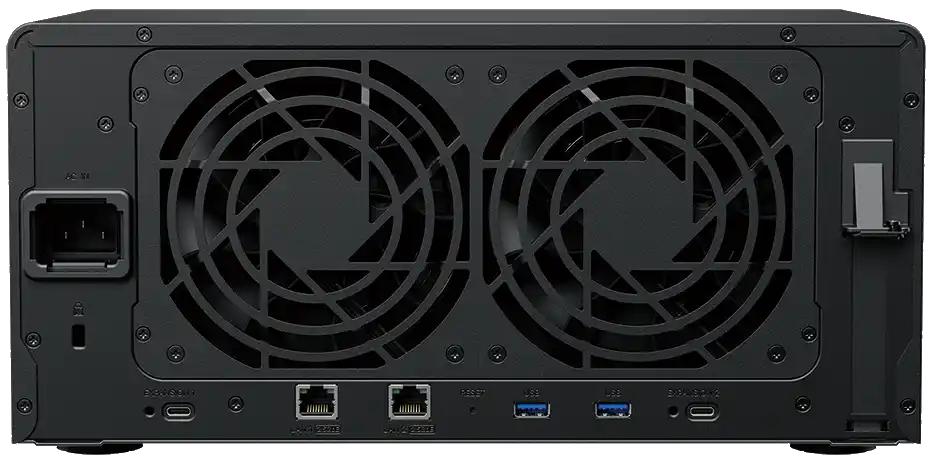
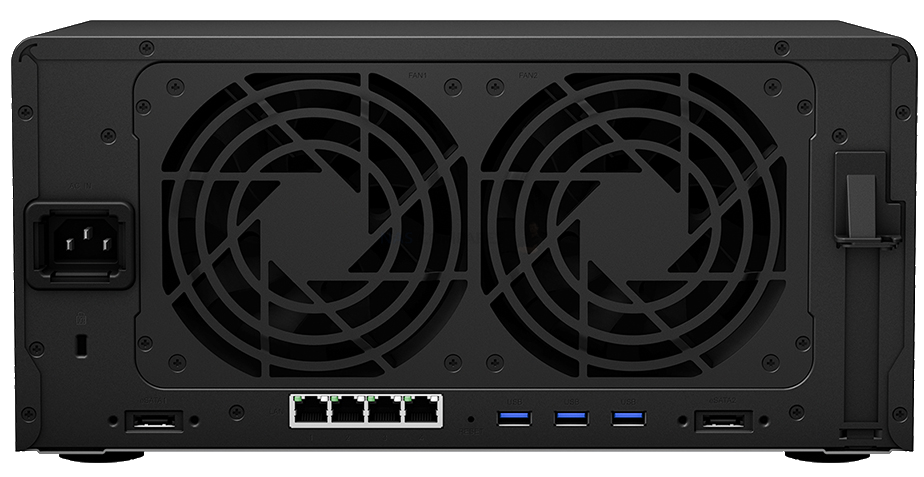
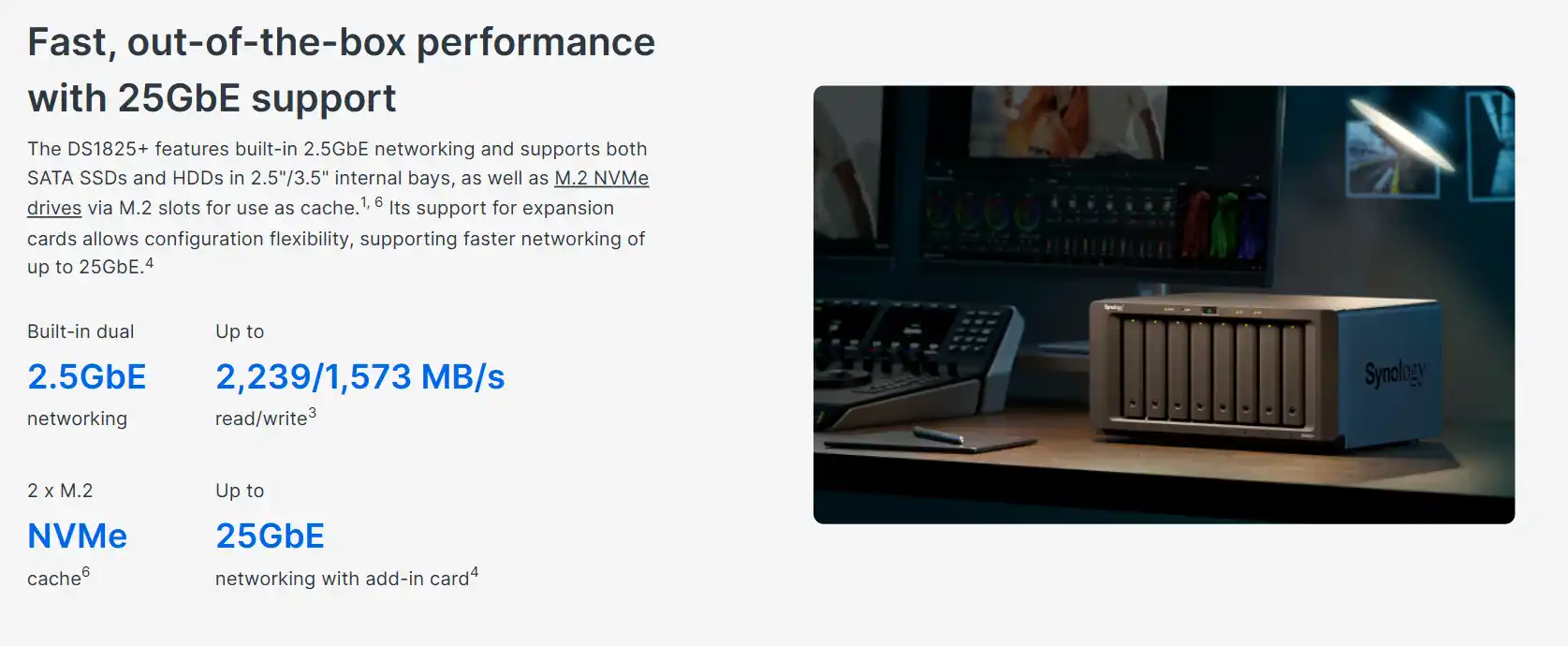
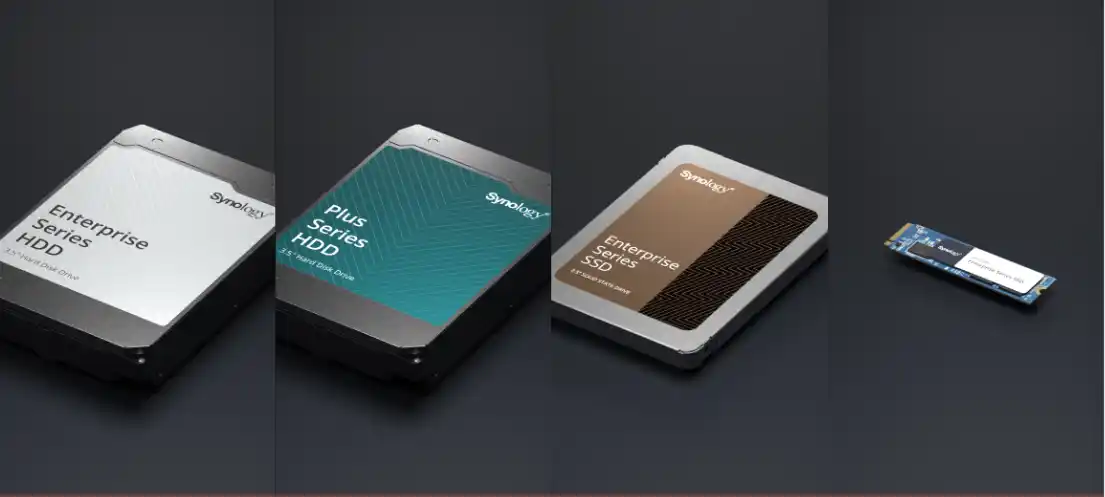
 Fully supported (with warnings)
Fully supported (with warnings) Blocked at install/init if not verified
Blocked at install/init if not verified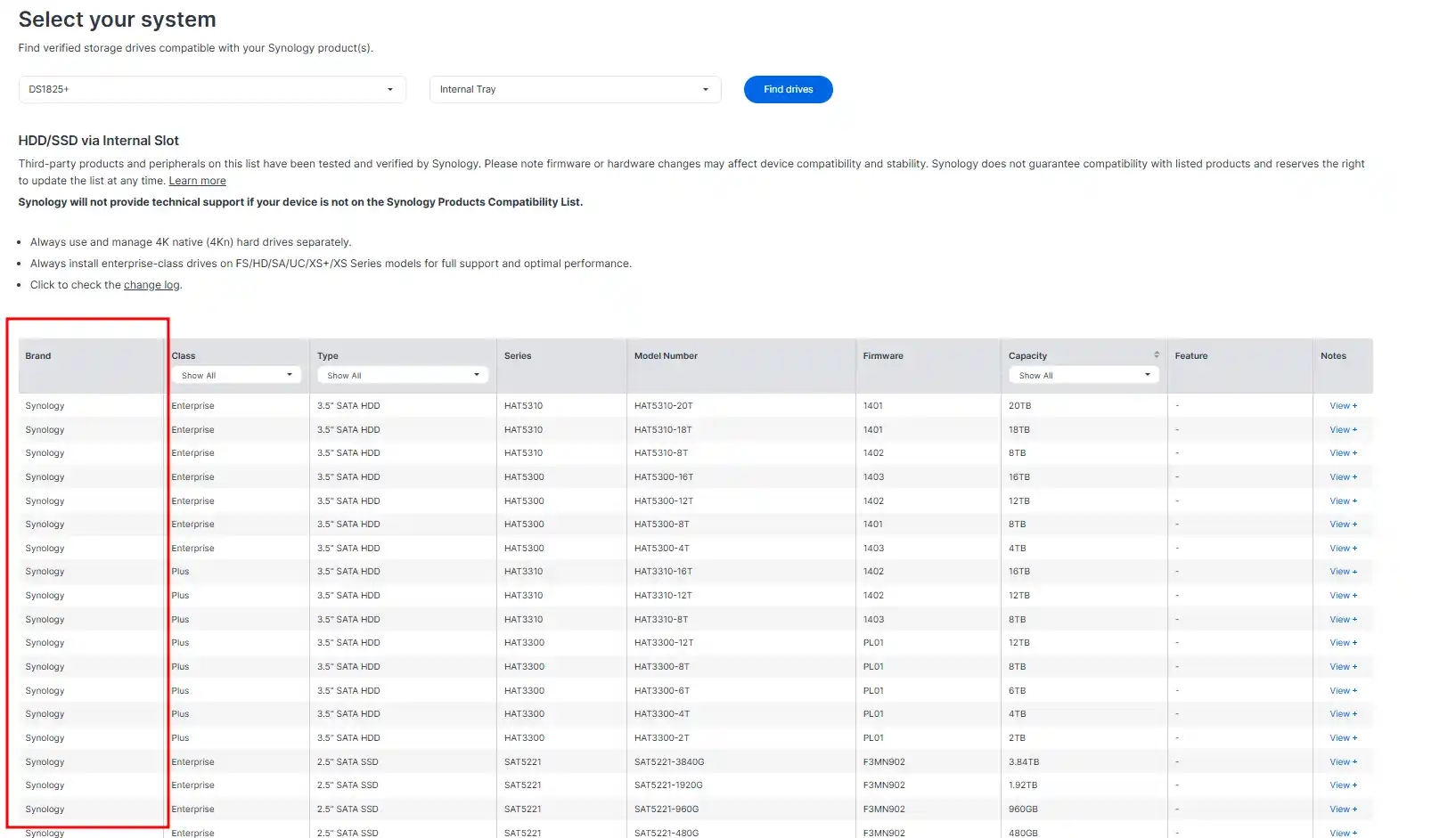
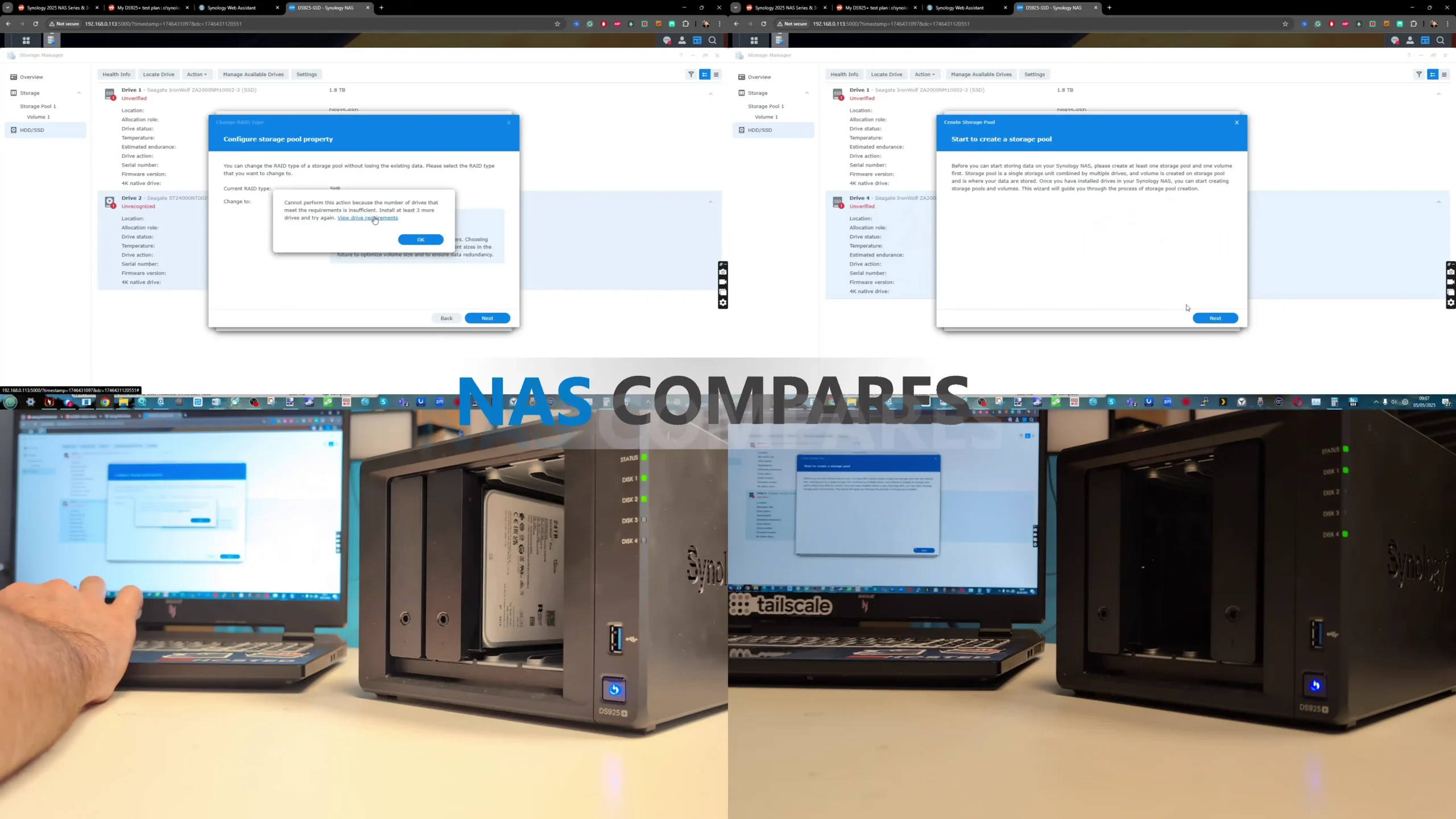
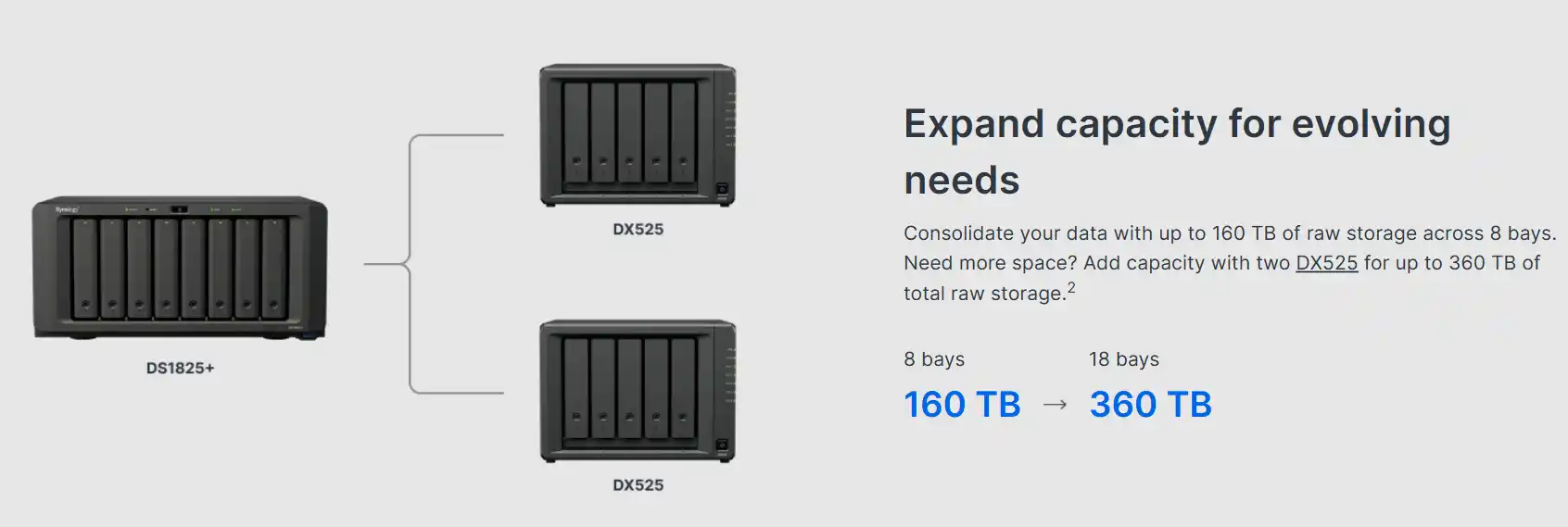

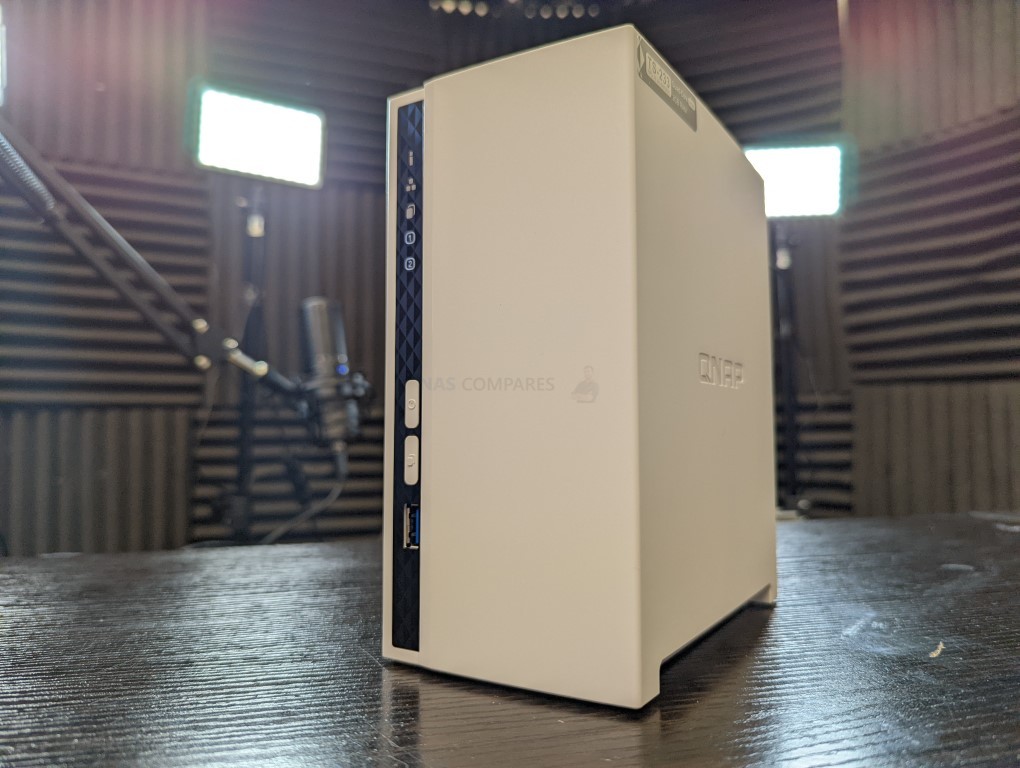
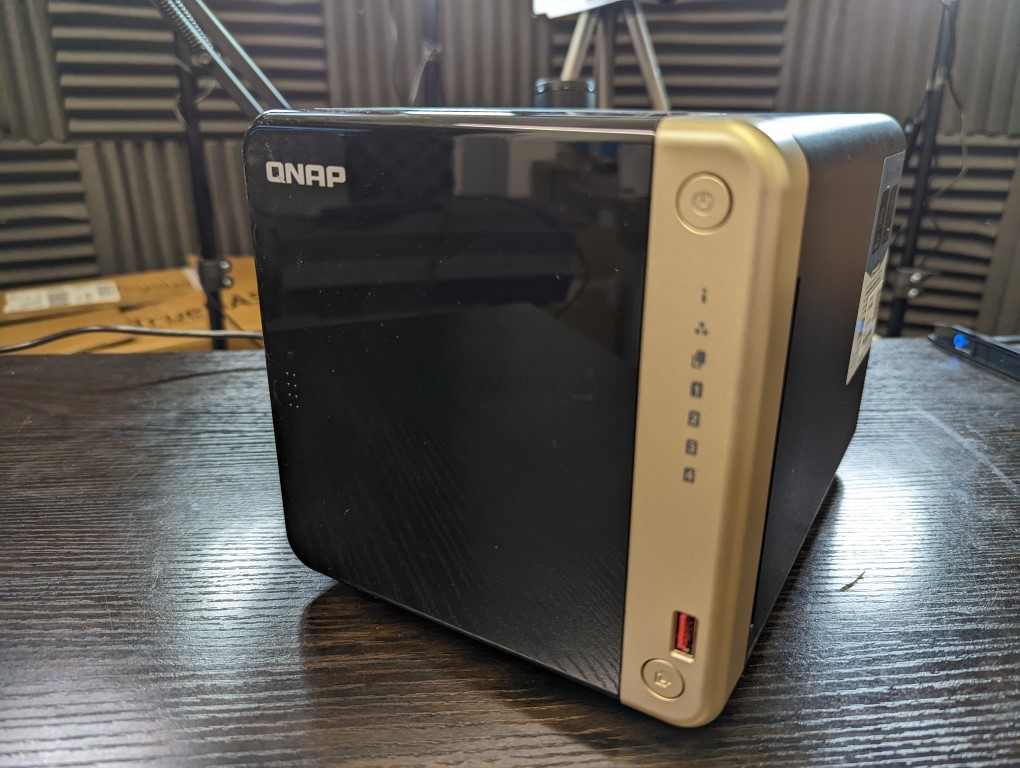
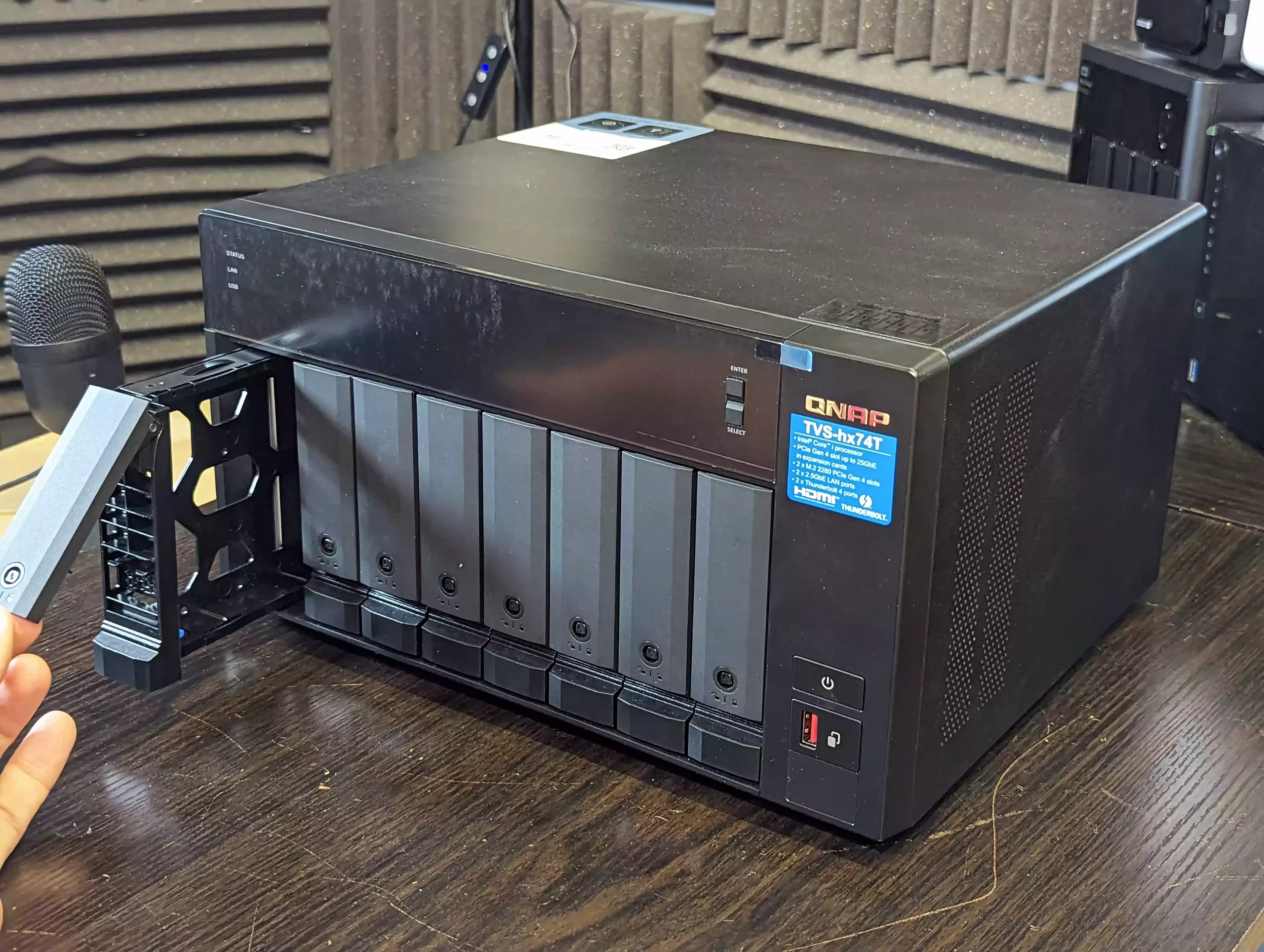


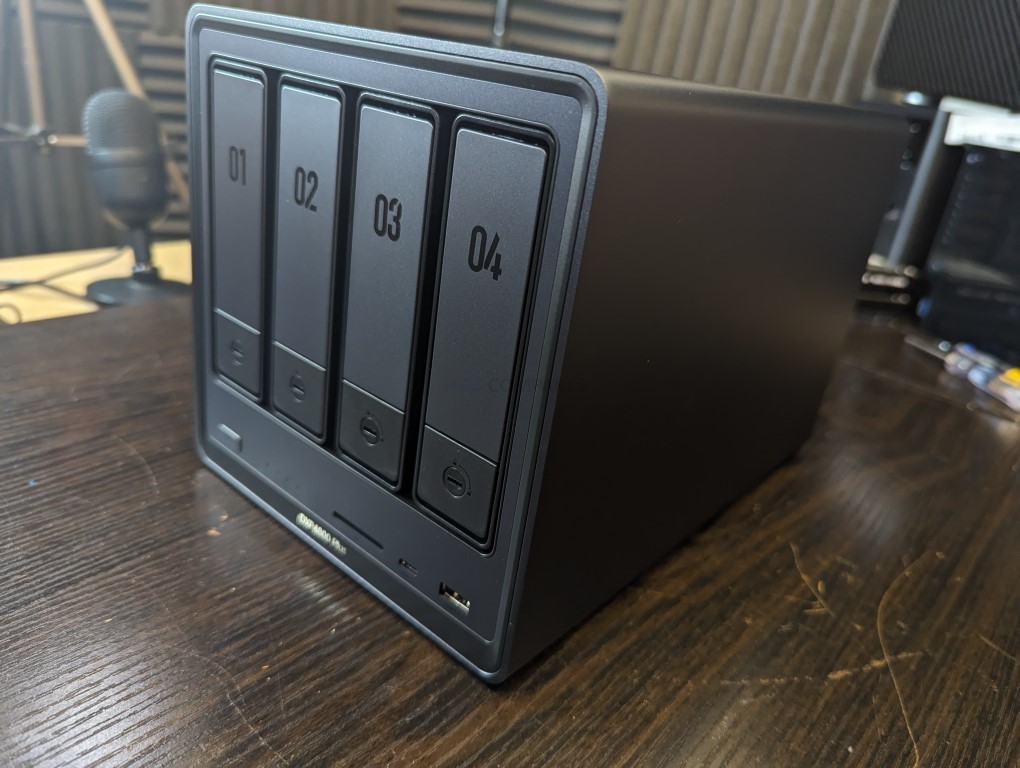
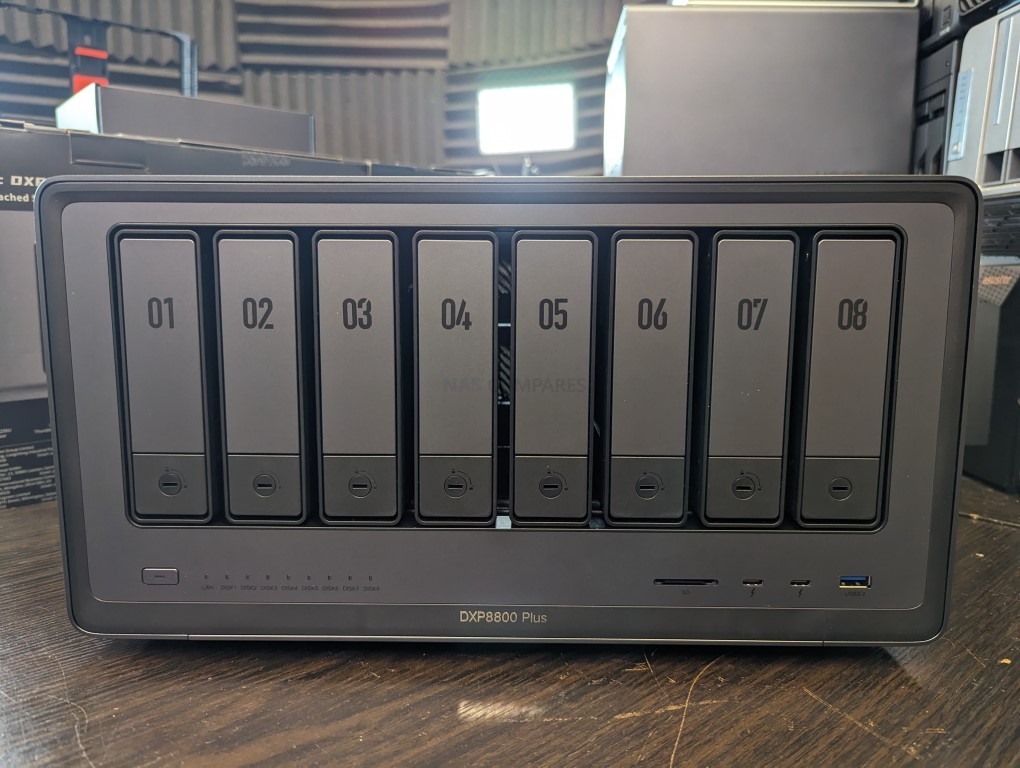

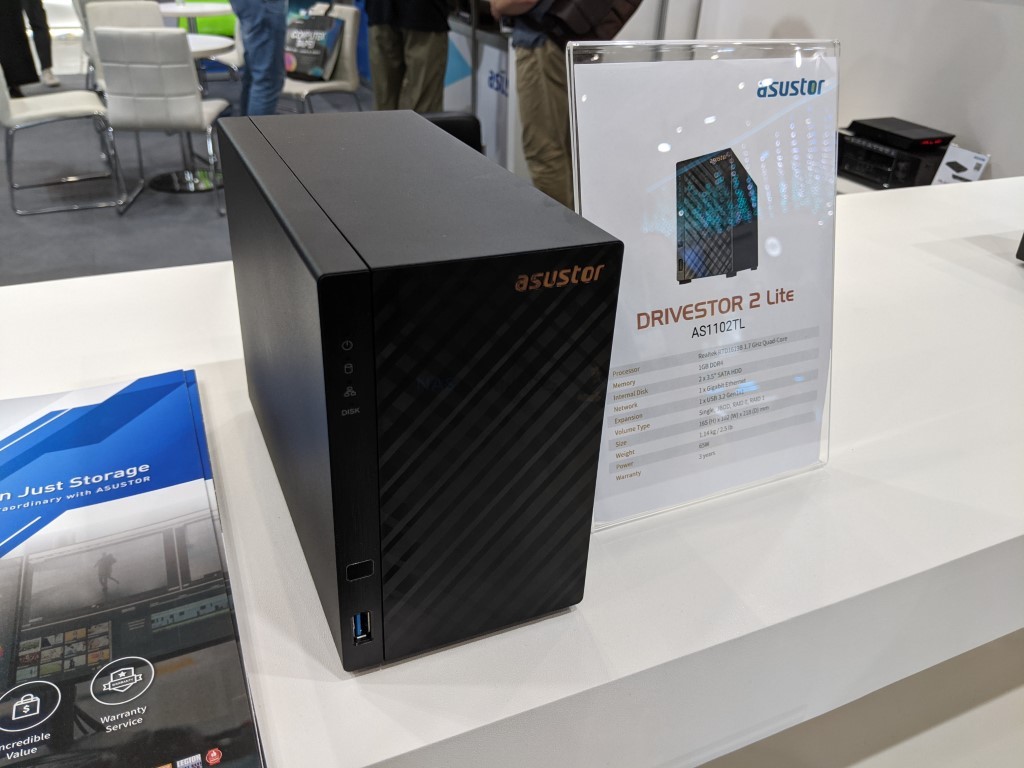
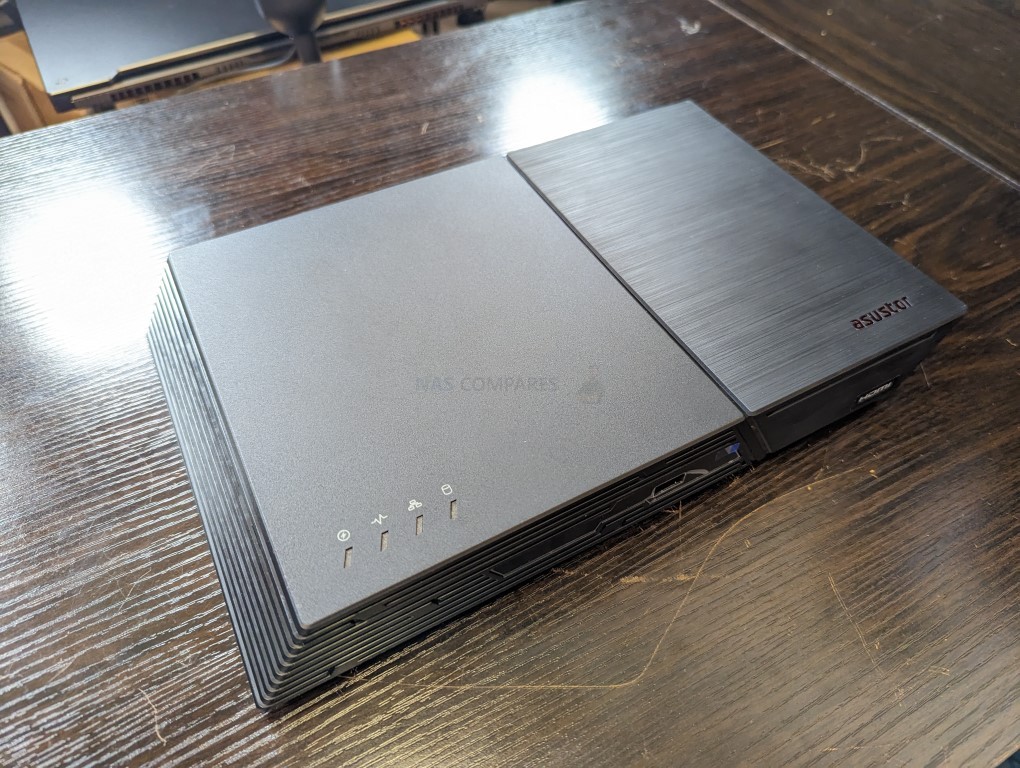
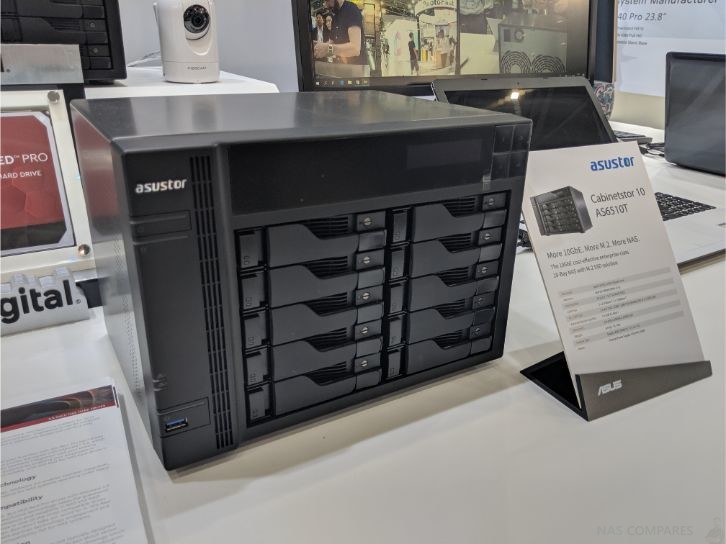
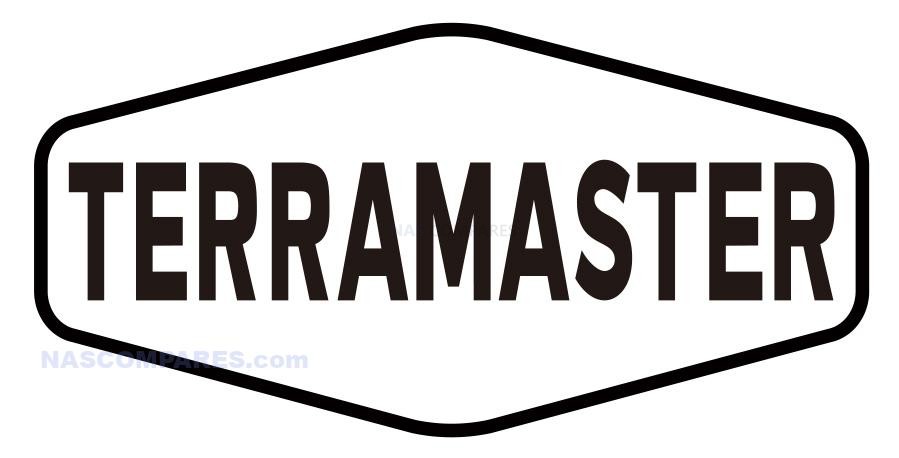
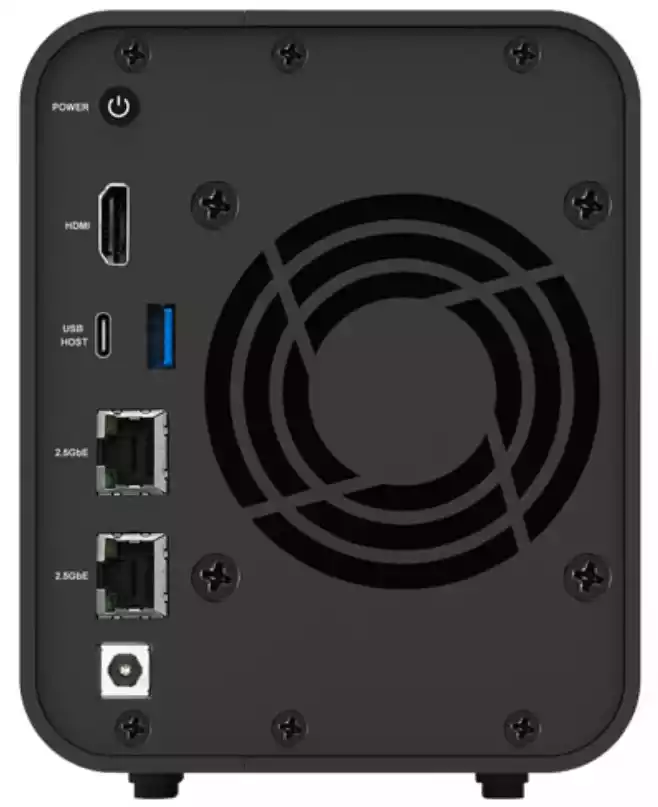
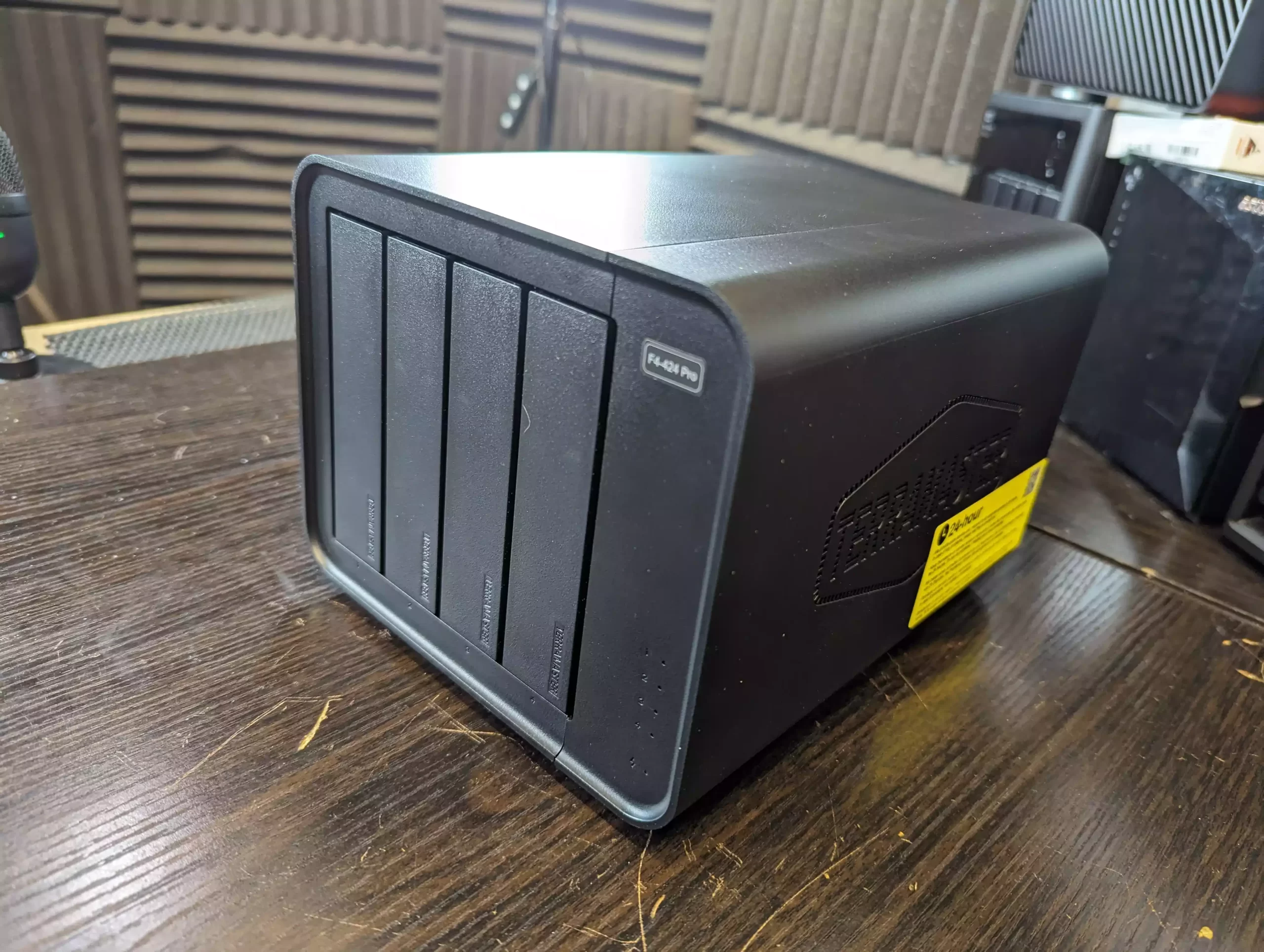
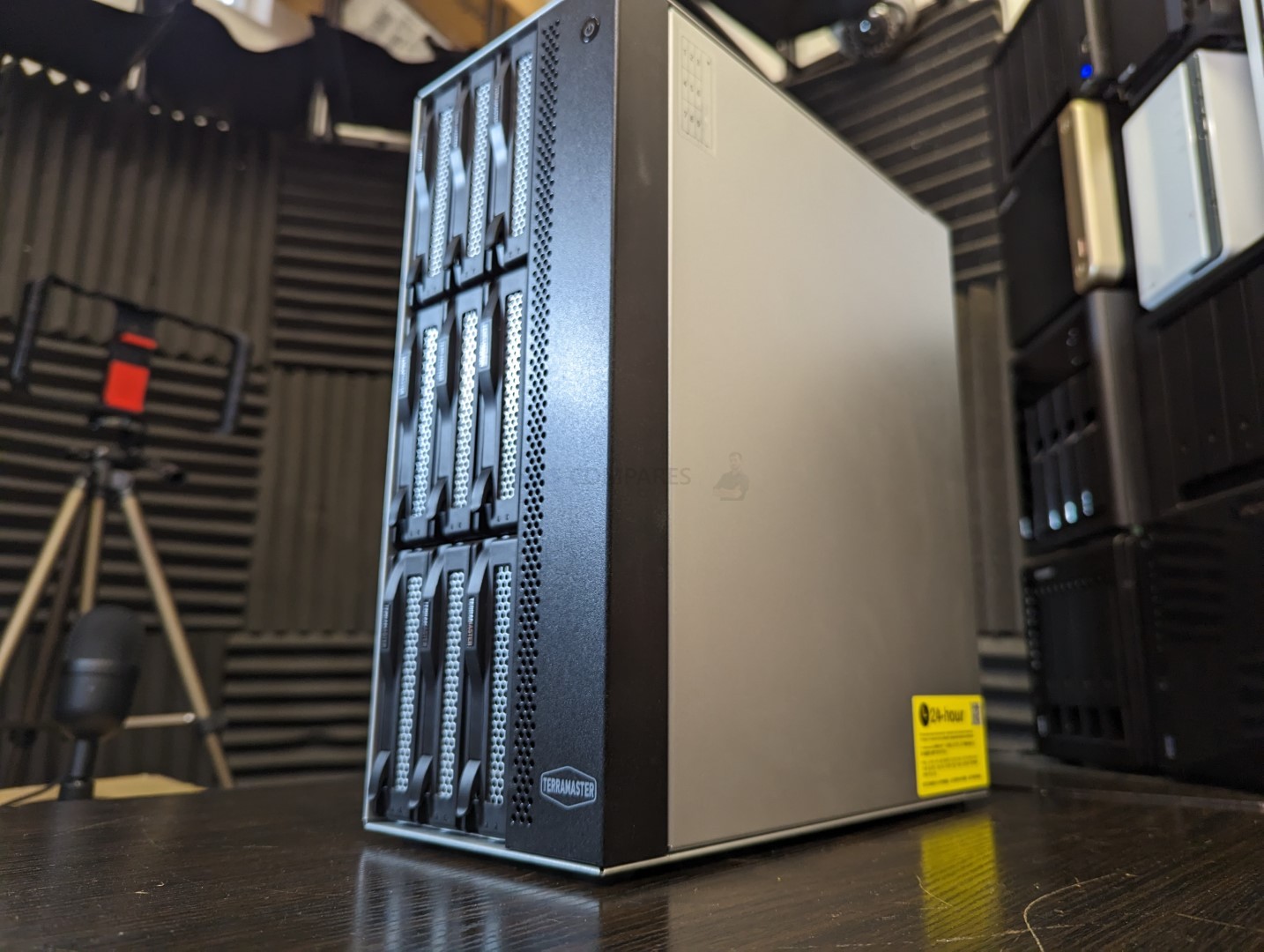
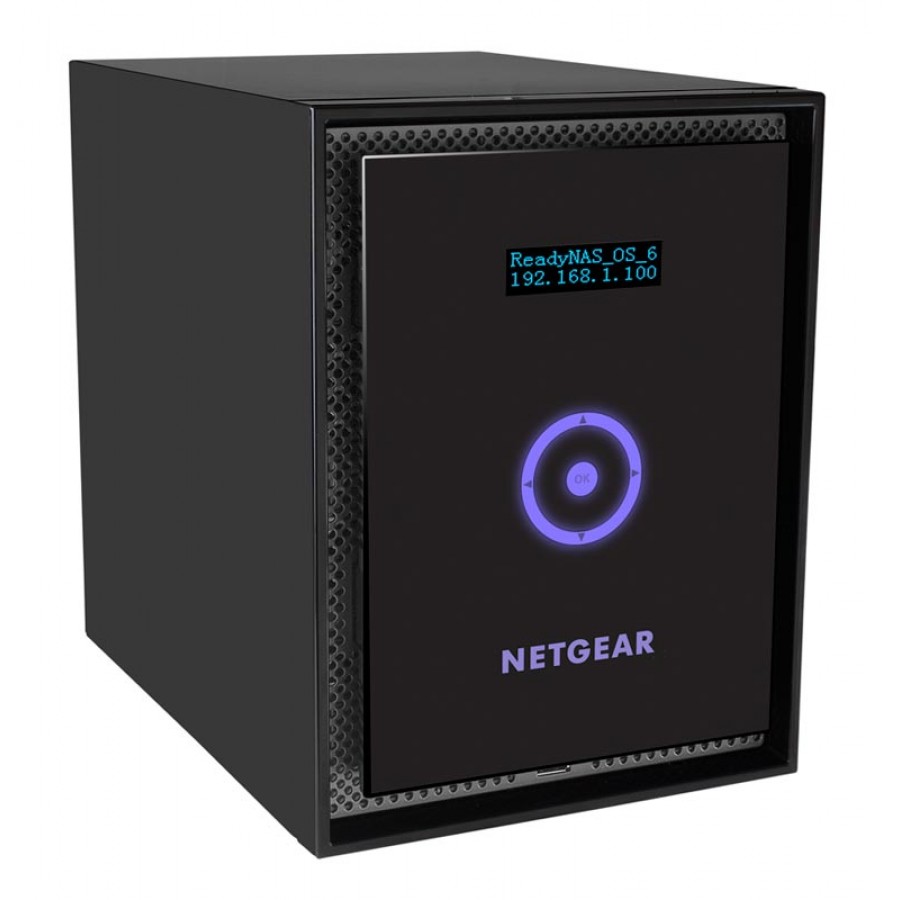
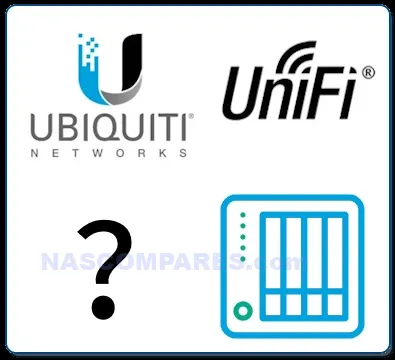
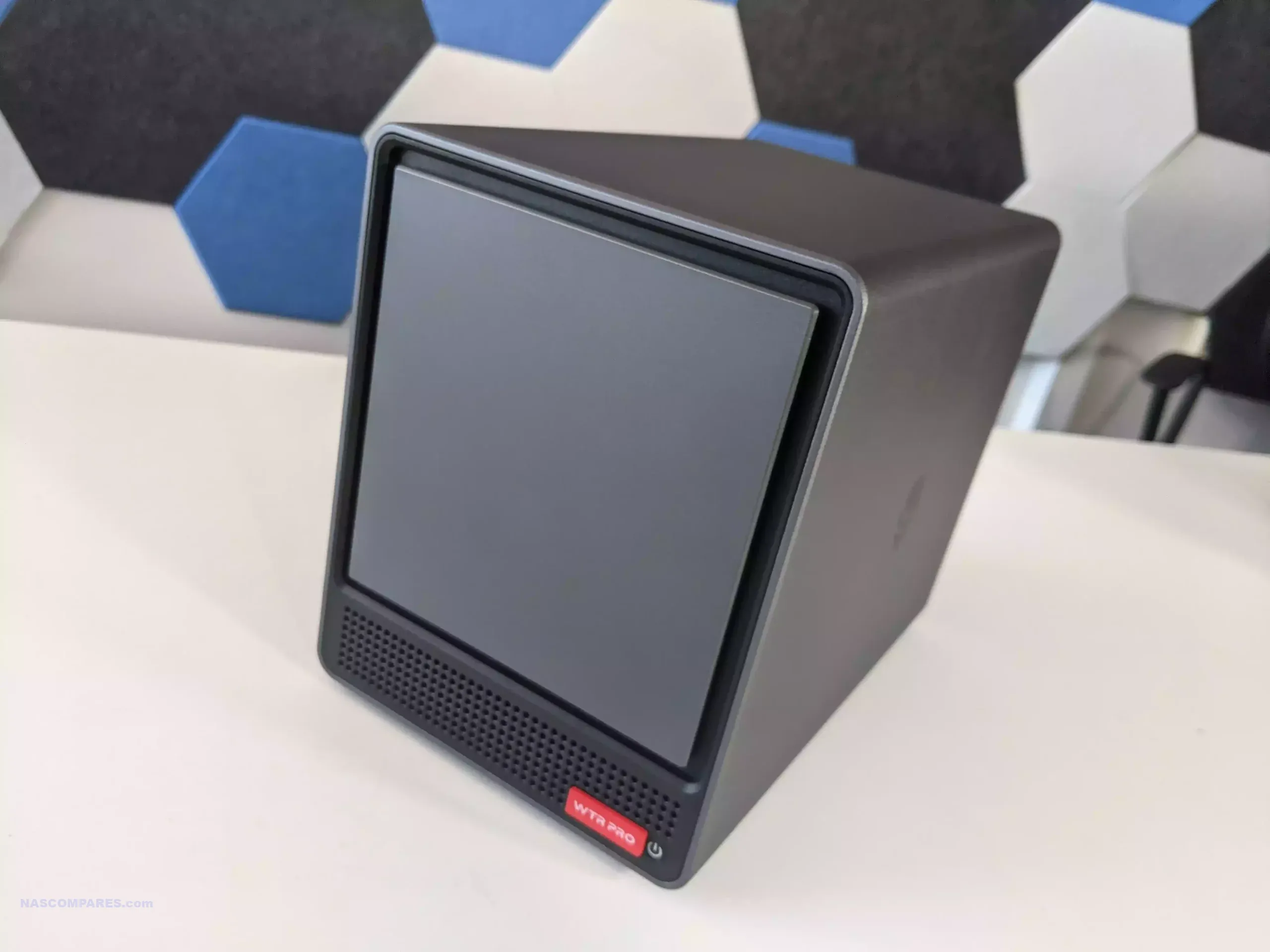
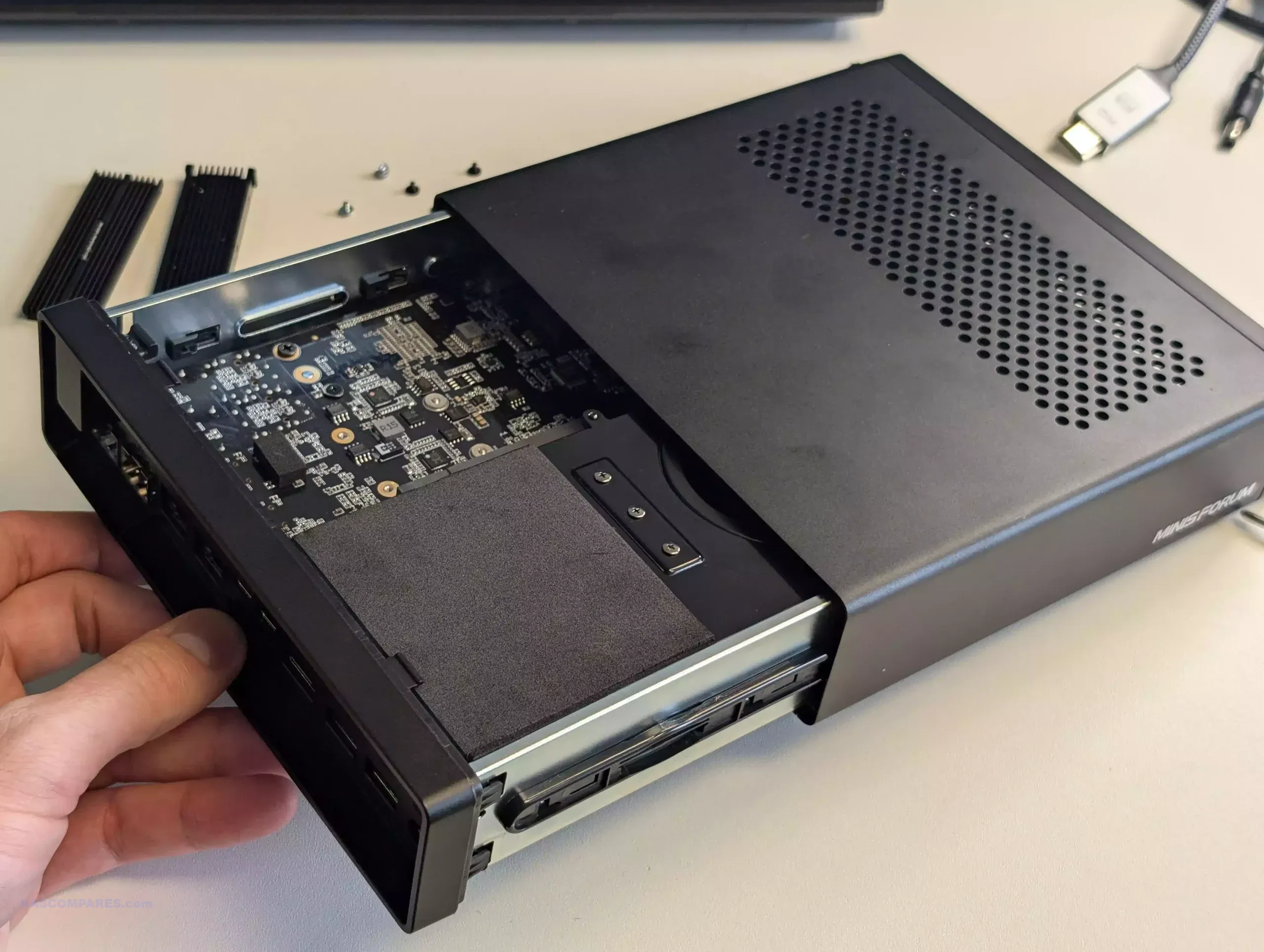
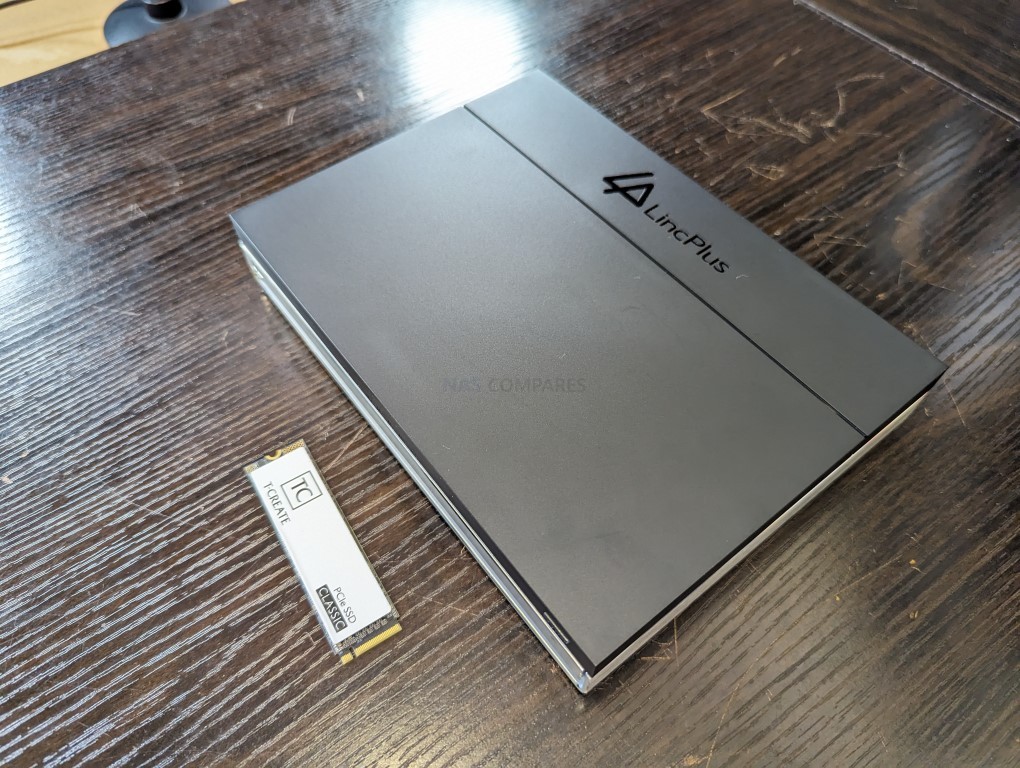
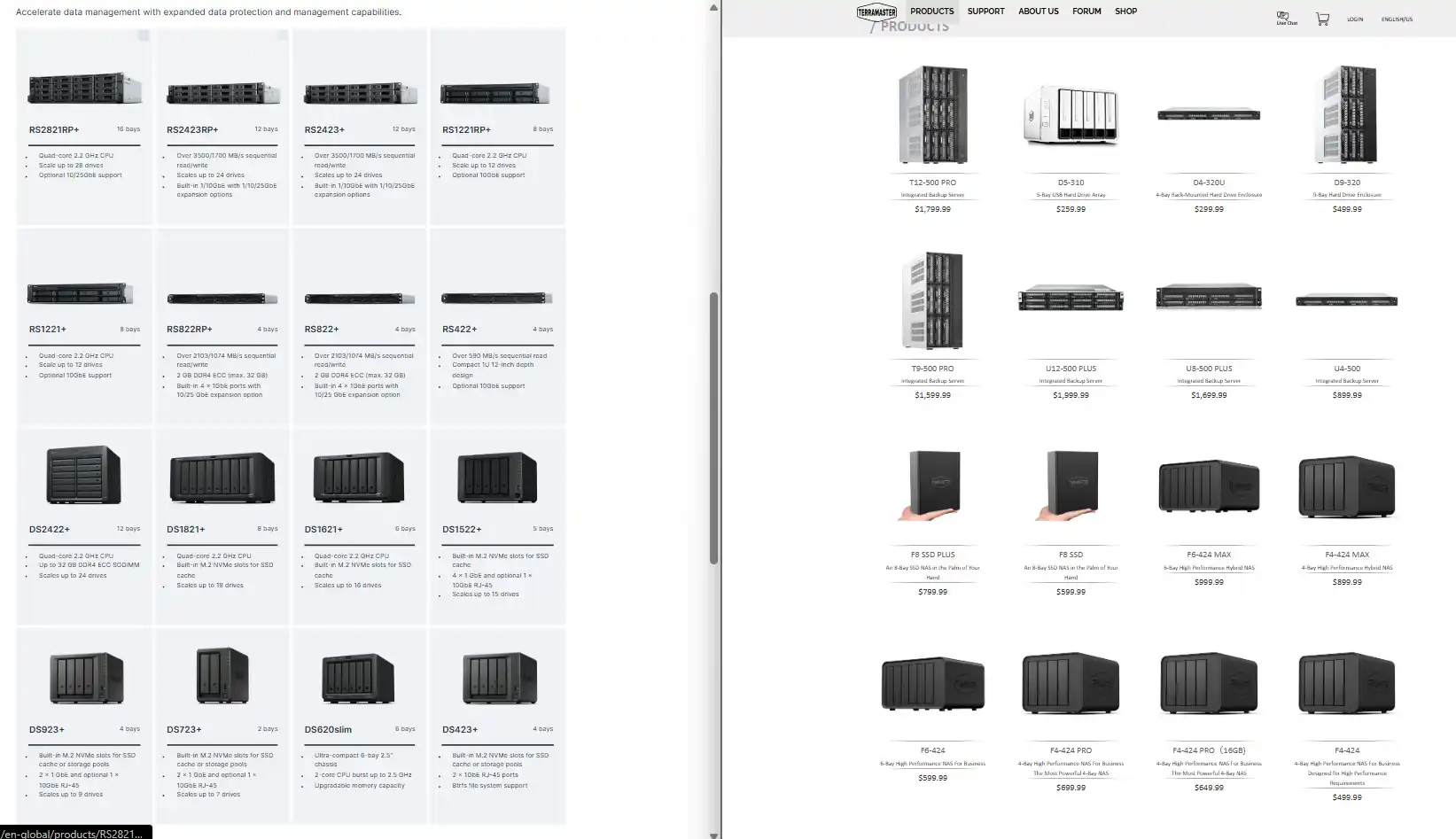
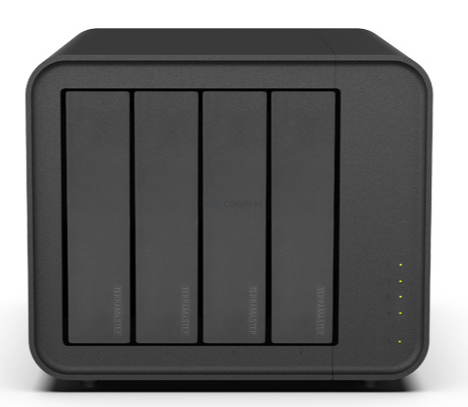
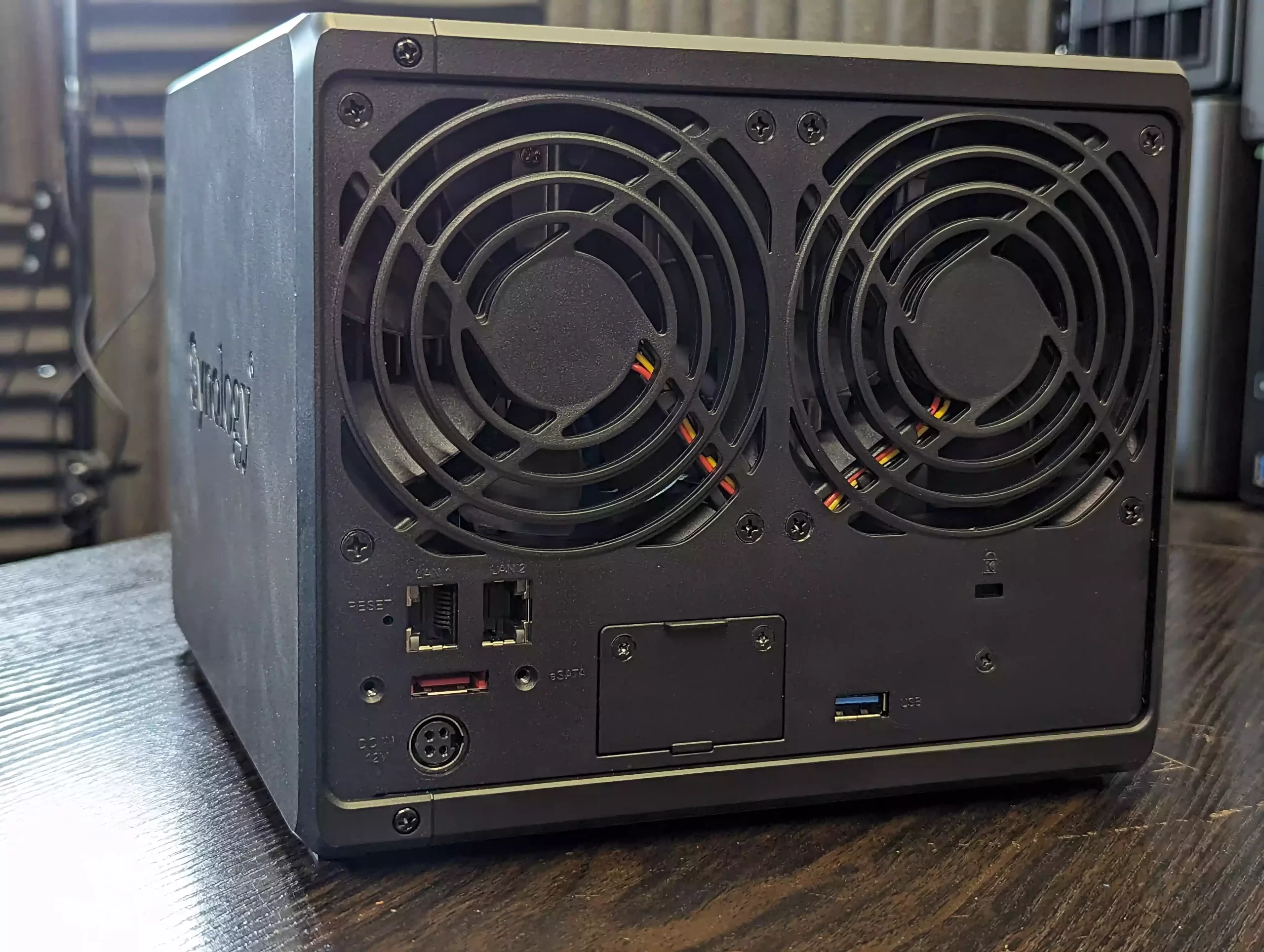
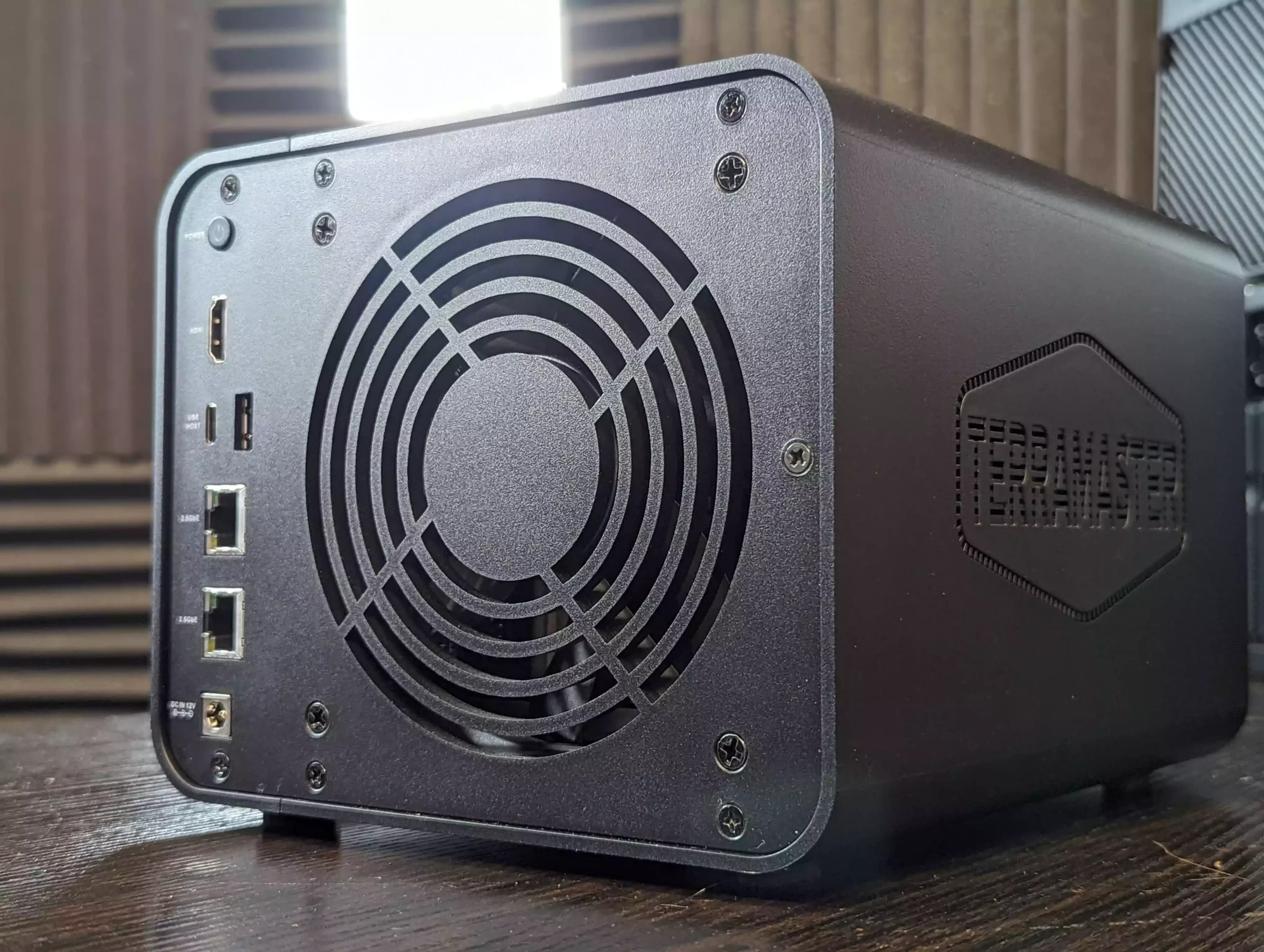
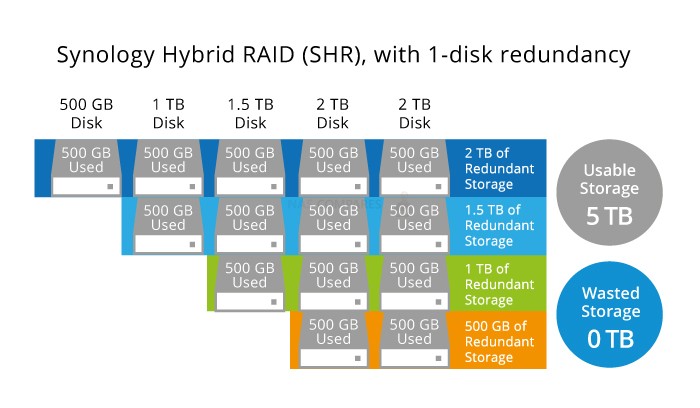
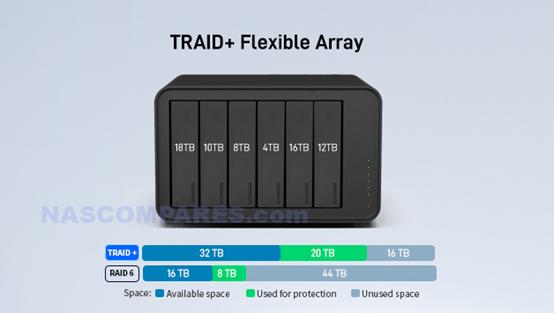
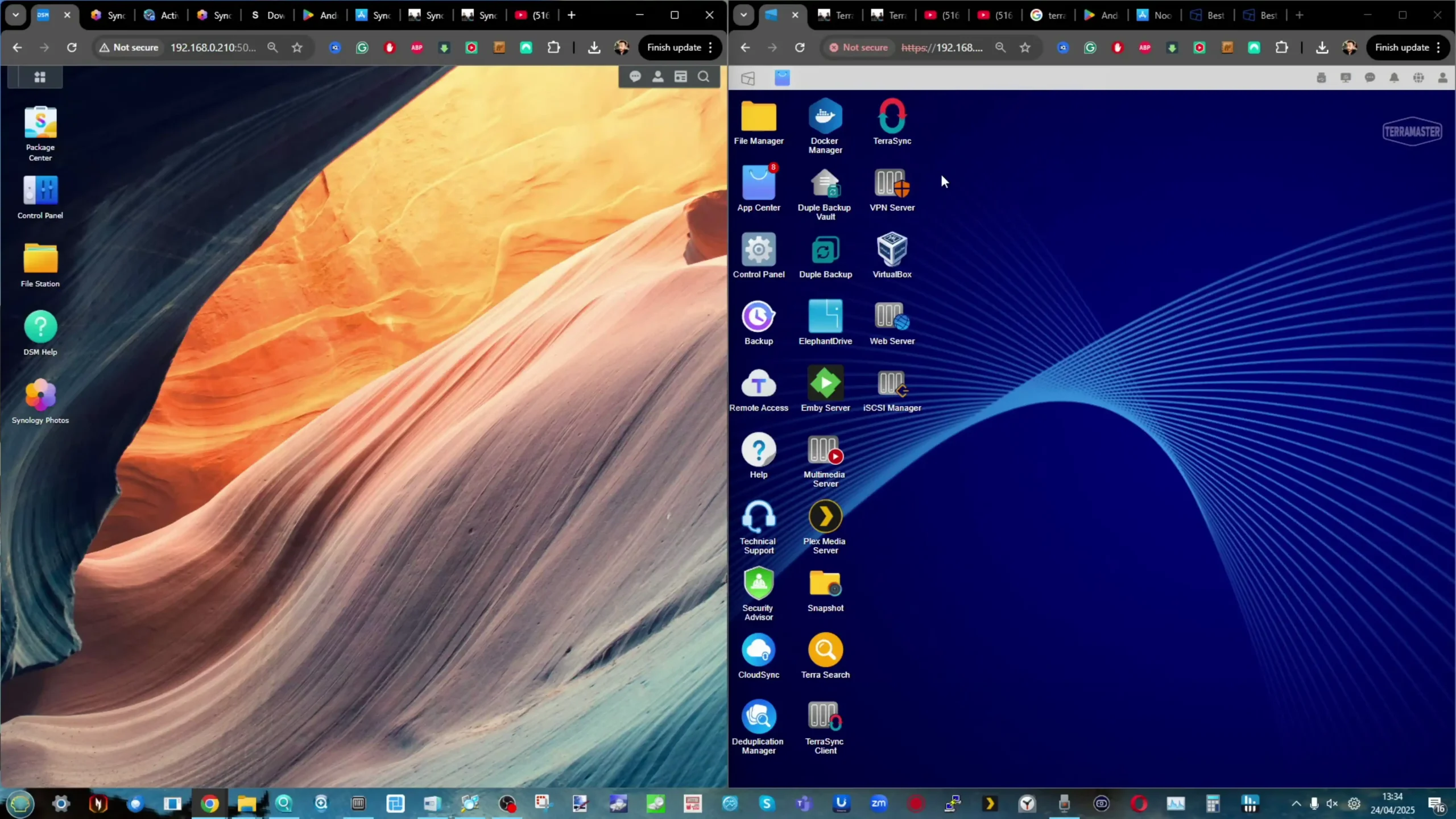
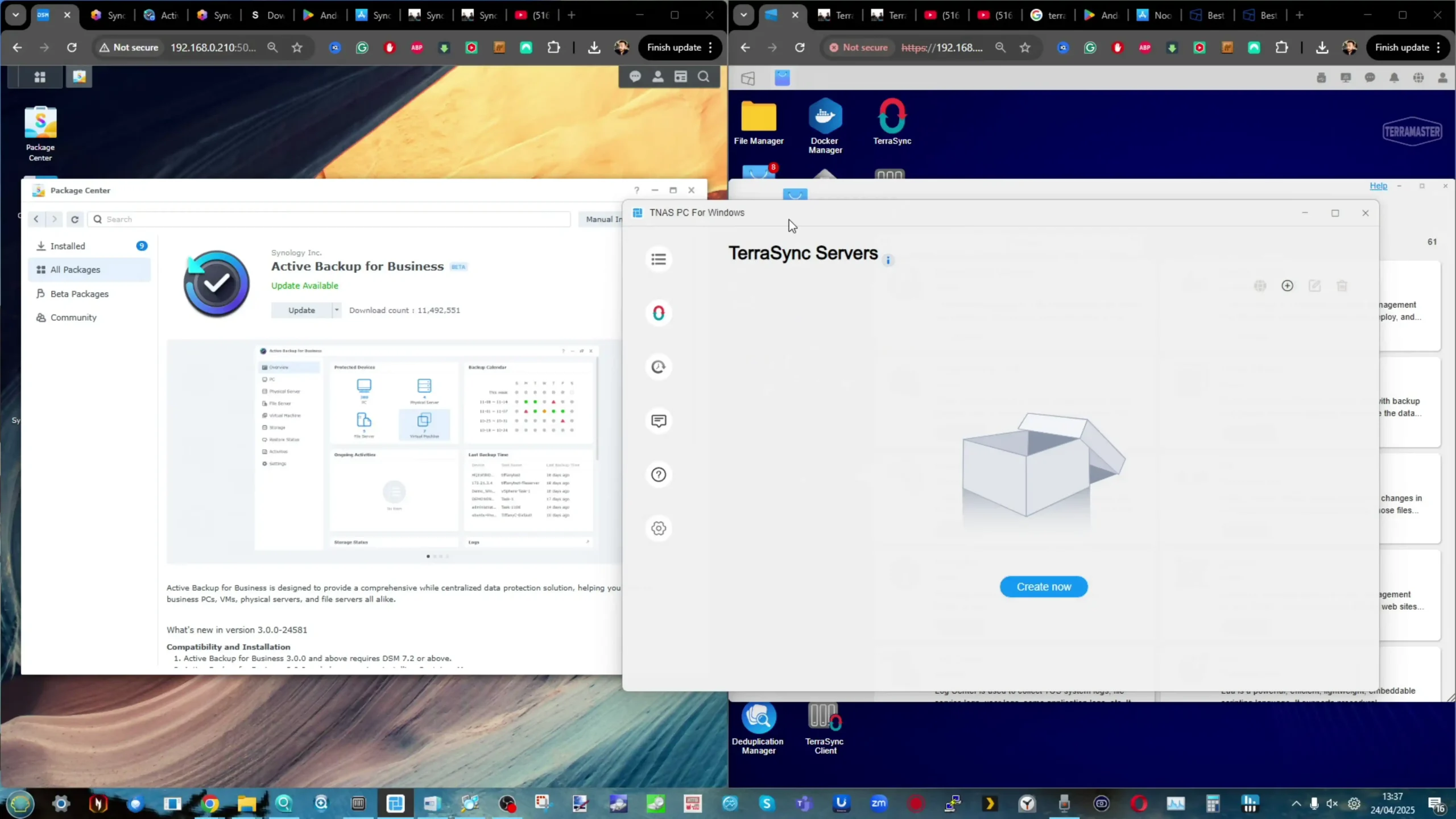
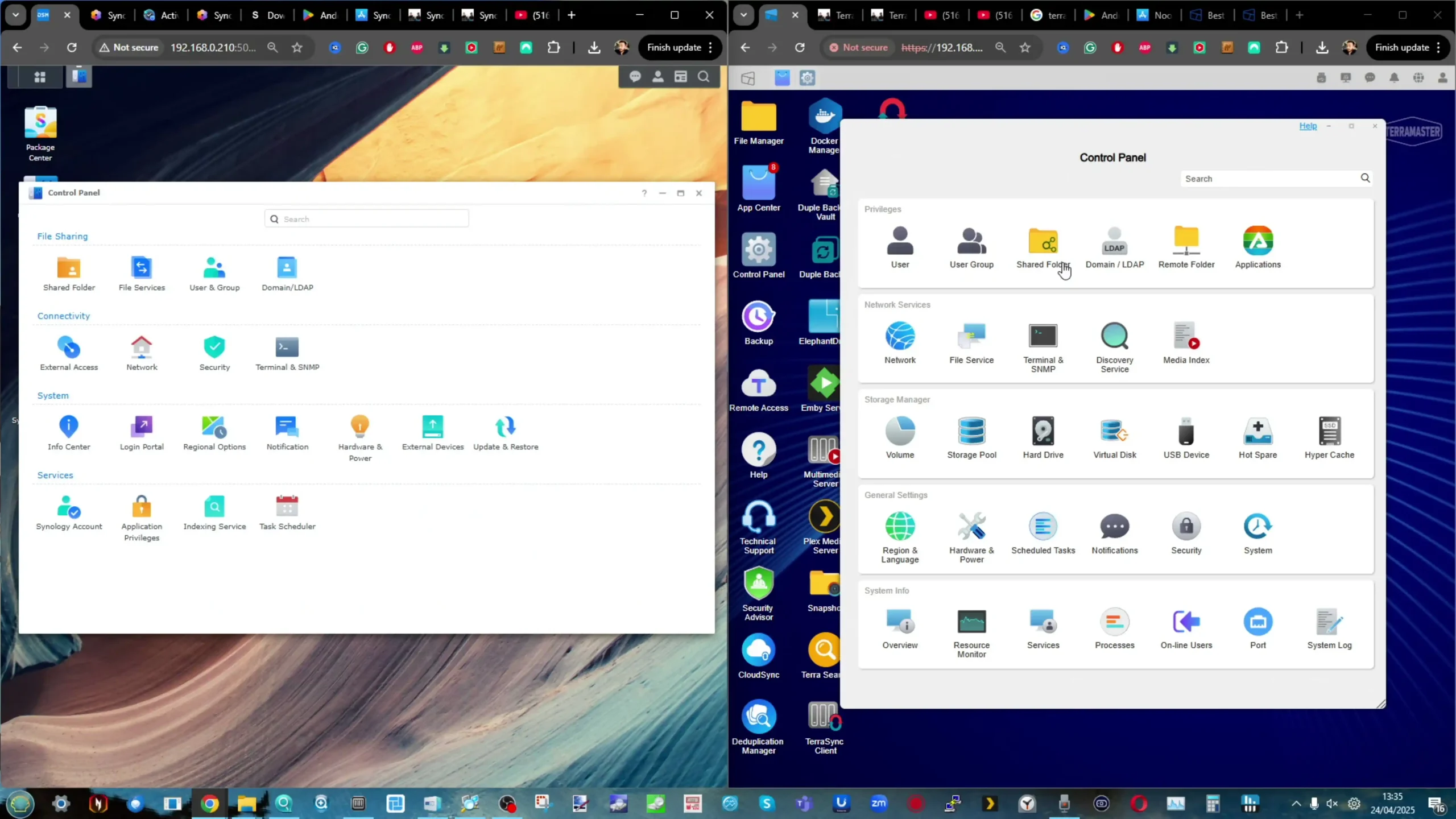
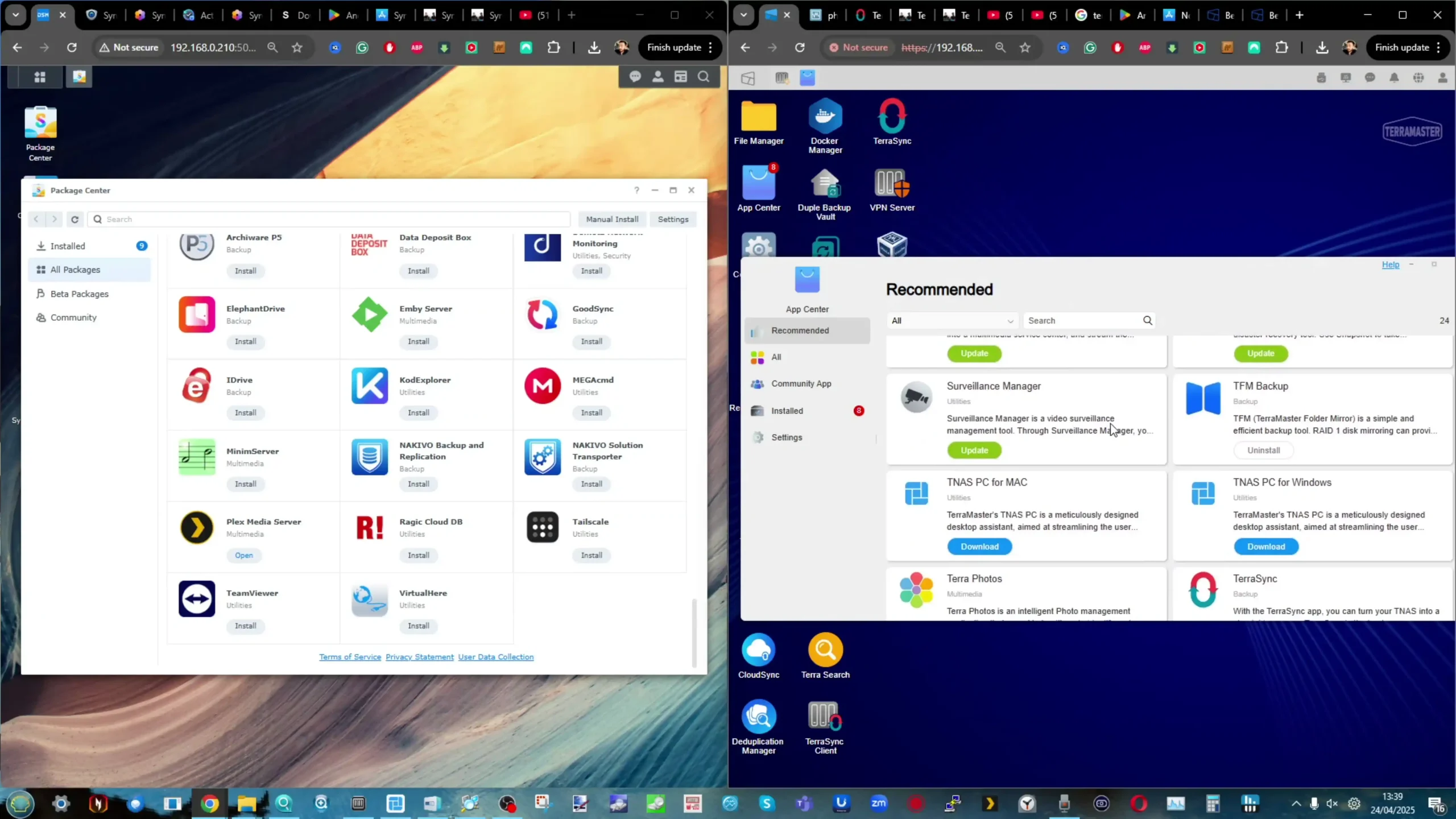
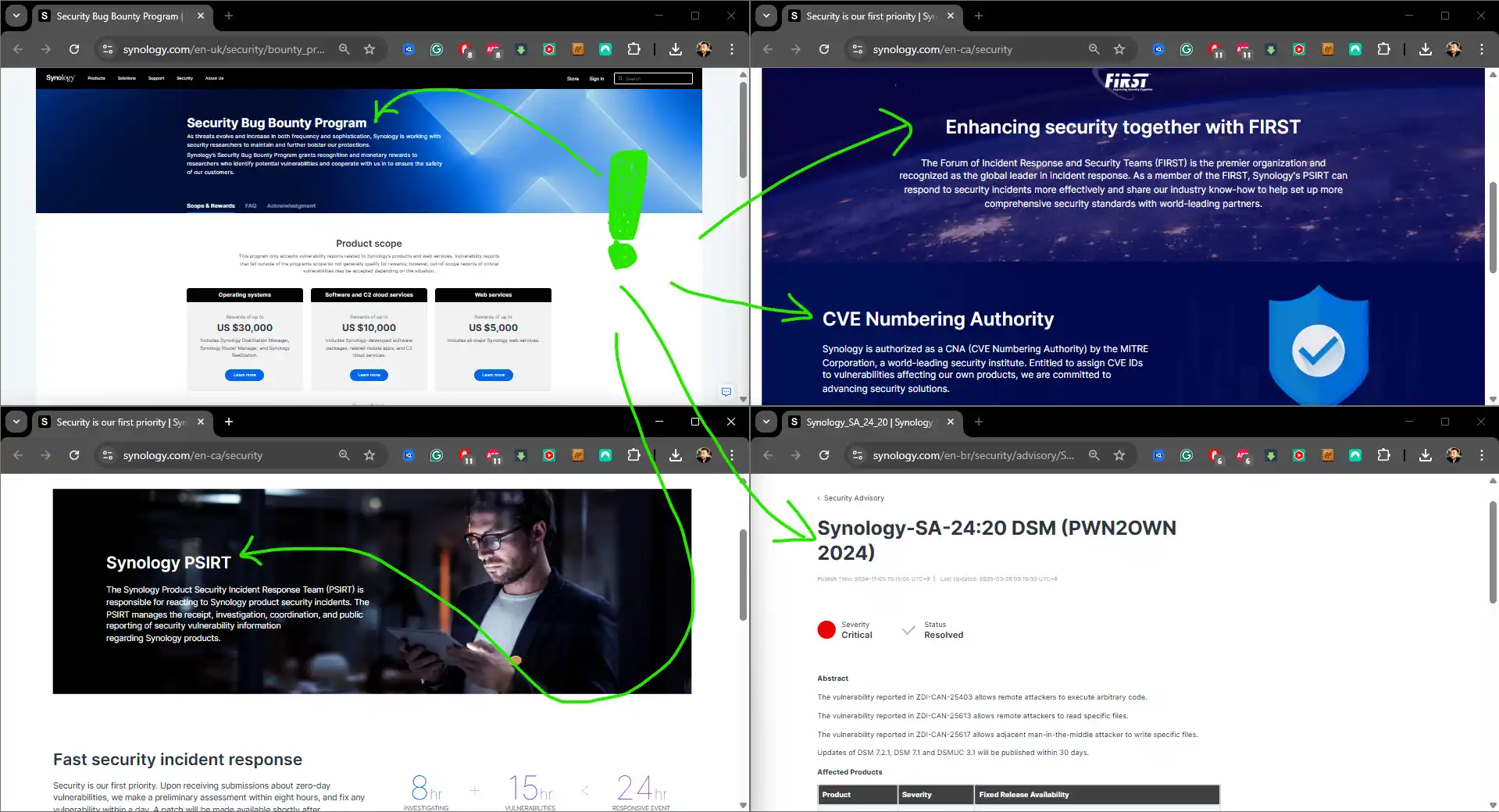
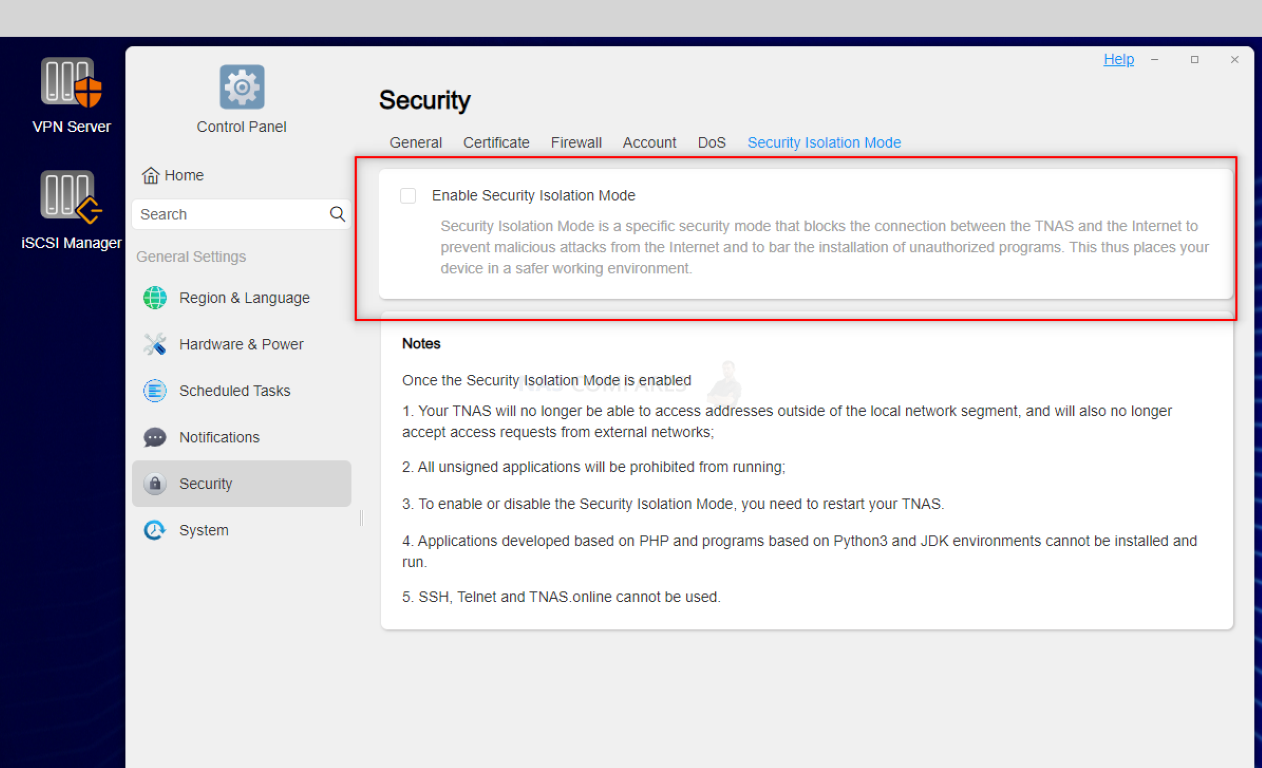











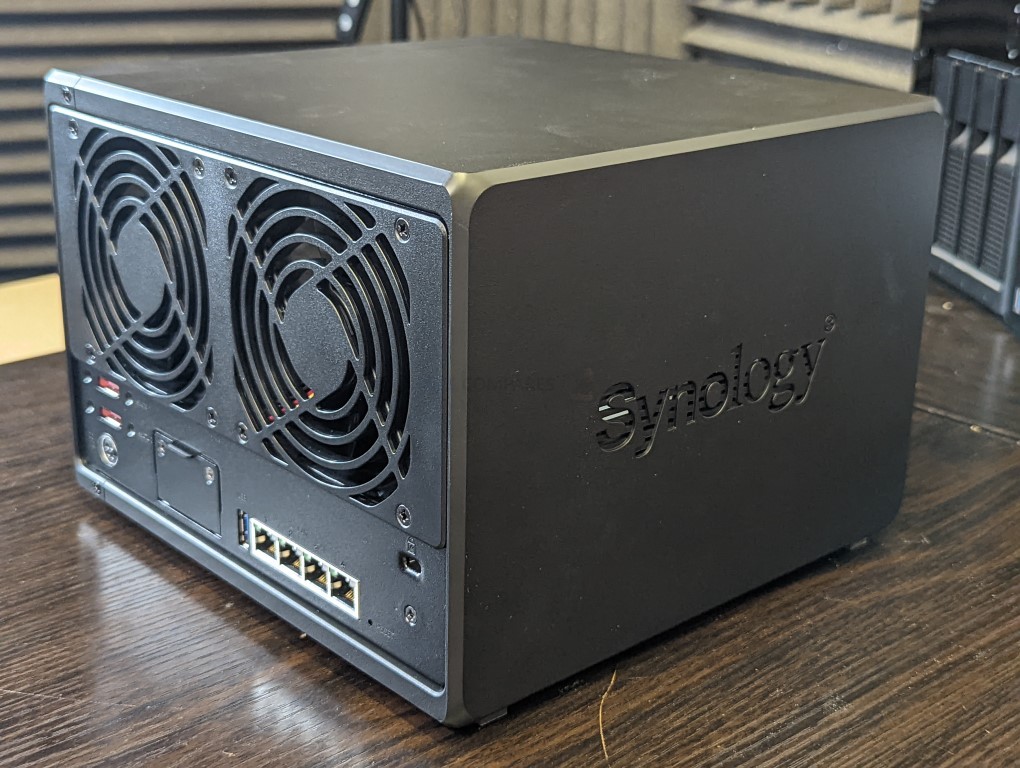
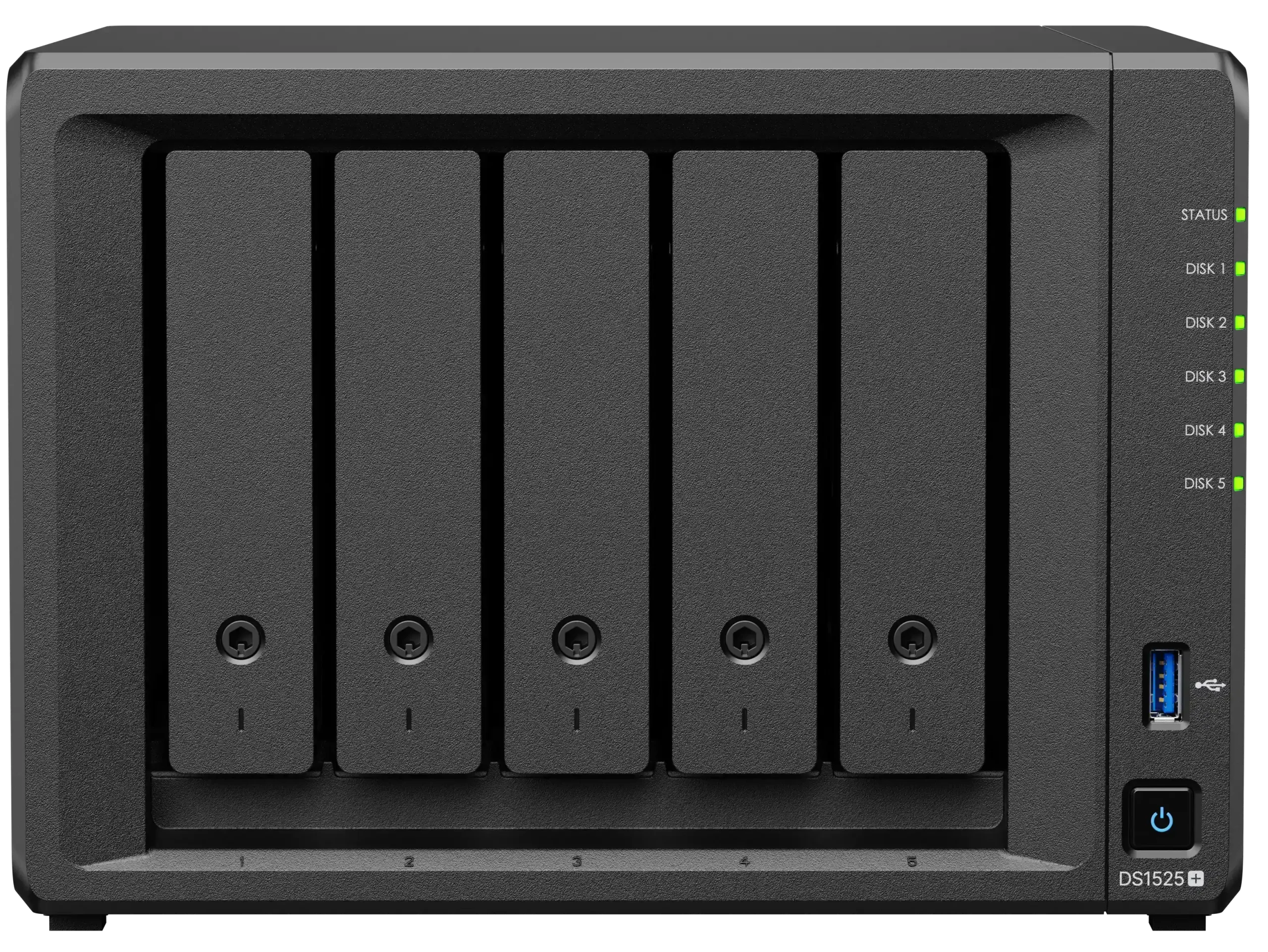
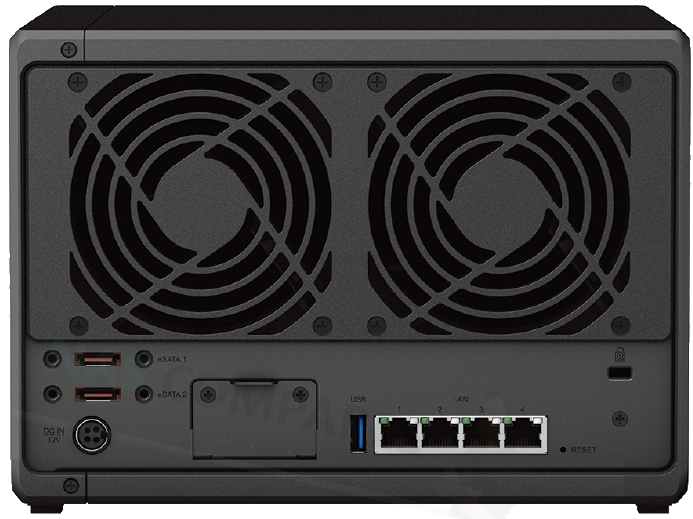
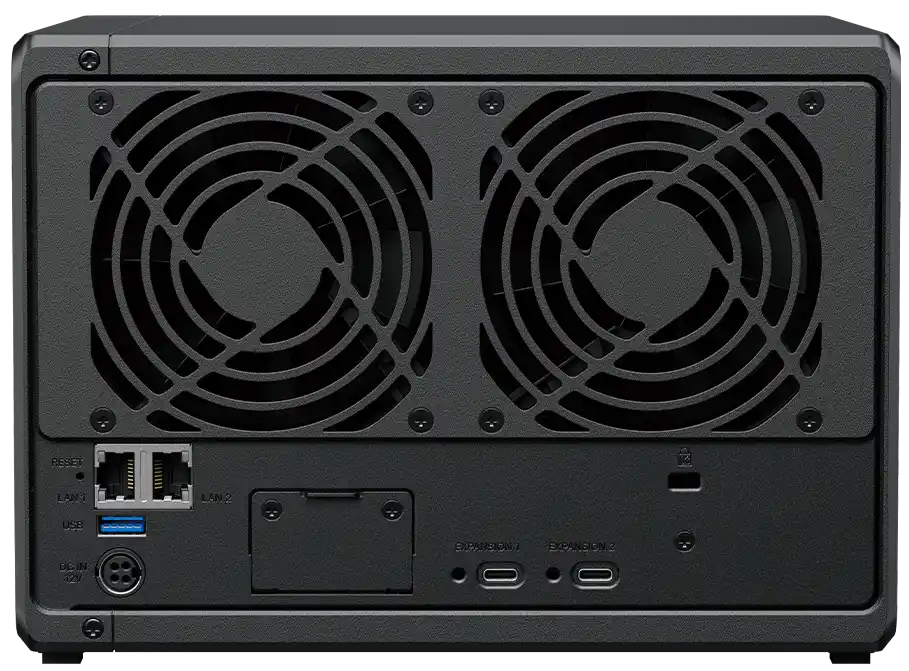
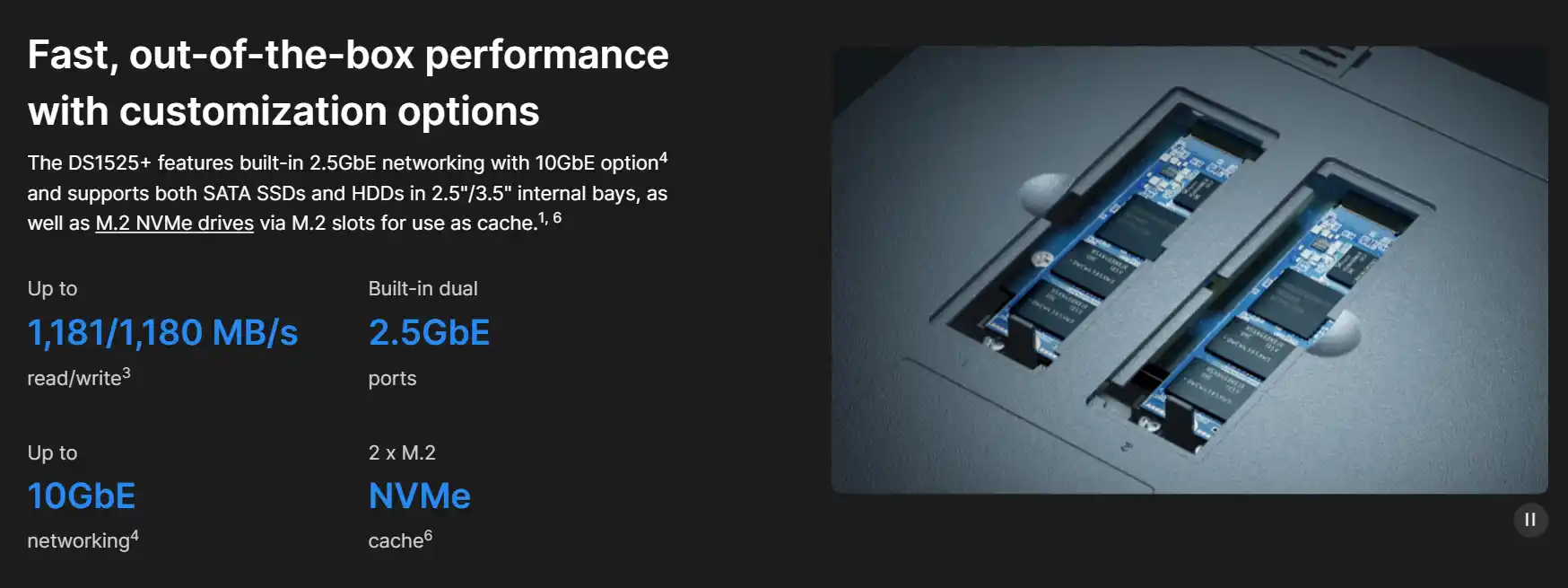
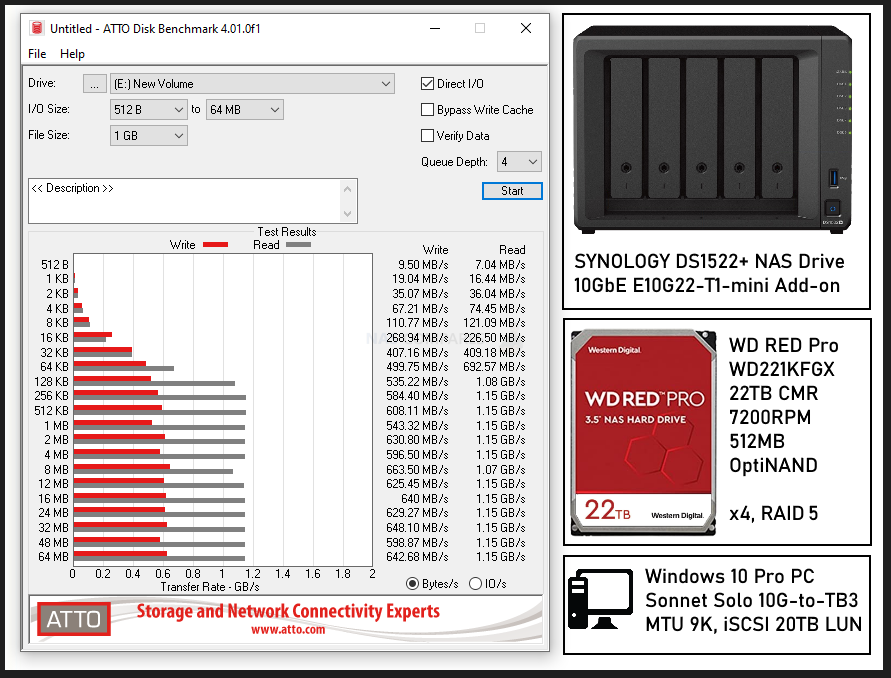
 Allowed, but persistent warnings & blocked expansion
Allowed, but persistent warnings & blocked expansion